The 1930s brought hardship and numerous economic challenges to New York City. The Great Depression cast a long shadow over daily life, but the city also saw remarkable feats of construction, cultural vibrancy, and social change. This period laid much of the groundwork for modern New York.
Life and Society
Life in New York City during the 1930s was challenging due to the economic hardships of the Great Depression. Unemployment rates soared, and many families struggled to make ends meet. Breadlines and soup kitchens became common sights, providing essential relief to those in need.
Neighbors often helped each other, and various social services and charity organizations worked tirelessly to support the city’s poorest residents. The Works Progress Administration (WPA), part of President Franklin D. Roosevelt’s New Deal, provided jobs and income to many unemployed New Yorkers.
Famous Places and Landmarks
Several iconic landmarks and buildings were constructed during the 1930s, reflecting the city’s ambition and resilience. The Empire State Building, completed in 1931, became an instant symbol of New York City’s spirit. Standing at 1,454 feet, it was the tallest building in the world at the time and remains an architectural marvel.
Read more
Another significant landmark from this era is Rockefeller Center, which began construction in 1931 and was completed in 1939. This massive complex of commercial buildings includes the famous Radio City Music Hall and became a central part of the city’s business and entertainment landscape.
The Chrysler Building, though completed in 1930, continued to be a symbol of the city’s Art Deco elegance. Its striking spire and unique design made it one of the most recognizable structures in the city.
Economy and Industry
The economy of New York City was severely impacted by the Great Depression. The stock market crash of 1929 had devastating effects, leading to widespread unemployment and business failures. Many people lost their jobs and savings, and the city’s financial sector faced significant turmoil.
Despite these challenges, New York remained a vital commercial hub. The New Deal programs, including the WPA and Civilian Conservation Corps (CCC), provided much-needed employment and helped to stimulate the economy. These programs funded public works projects that improved the city’s infrastructure and provided jobs for thousands.
Construction projects like the Triborough Bridge (now known as the Robert F. Kennedy Bridge), which opened in 1936, were part of these efforts. This bridge connected Manhattan, Queens, and the Bronx, enhancing transportation and commerce.
Construction and Infrastructure
The 1930s saw significant construction and infrastructure development in New York City, driven by New Deal programs. Besides the Empire State Building and Rockefeller Center, the city invested in public works to improve transportation and public spaces.
The construction of the Lincoln Tunnel, which began in 1934 and opened in 1937, provided a crucial link between Manhattan and New Jersey. This tunnel improved access to the city and eased traffic congestion on the existing bridges and roads.
LaGuardia Airport, named after Mayor Fiorello LaGuardia, opened in 1939. This airport was part of a broader effort to modernize the city’s transportation infrastructure and enhance its status as a global gateway.
The city also invested in public parks and recreational facilities. Central Park saw improvements, and new parks were established throughout the boroughs, providing much-needed green spaces for residents.
Restaurants and Food
The culinary scene in New York City during the 1930s reflected both the economic challenges and the city’s cultural diversity. While many high-end restaurants struggled, more affordable dining options thrived. Diners, cafeterias, and automats became popular, offering inexpensive meals to the city’s working class.
One notable establishment was the Horn & Hardart automat, where patrons could purchase food from vending machines. These automats provided a quick and affordable dining option and became a beloved part of the city’s food culture.
Despite the economic hardships, the city’s ethnic neighborhoods continued to offer a rich array of cuisines. Italian, Jewish, Chinese, and other immigrant communities maintained their culinary traditions, providing a variety of delicious and affordable meals. Restaurants in Little Italy, Chinatown, and the Lower East Side offered everything from pasta to dim sum, reflecting the city’s multicultural heritage.
Street food also remained popular. Hot dog vendors, pretzel carts, and other street food sellers provided quick and cheap meals for New Yorkers on the go. Nathan’s Famous, which started as a small hot dog stand in Coney Island, became a citywide favorite during this time.
Entertainment and Leisure
Entertainment was a vital part of life in New York City during the 1930s, offering a respite from the harsh economic realities. Broadway remained a major attraction, with theaters presenting a variety of plays and musicals. Despite the Depression, the entertainment industry found ways to thrive, and shows like “Anything Goes” and “Porgy and Bess” became hits.
Radio City Music Hall, part of Rockefeller Center, opened in 1932 and quickly became one of the city’s premier entertainment venues. Known for its lavish stage shows and movie screenings, it offered a glamorous escape for many New Yorkers.
Movies were incredibly popular during the 1930s. The advent of “talkies” and the establishment of grand movie palaces provided an affordable form of entertainment. The Roxy Theatre and the Paramount Theatre were among the many places where New Yorkers could watch the latest films.
Jazz music continued to flourish, with Harlem being the epicenter of this cultural explosion. Clubs like the Cotton Club and the Apollo Theater showcased legendary performers such as Duke Ellington, Billie Holiday, and Louis Armstrong. These venues were not only entertainment spots but also crucial spaces for cultural expression and social gathering.
Coney Island remained a beloved destination for leisure and fun. Its amusement parks, beaches, and boardwalks offered an affordable escape from the city’s hustle and bustle. The Wonder Wheel and Cyclone roller coaster were particularly popular attractions.
Social Issues and Reforms
The Great Depression brought many social issues to the forefront, and New York City was no exception. Unemployment and poverty were rampant, and many families struggled to survive. However, this period also saw significant efforts toward social reform and community support.
The New Deal programs provided much-needed relief to the city’s residents. The WPA and CCC not only created jobs but also funded projects that improved the city’s infrastructure and public spaces. These programs played a crucial role in helping the city recover from the economic downturn.
Housing was a major issue during the 1930s. Overcrowded and inadequate living conditions were common, especially in immigrant neighborhoods. The city began to address this problem through public housing projects. The construction of affordable housing units provided better living conditions for many low-income families.
Education remained a priority. Despite the economic challenges, the city continued to invest in its public schools. Efforts were made to ensure that children received a basic education, which was seen as crucial for the city’s future.
Health and Public Services
Public health saw improvements during the 1930s, driven by both government initiatives and private organizations. Efforts to combat diseases like tuberculosis and influenza led to better sanitation and public health measures. The establishment of public hospitals and clinics provided more people with access to medical care, improving overall public health.
The city also expanded its fire and police services. The fire department modernized its equipment and training, making it more effective in responding to fires. The police department continued to professionalize, with efforts to reduce corruption and improve public safety.
Education was a priority in New York City during the 1930s. Public schools expanded, providing more children with access to education. Compulsory education laws ensured that children spent time in school rather than working in factories or on the streets.
Higher education institutions also grew during this period. Columbia University and New York University expanded their campuses and programs, attracting students from around the country and the world. These institutions played a crucial role in the intellectual and cultural life of the city.
Fashion and Lifestyle
Fashion in the 1930s reflected both the economic hardships and a desire for elegance. Women’s fashion saw the rise of more practical and affordable clothing, yet Hollywood glamor influenced styles with evening gowns and tailored suits. Men’s fashion emphasized a more relaxed and streamlined silhouette compared to the previous decade.
New York City in the 1930s was a place of immense growth and transformation. The developments in construction, economy, culture, and public services during this period laid the foundation for New York’s future as a global metropolis. The city’s resilience, diversity, and innovation were evident in every aspect of life, making it a unique and dynamic place to live.


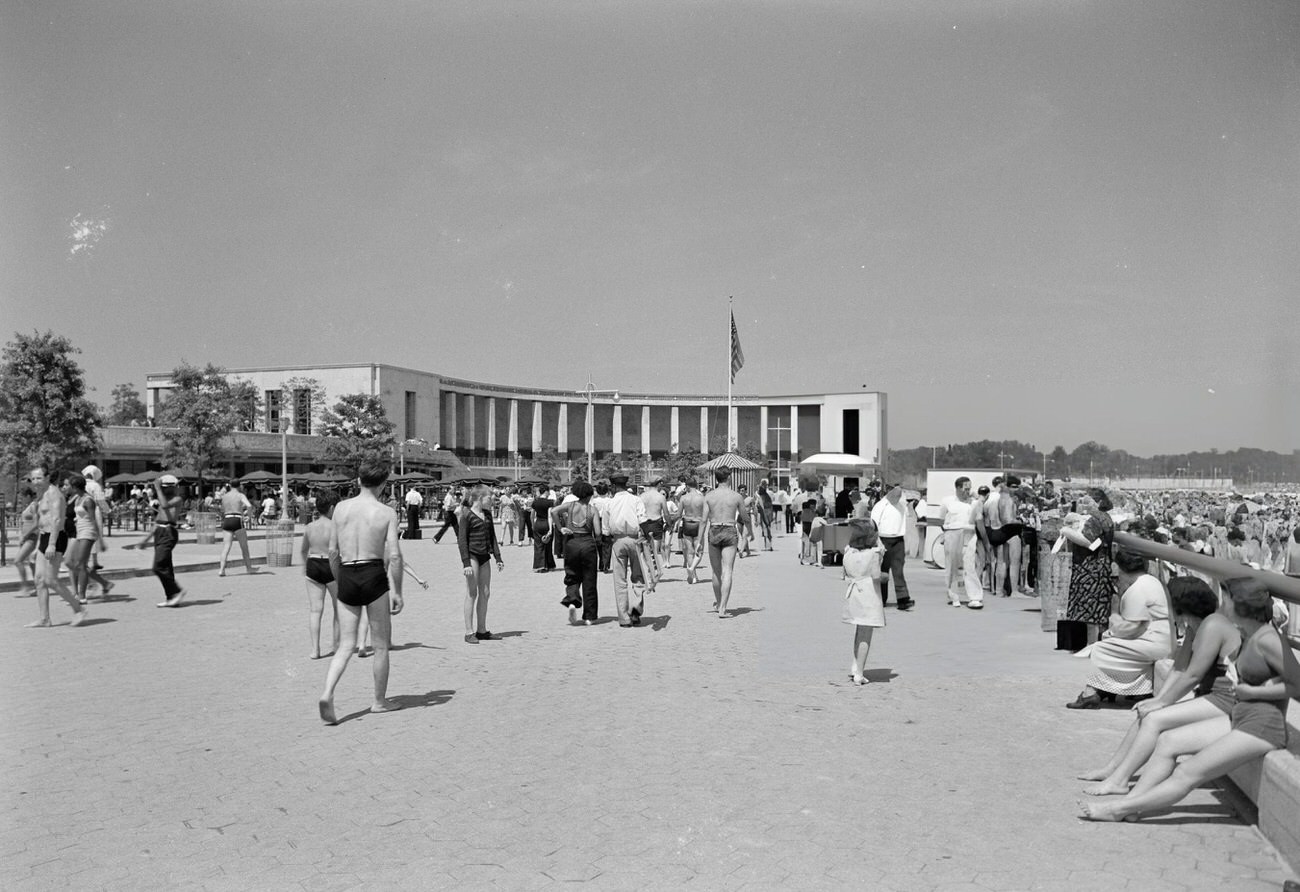
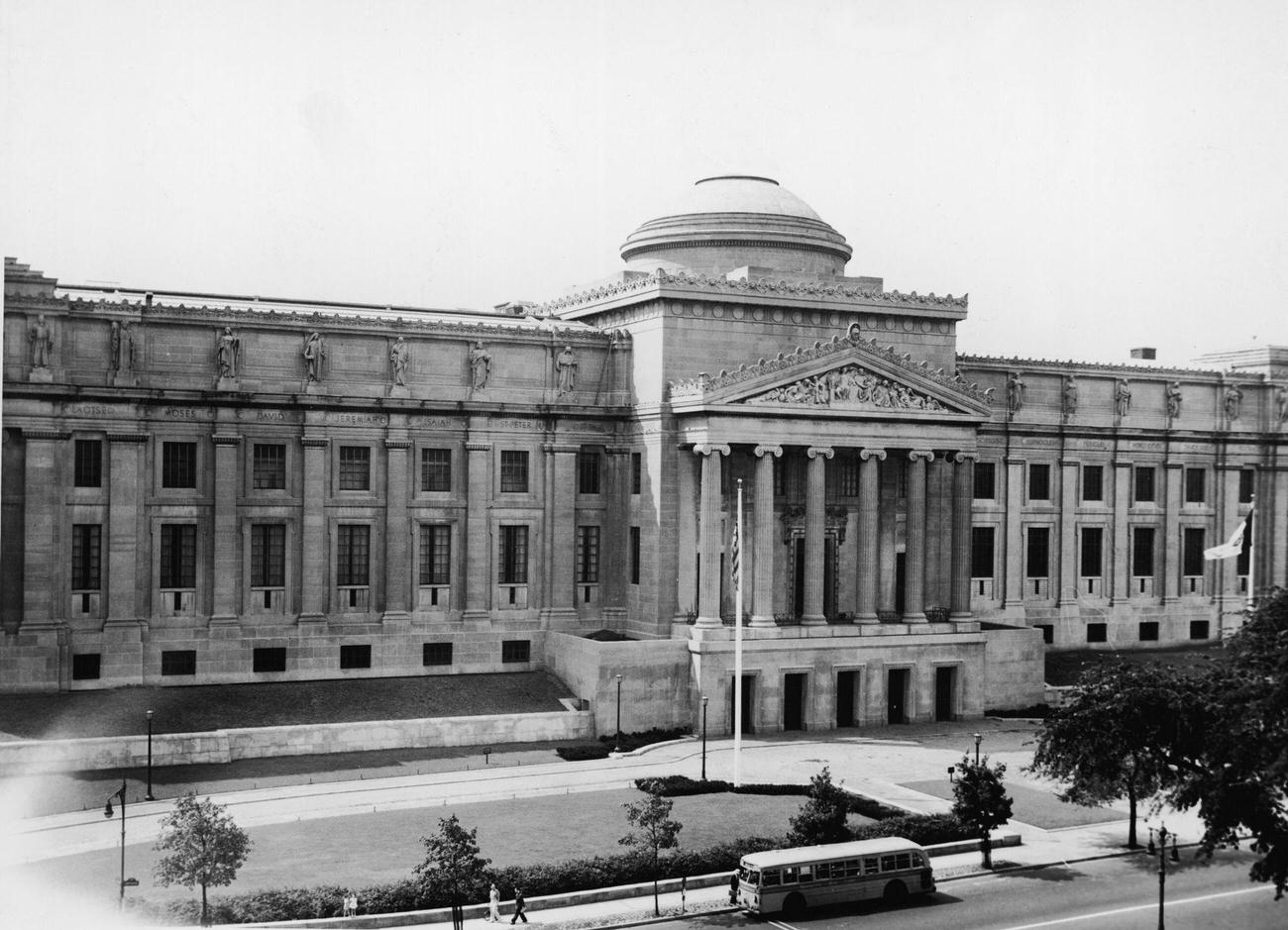
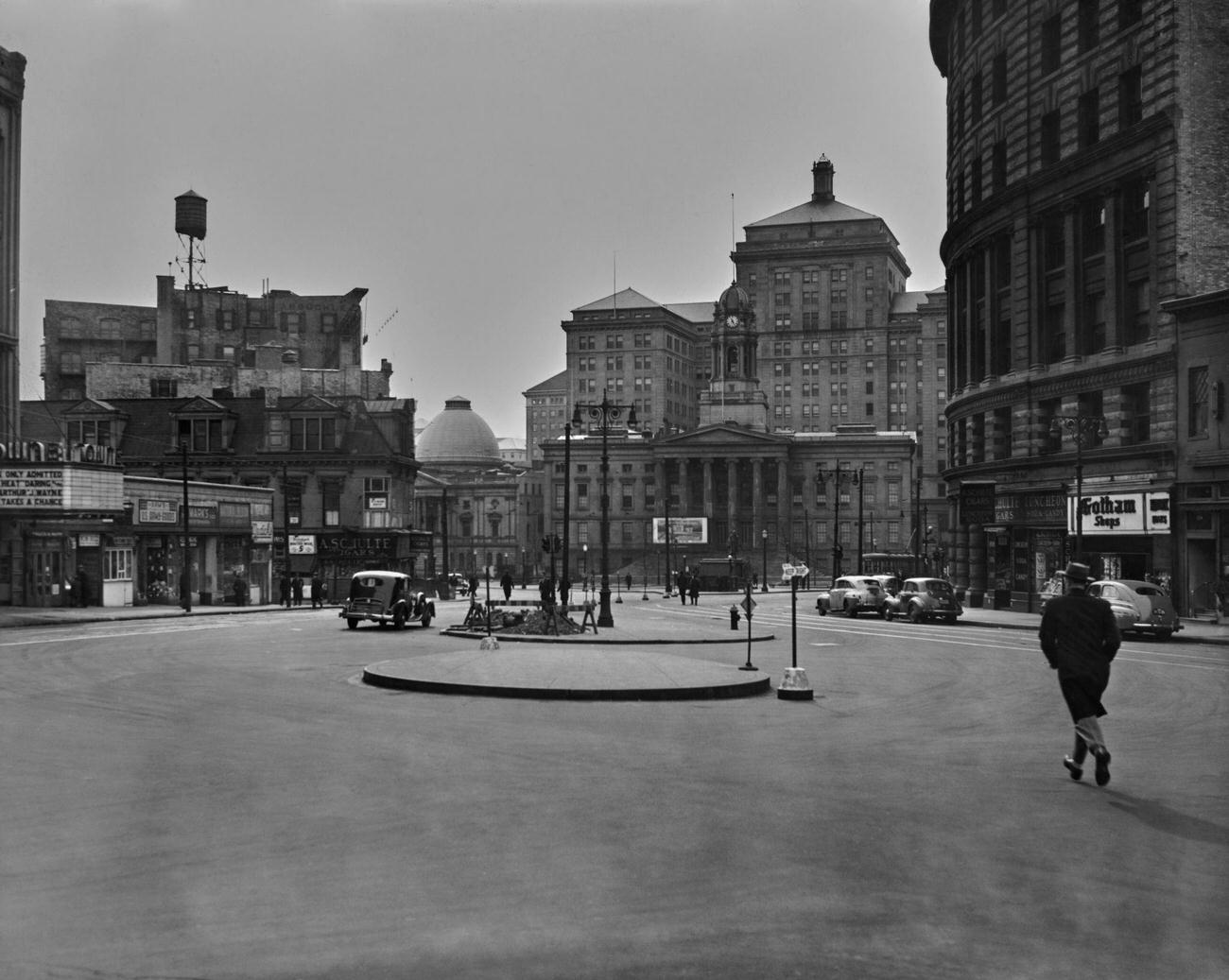
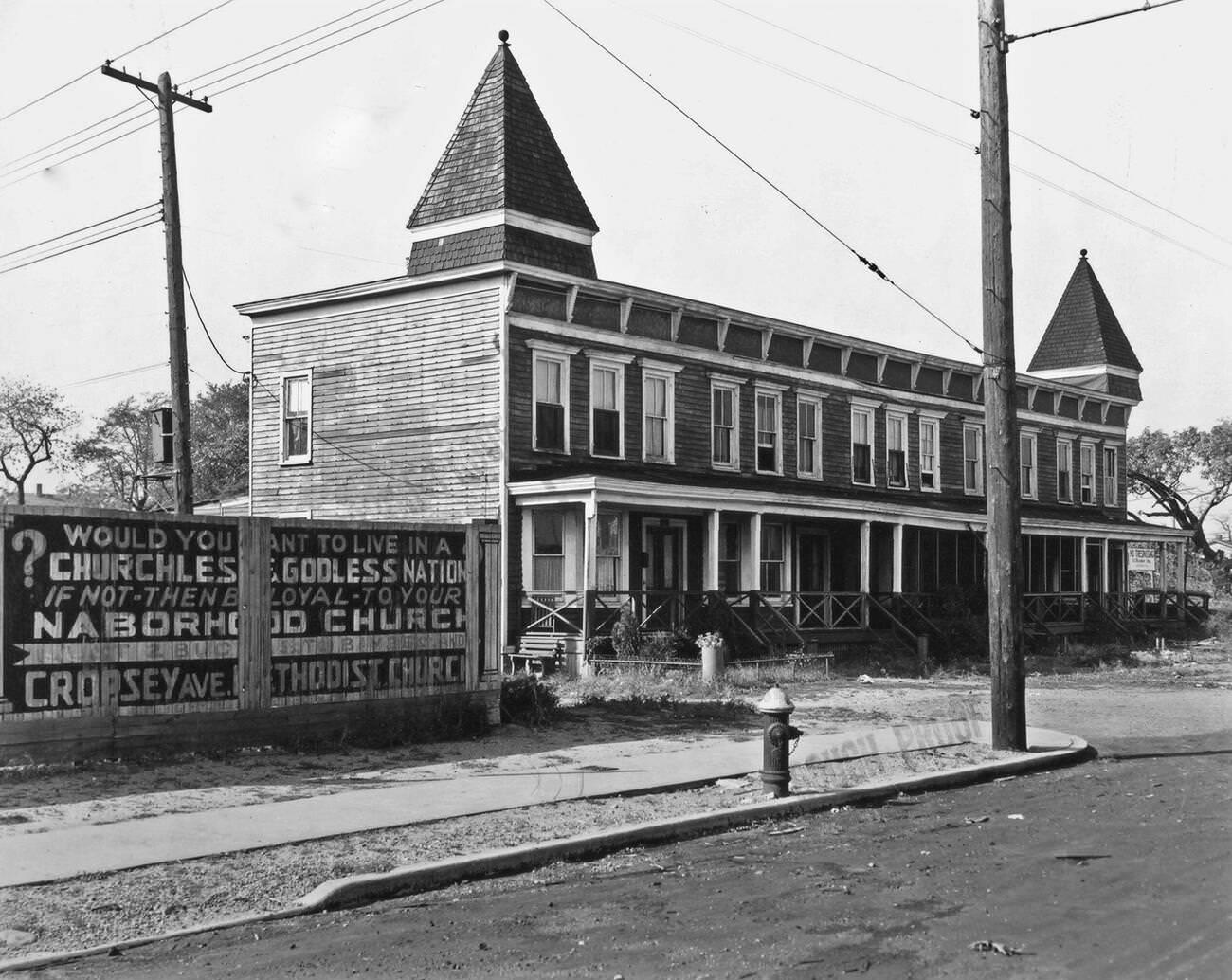
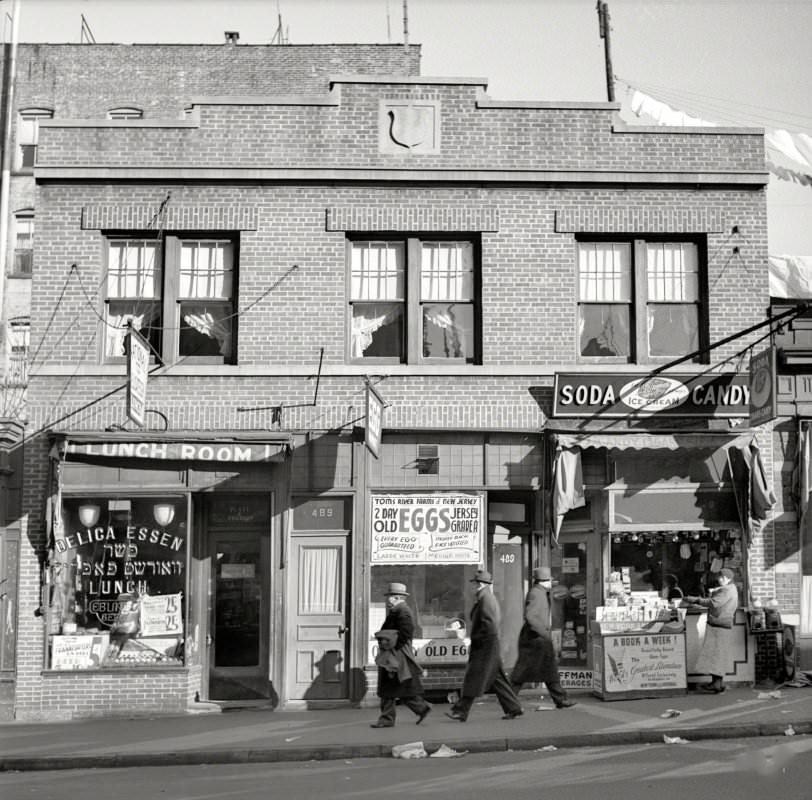
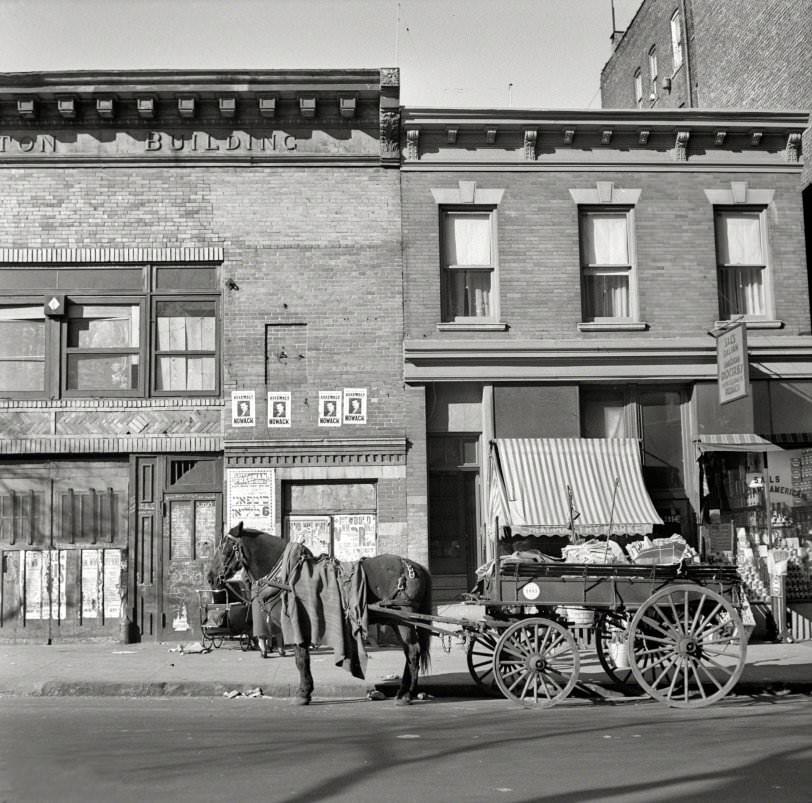
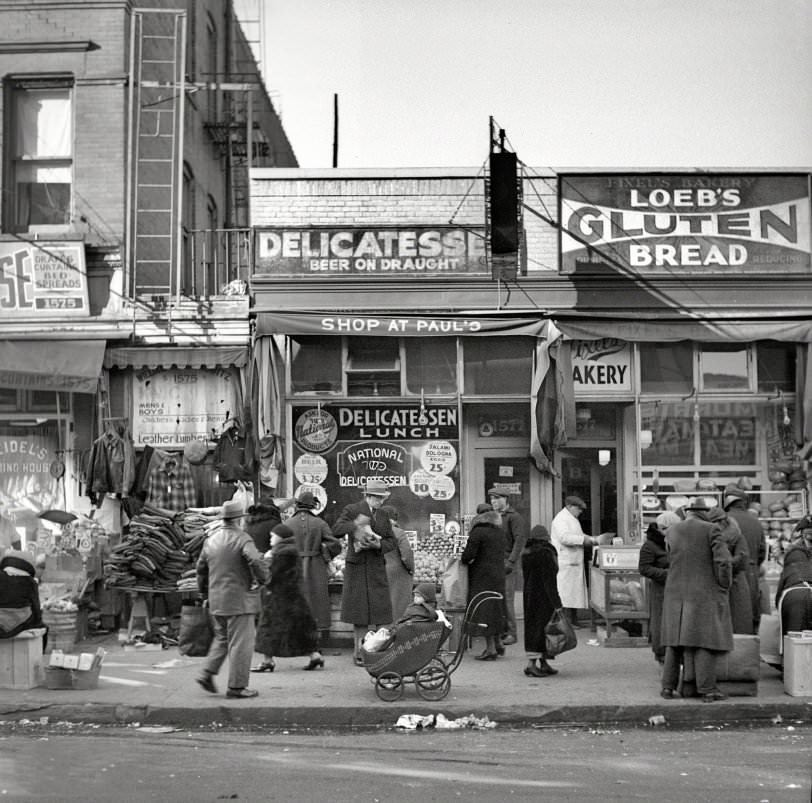
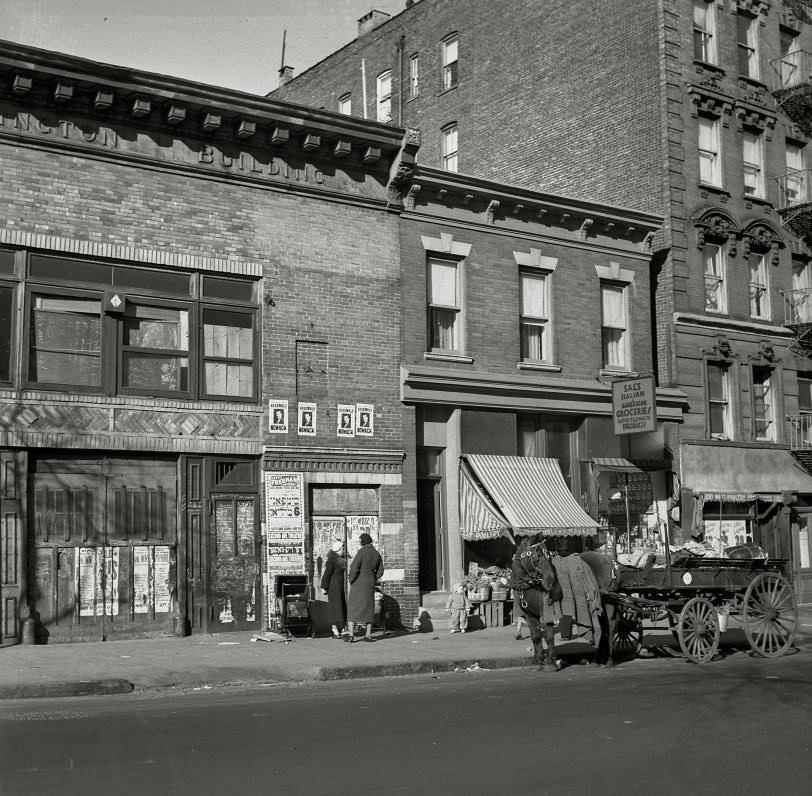
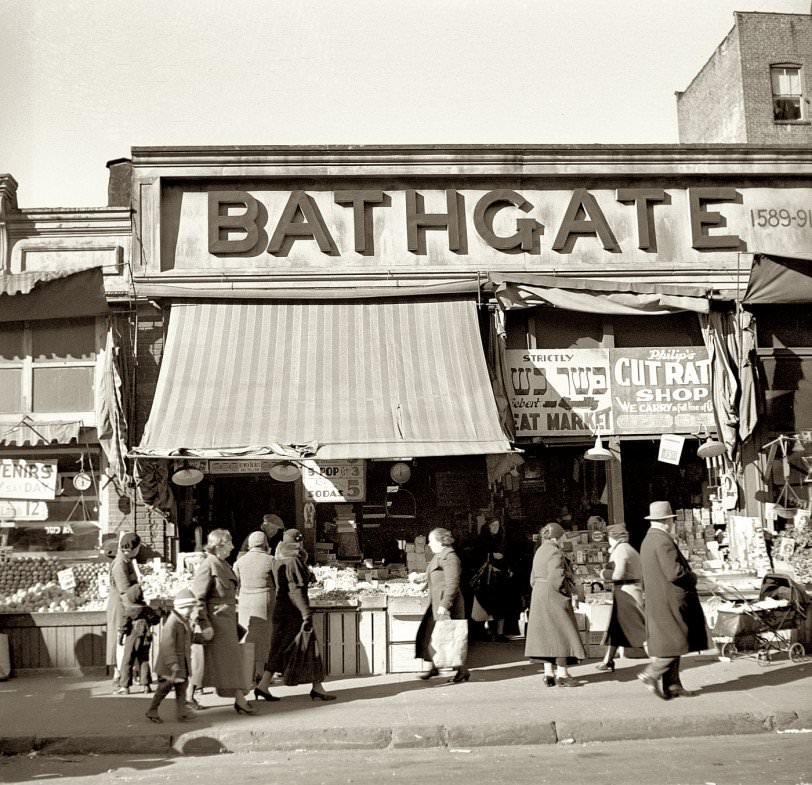
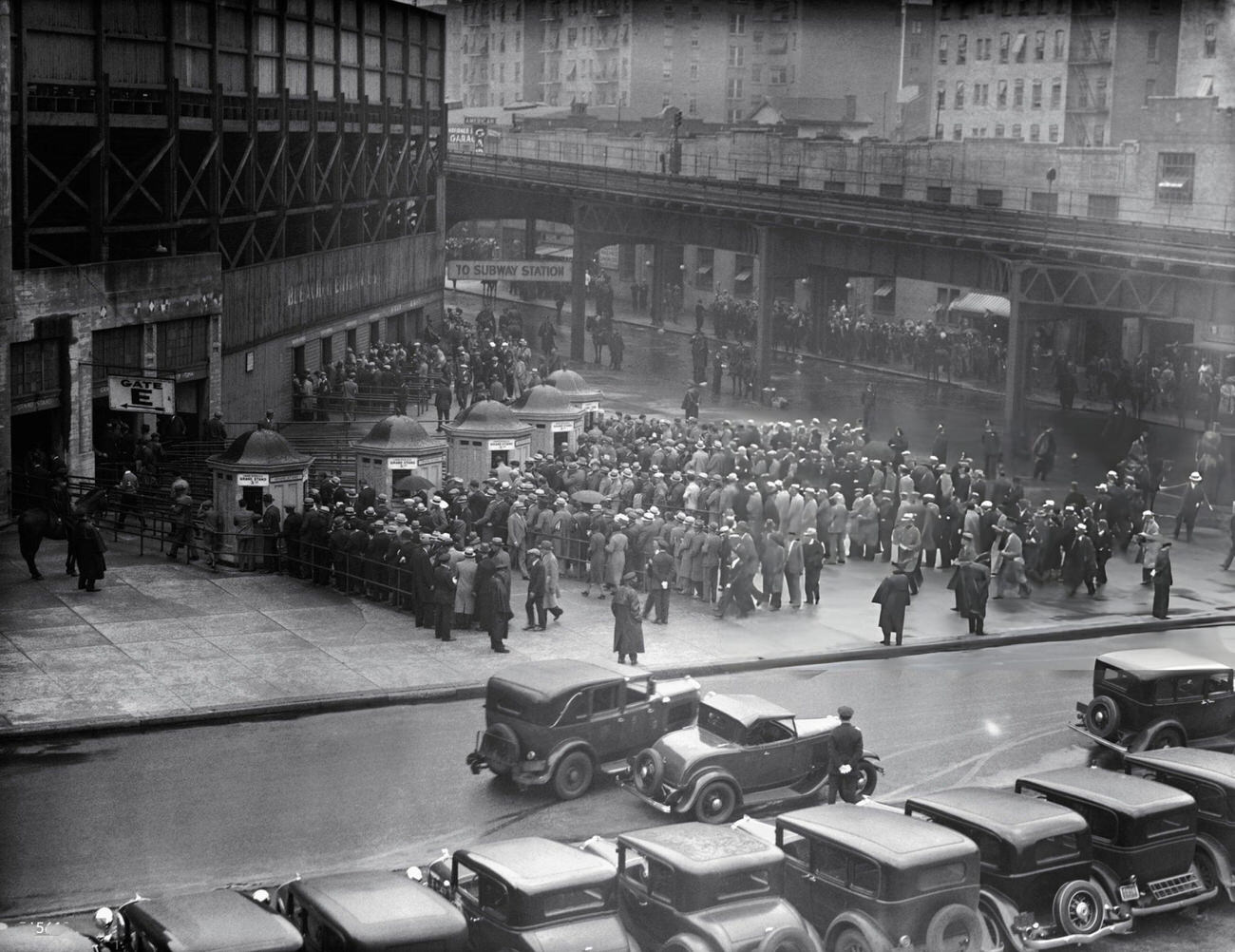
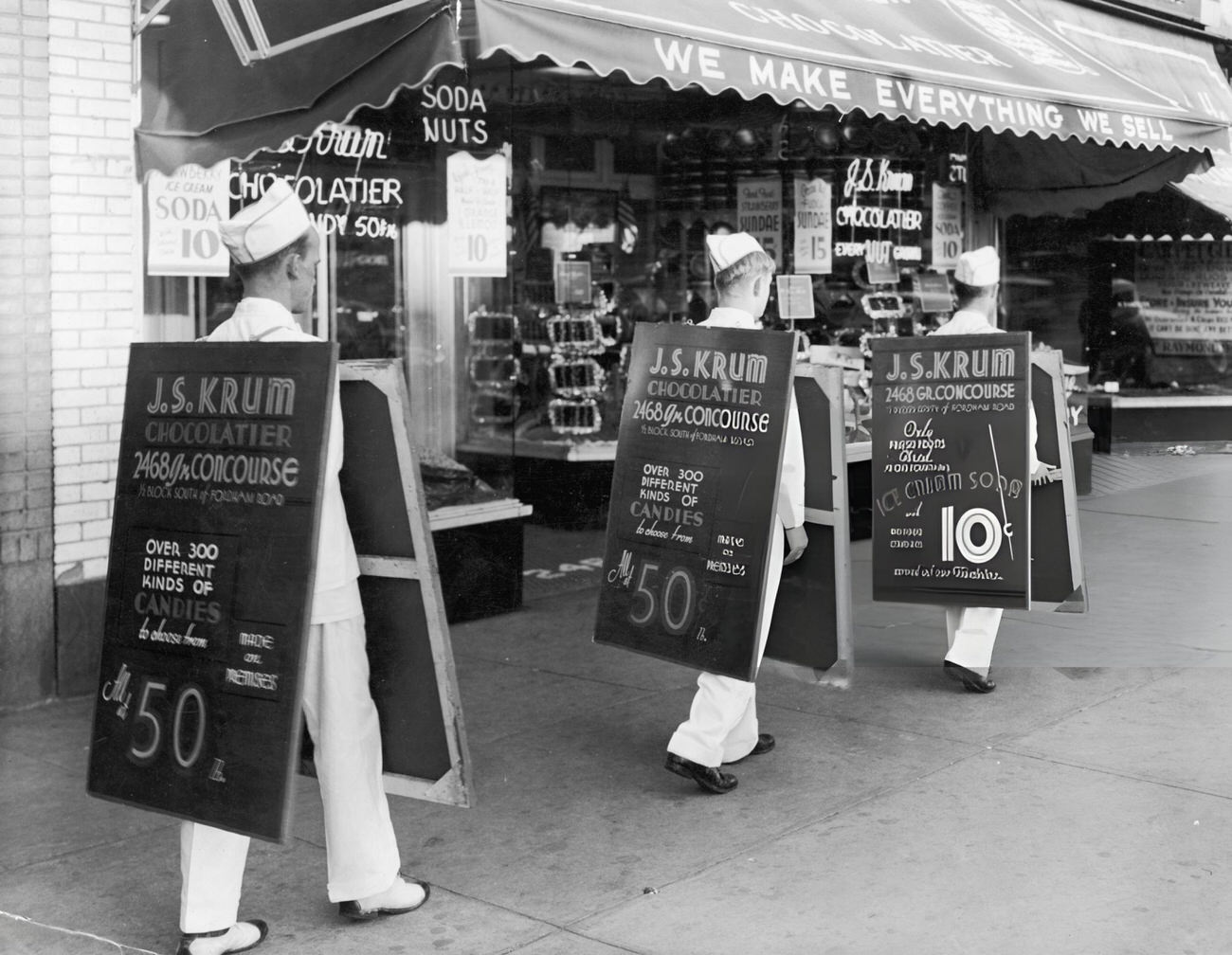
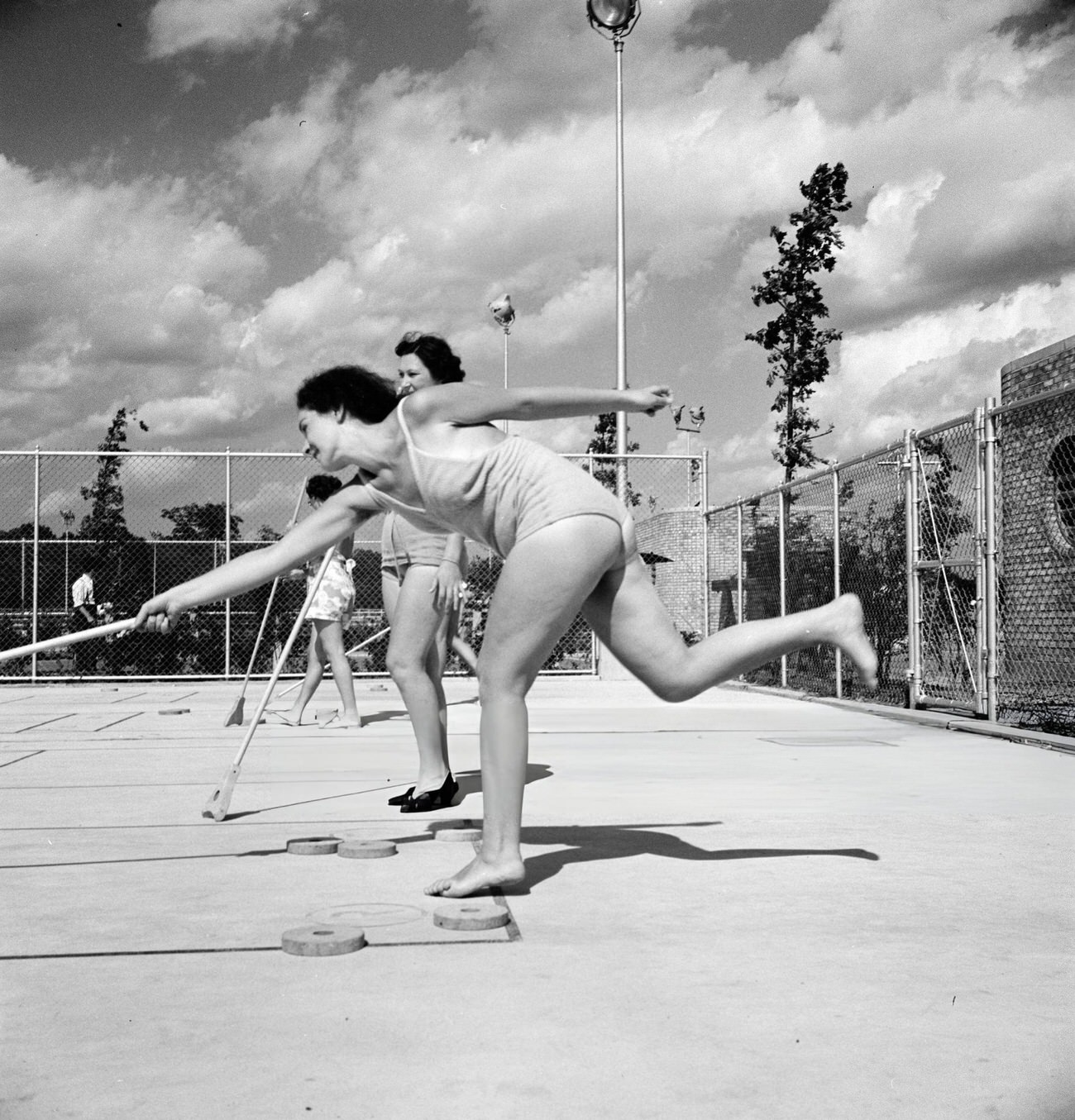
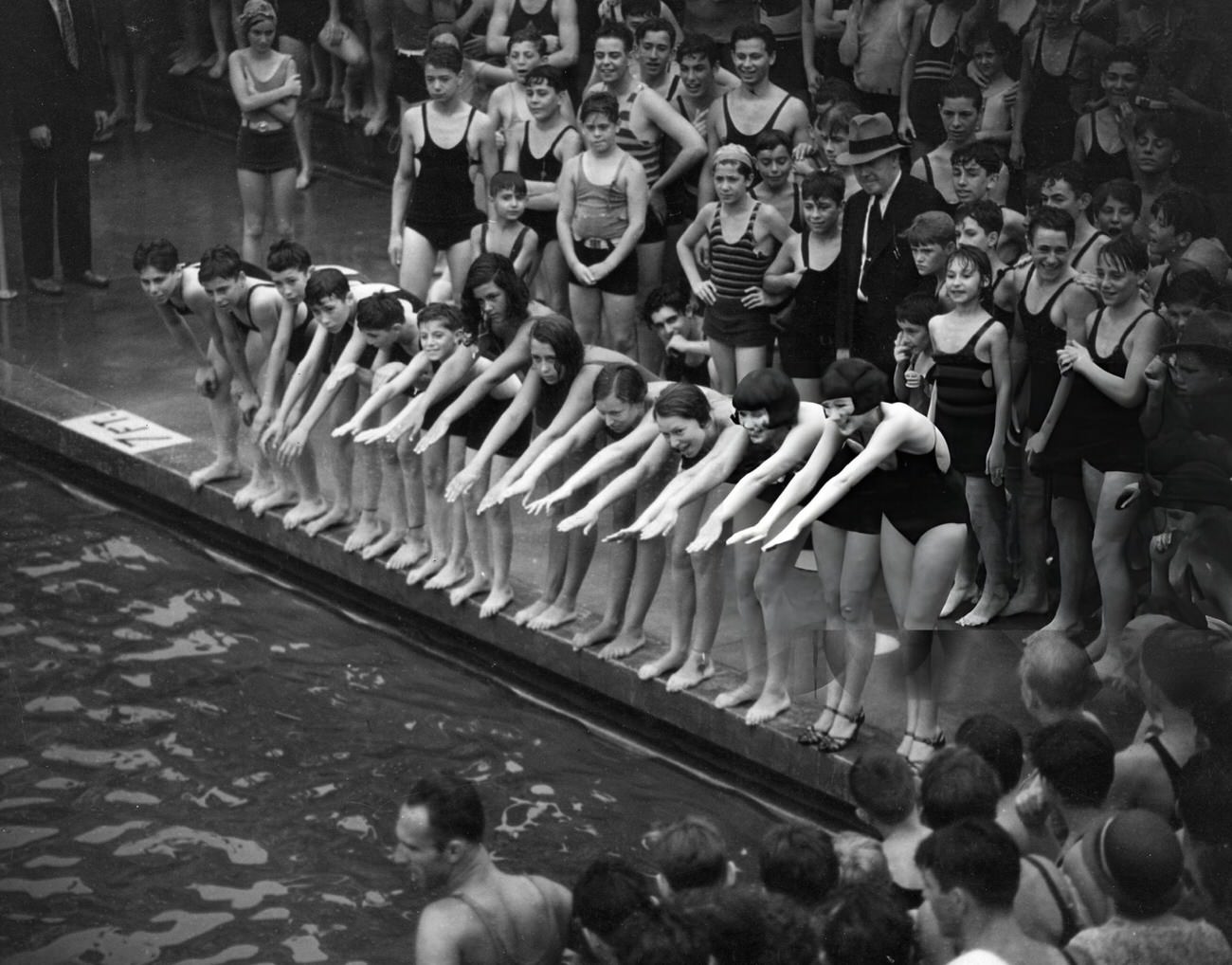
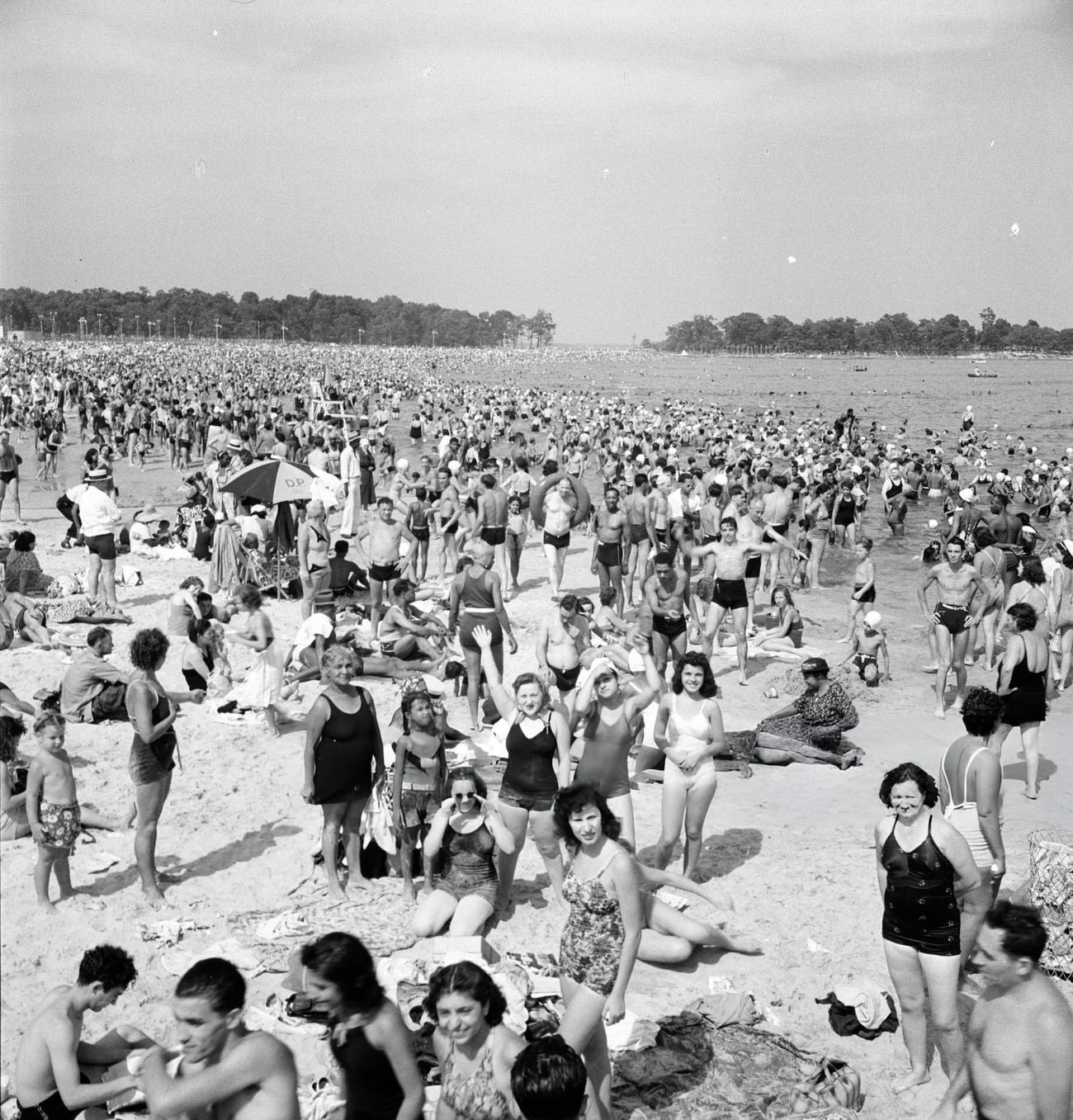
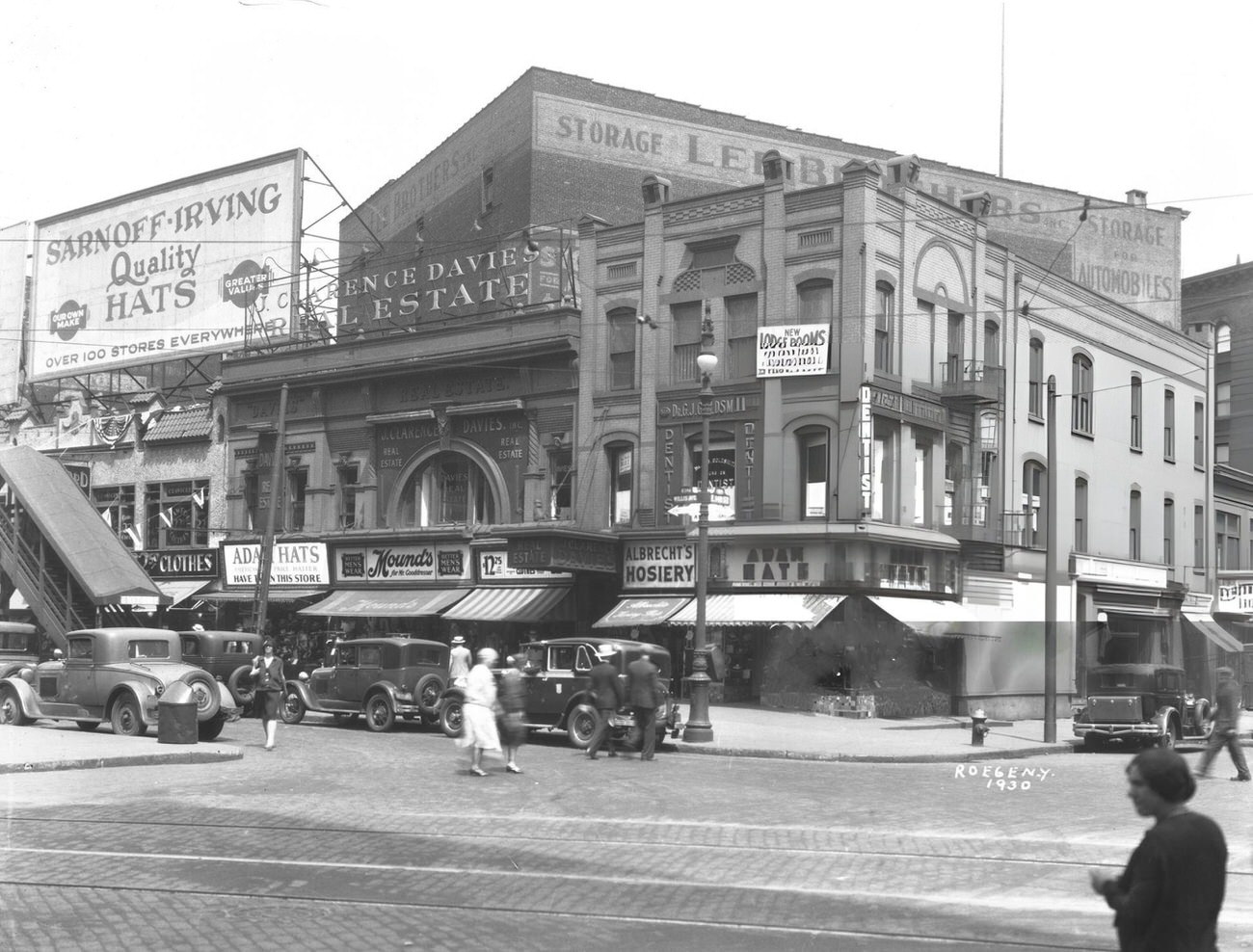
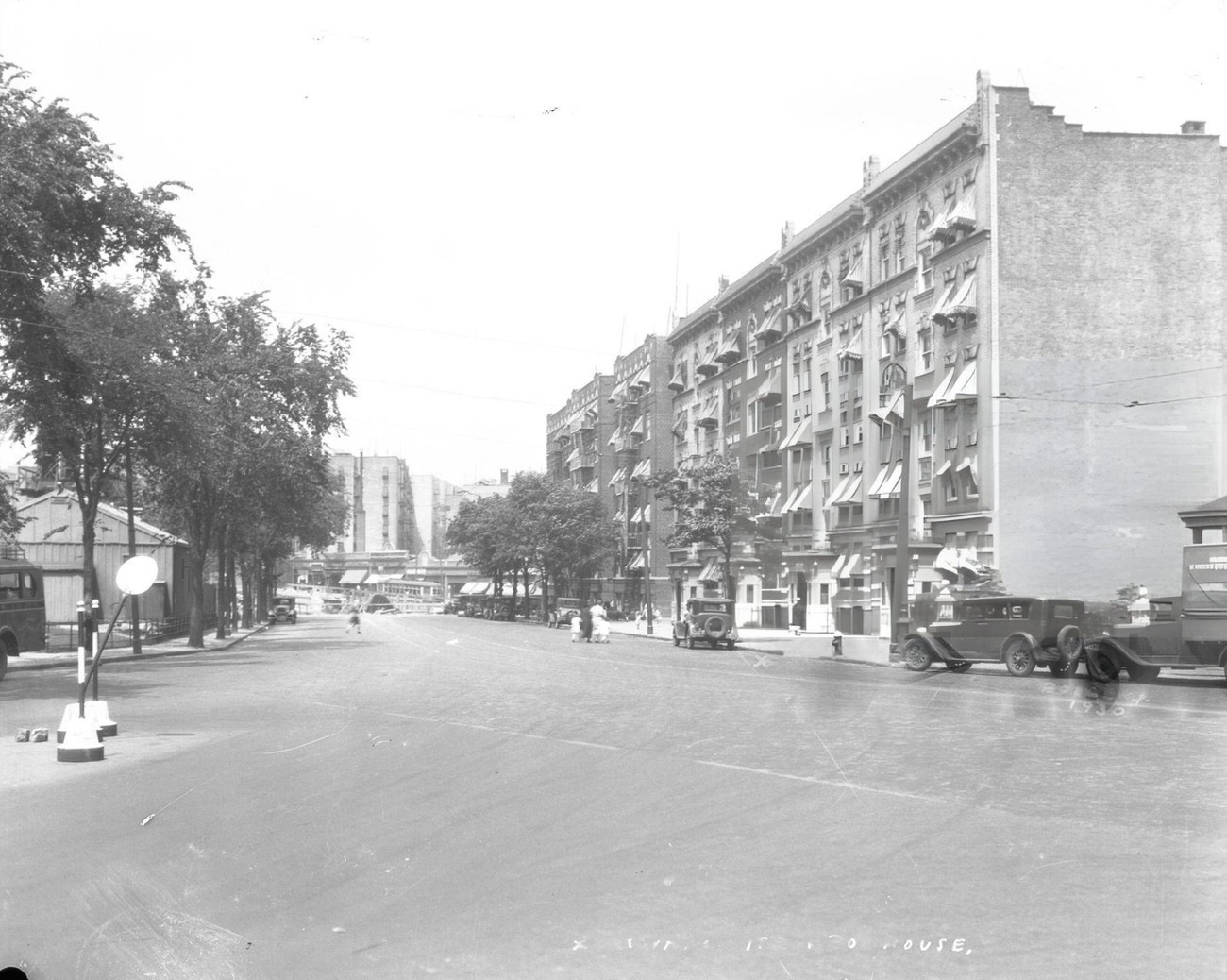
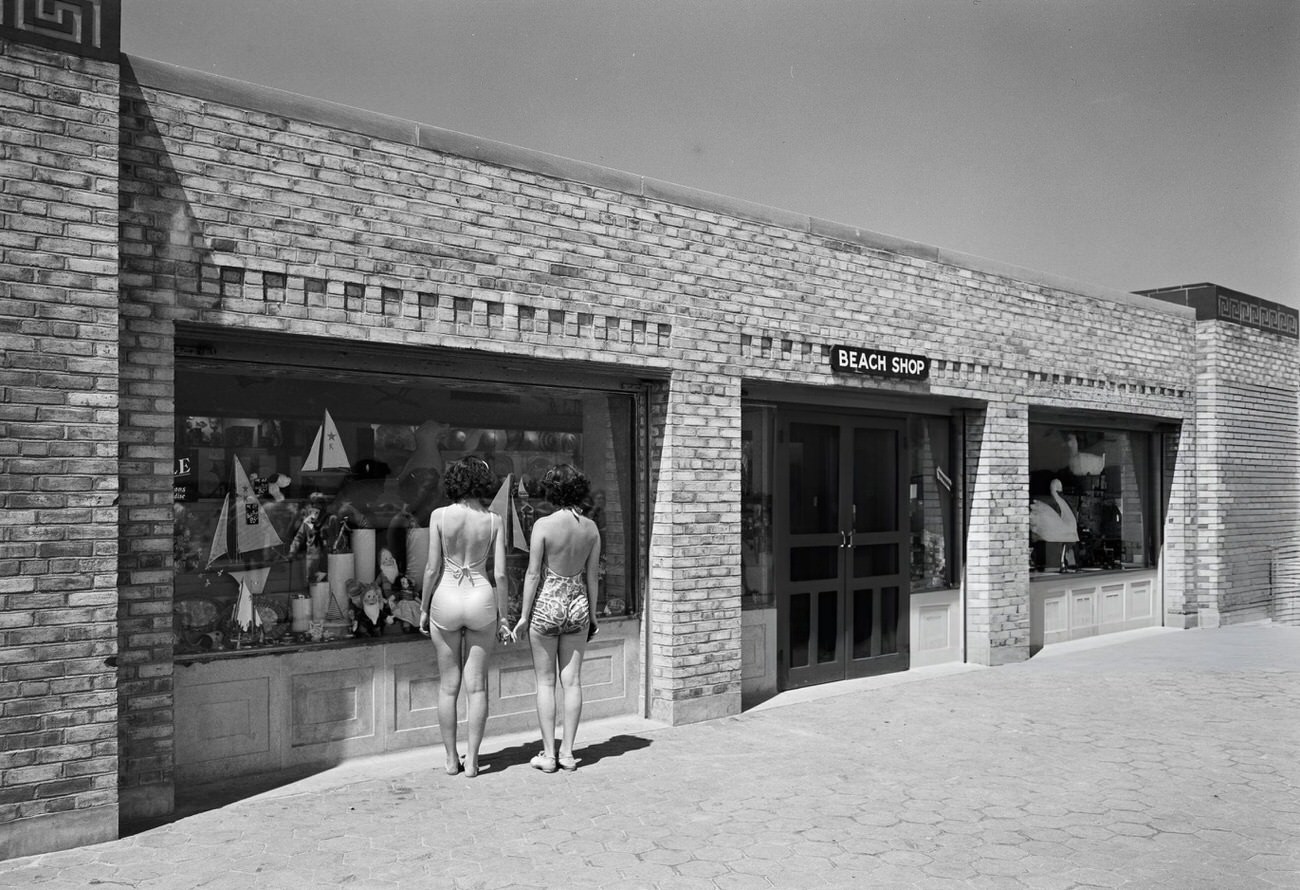
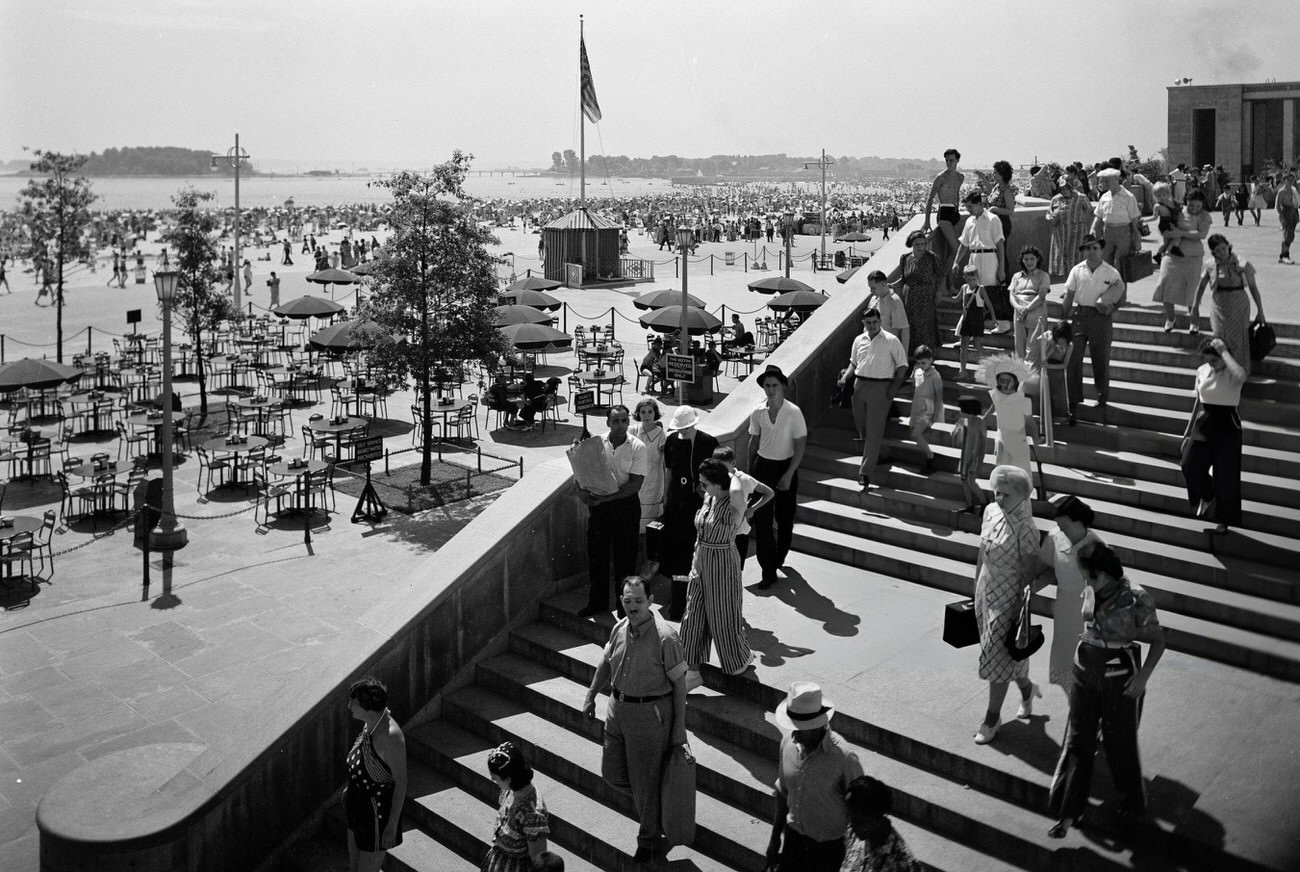
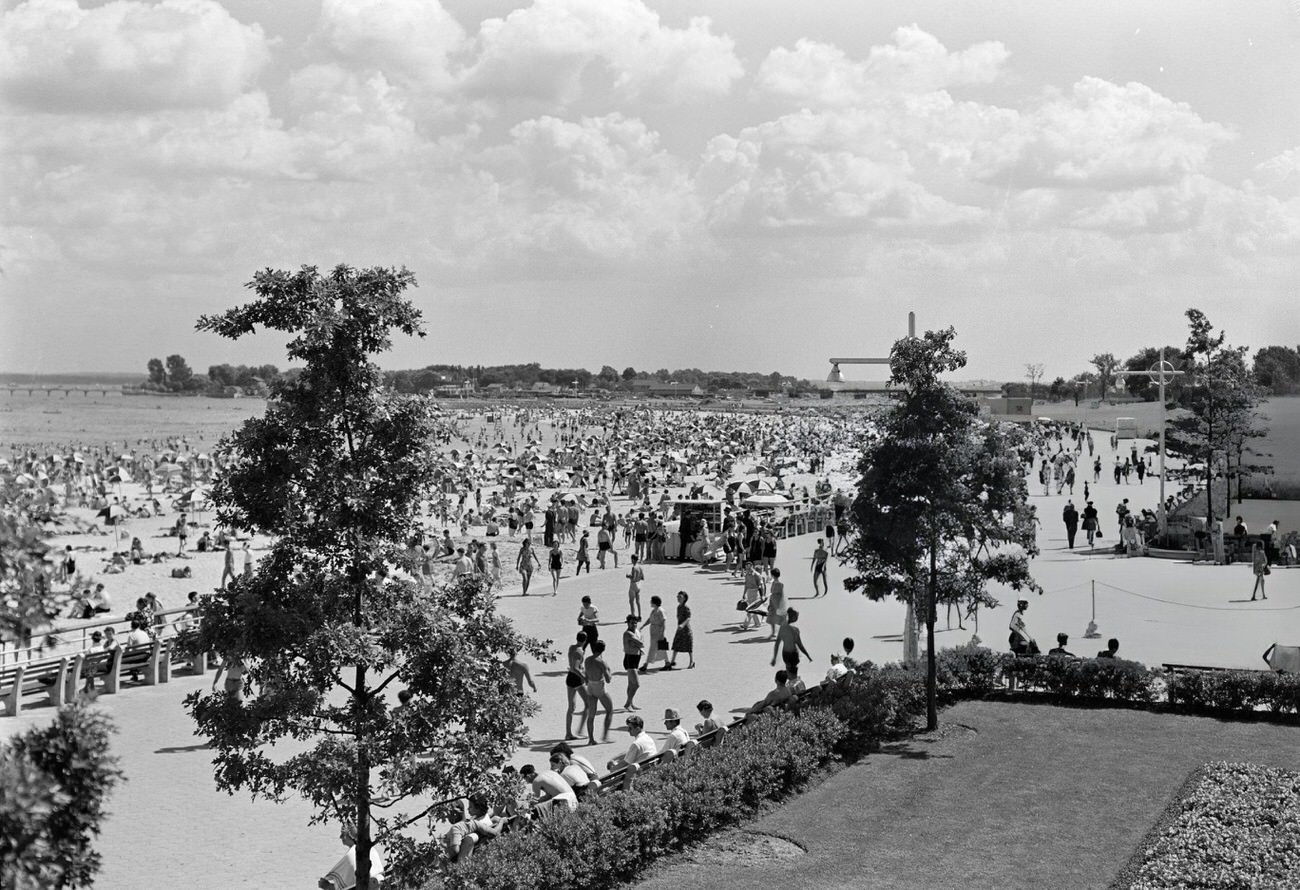
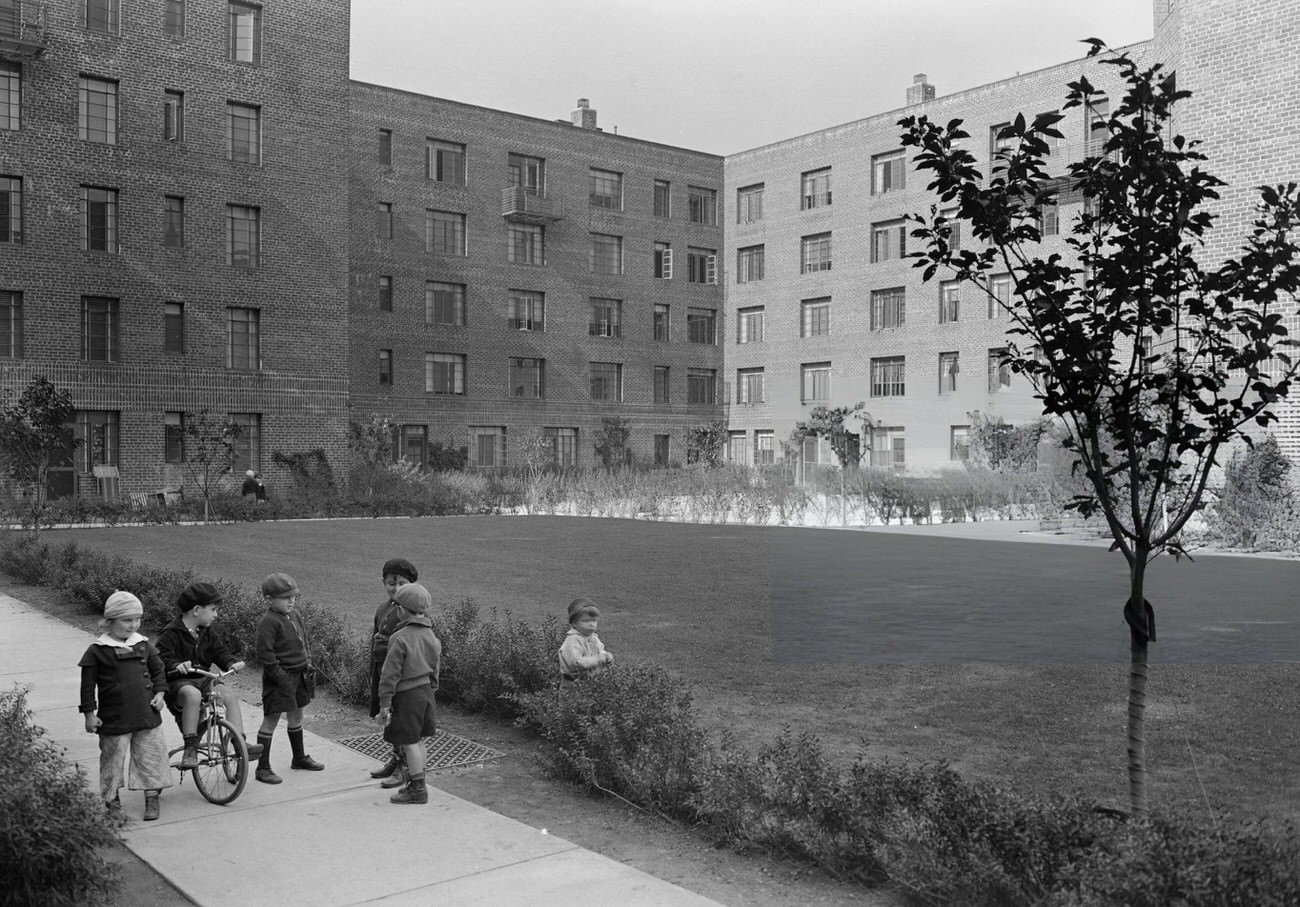
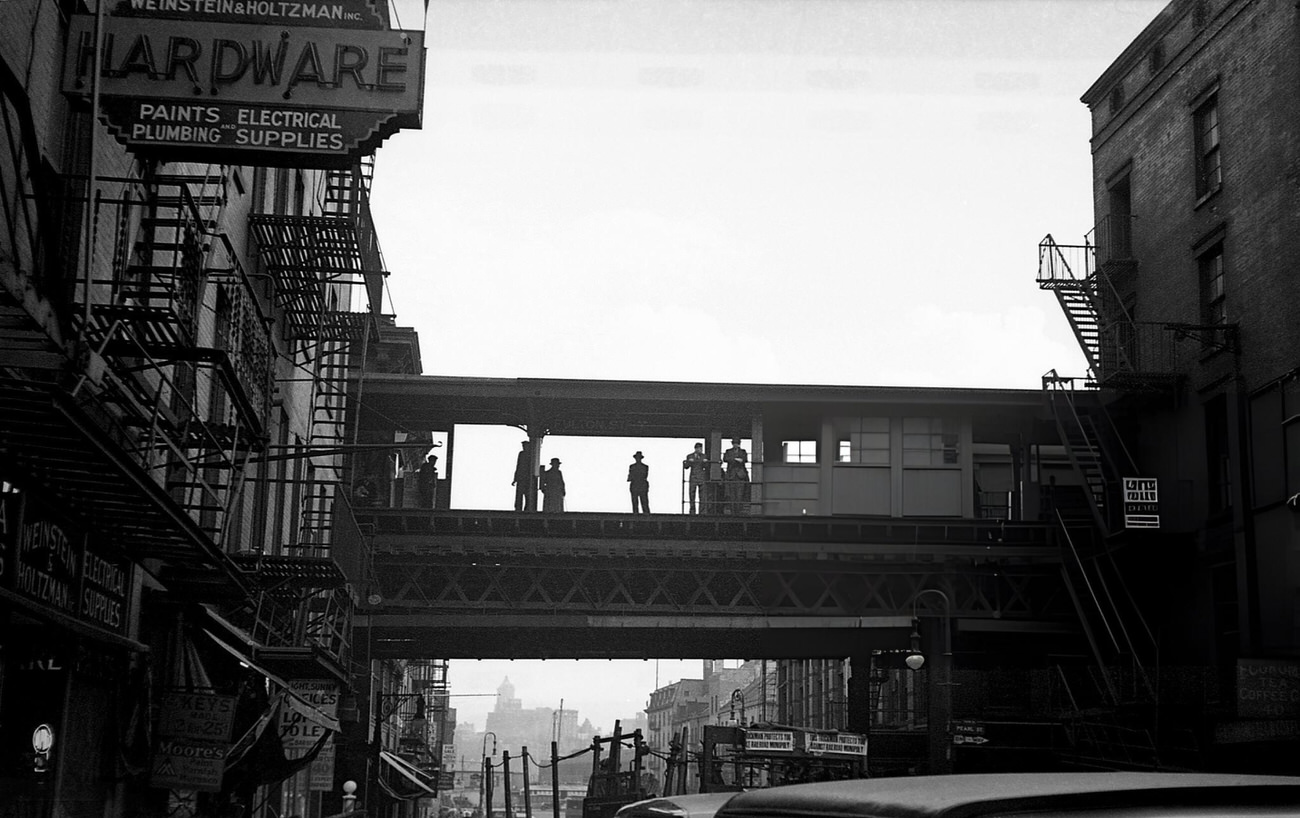
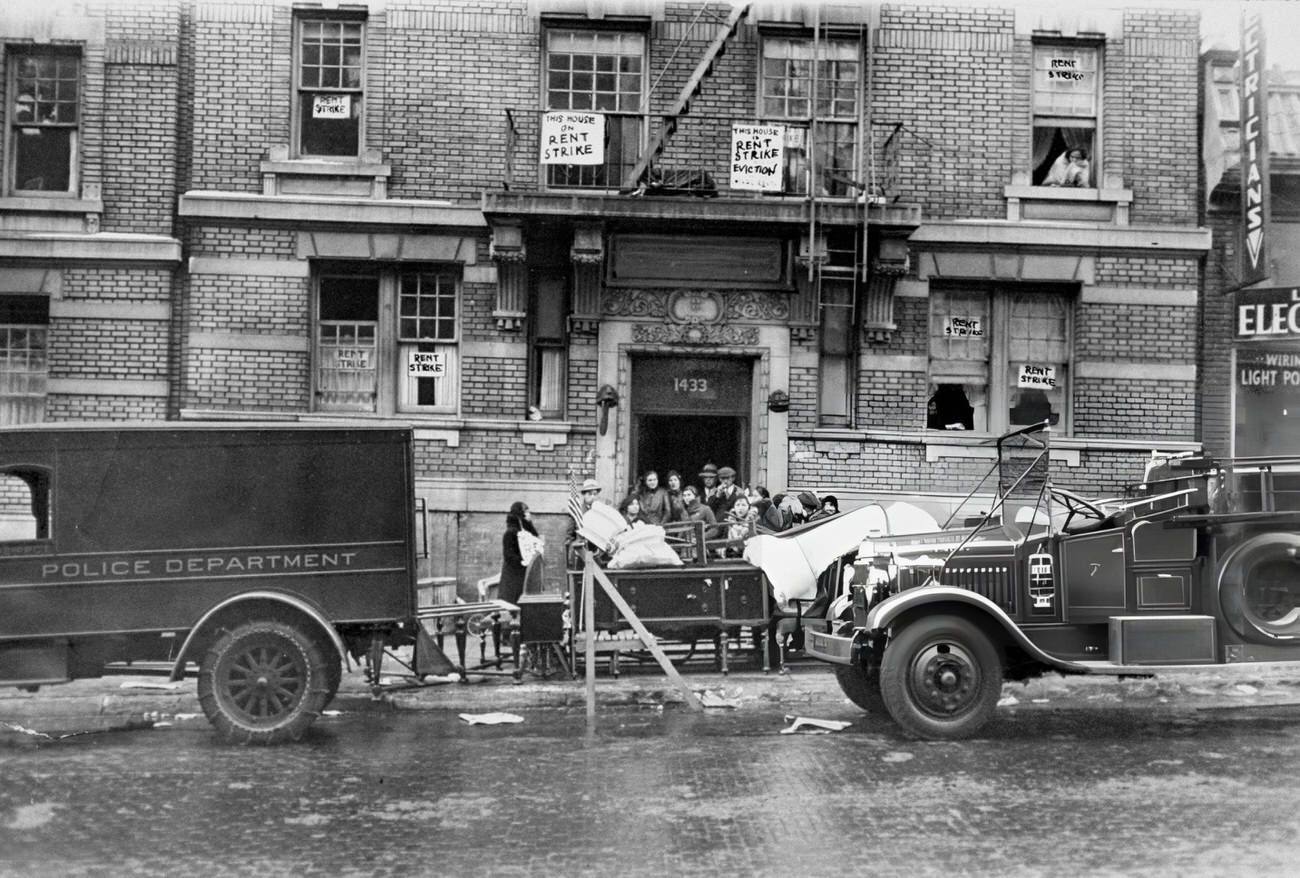
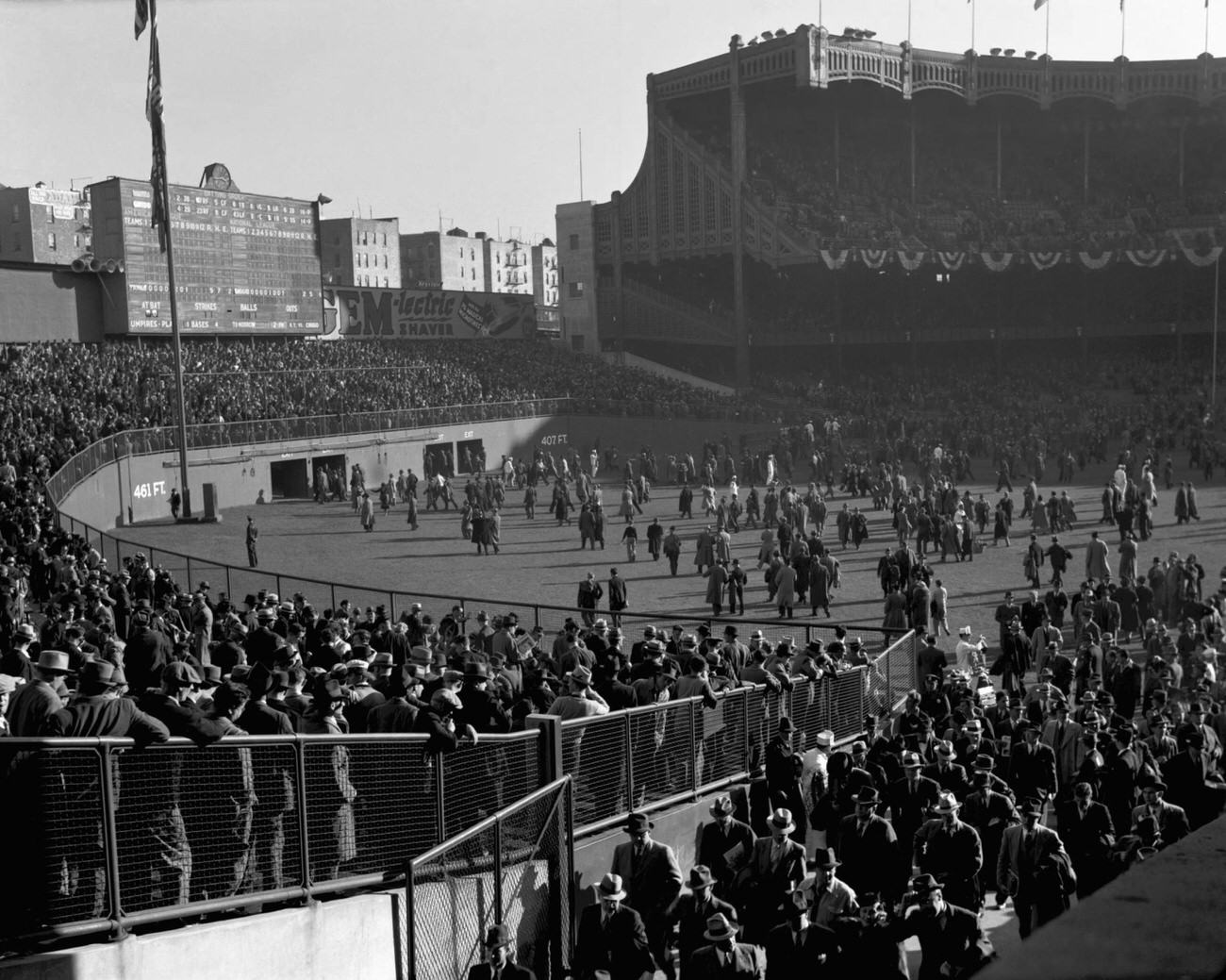
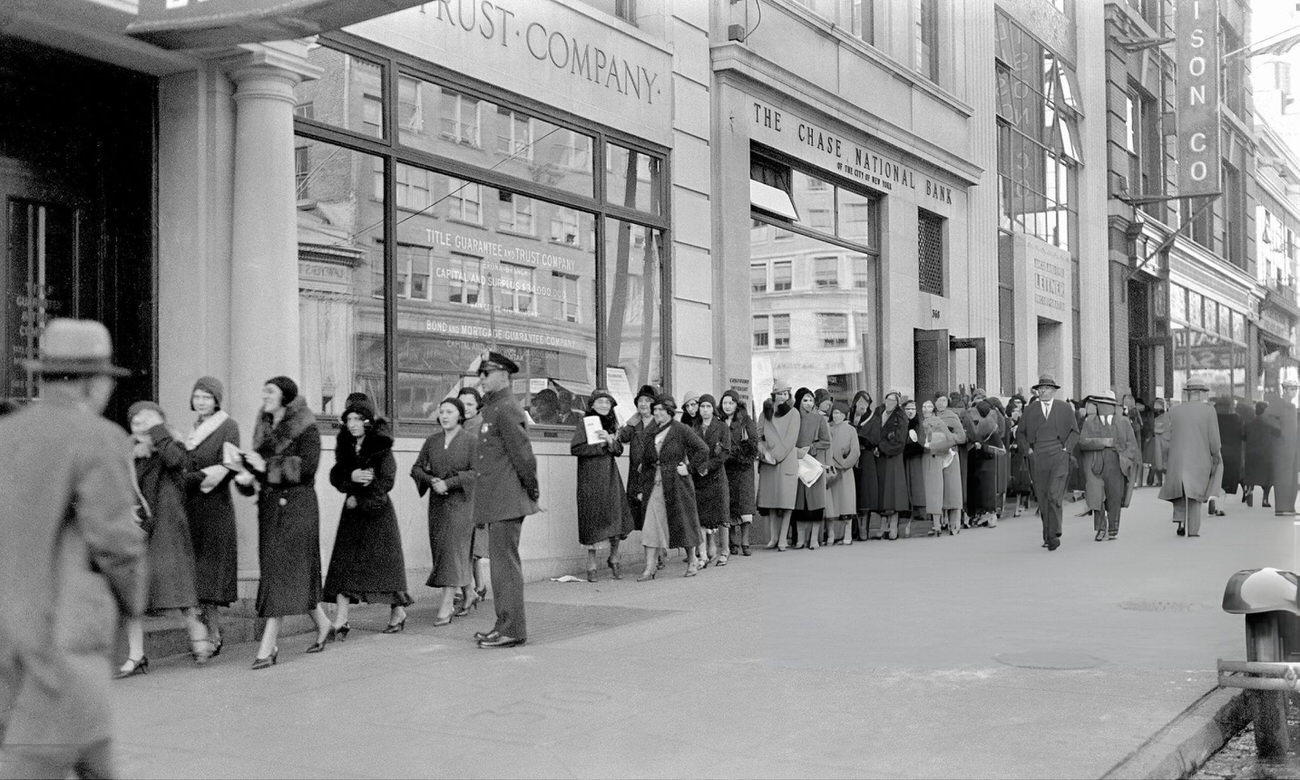
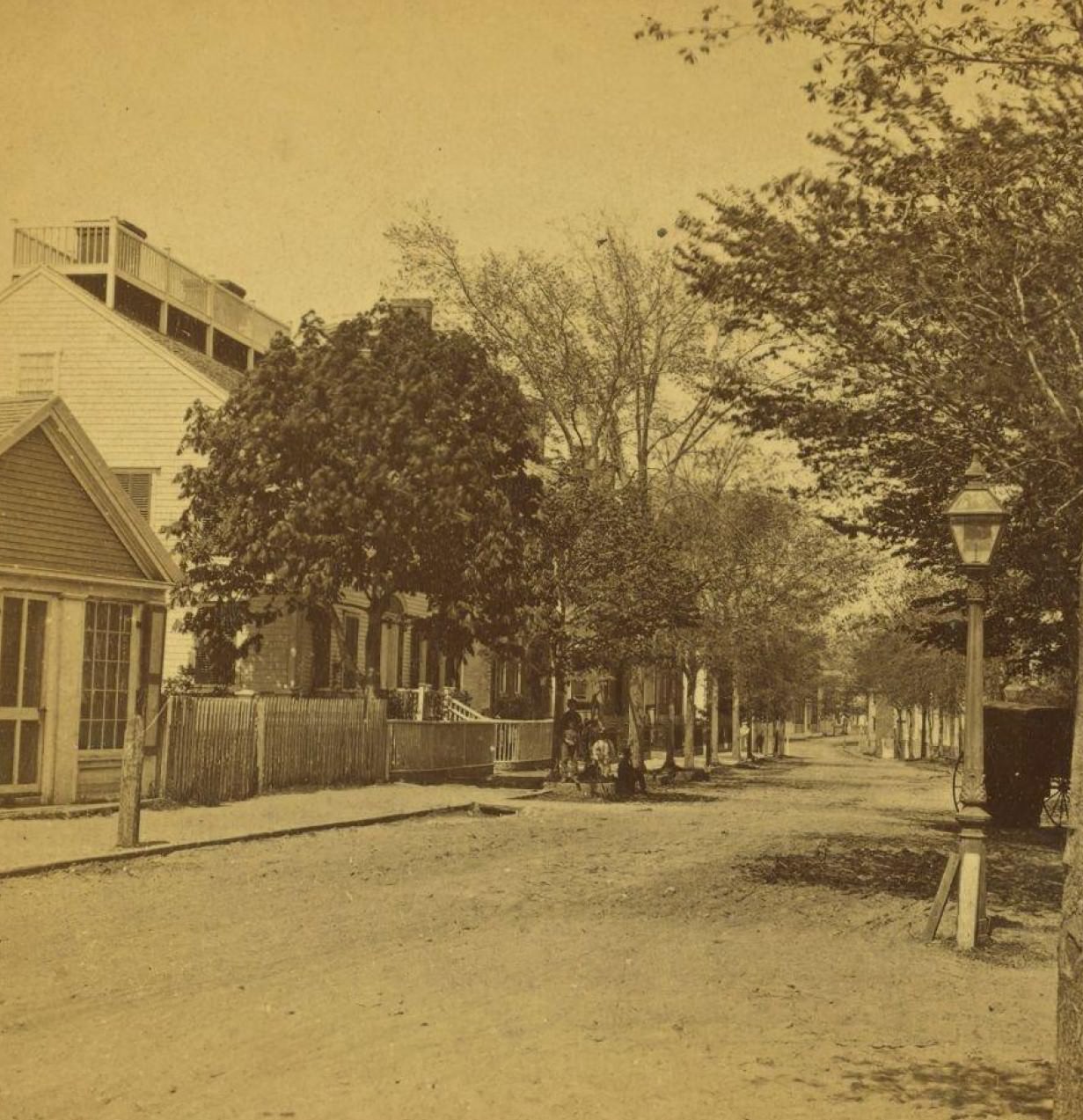
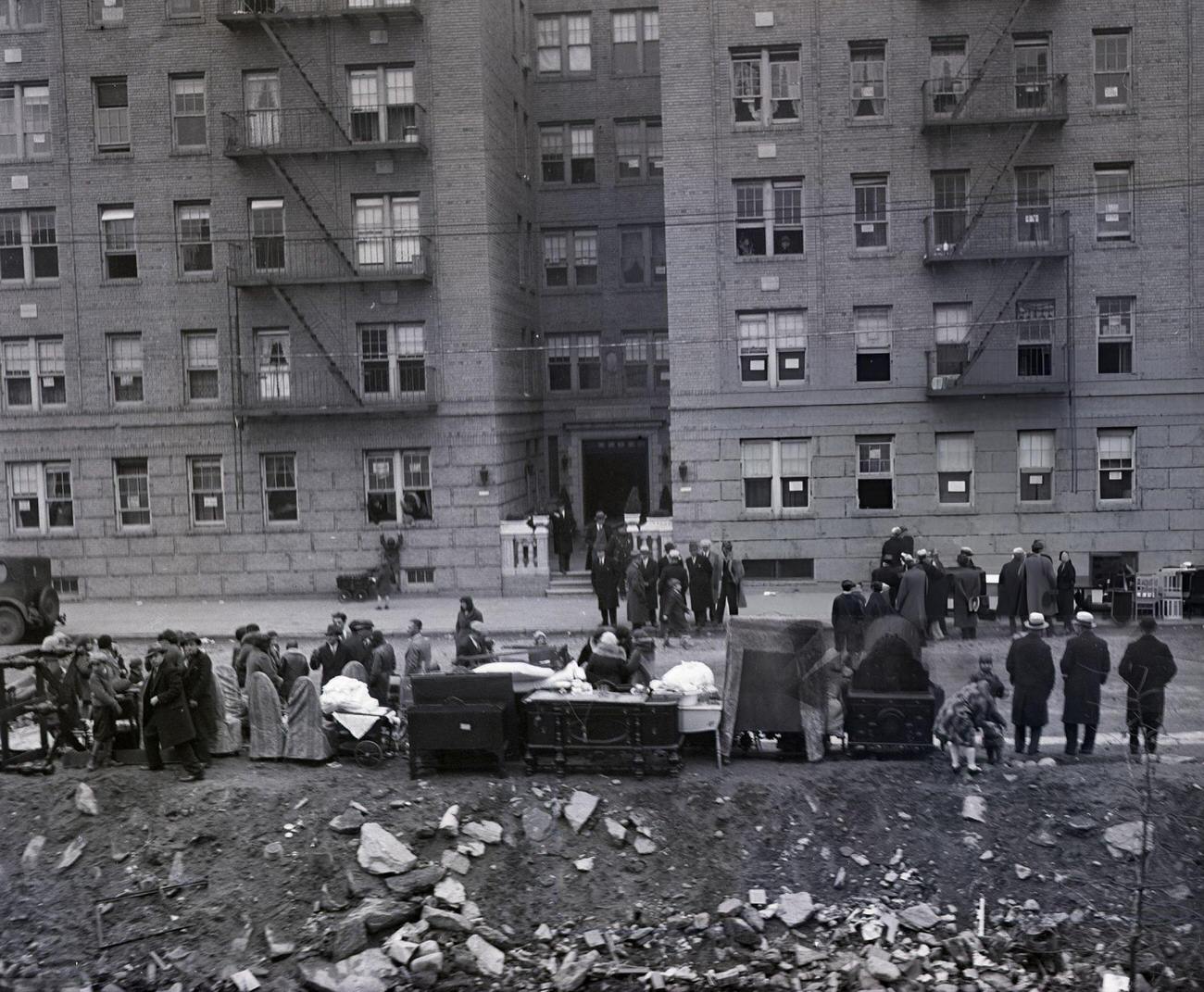
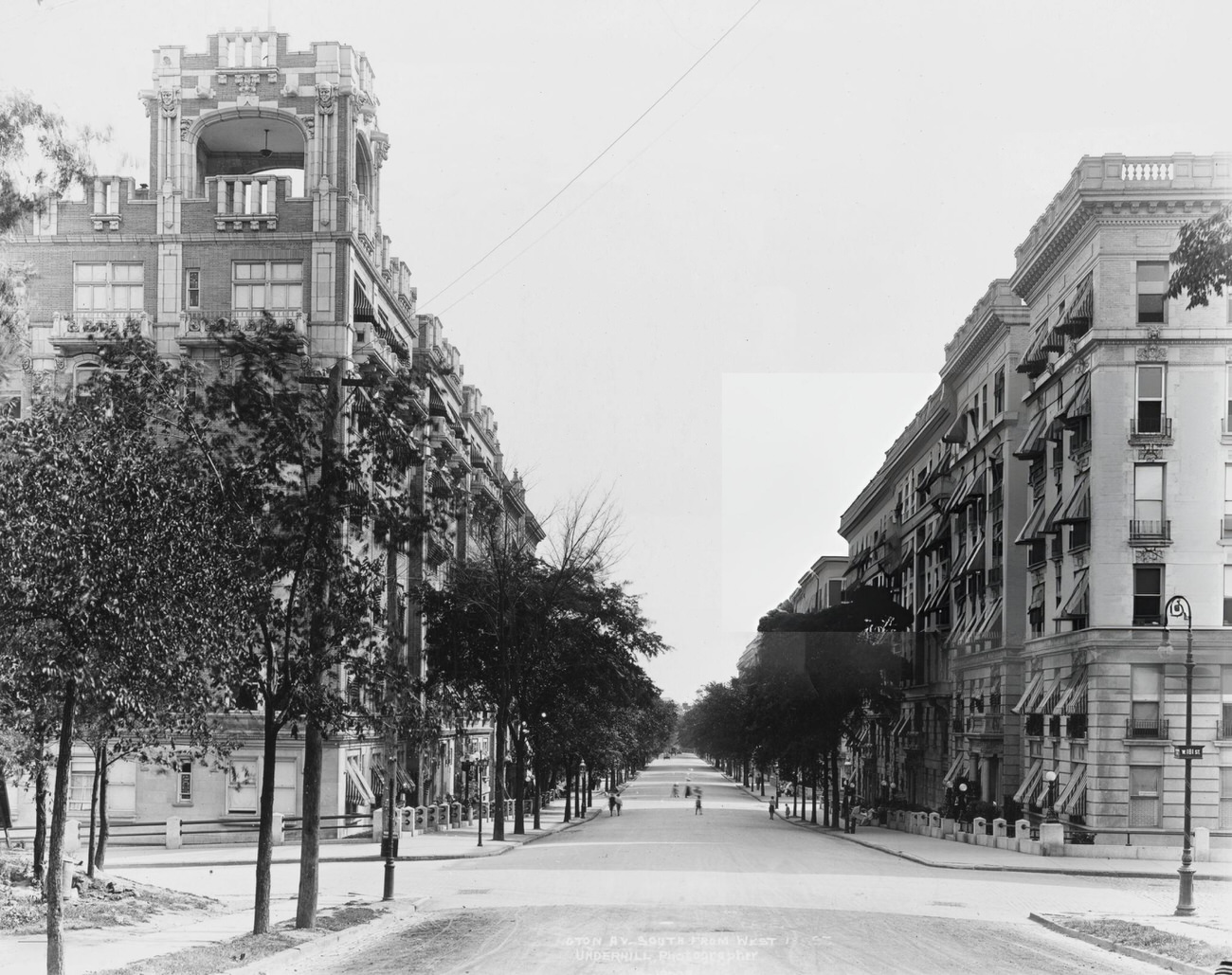
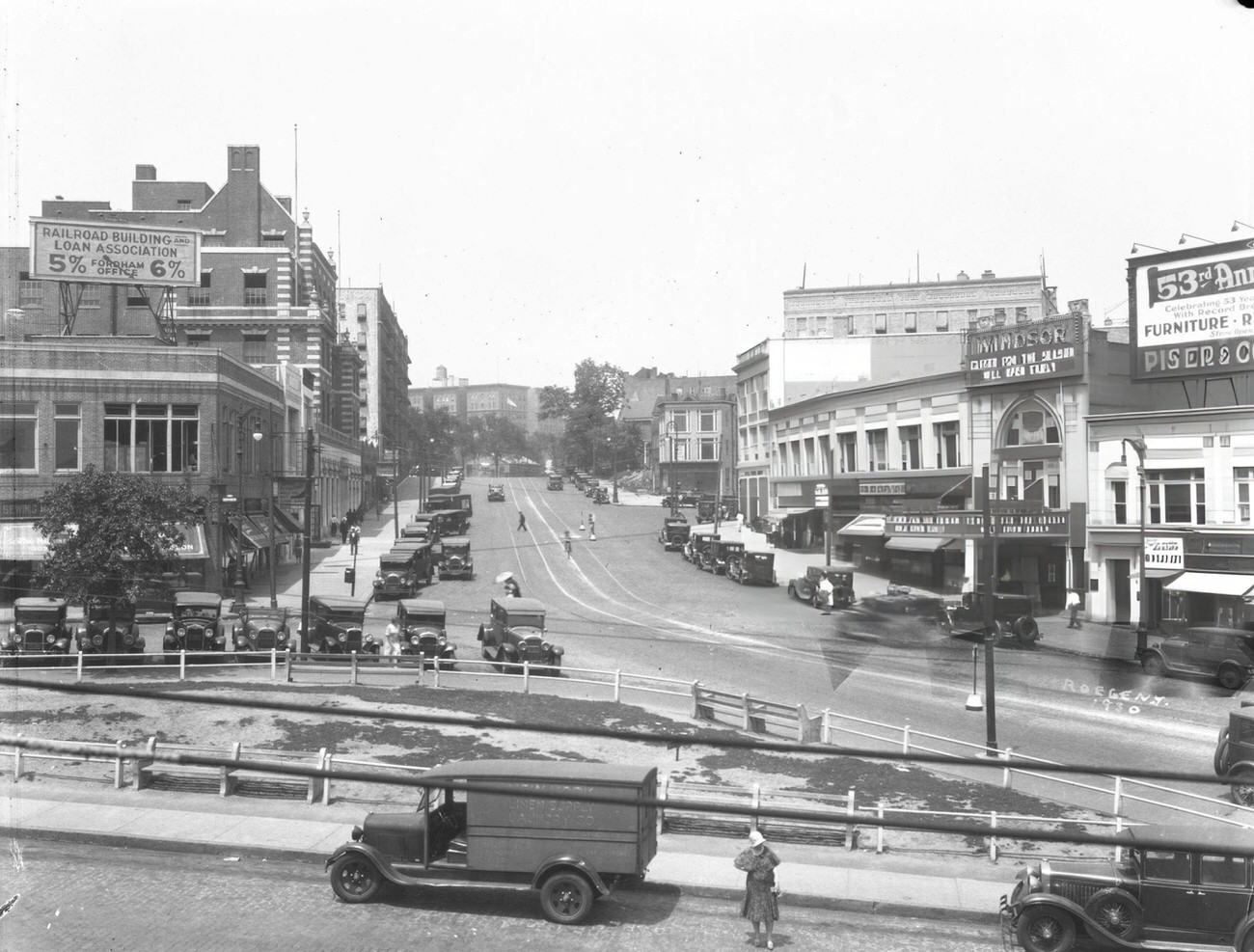
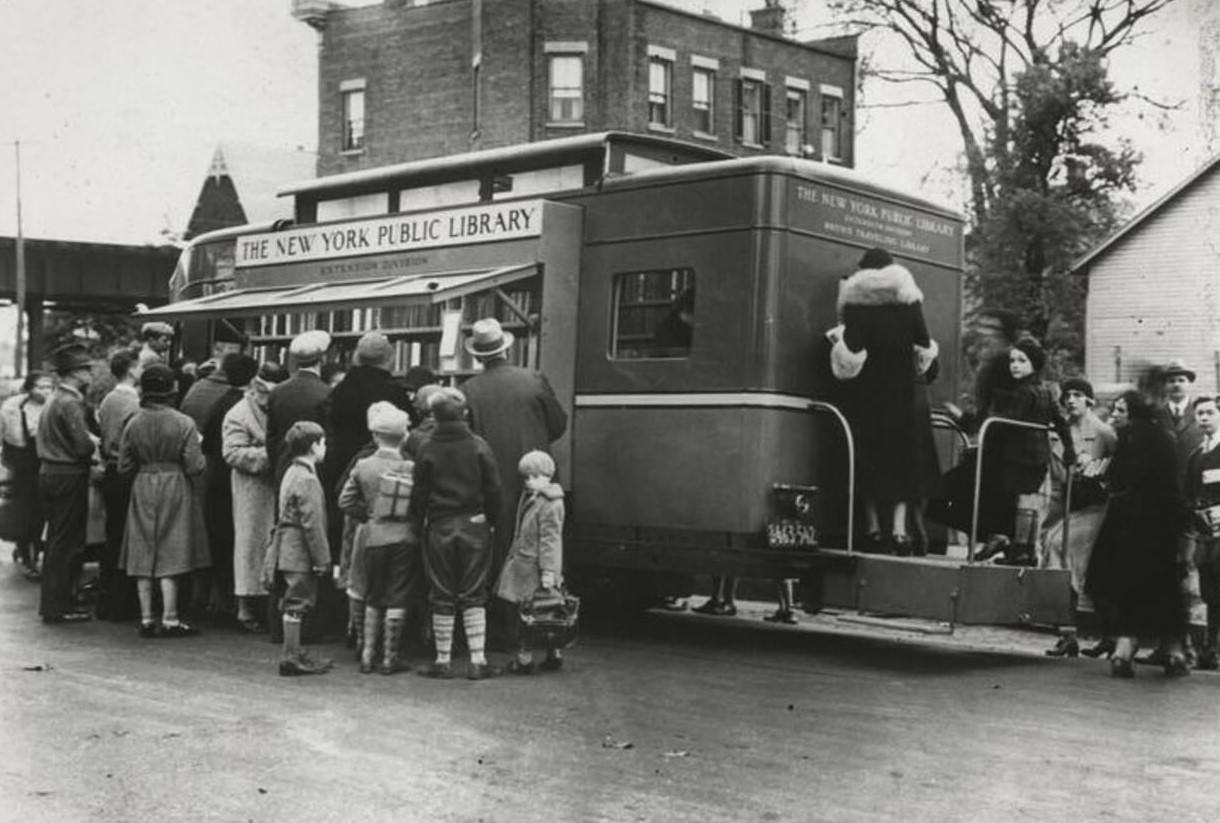
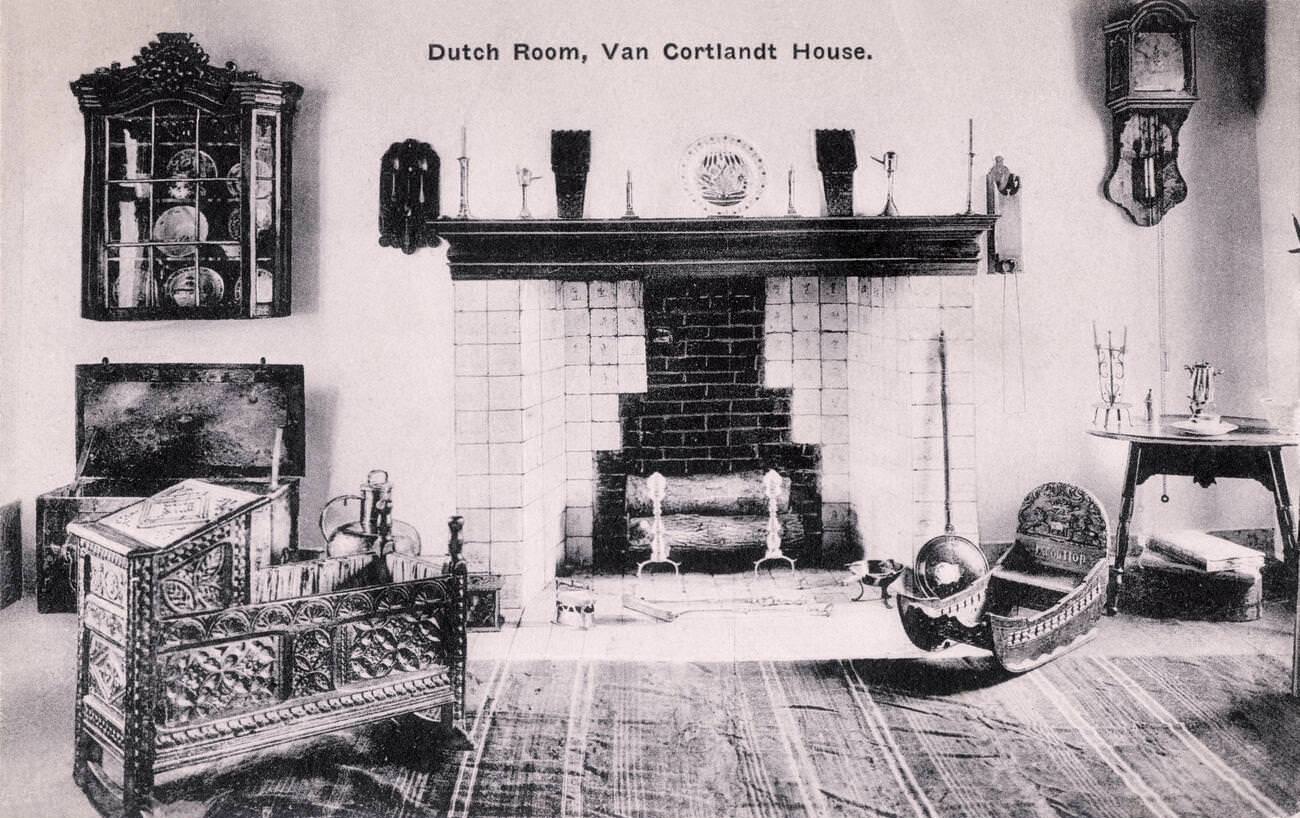
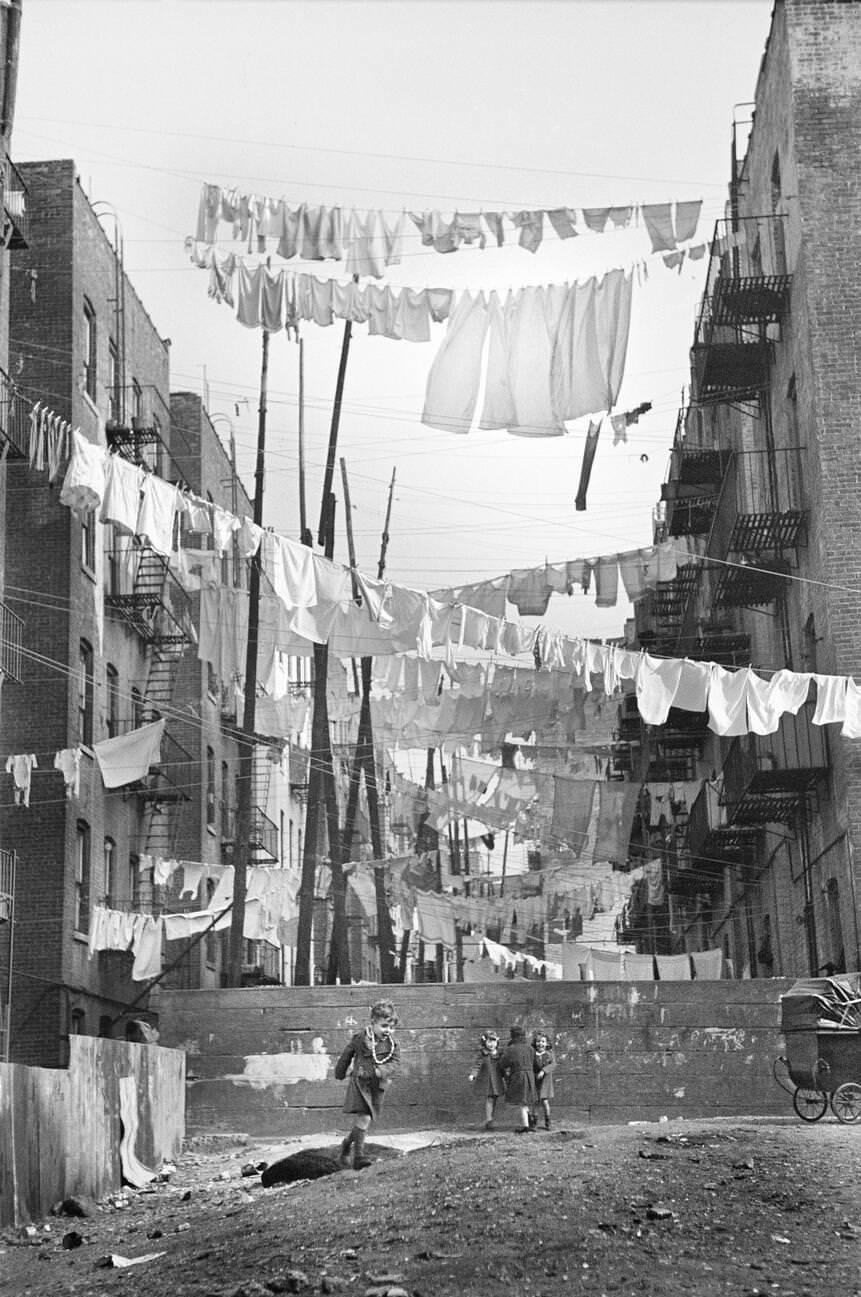
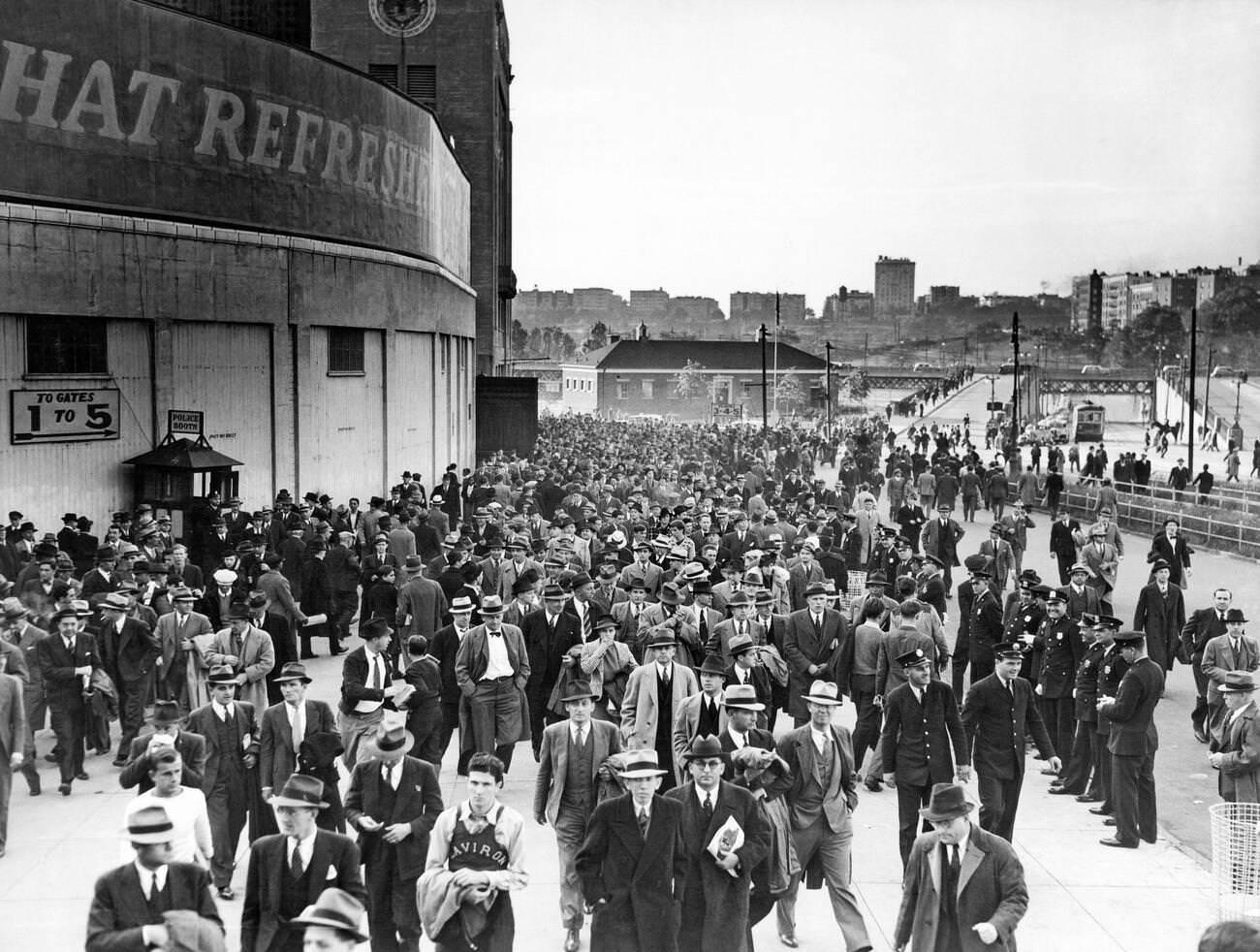
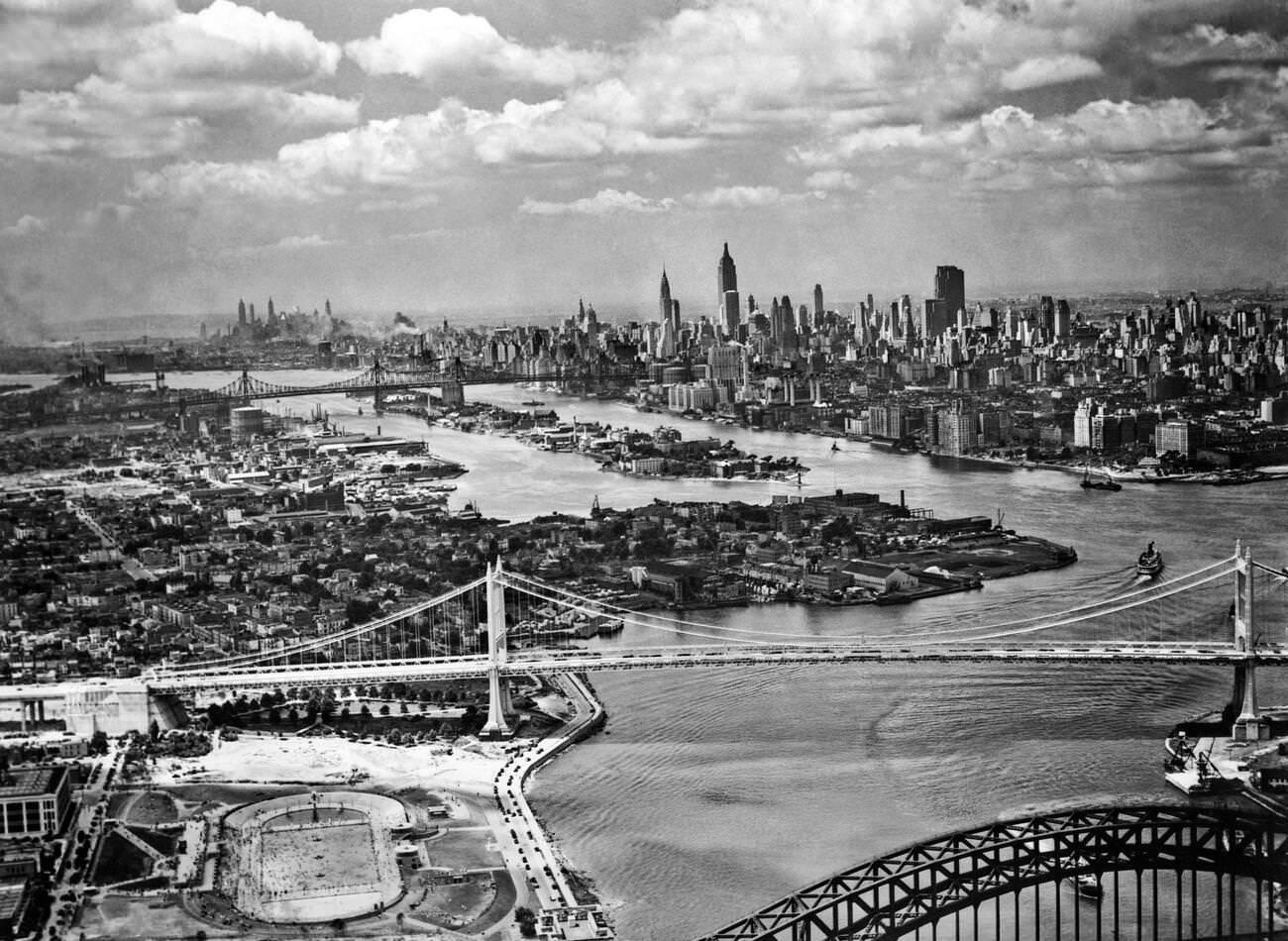
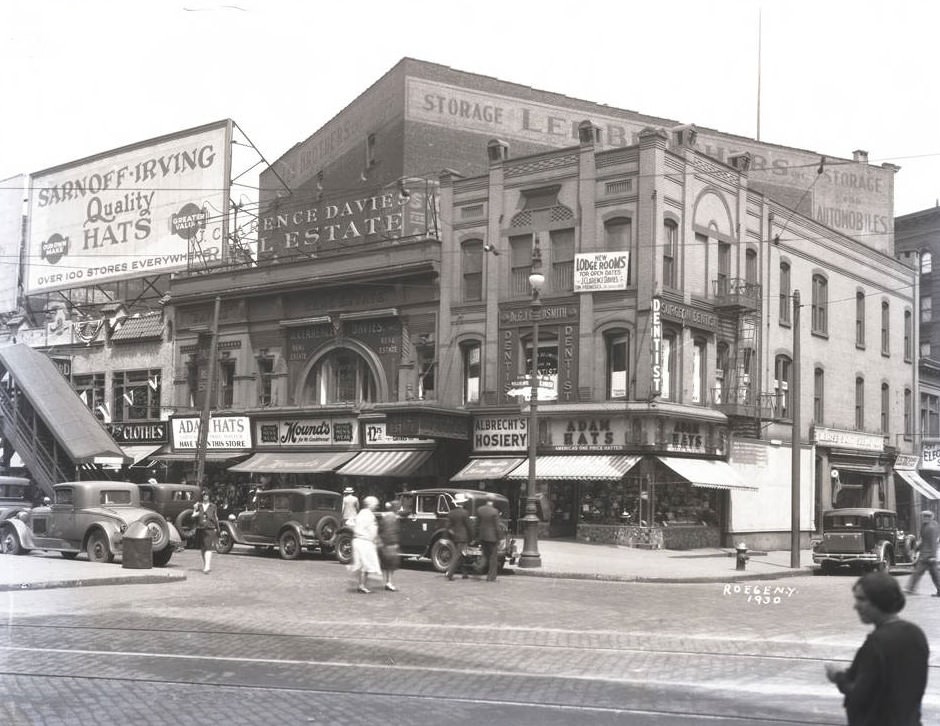
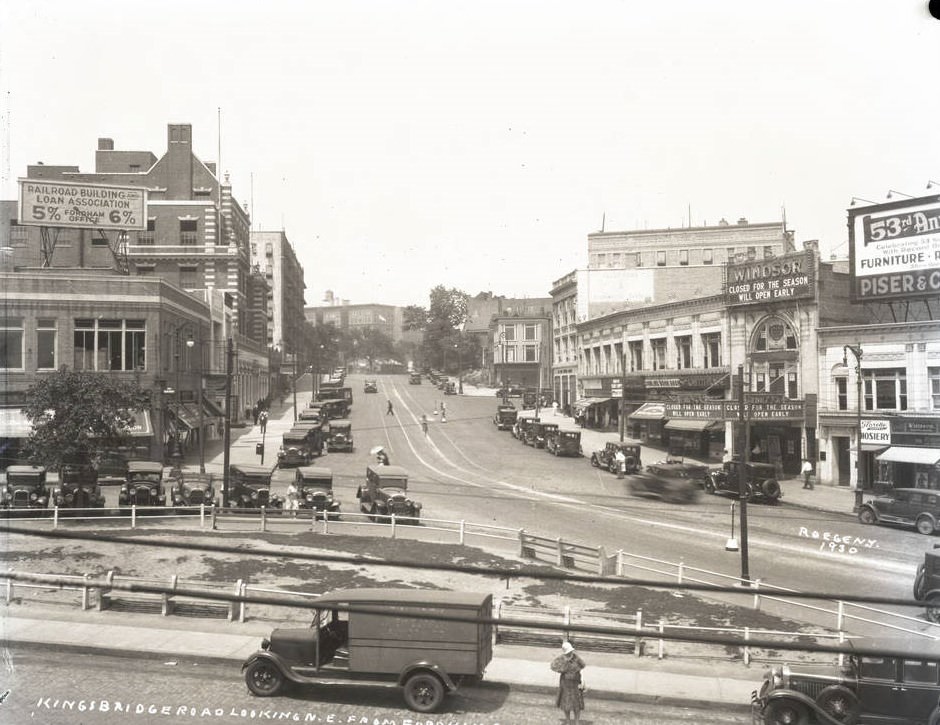
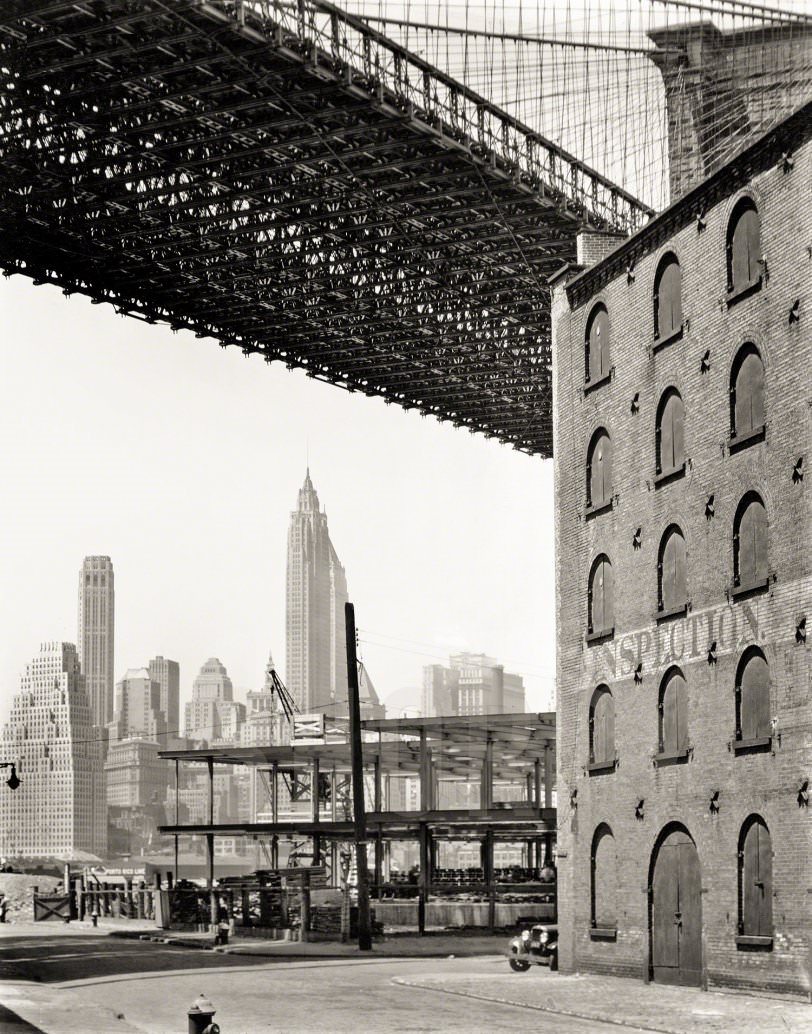
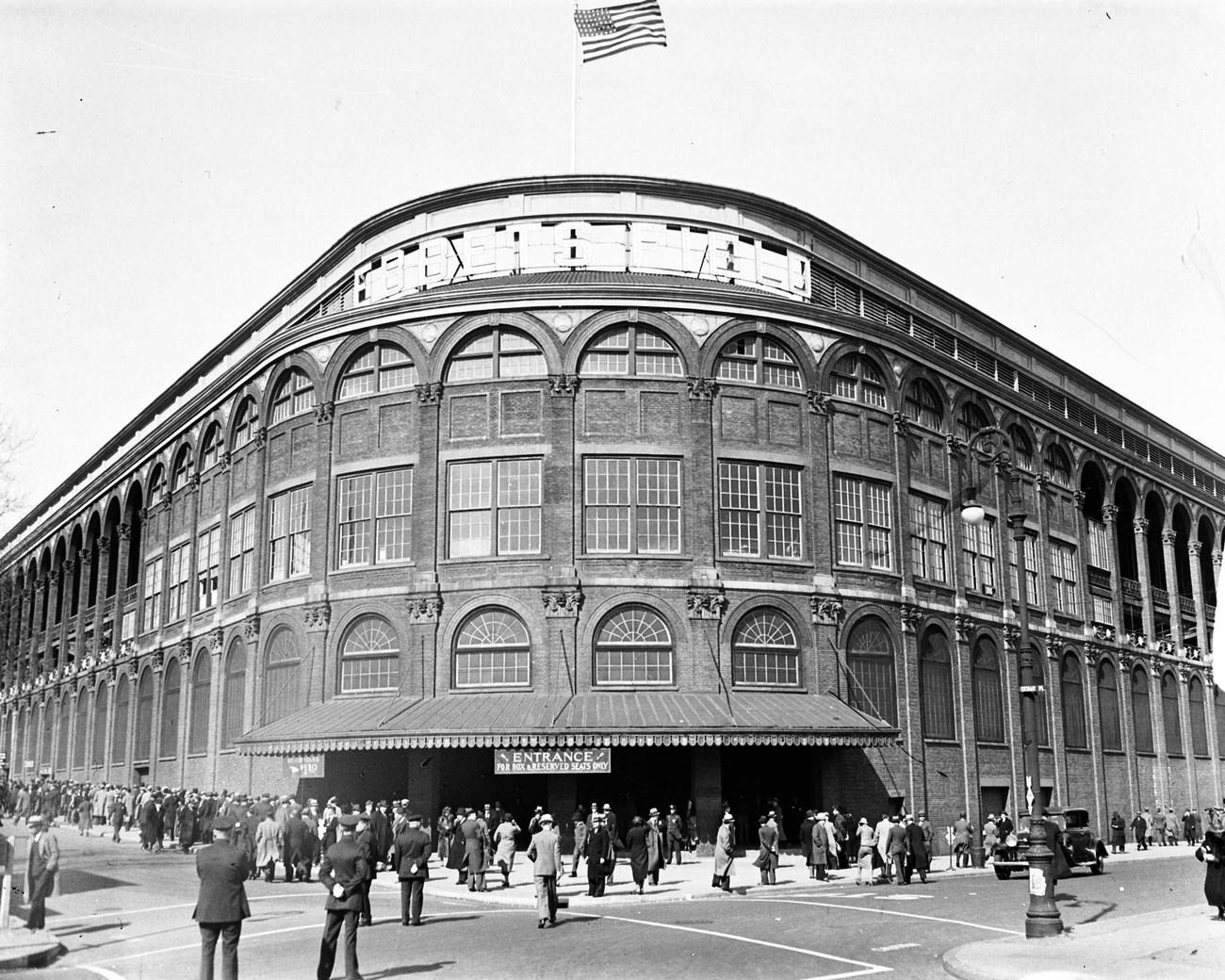
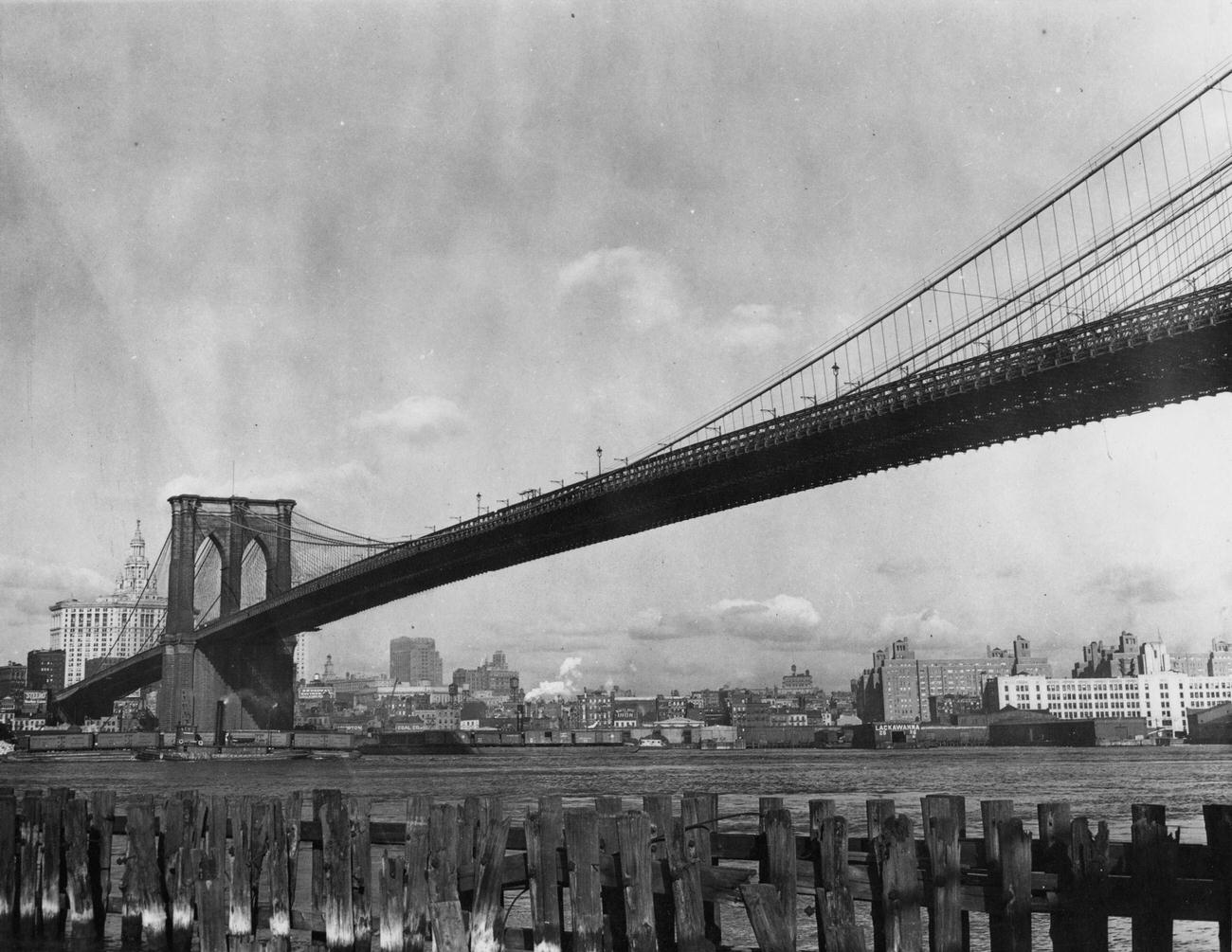
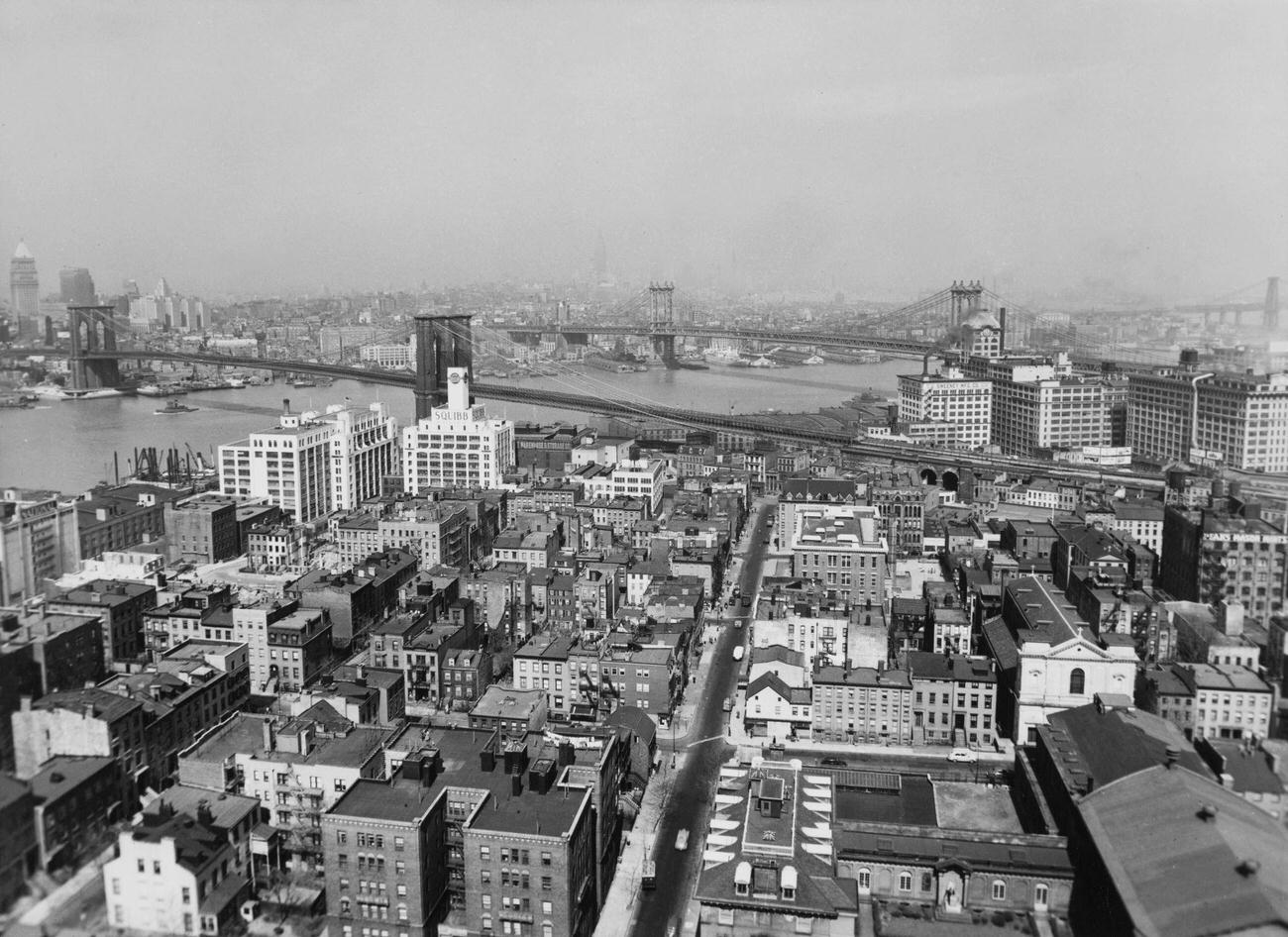
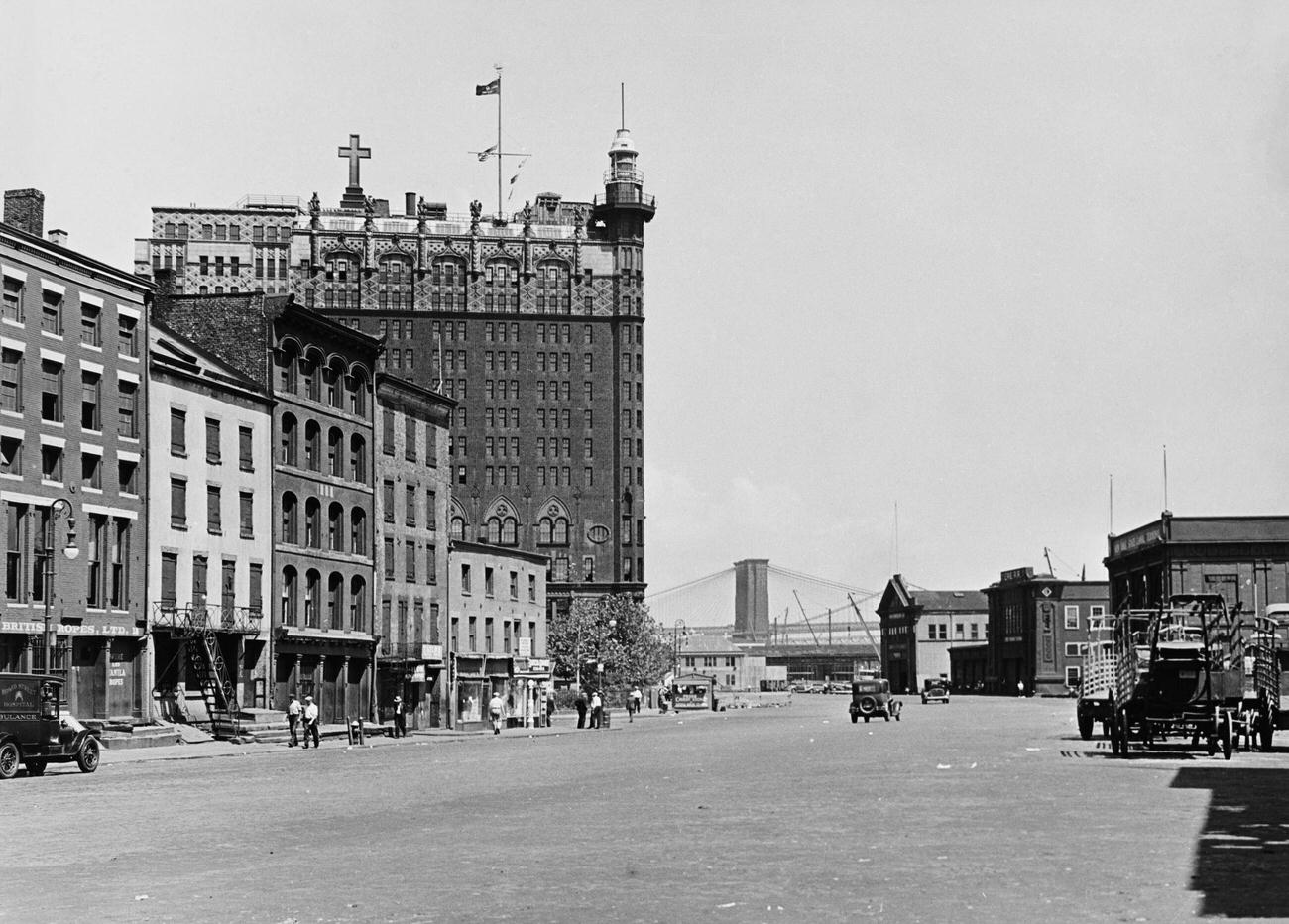
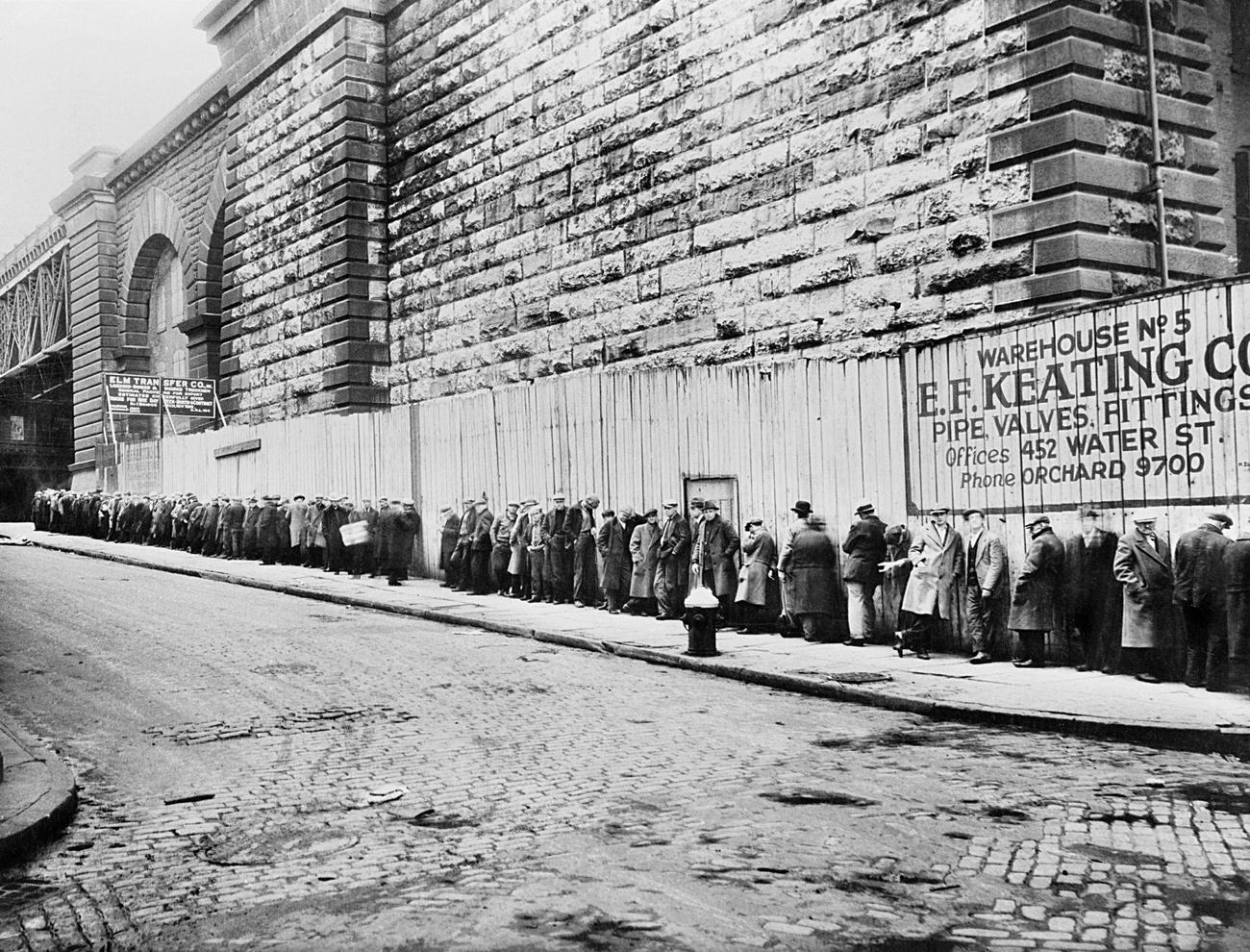
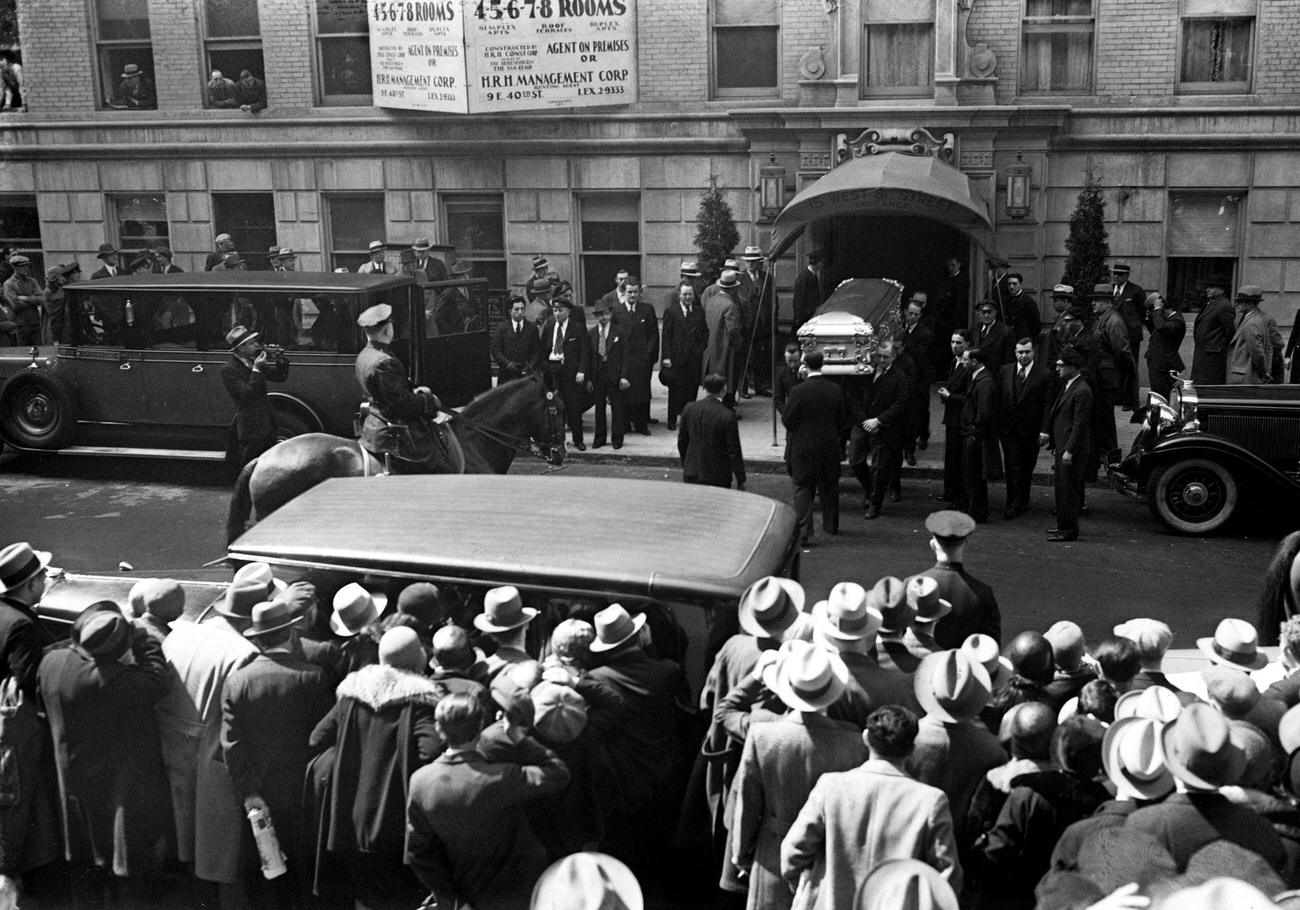
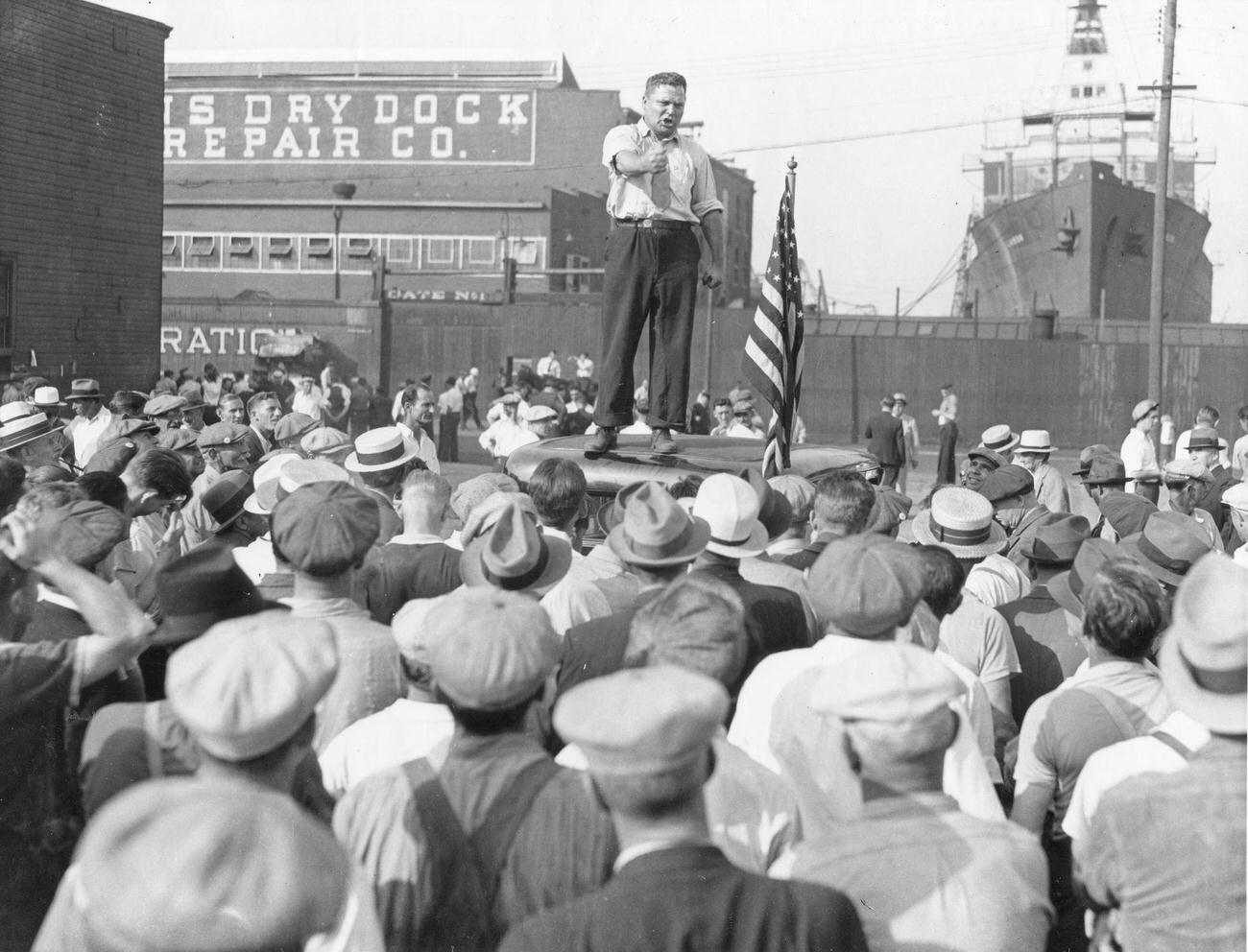
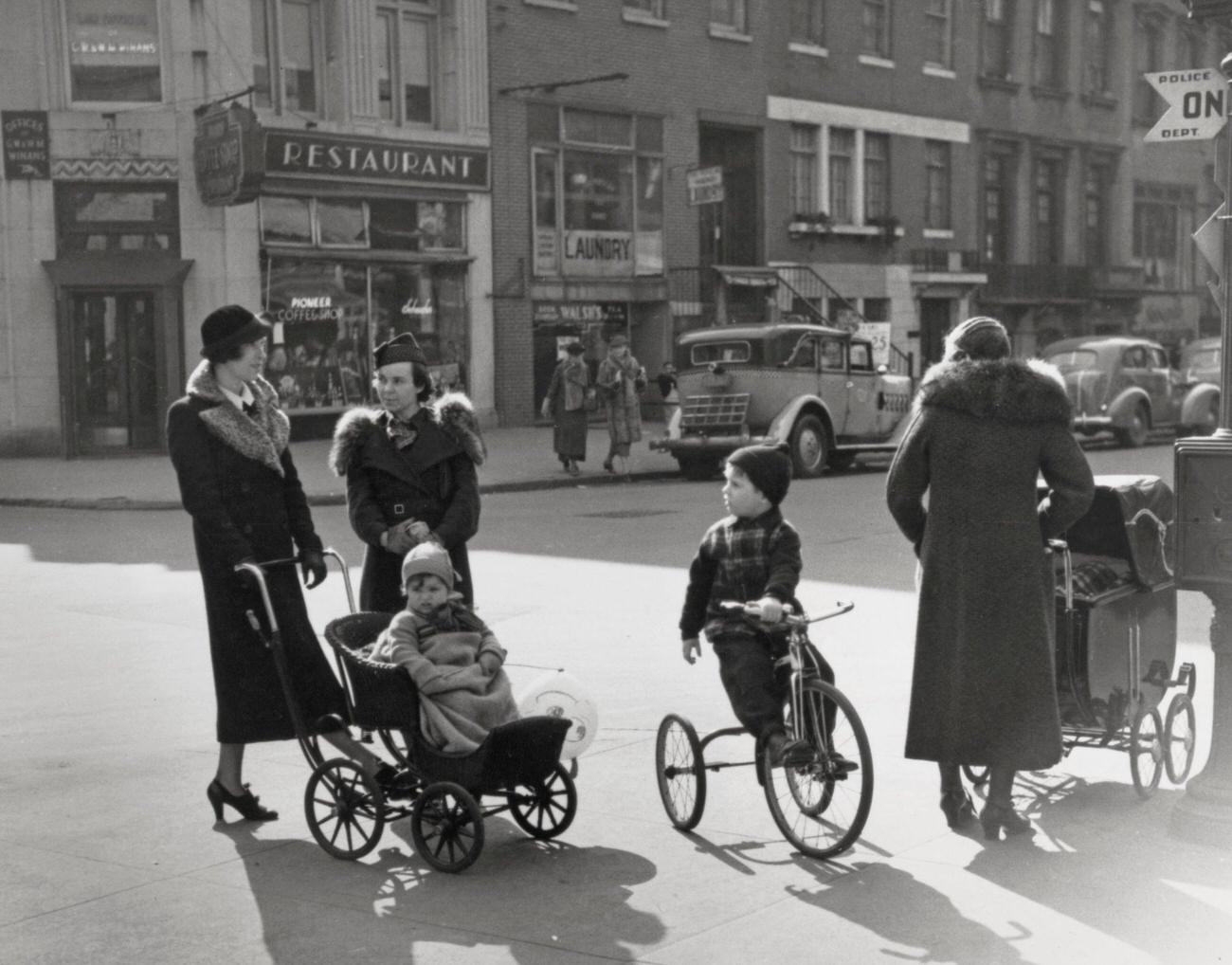
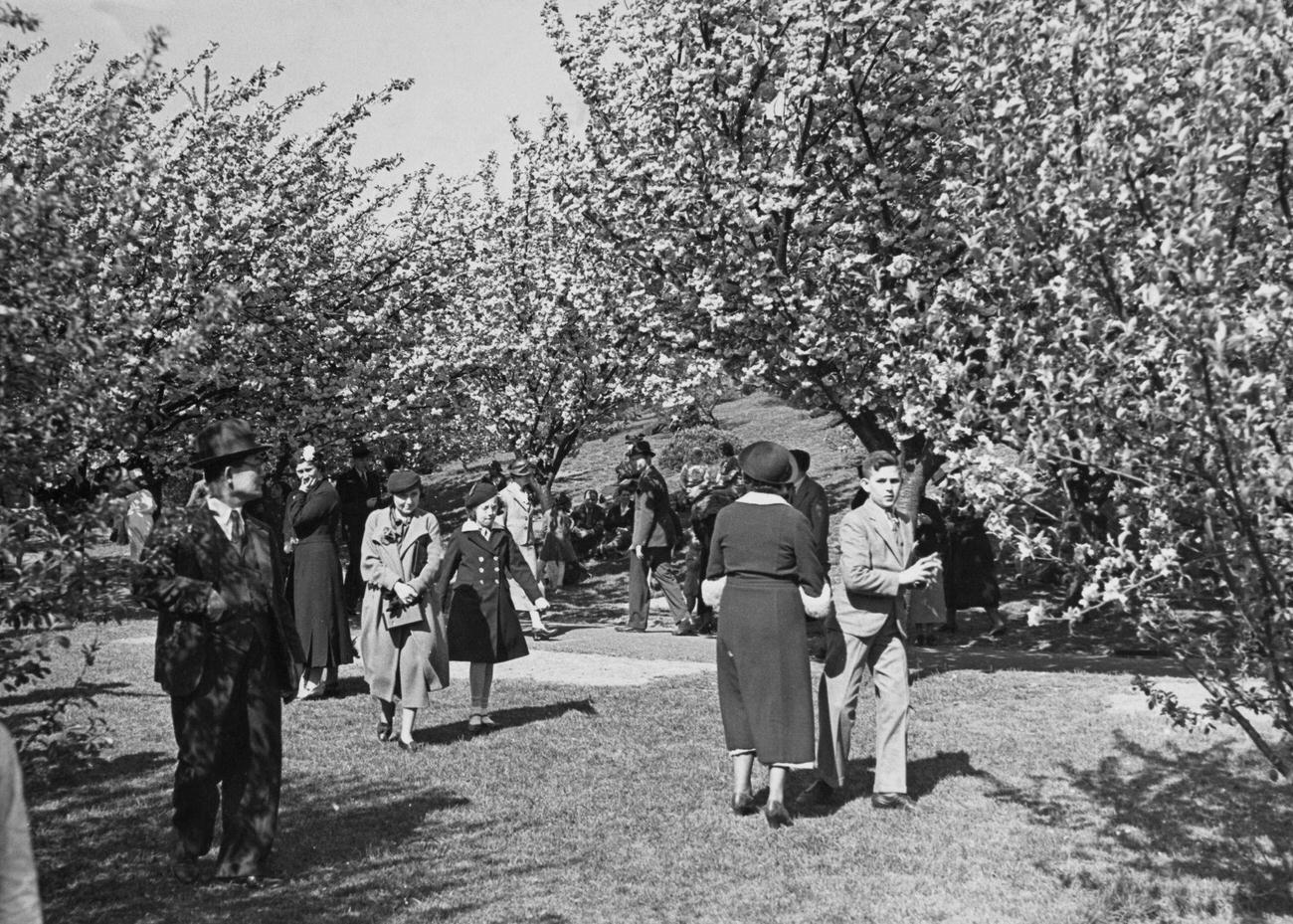
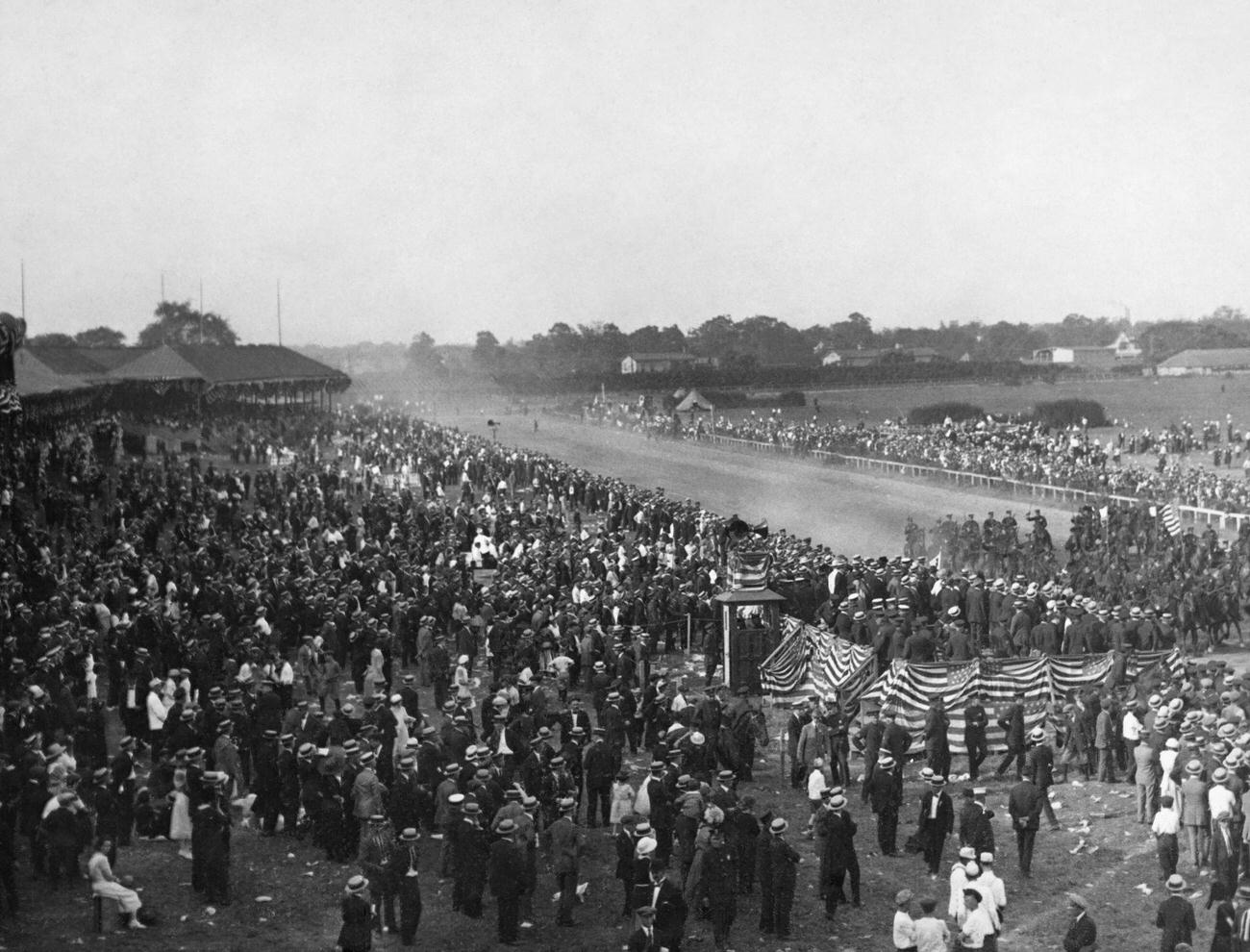
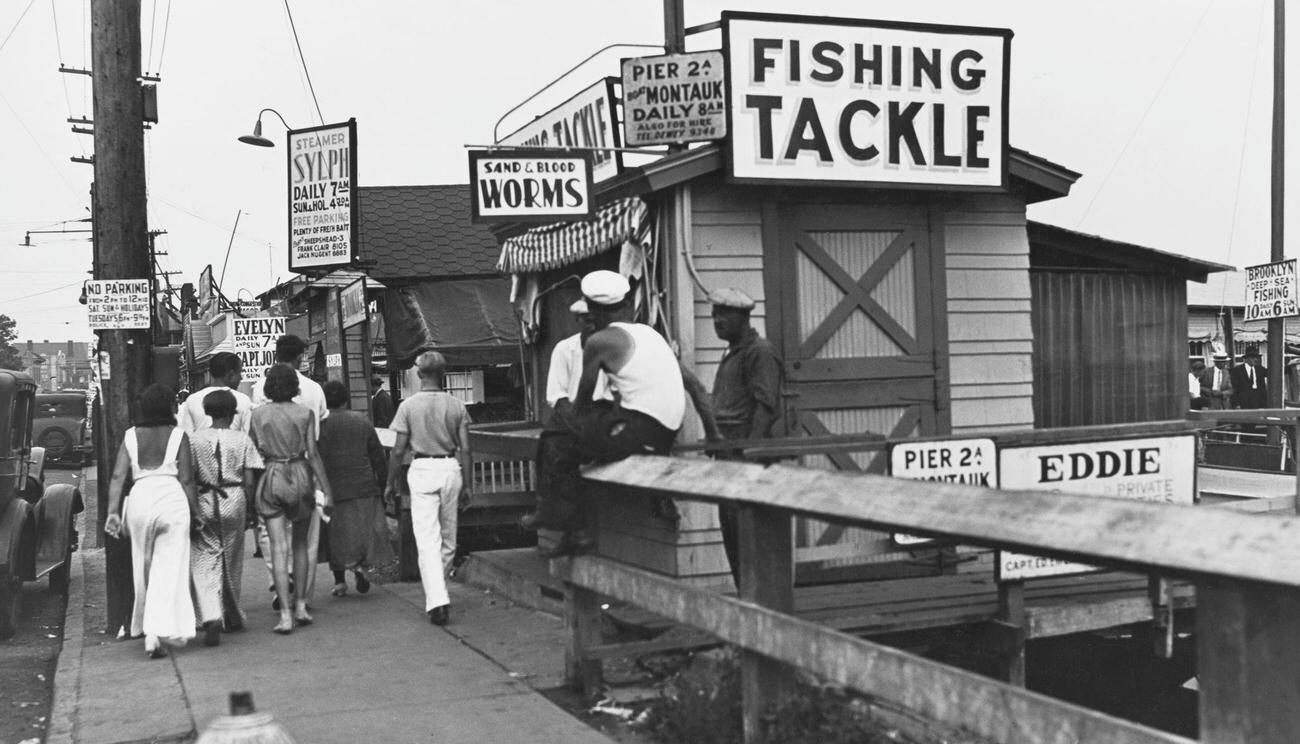
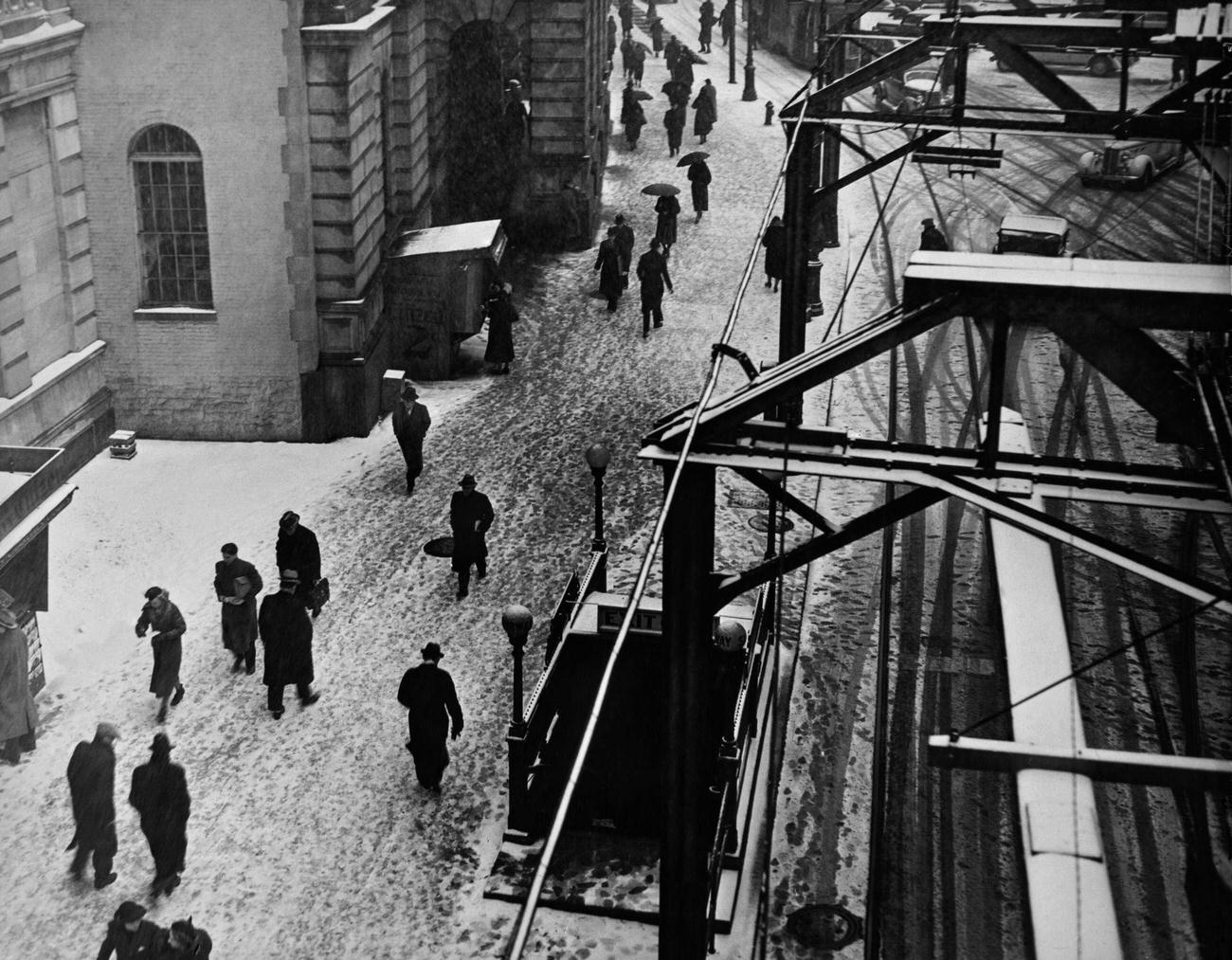
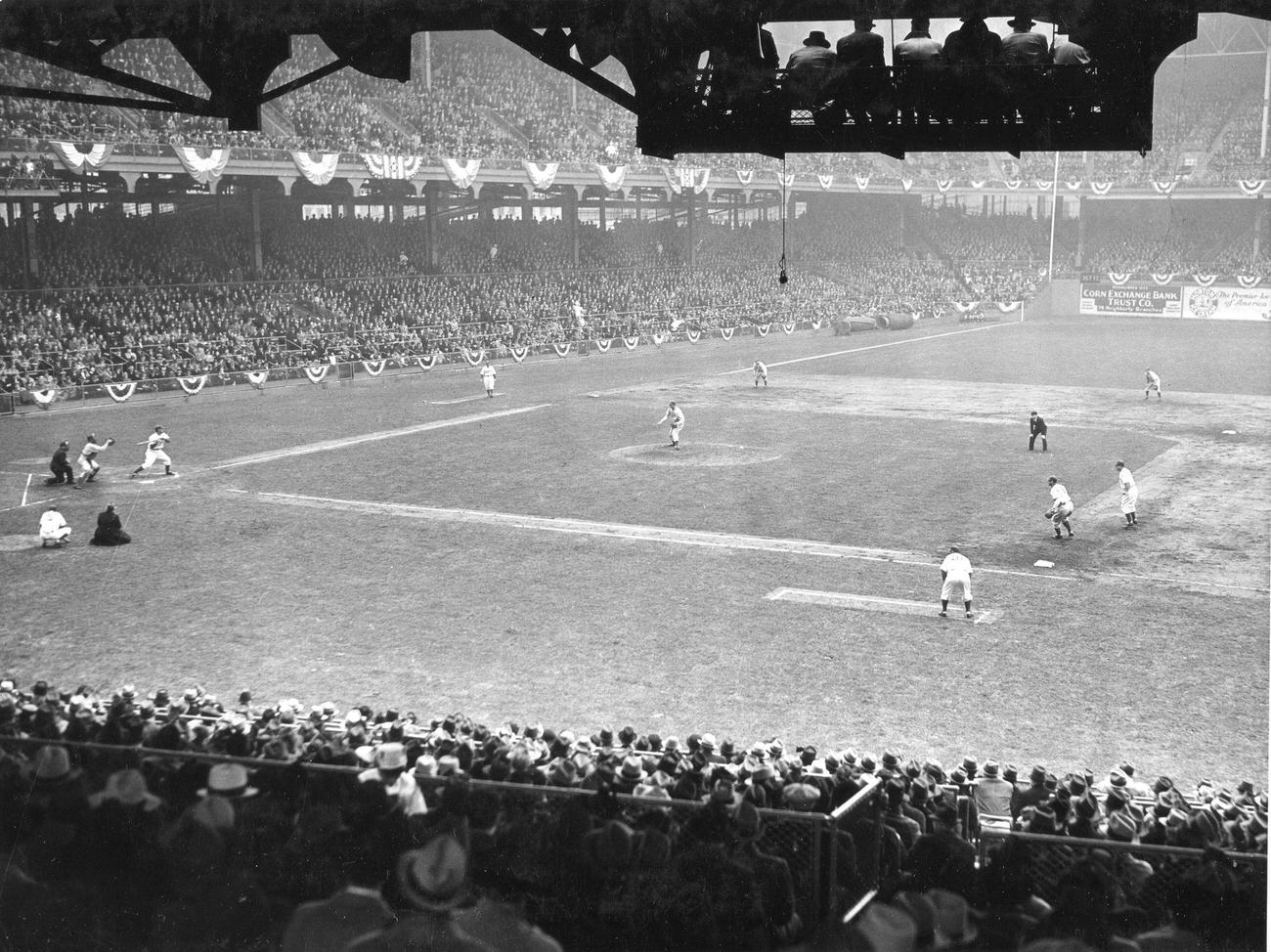
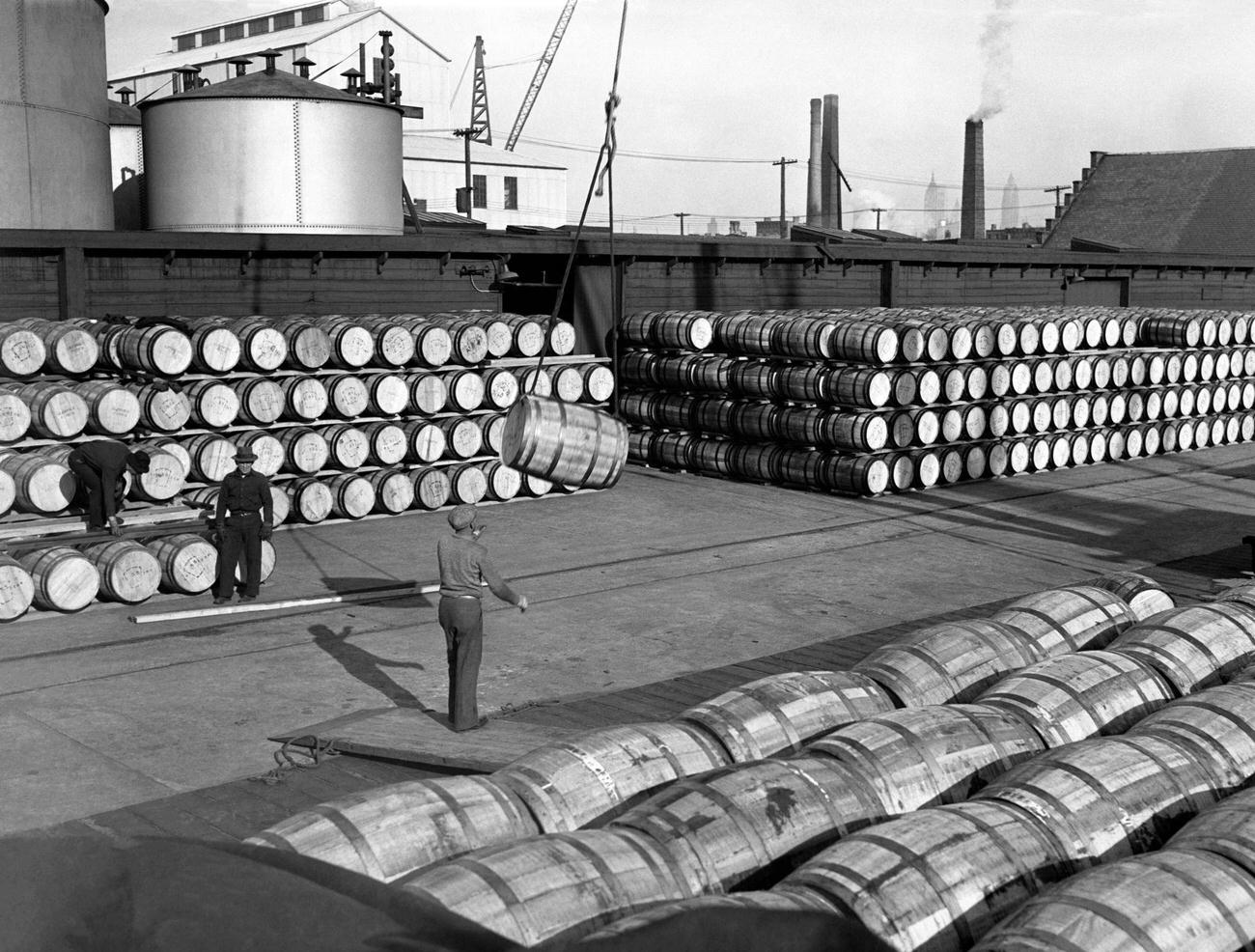
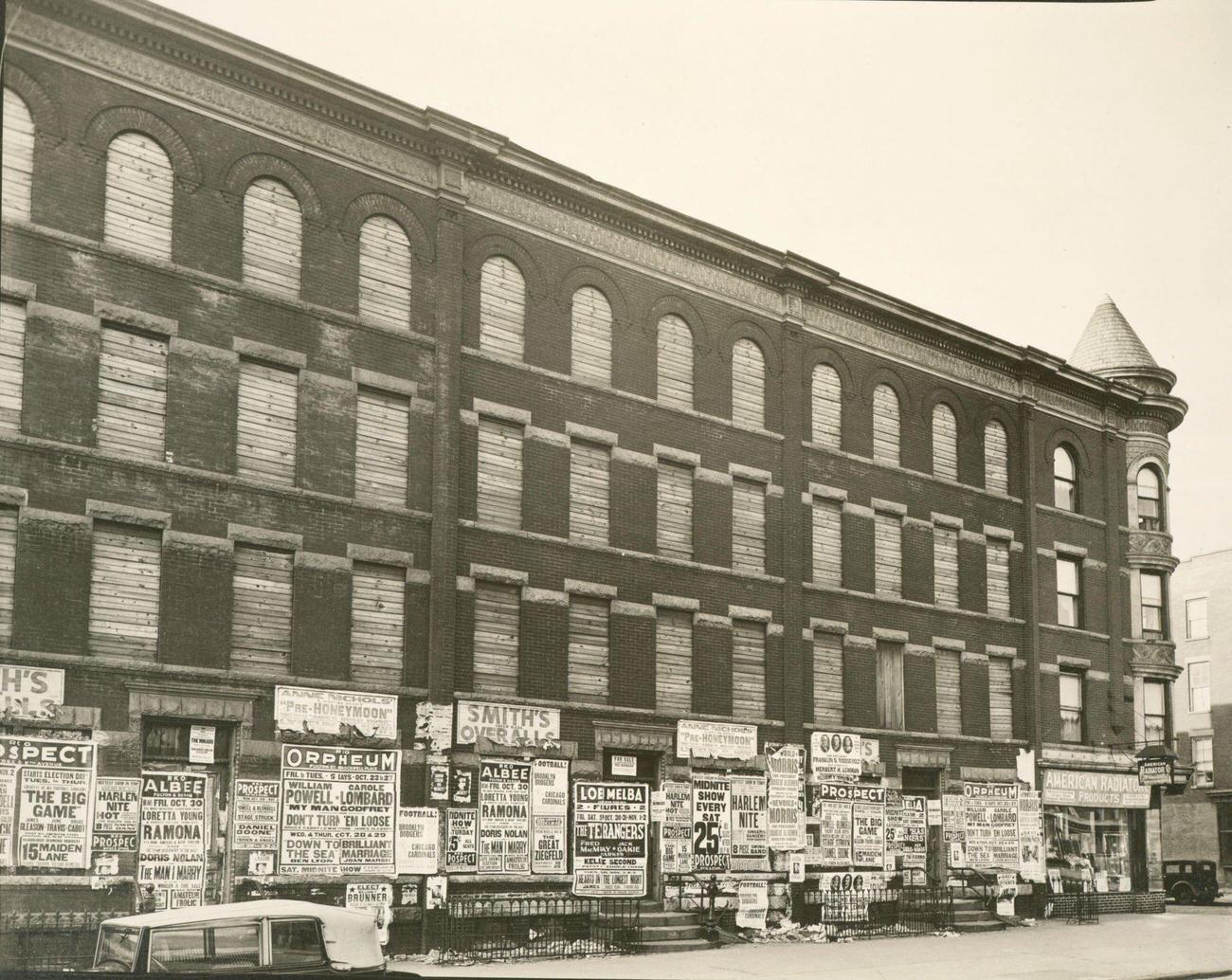
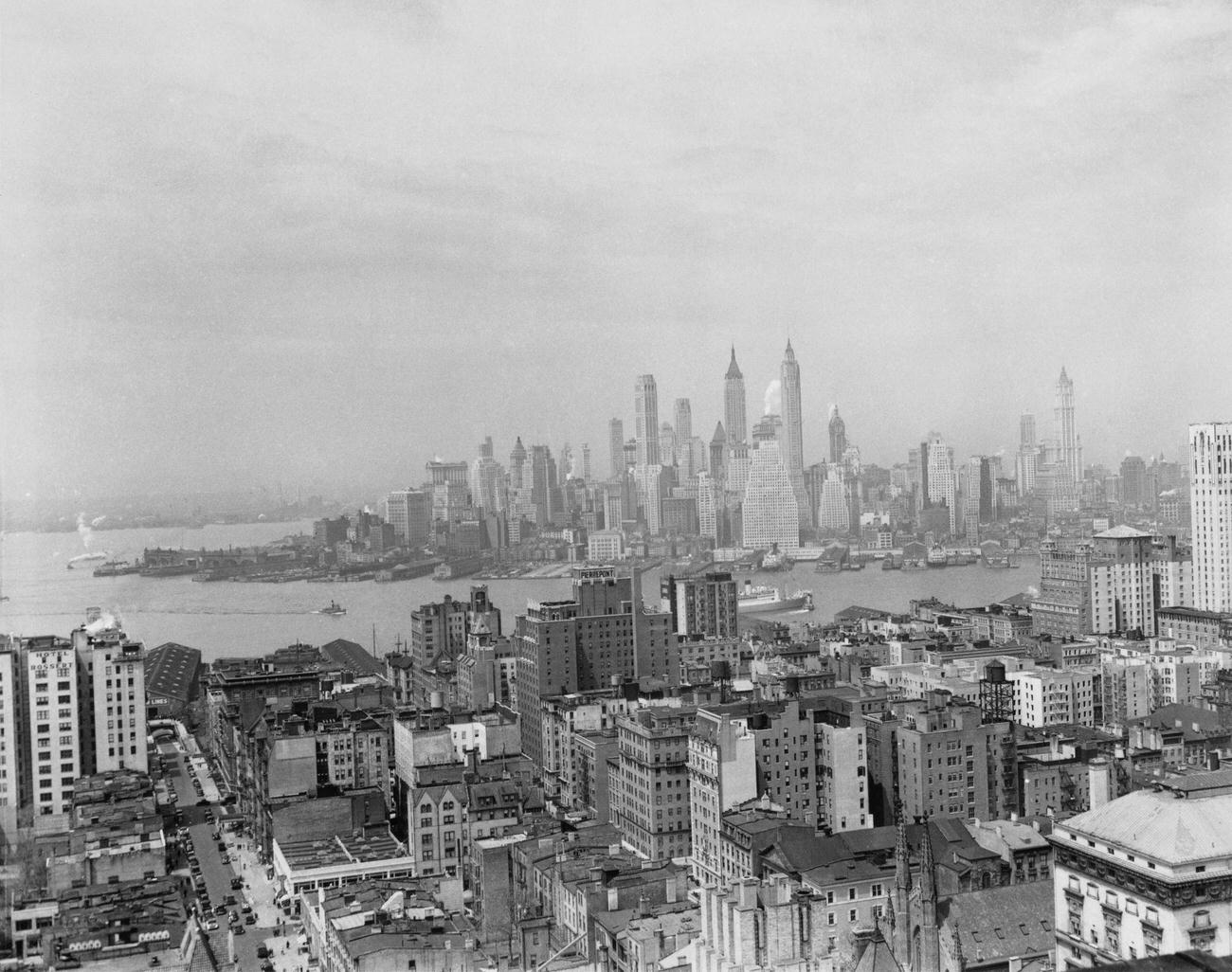
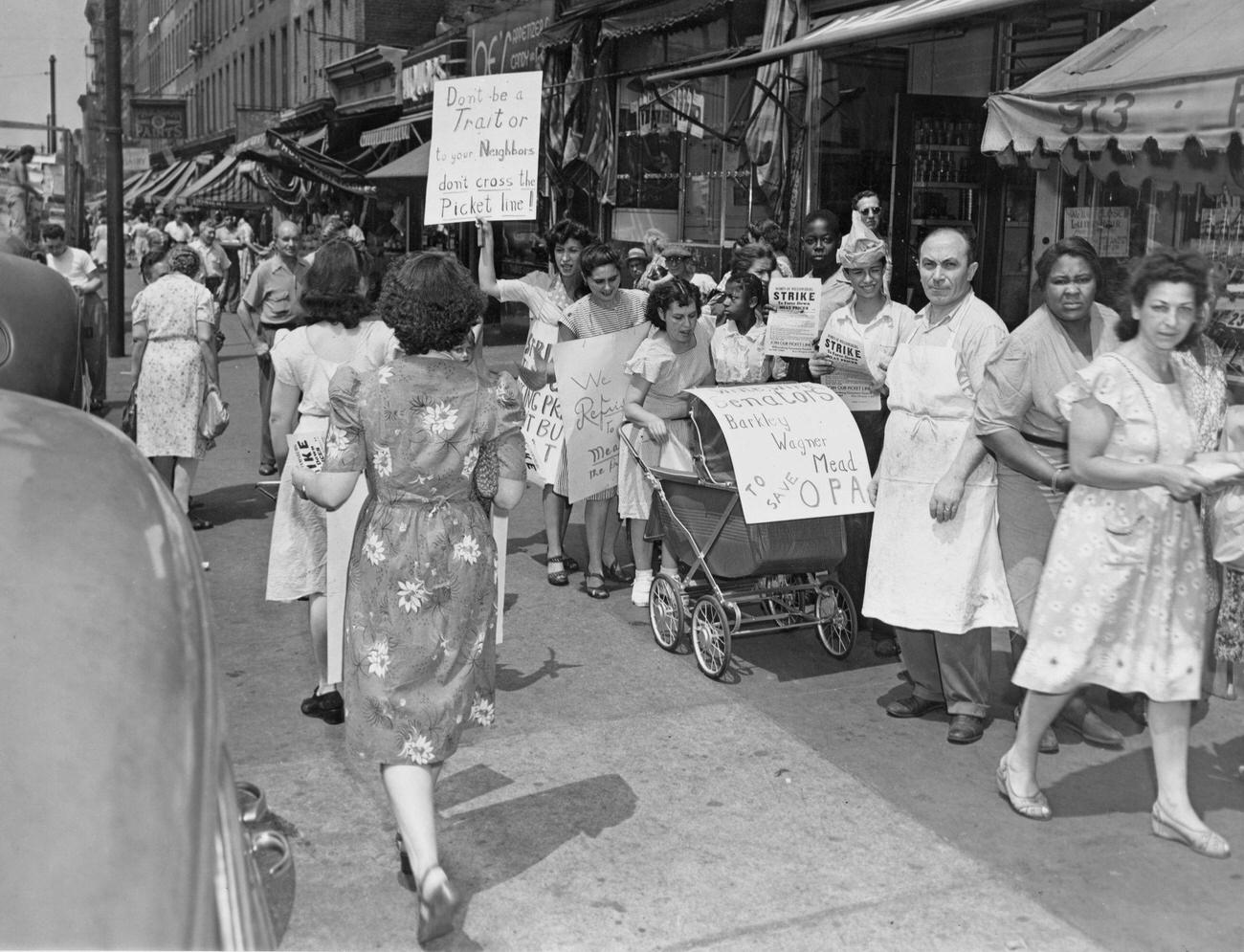
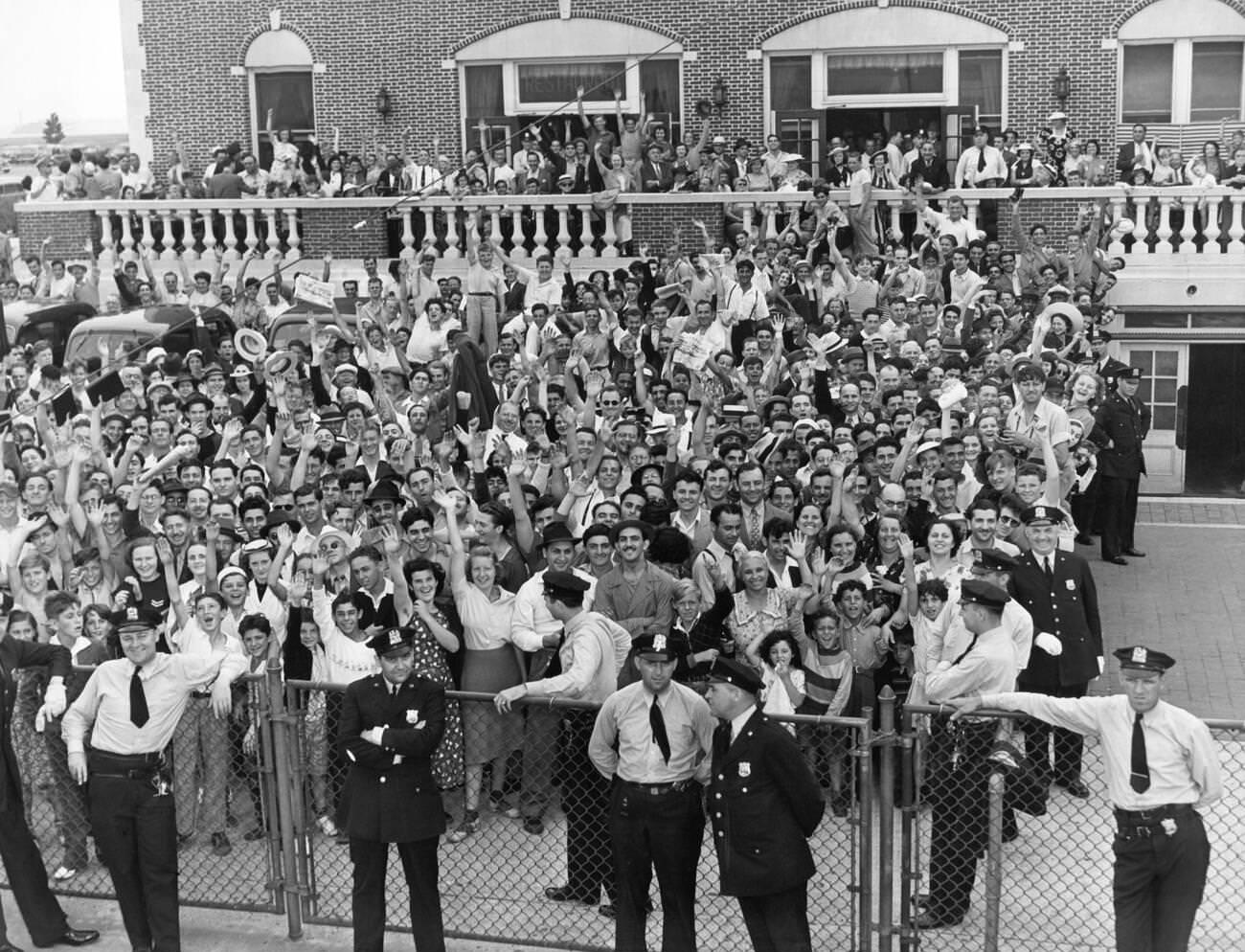
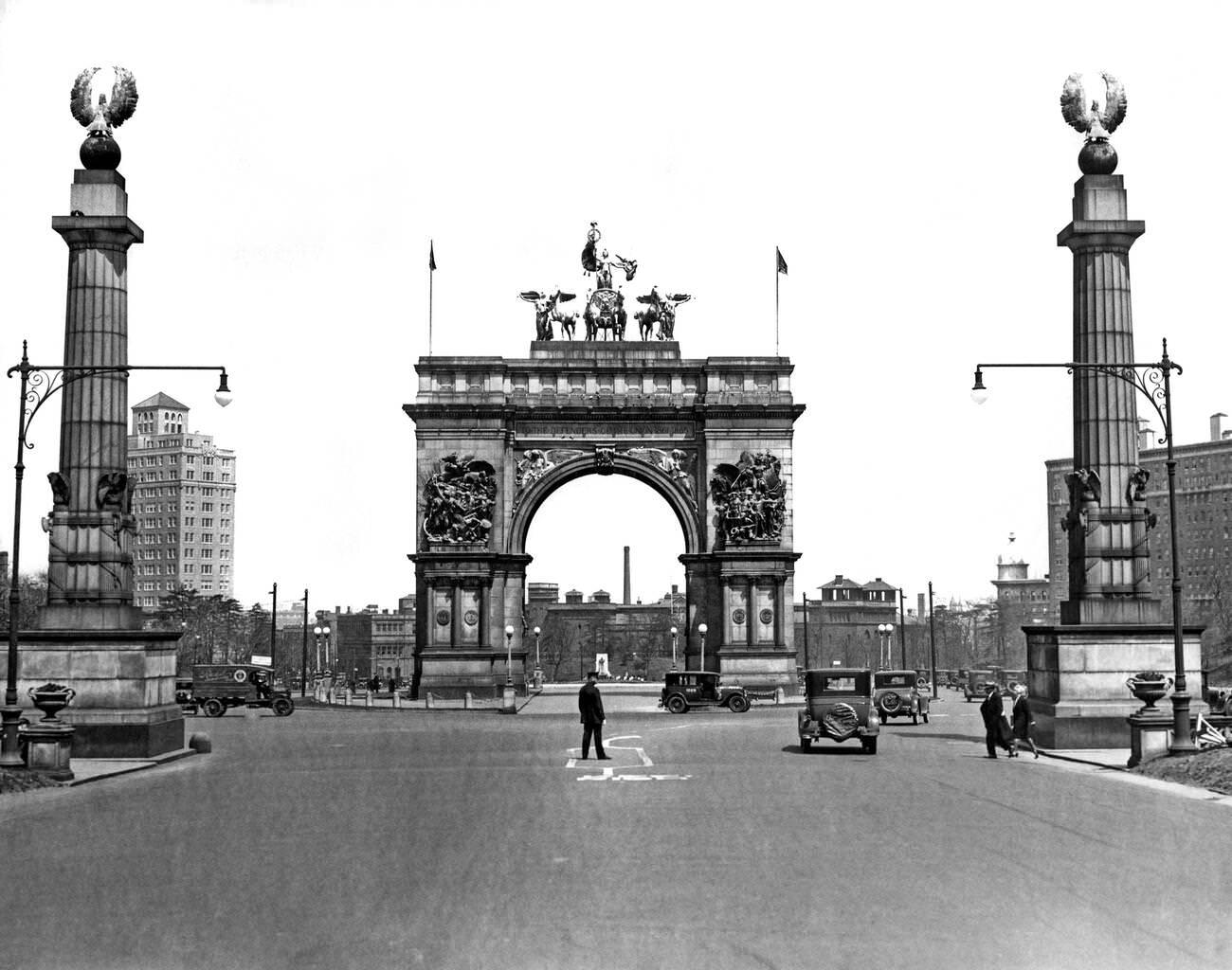
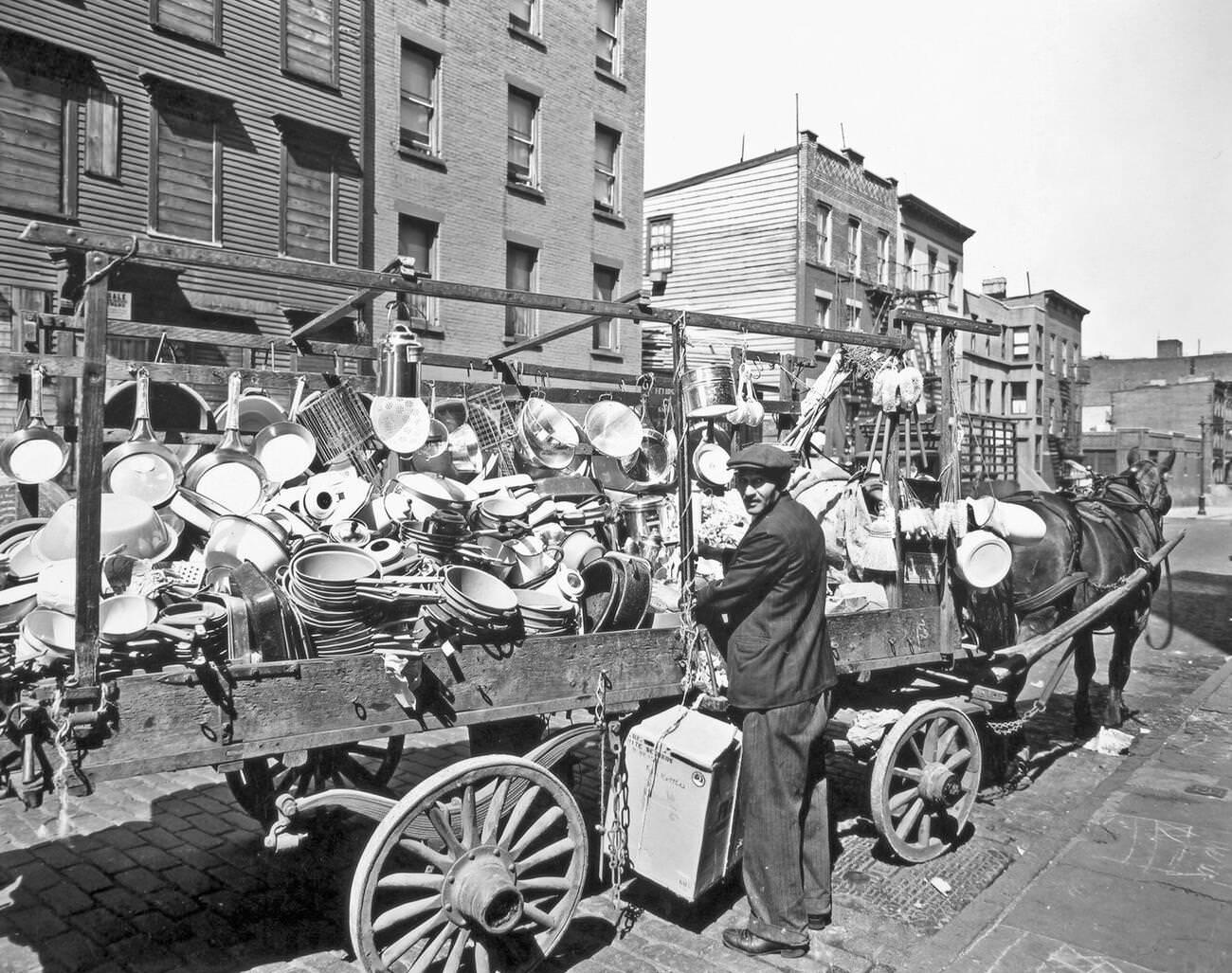
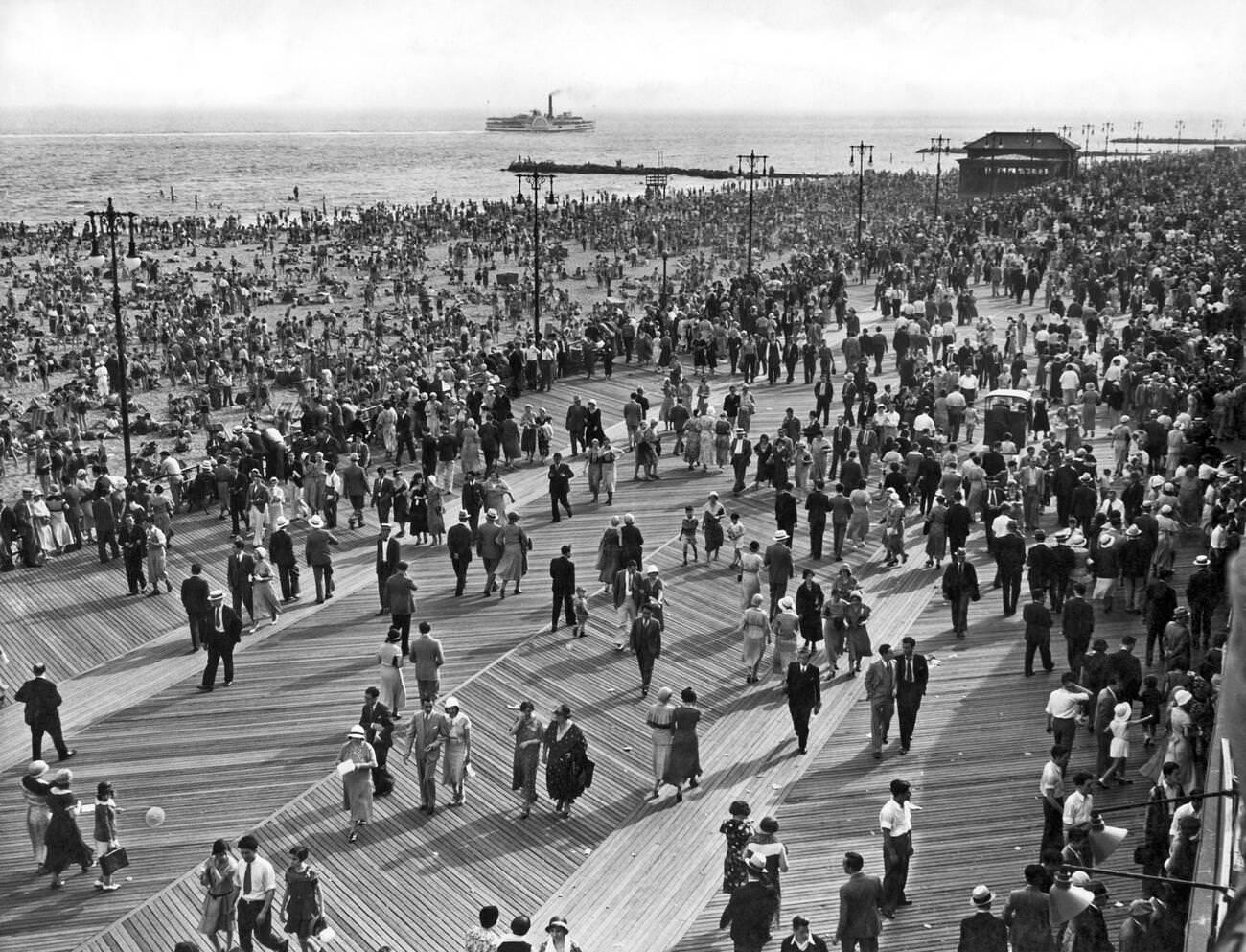
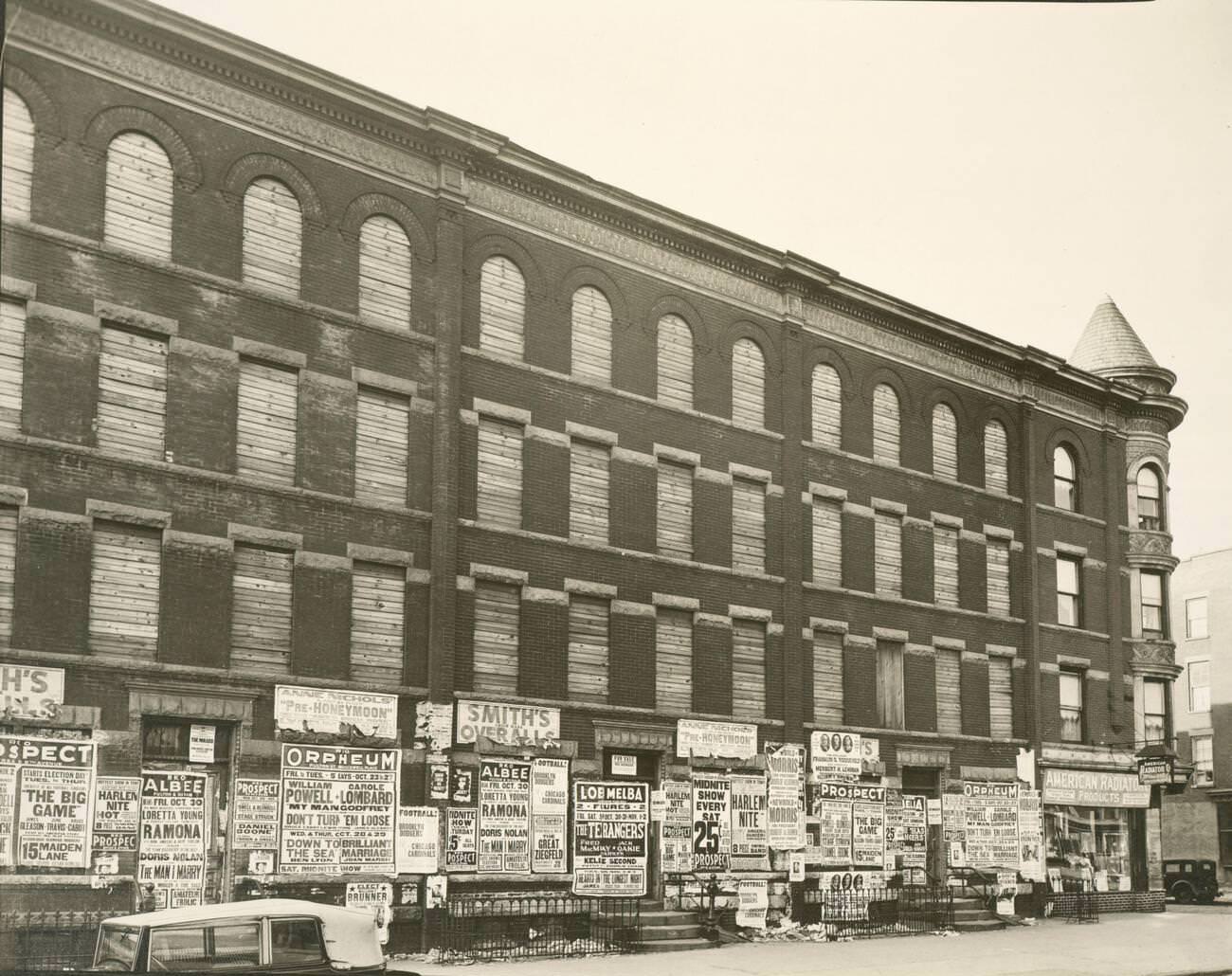
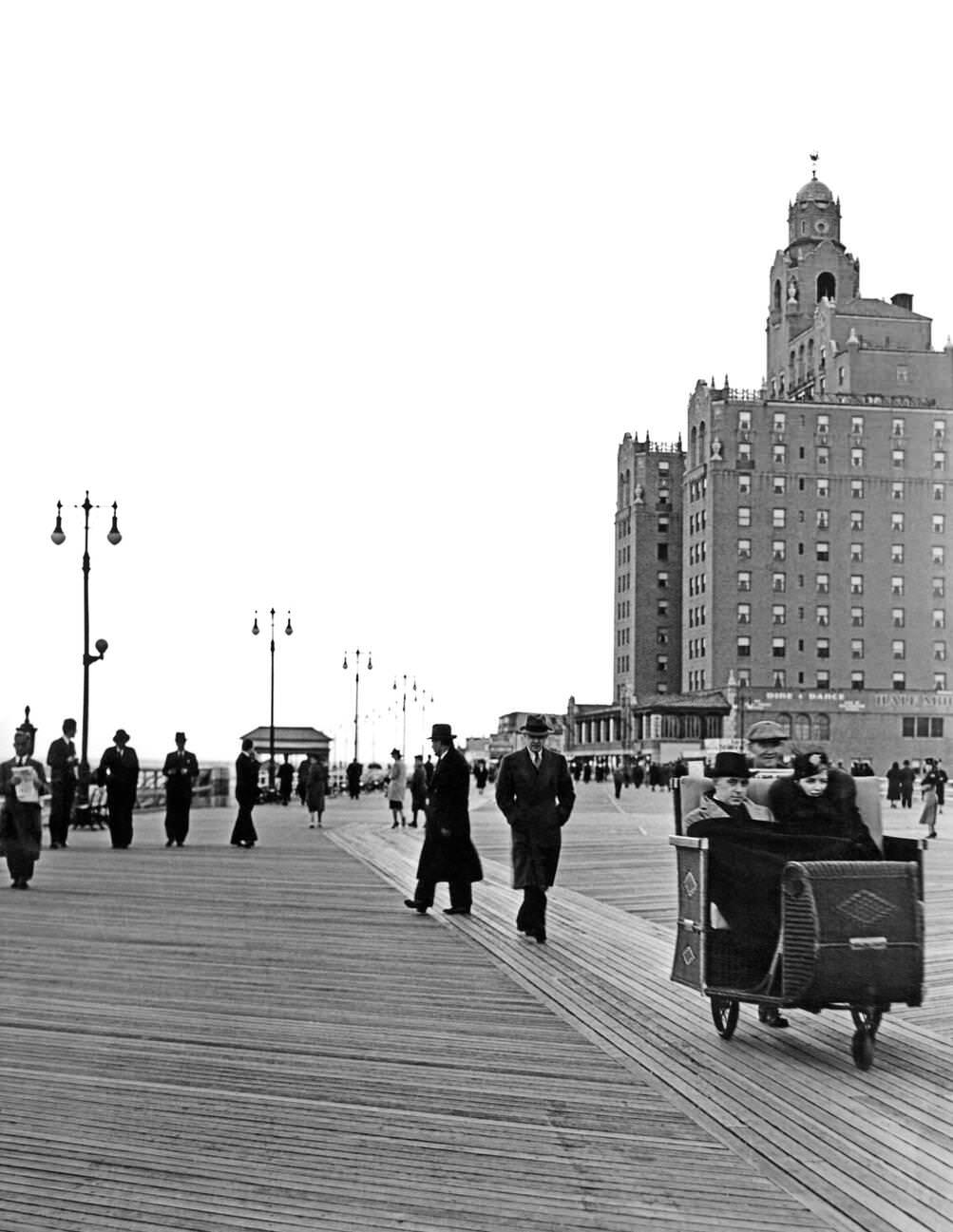
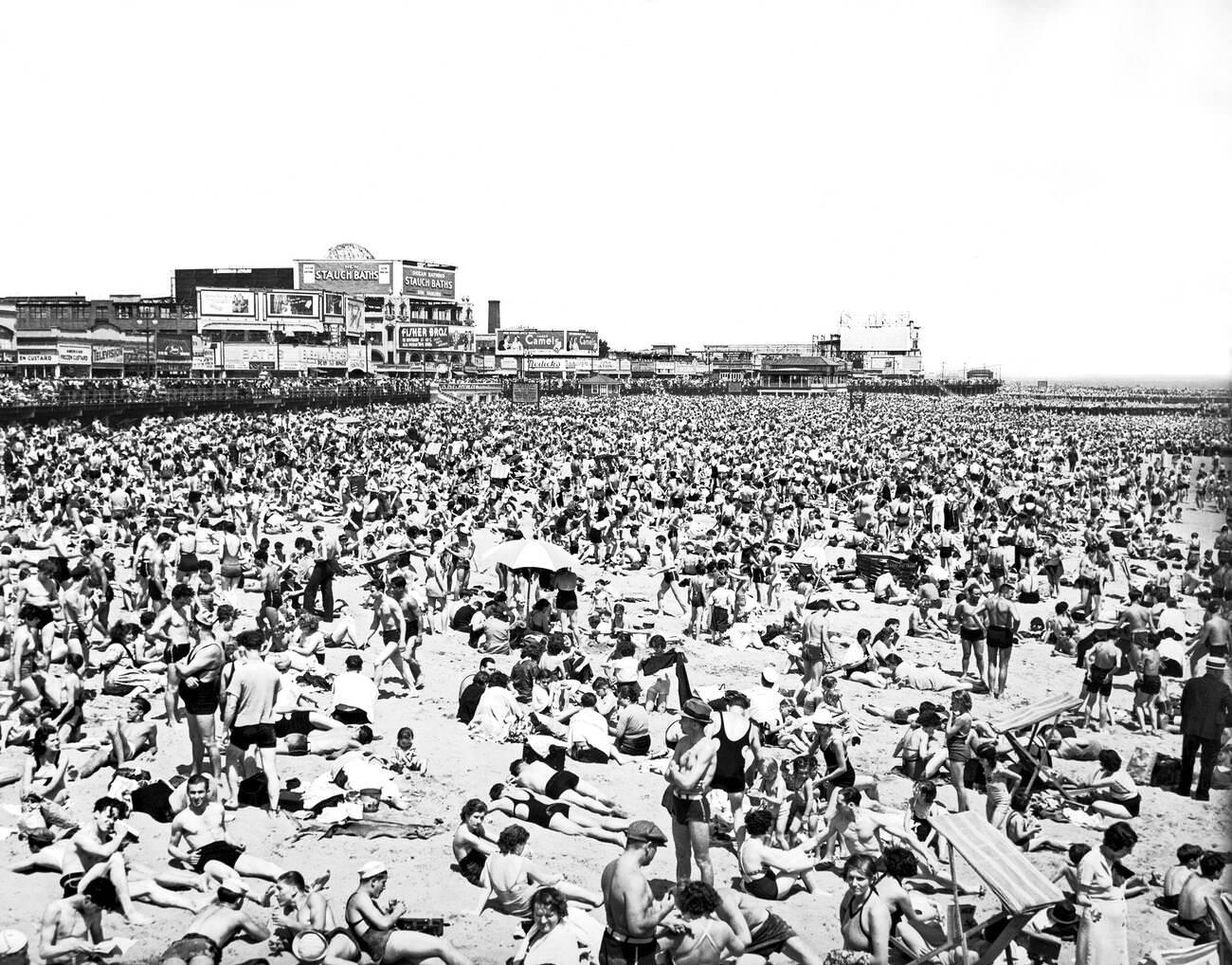
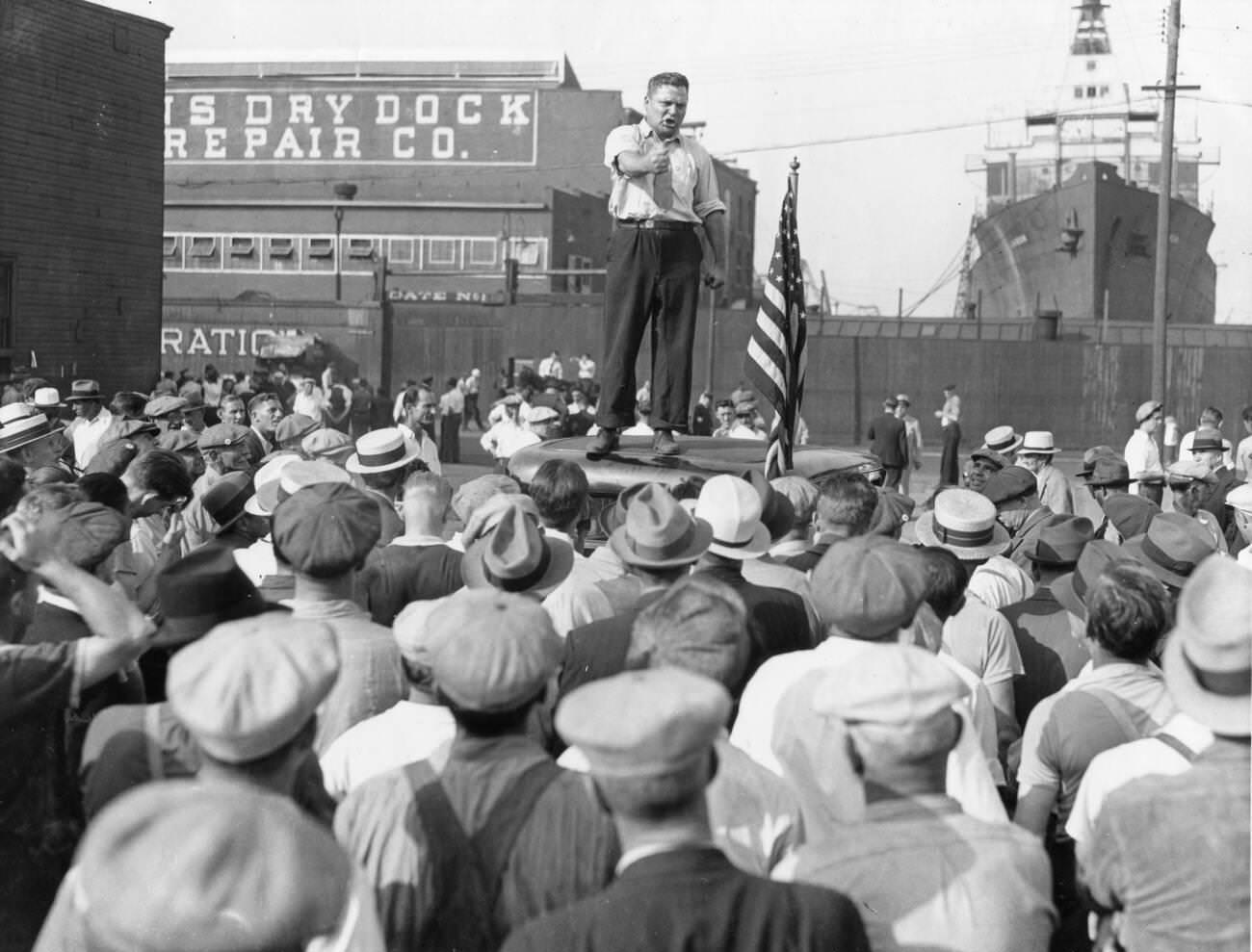
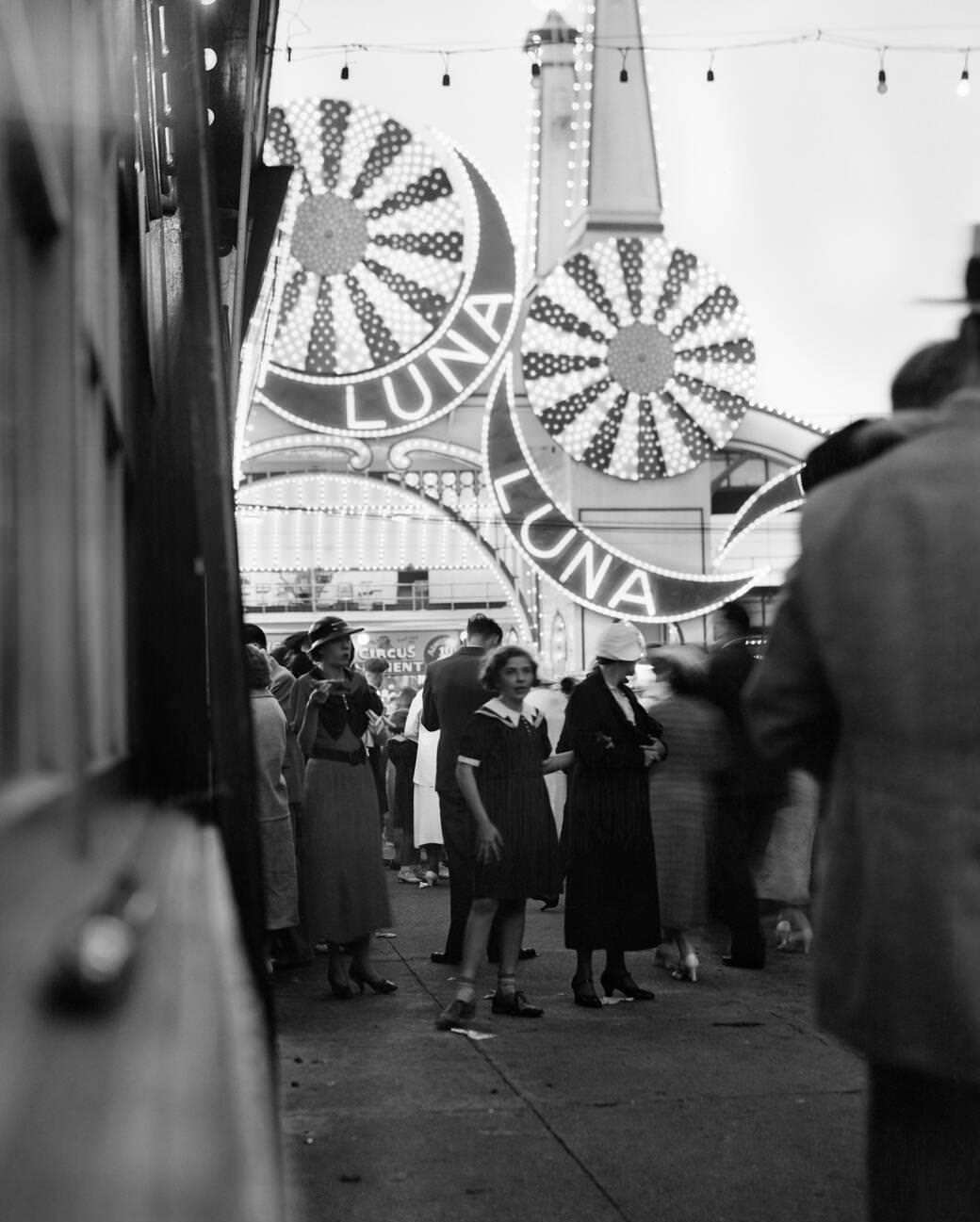
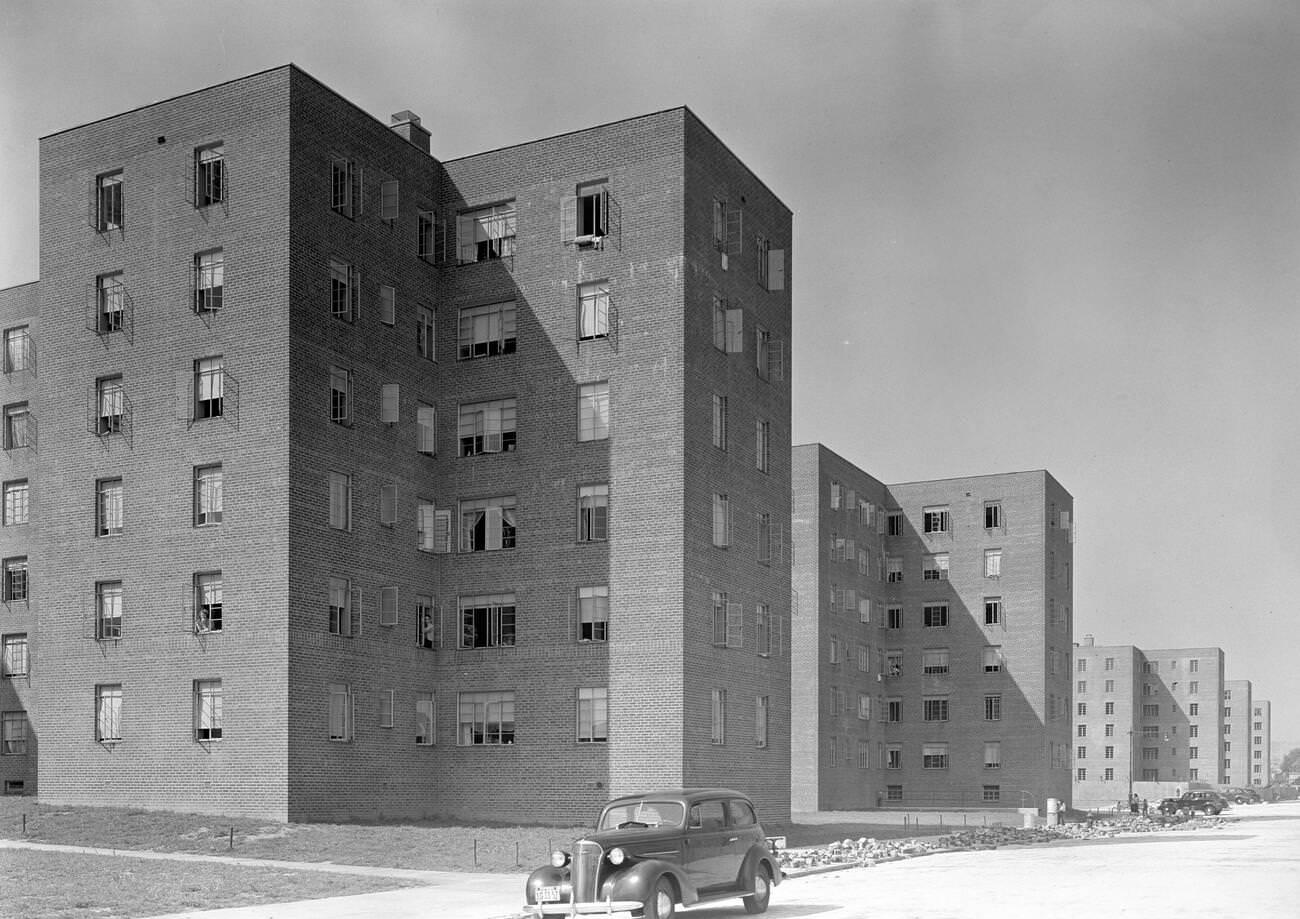
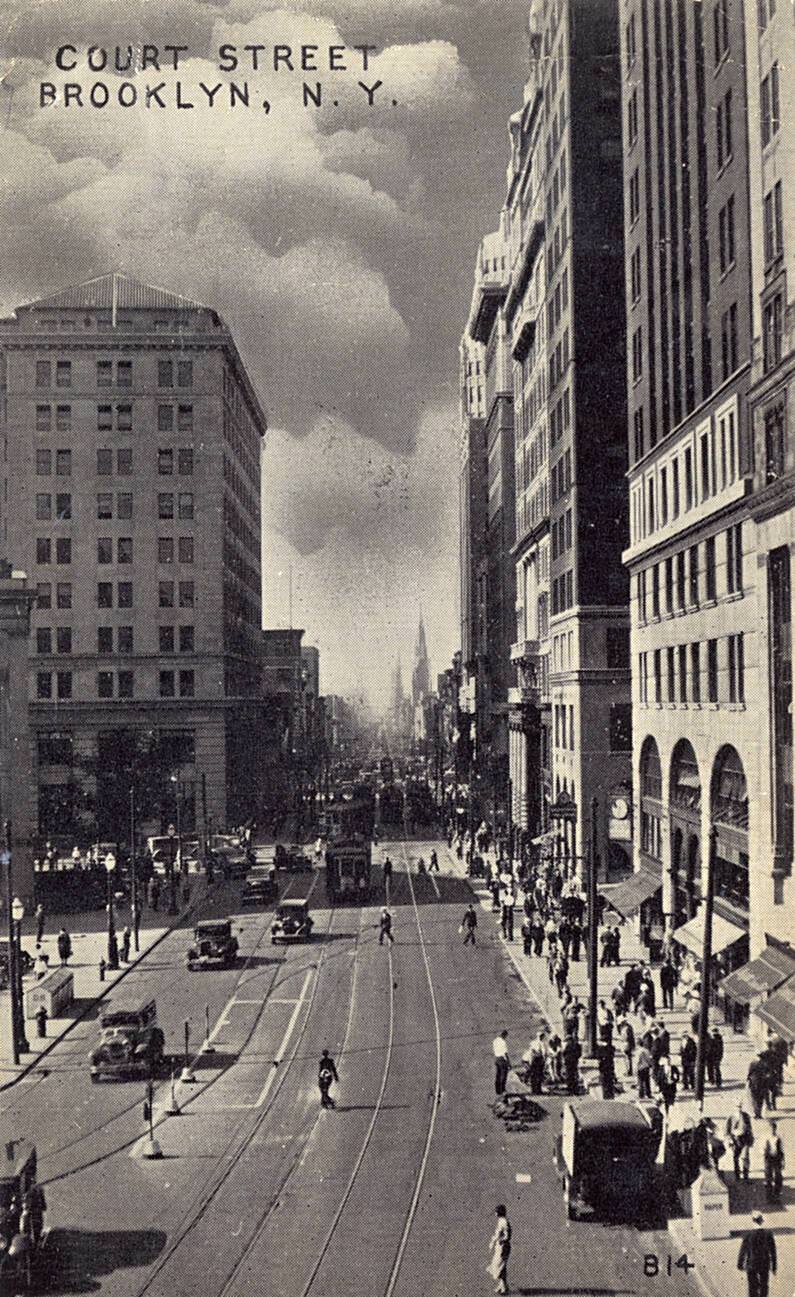
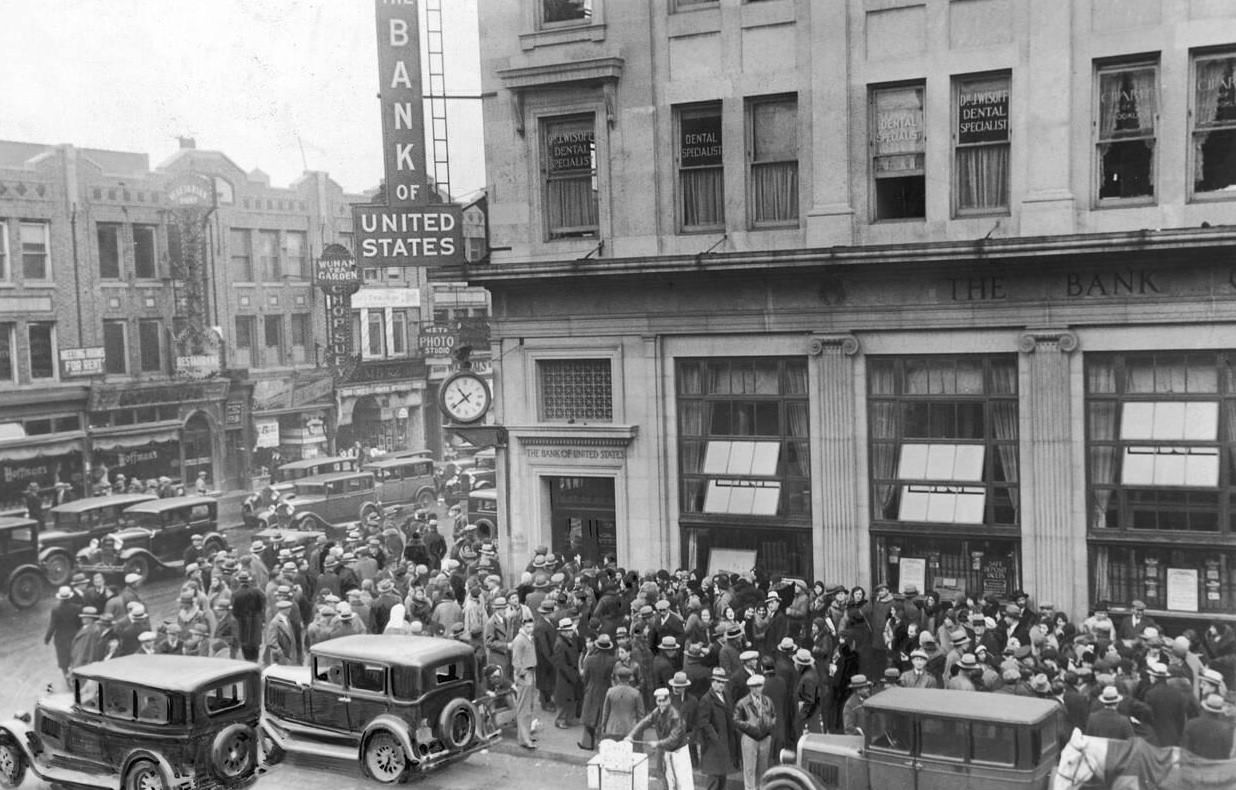
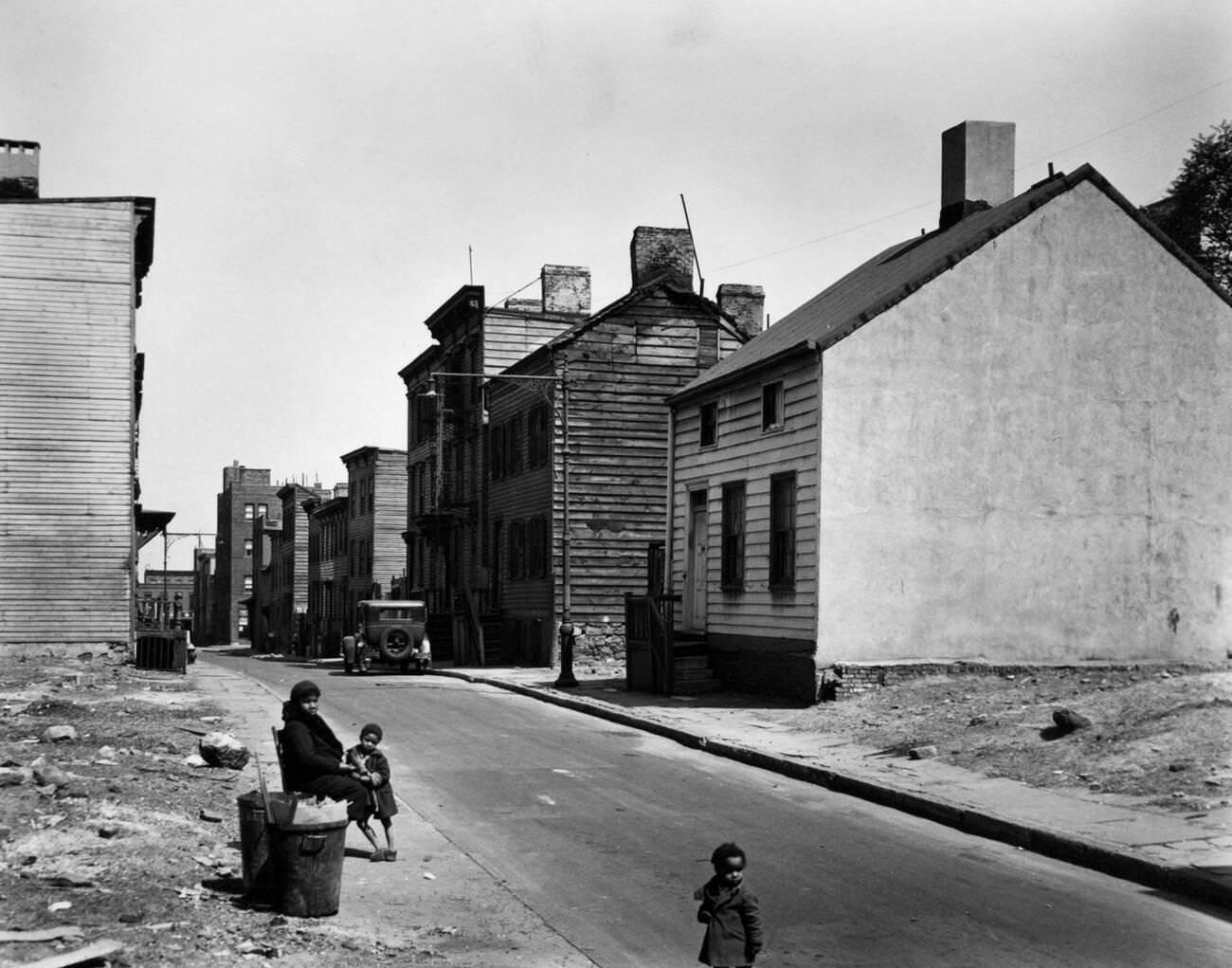
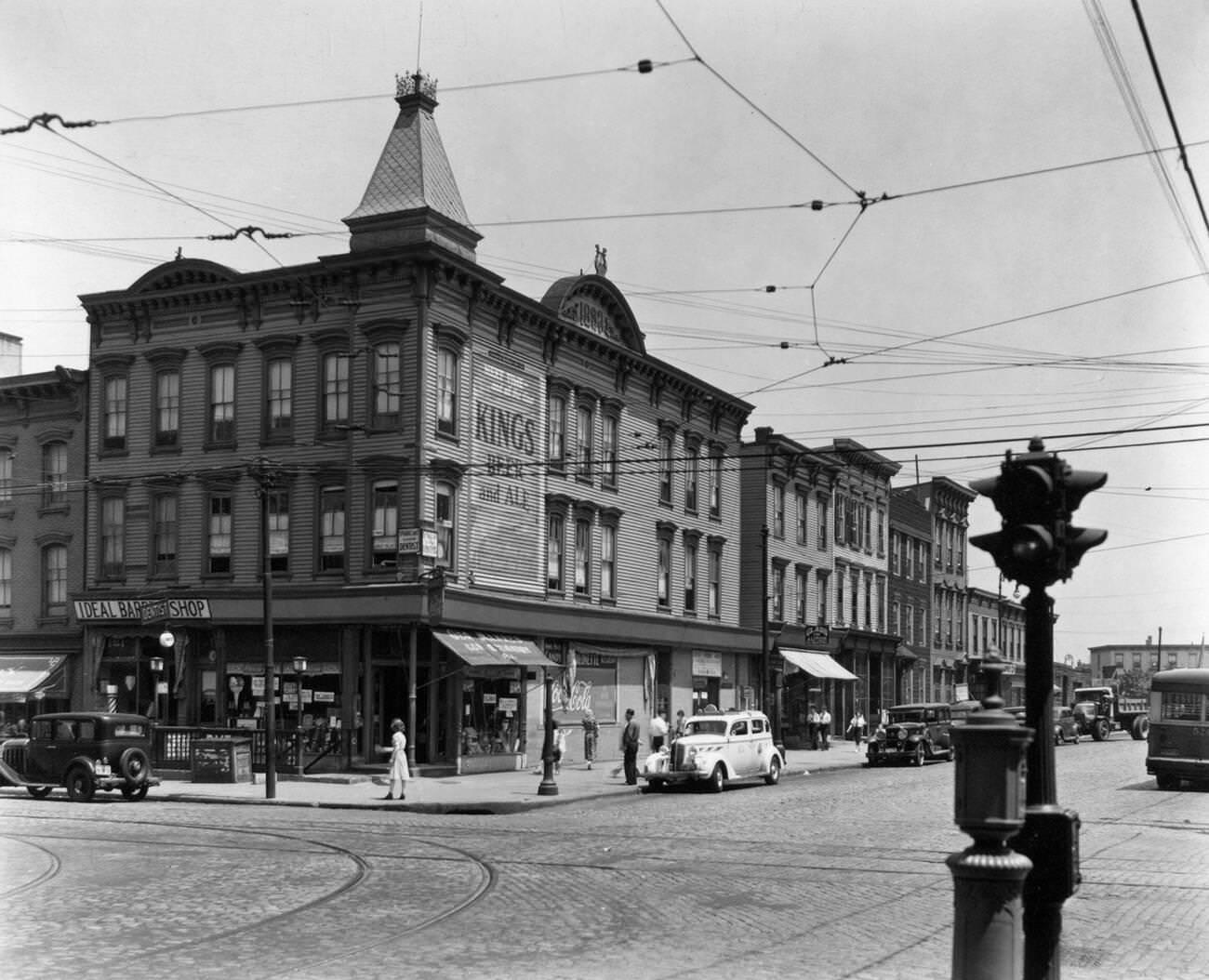
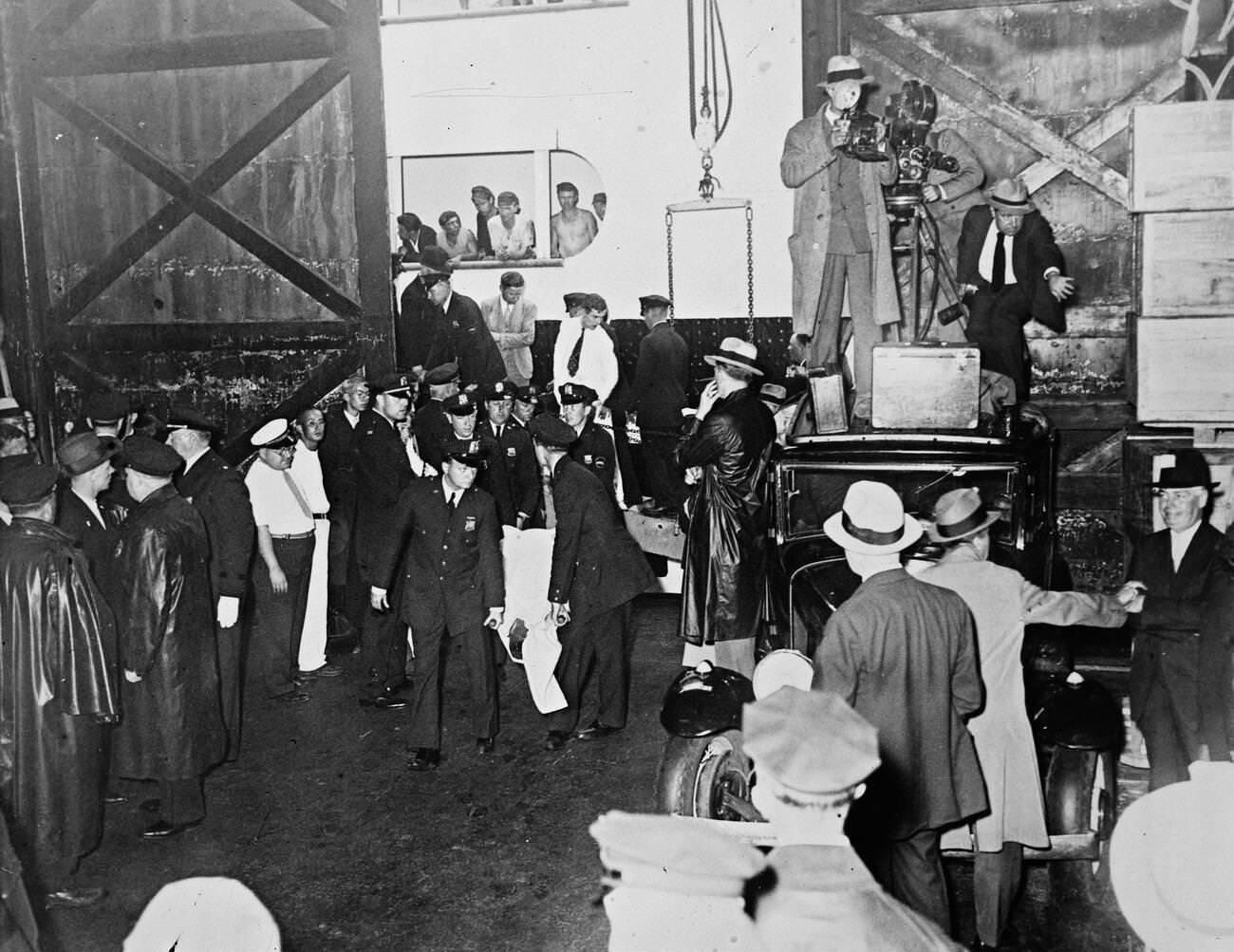
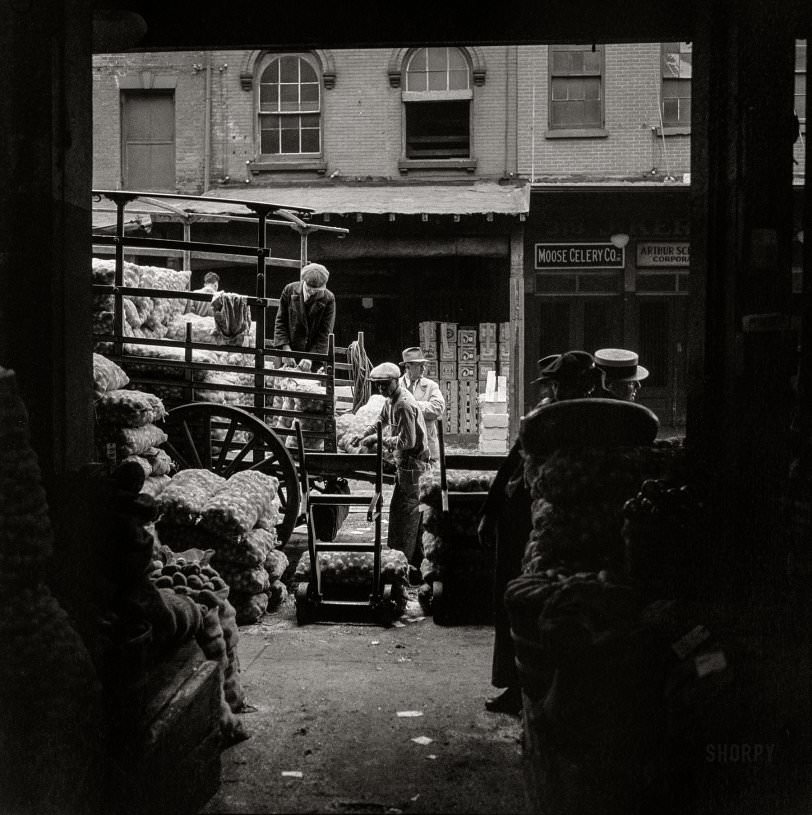
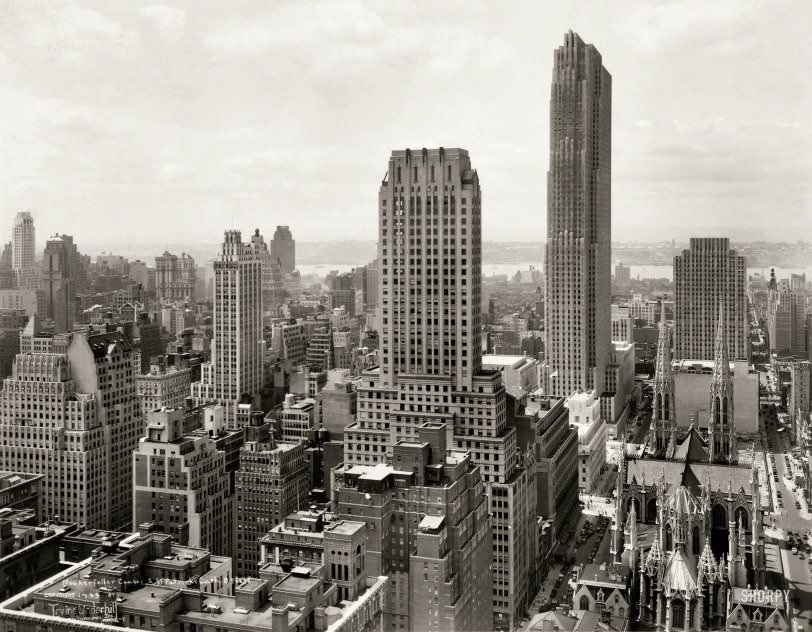
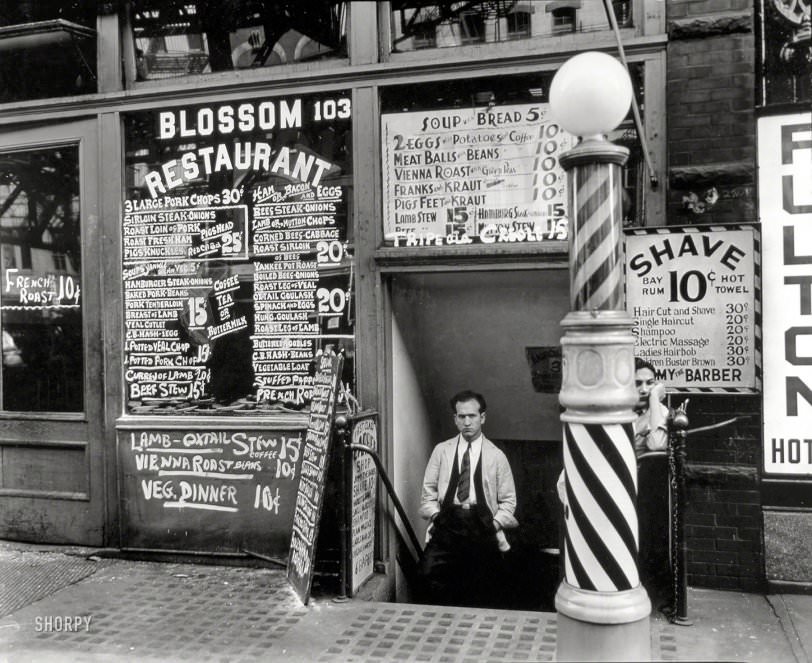
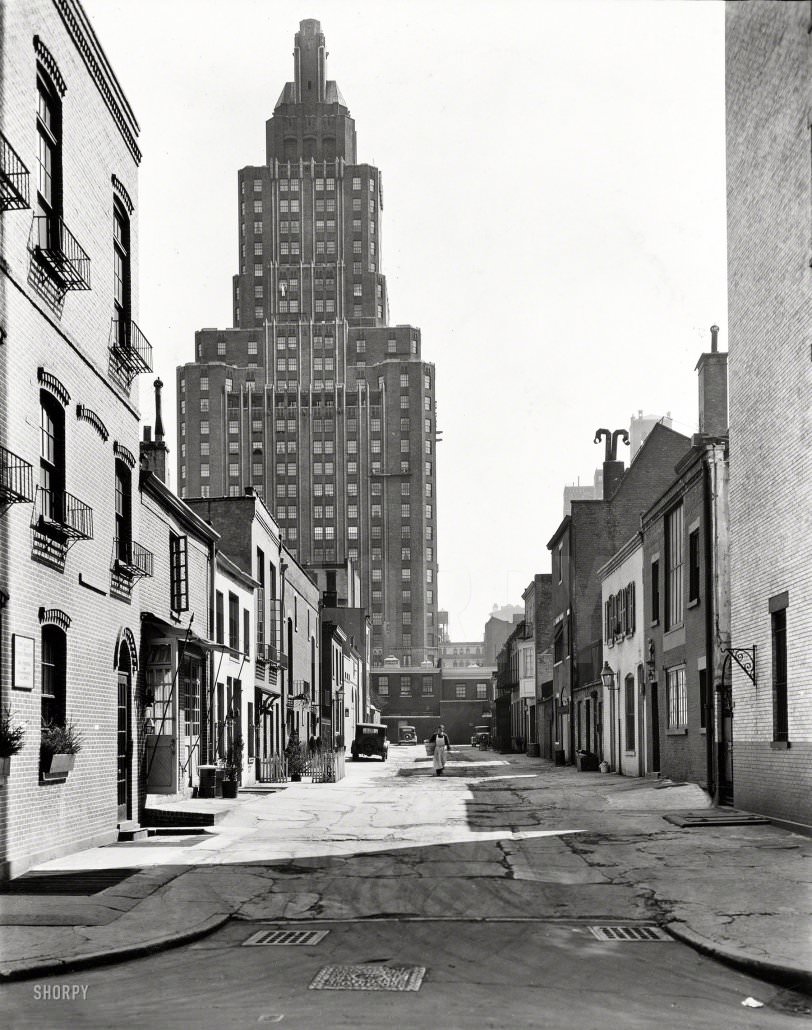
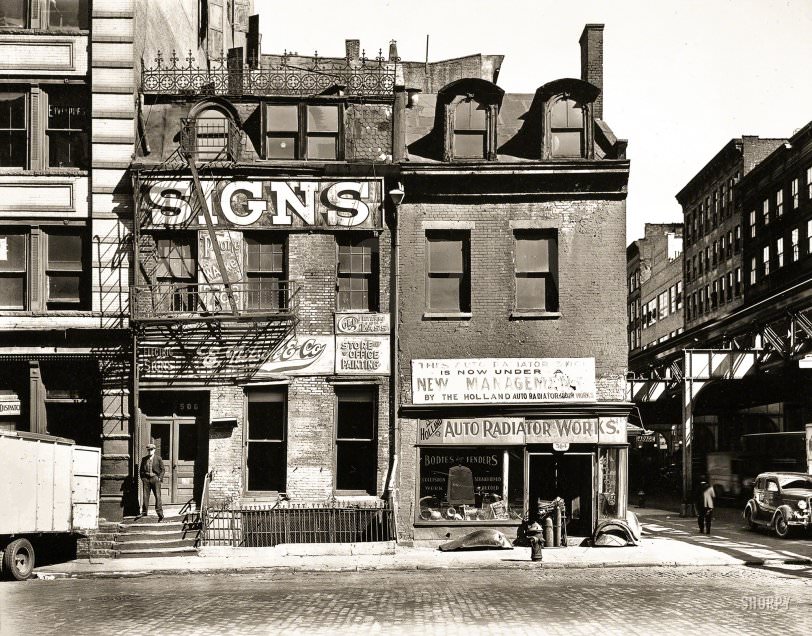
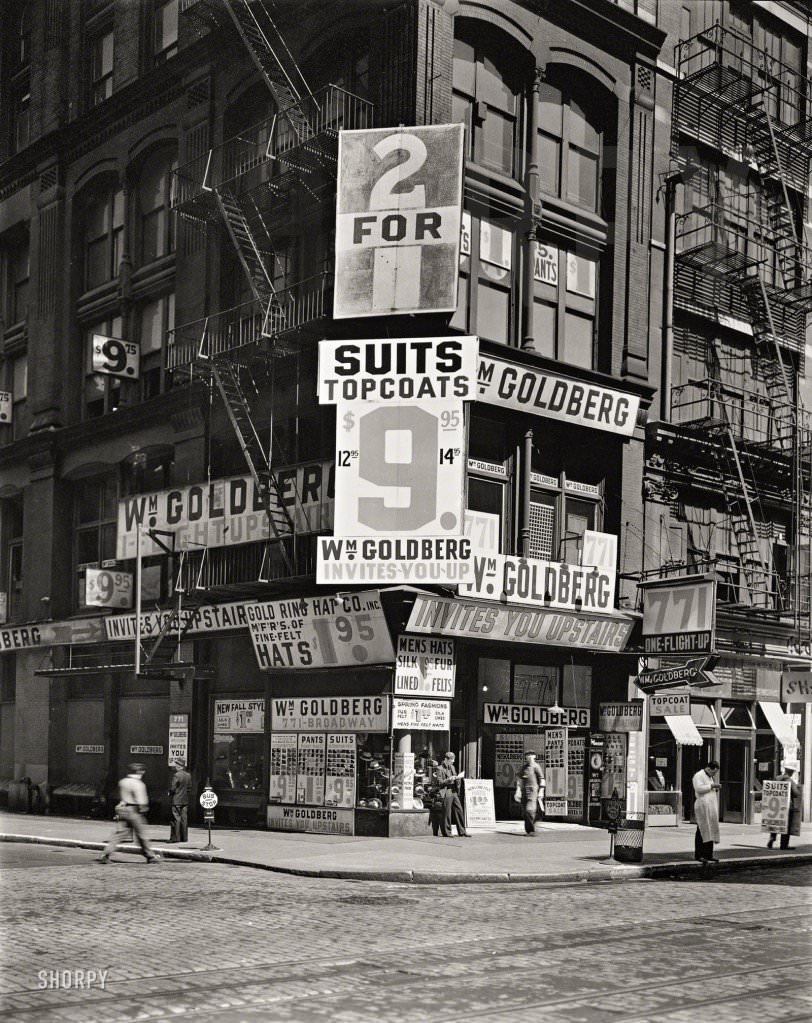
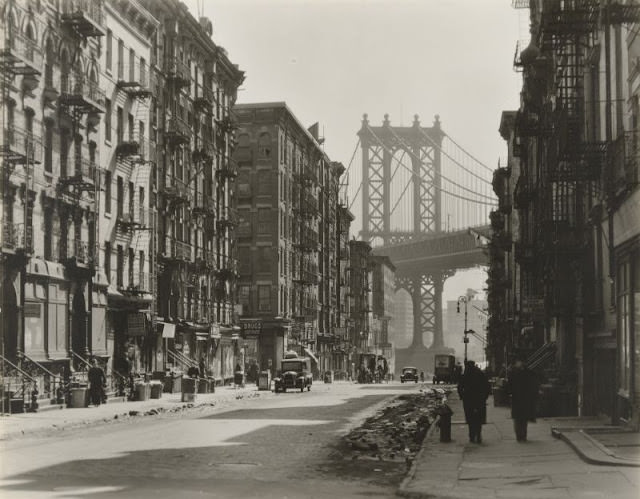
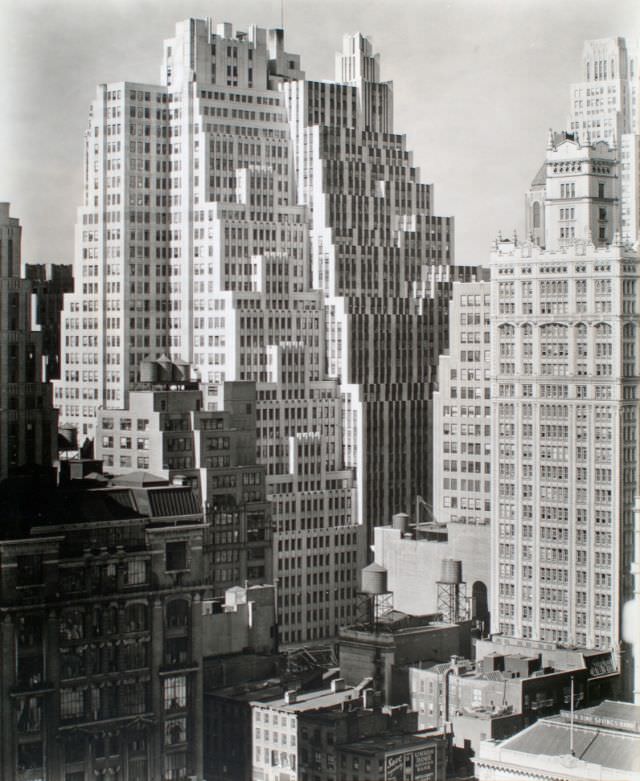
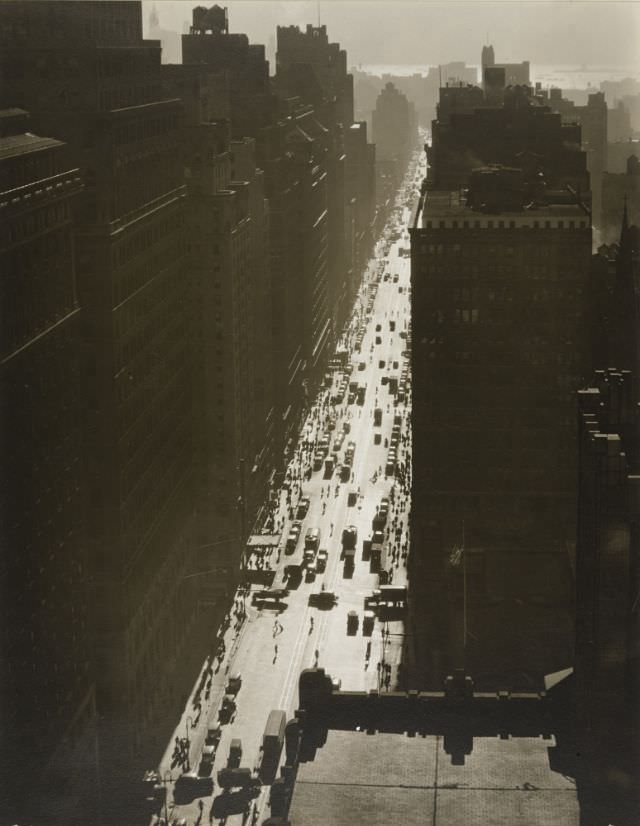
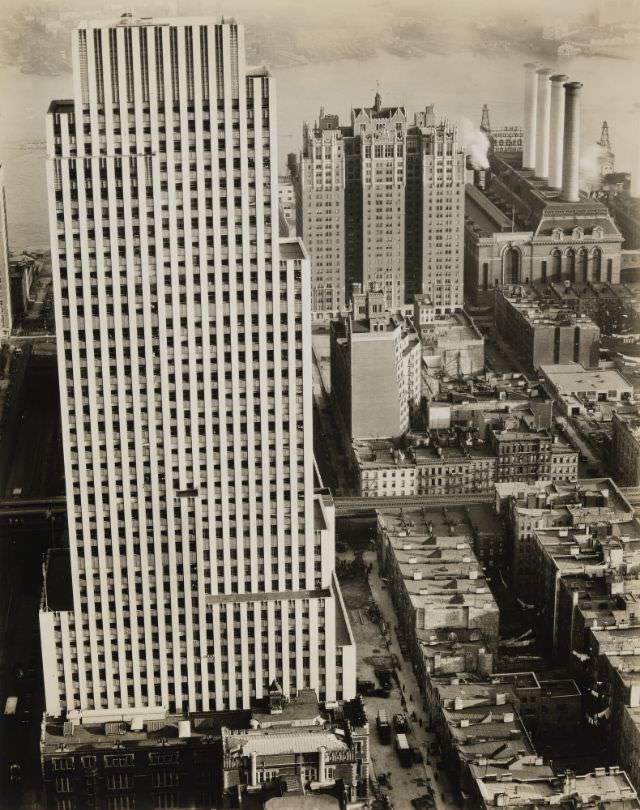
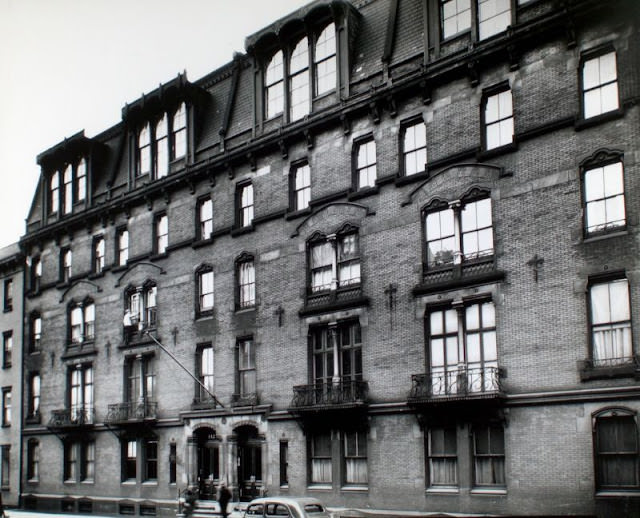
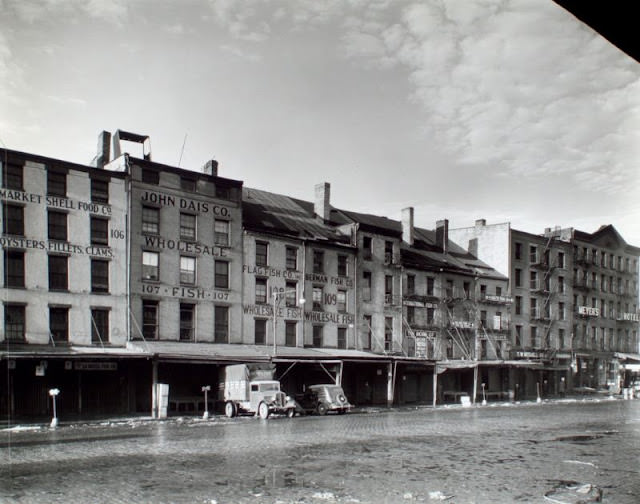
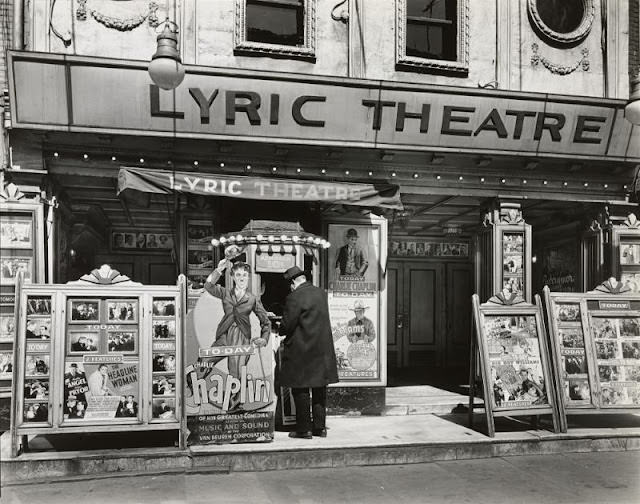
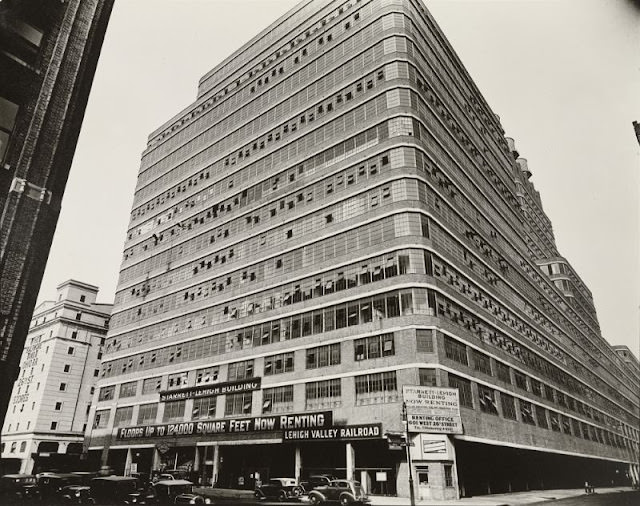
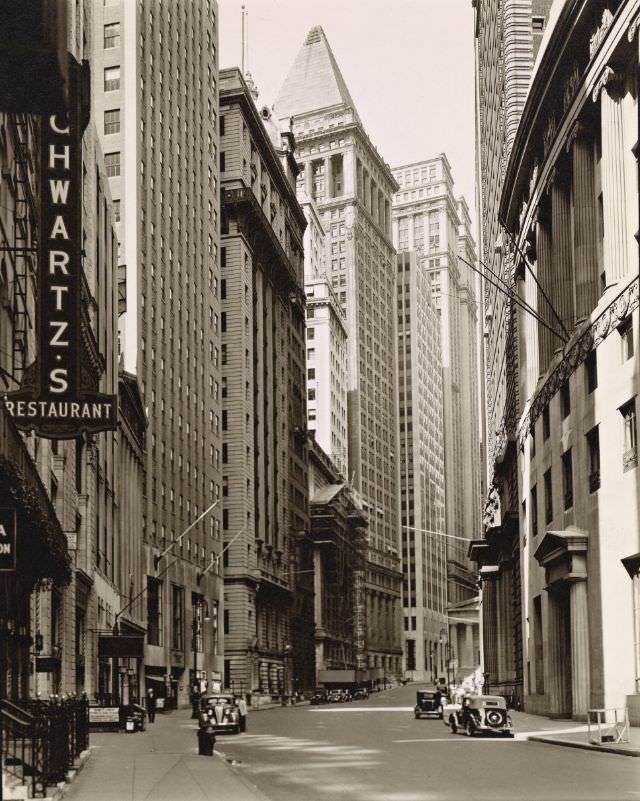
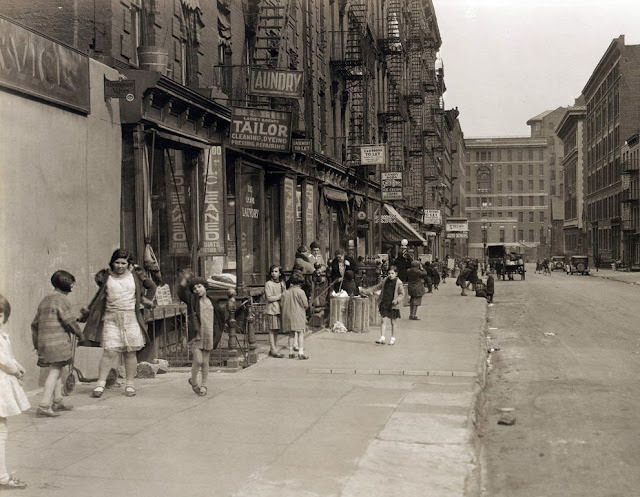
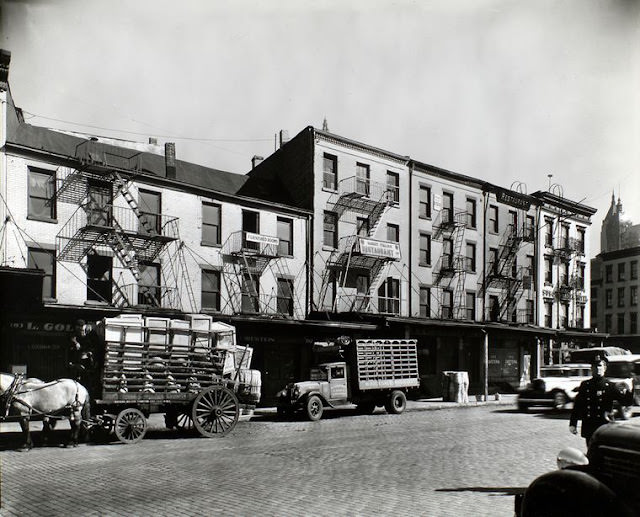
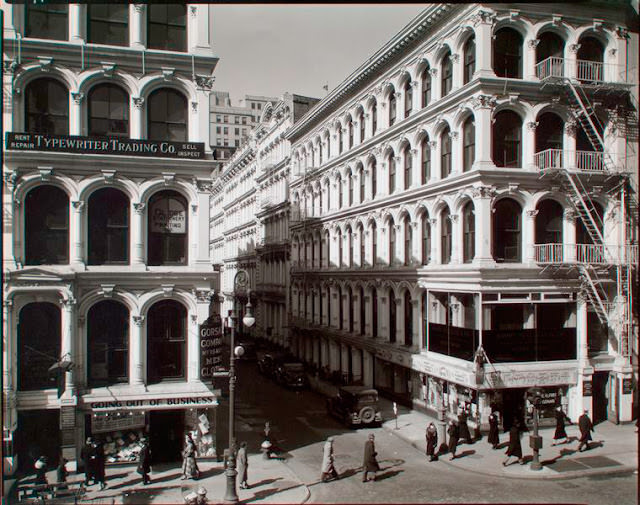
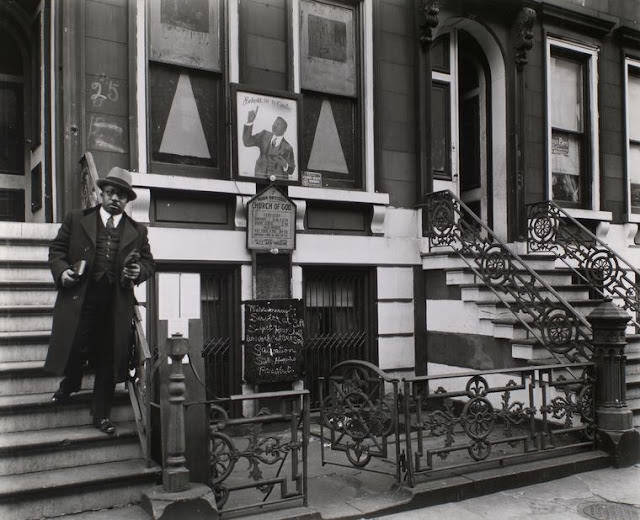
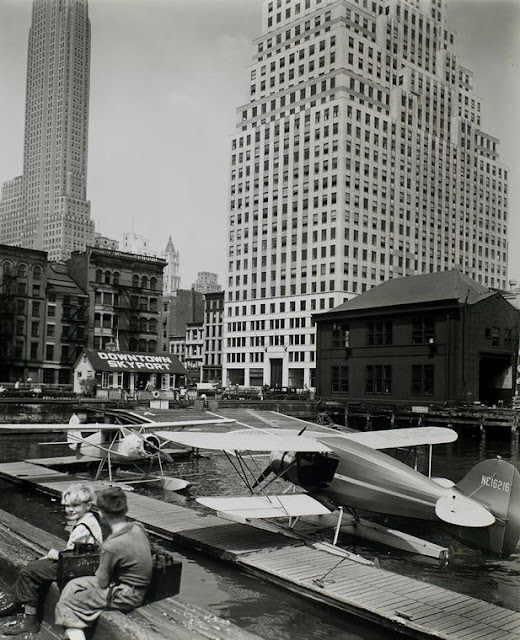
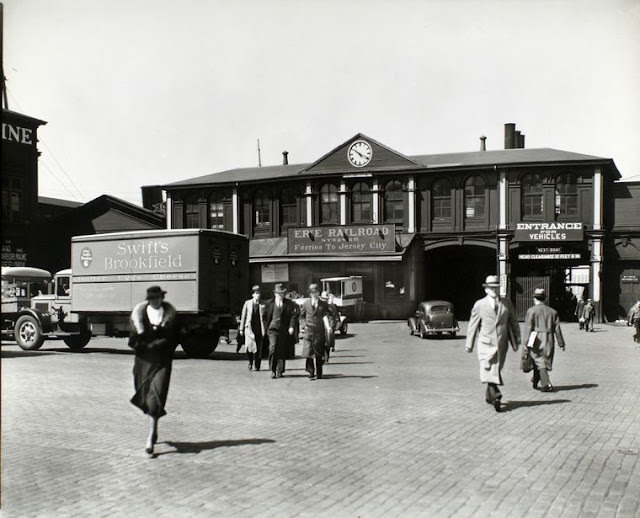
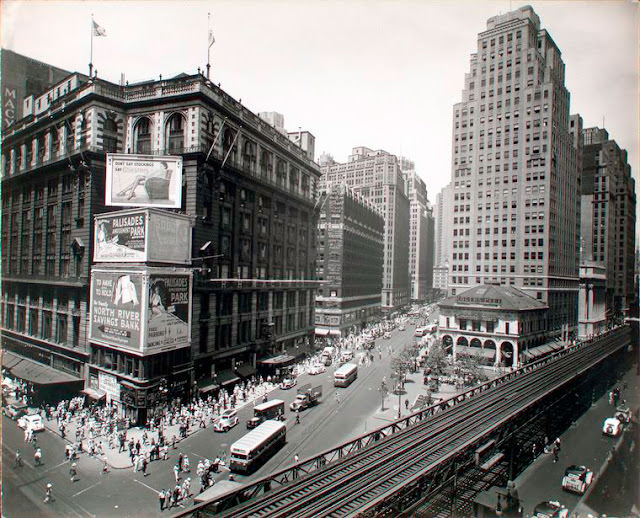
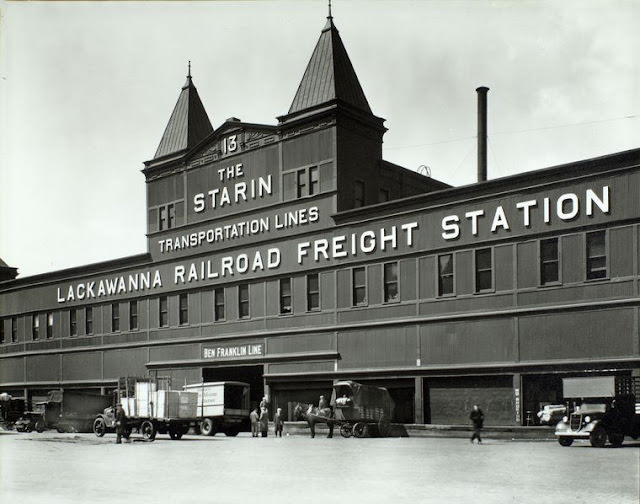
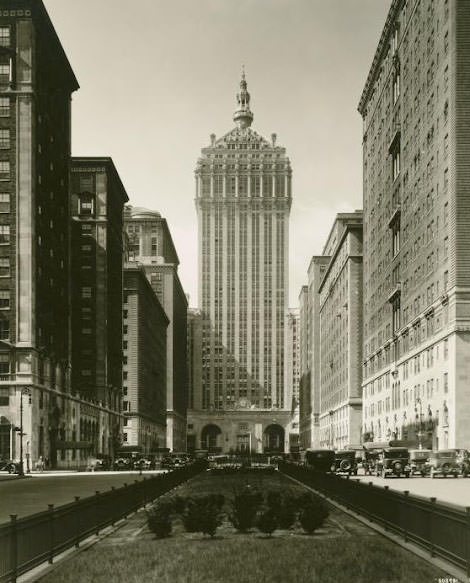
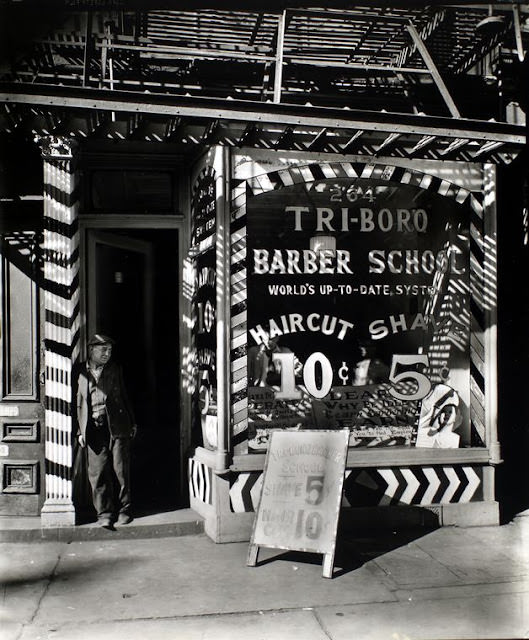
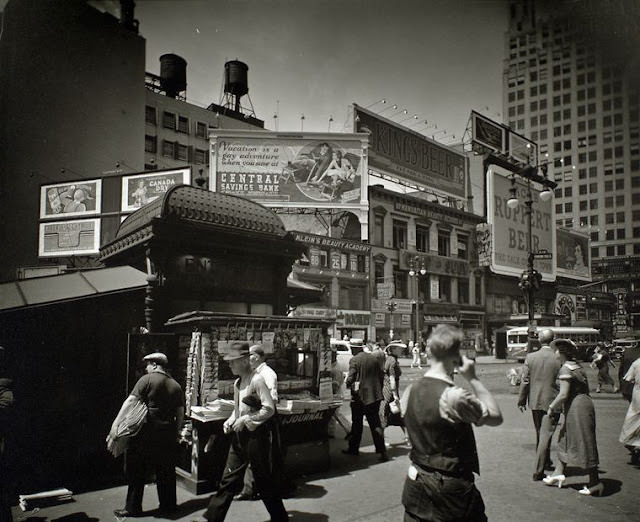
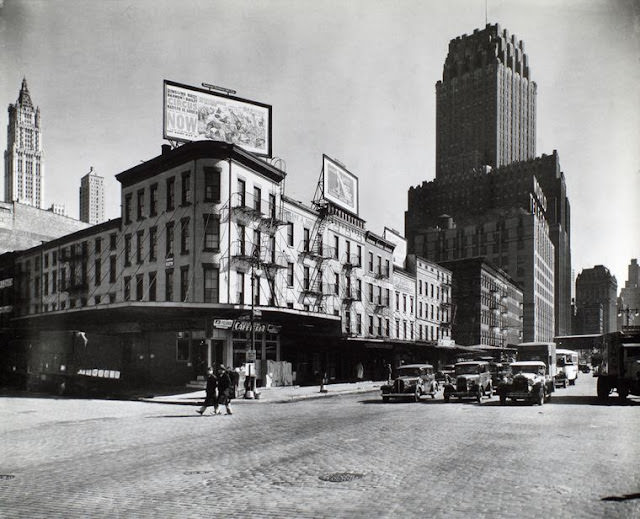
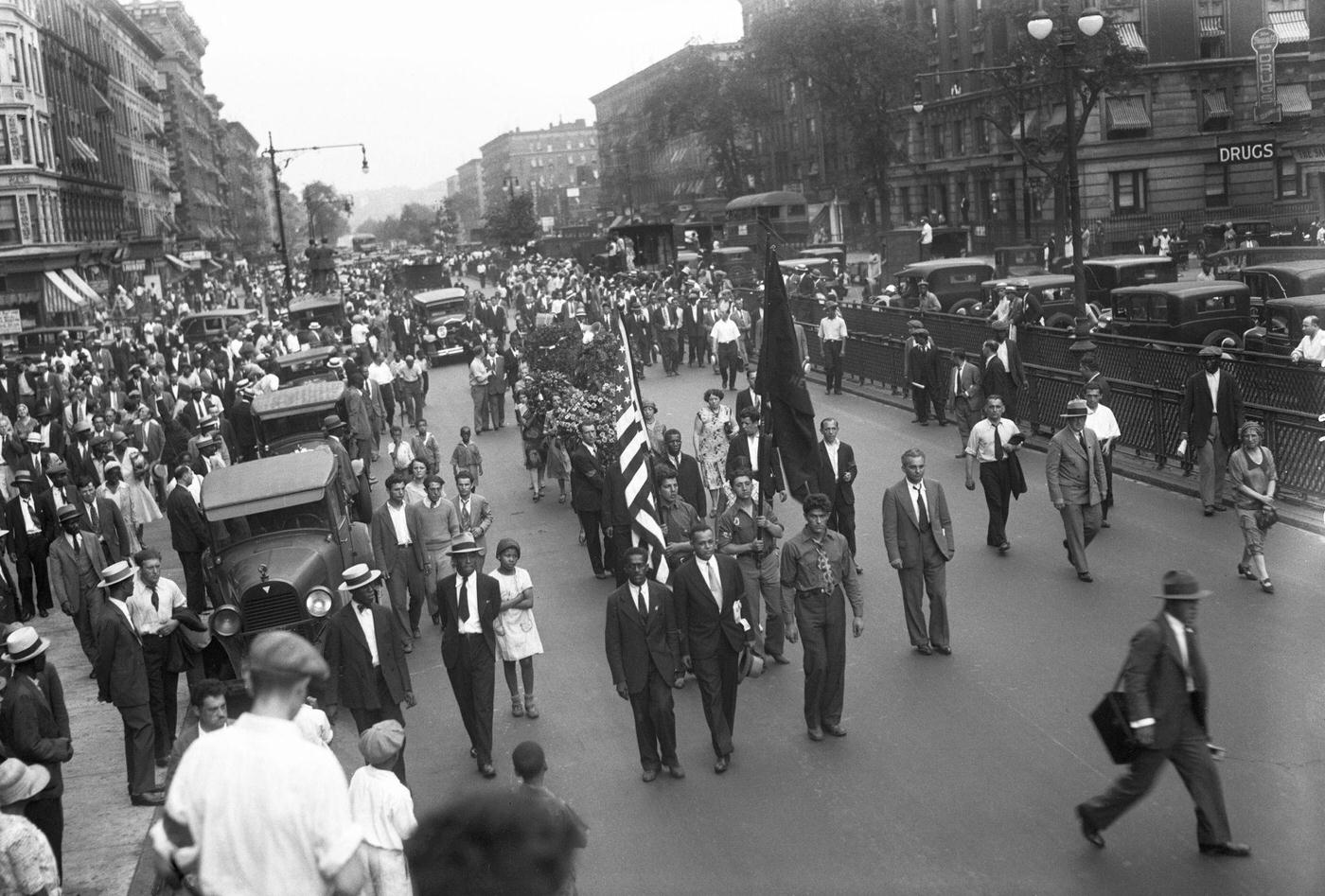
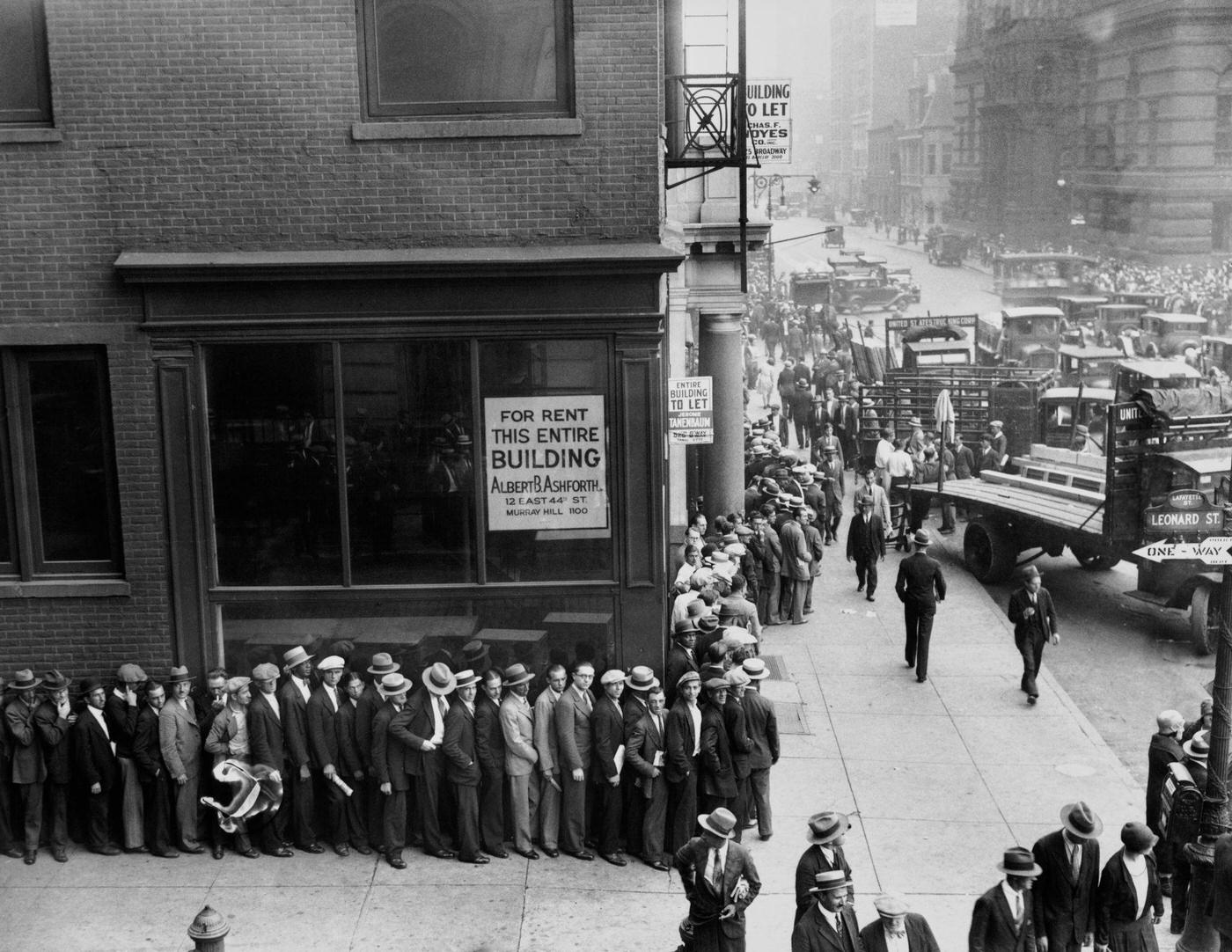
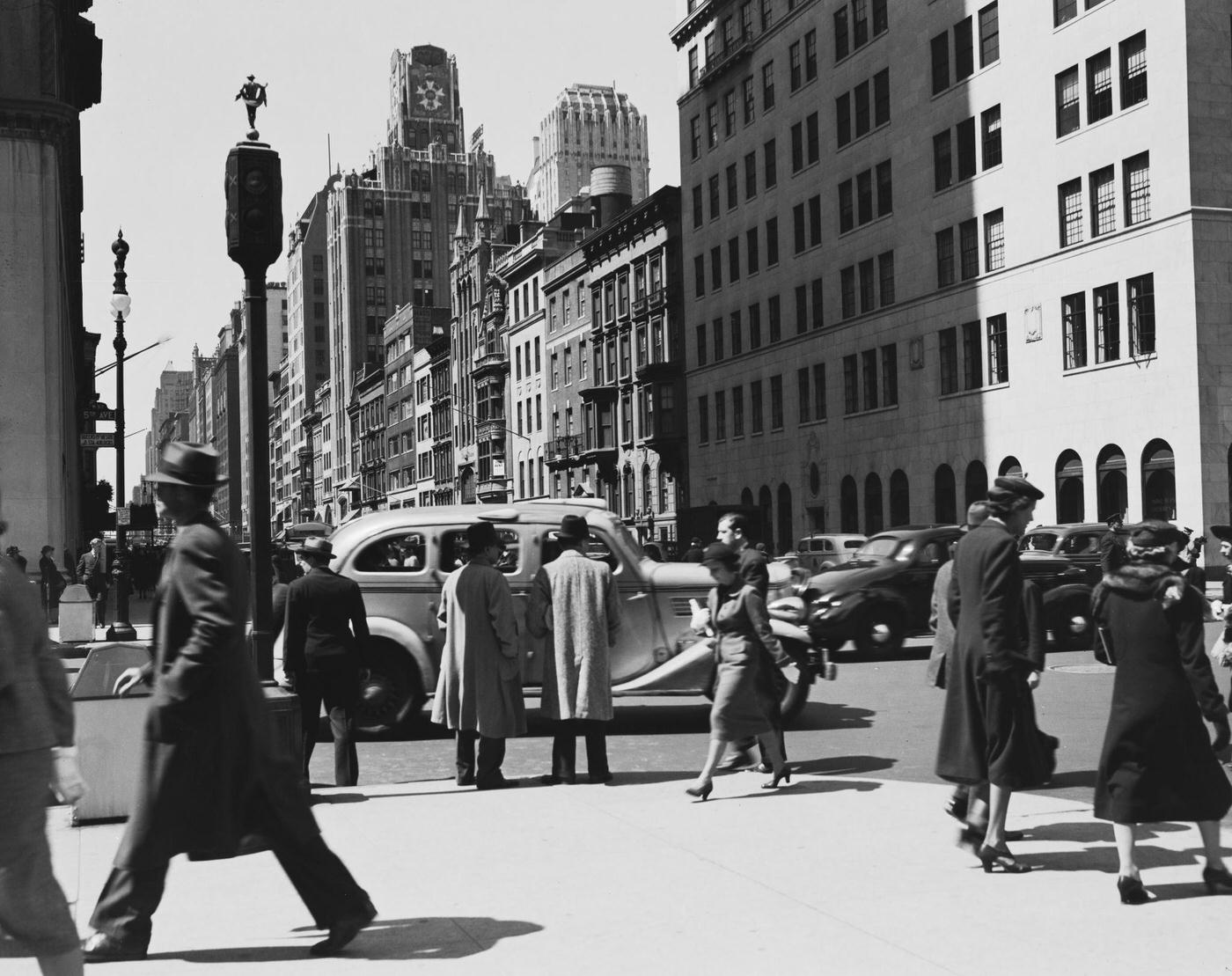
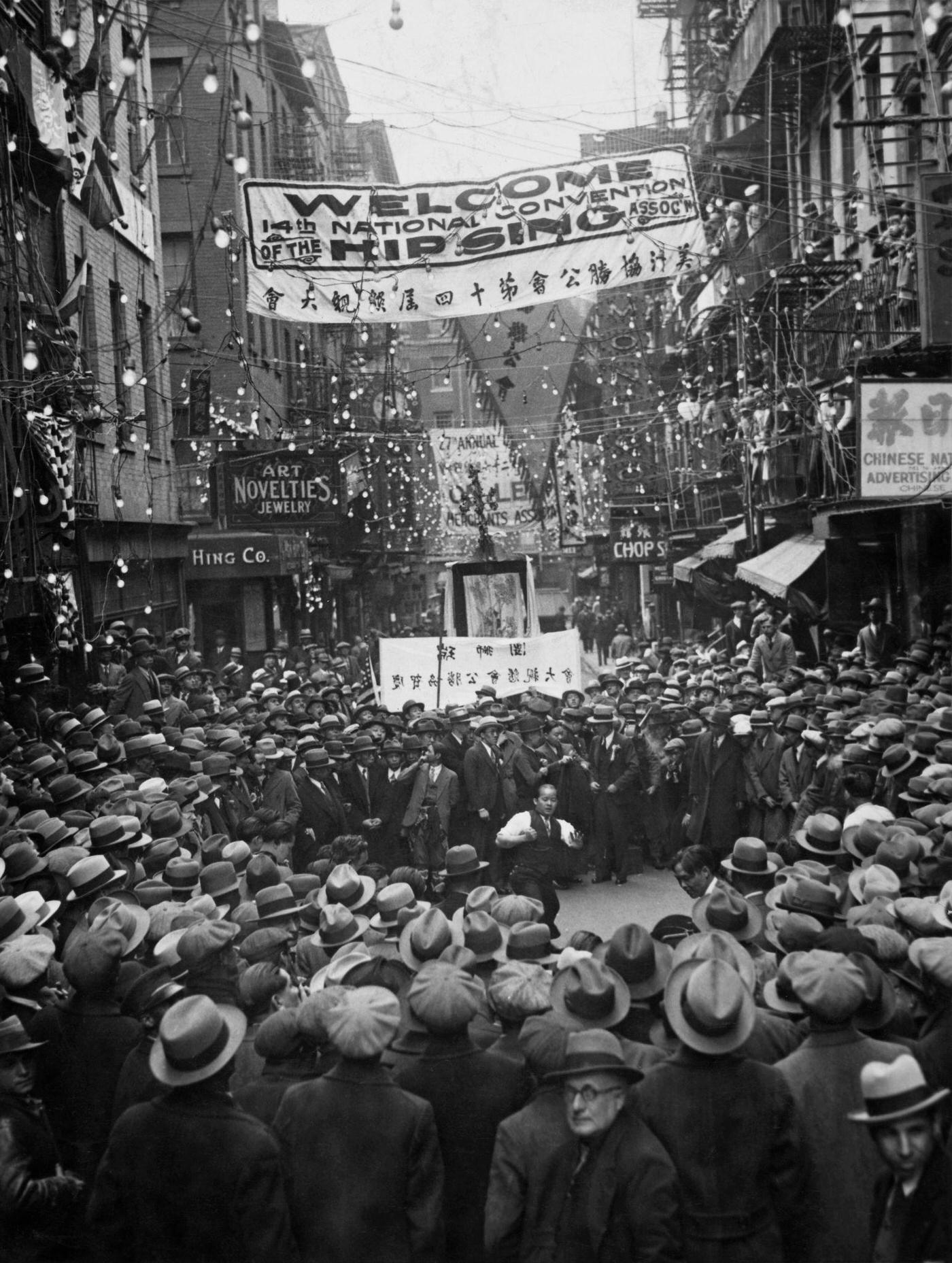
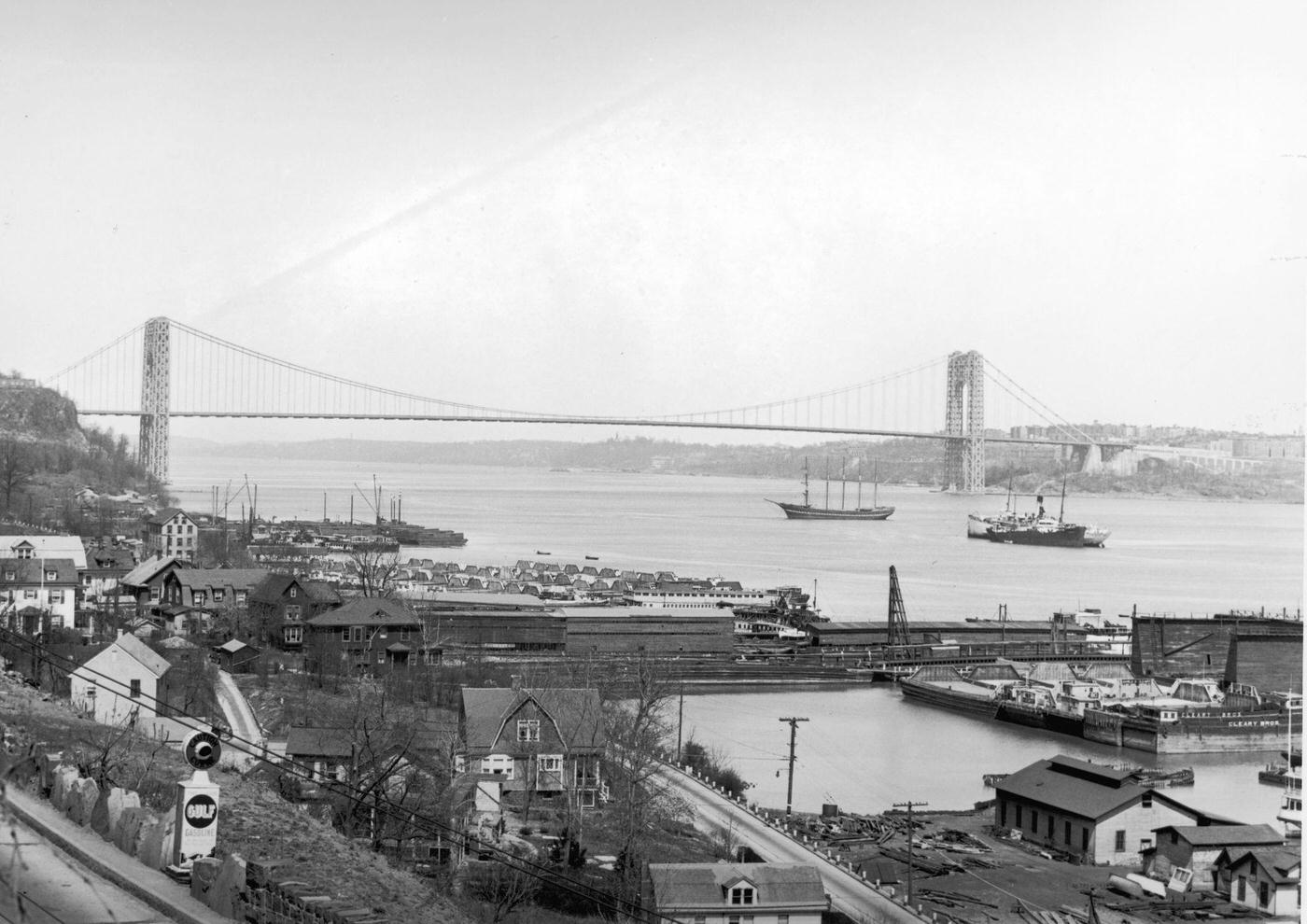
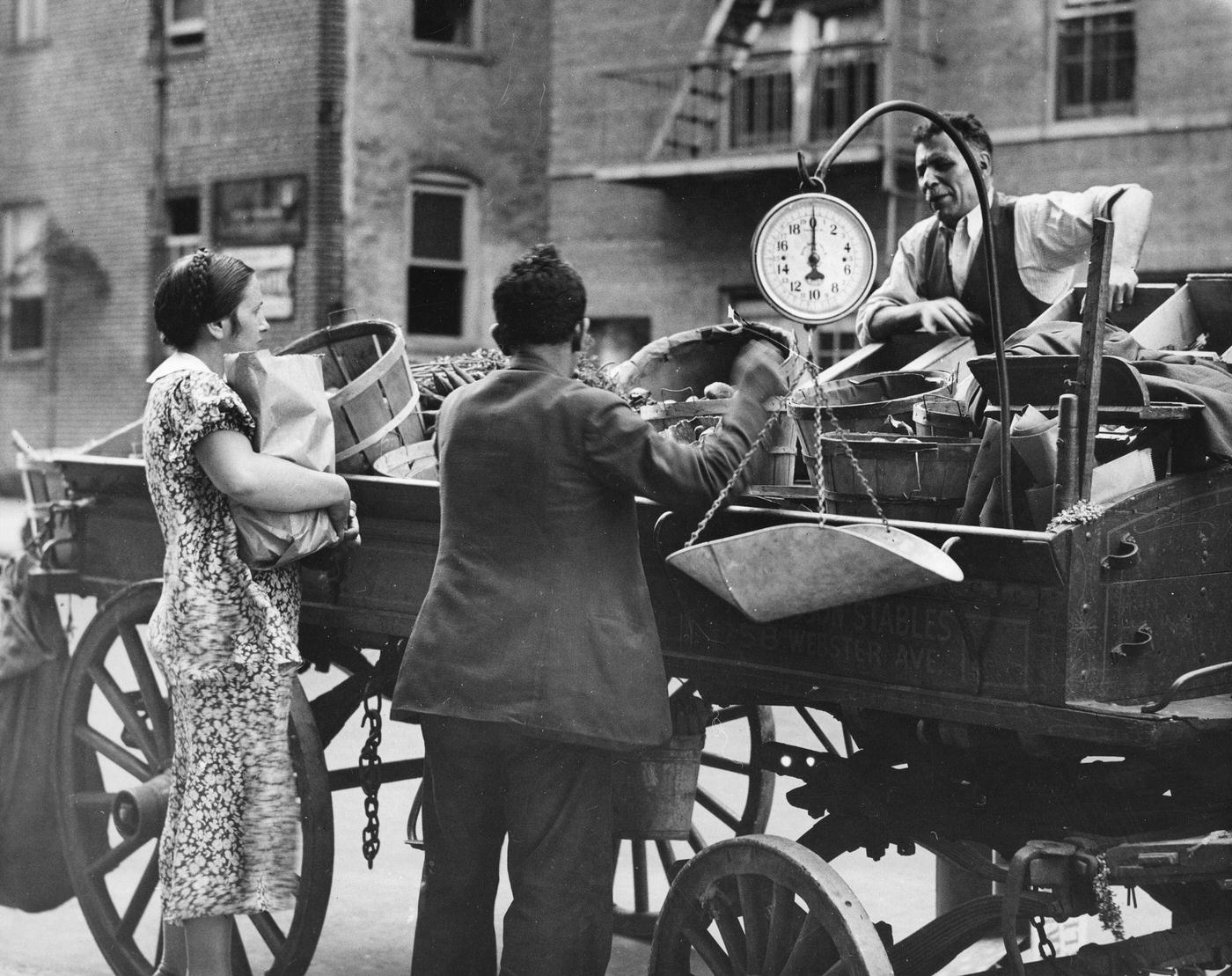
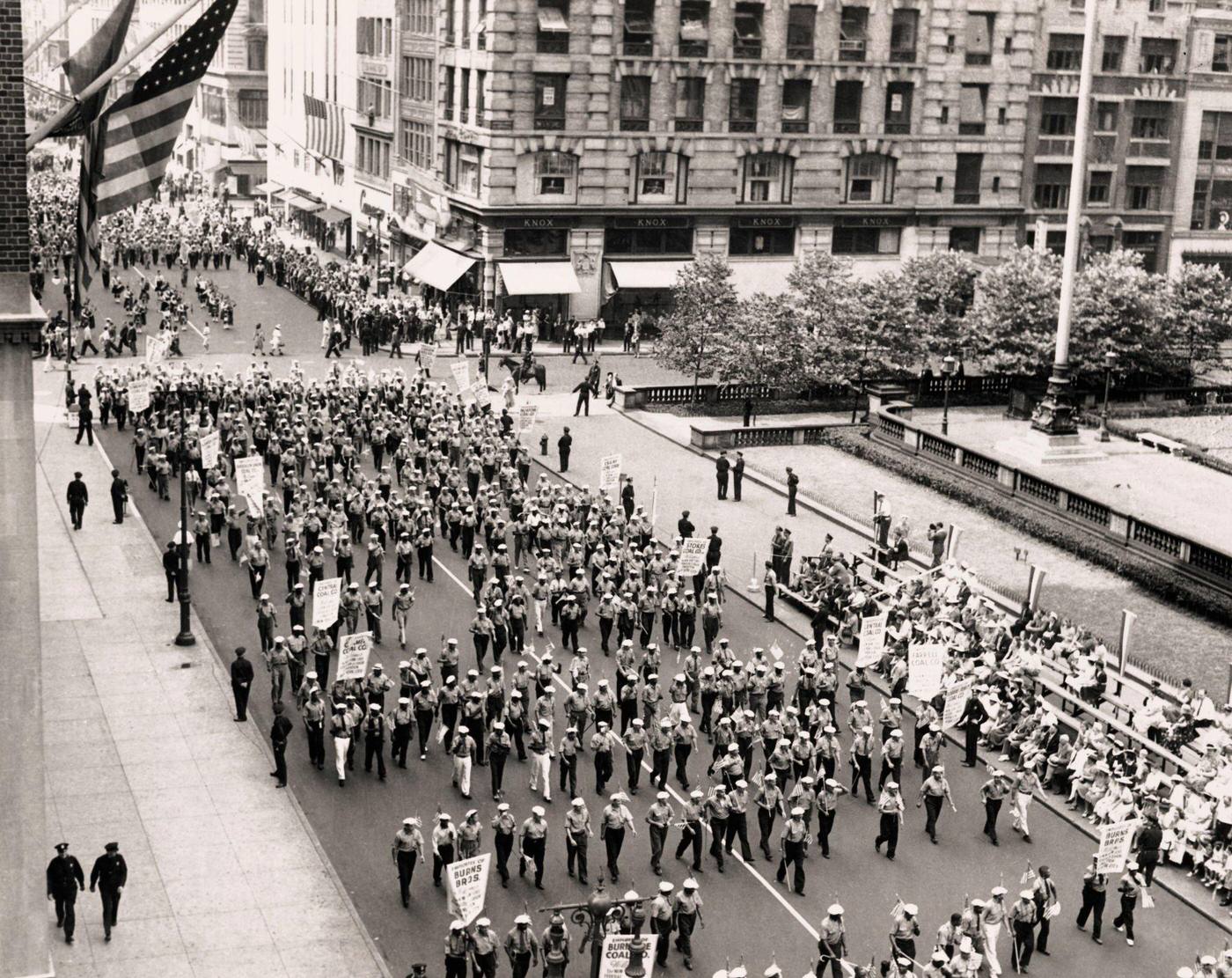
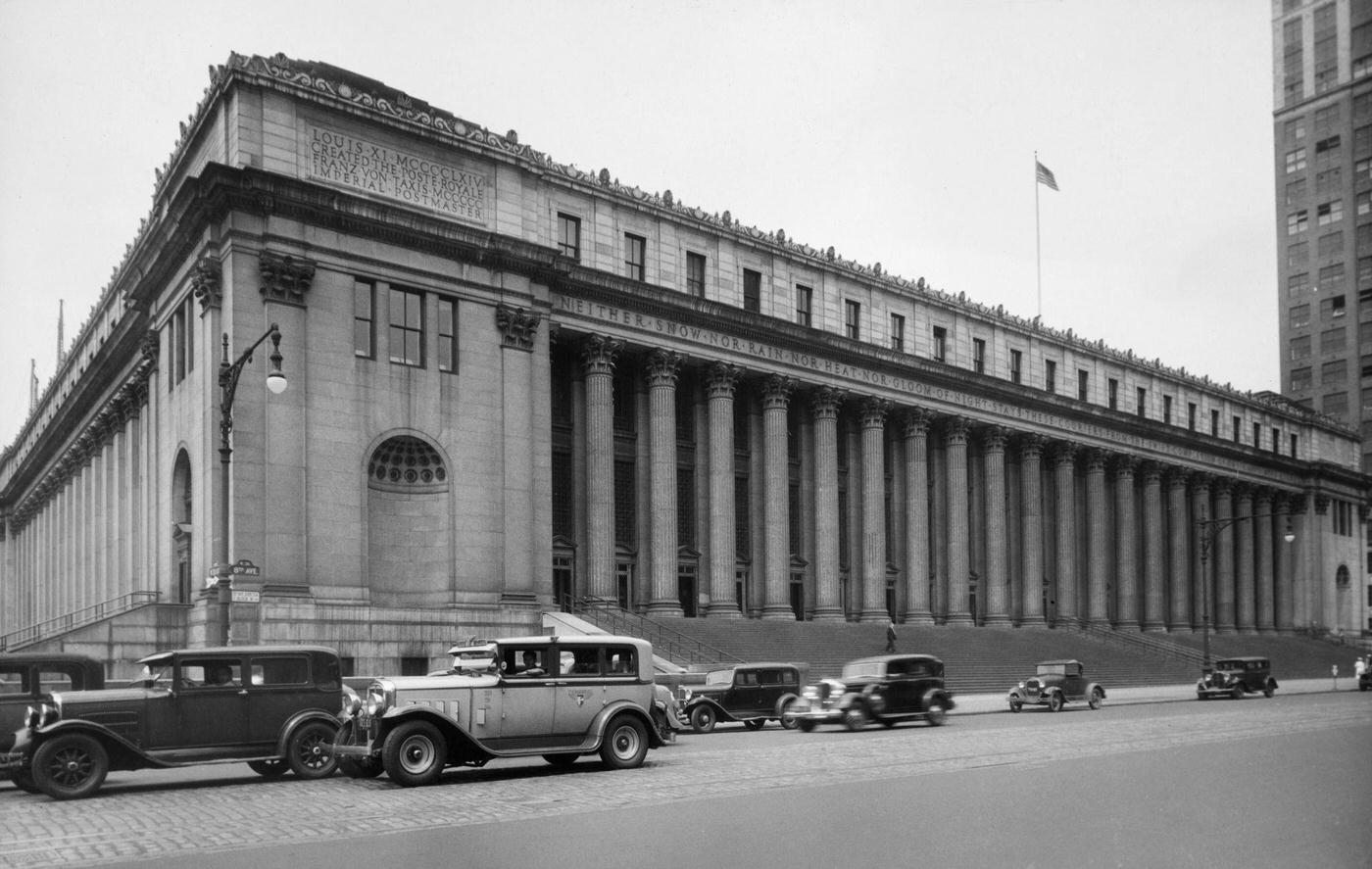
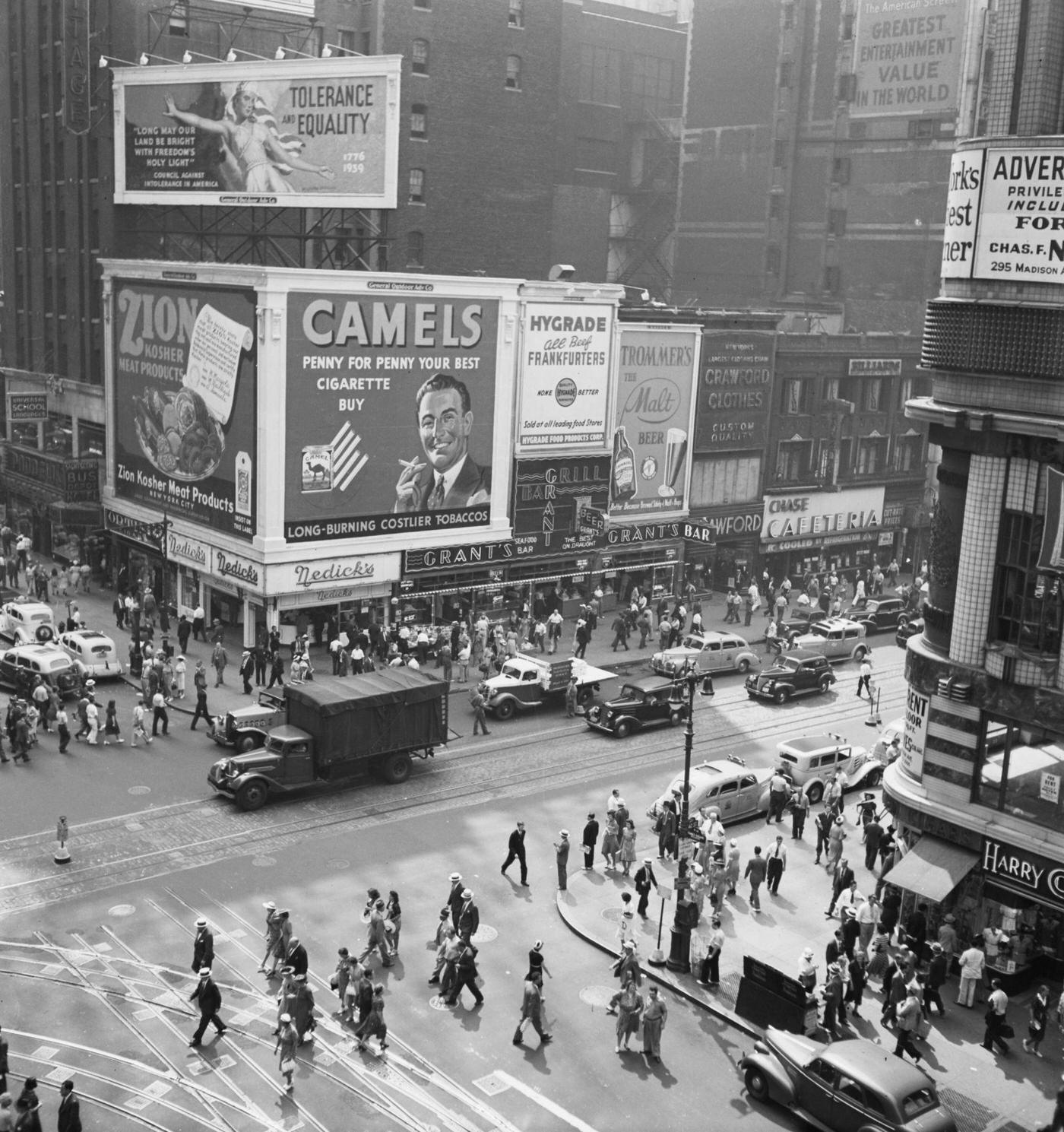
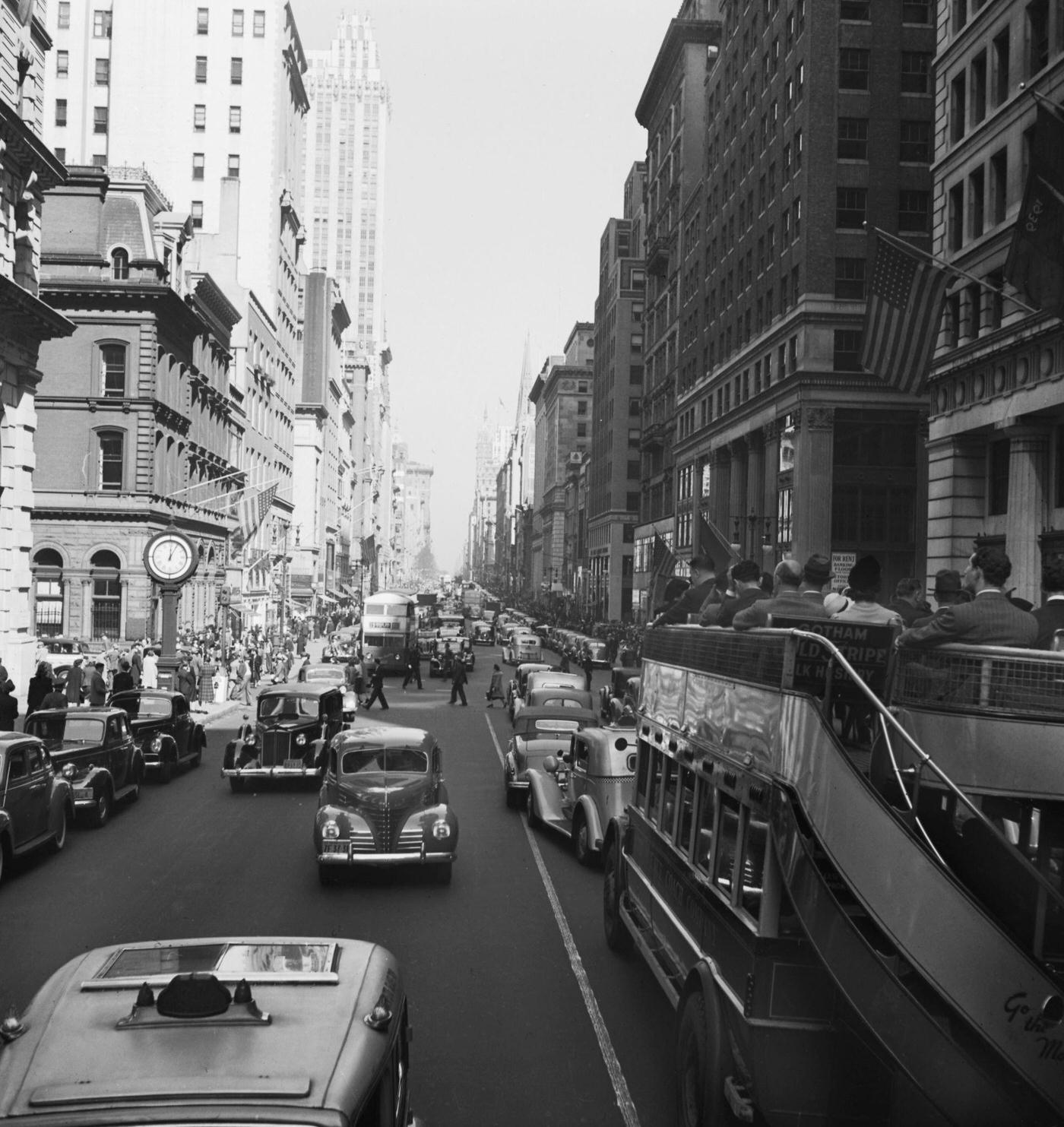
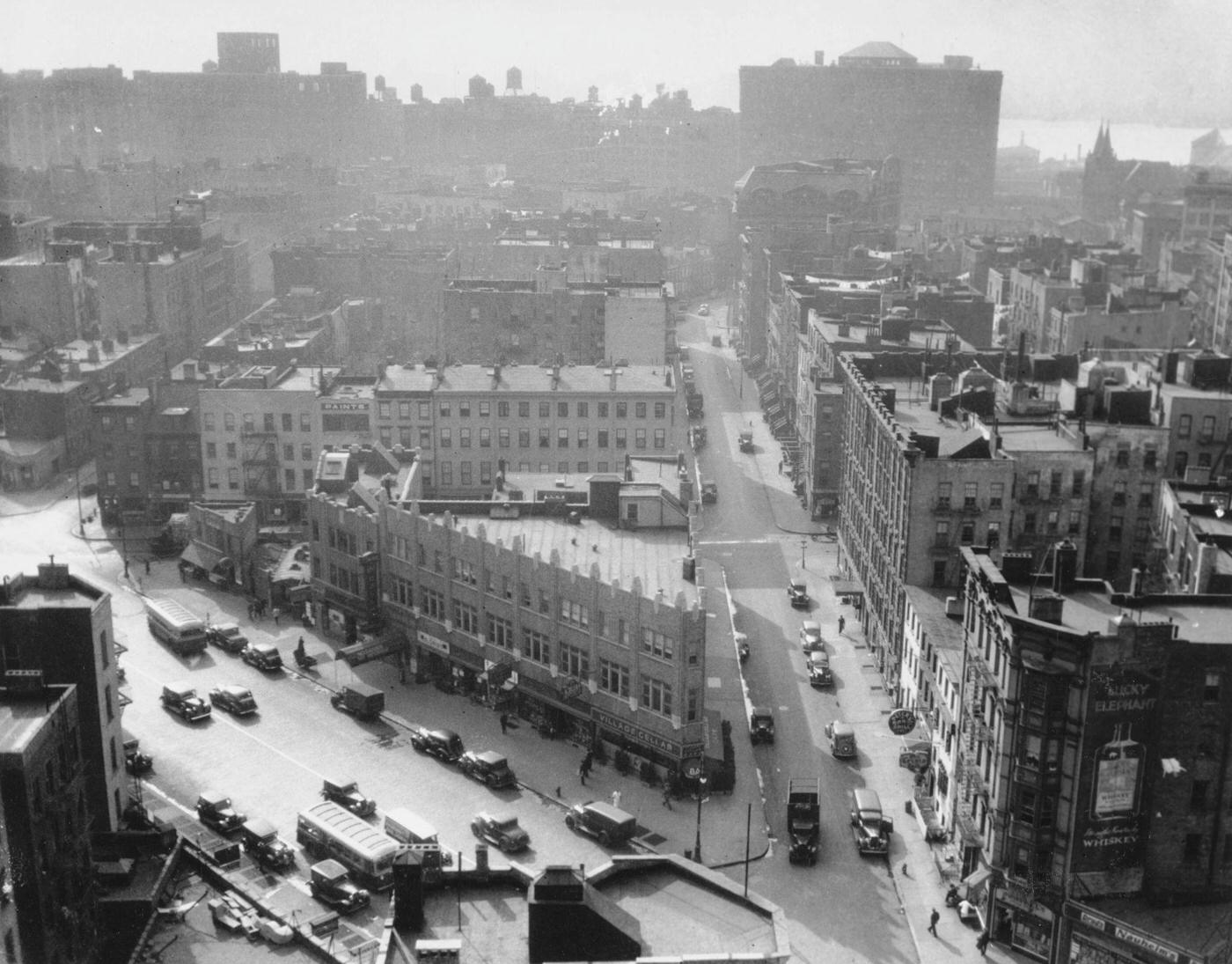
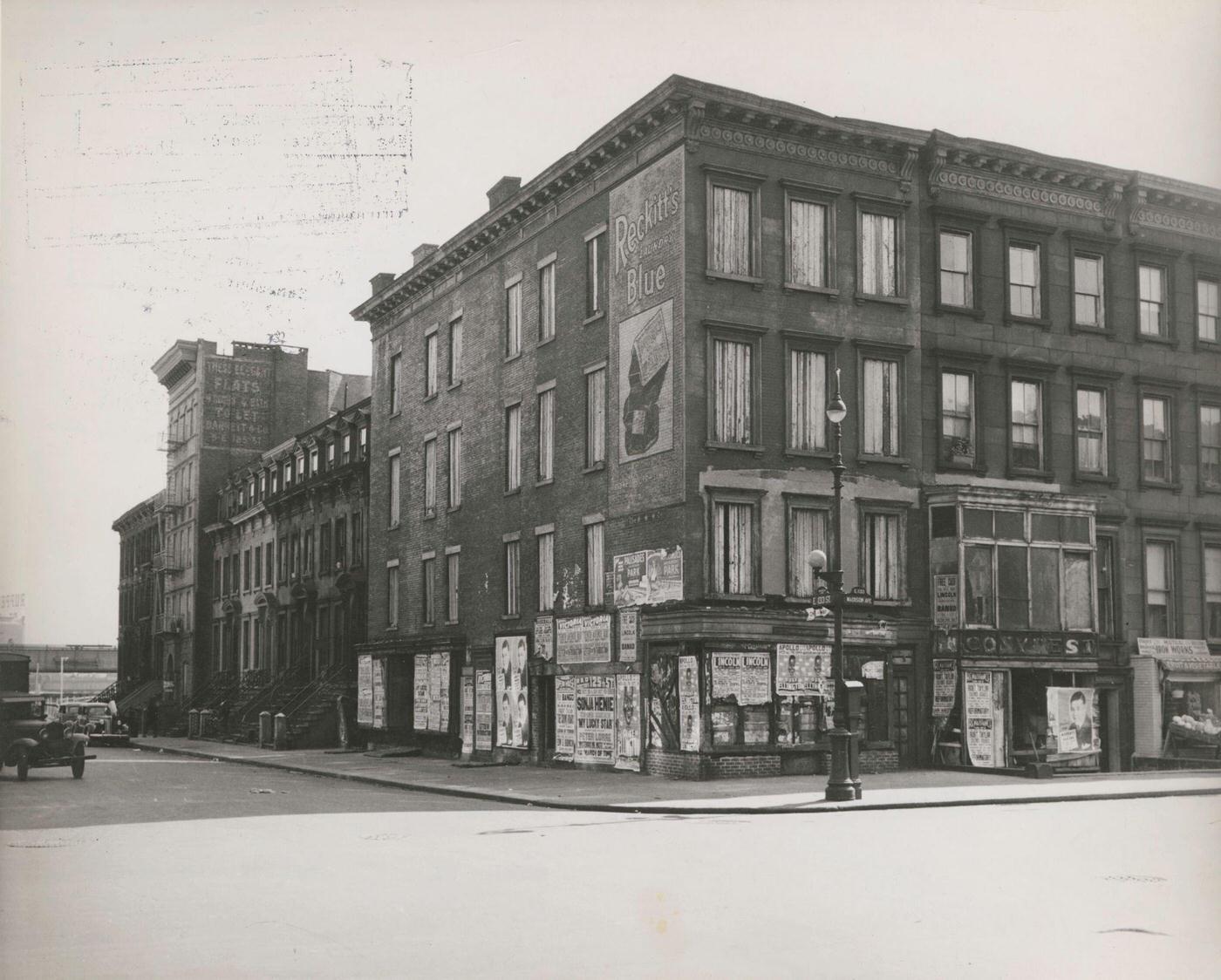
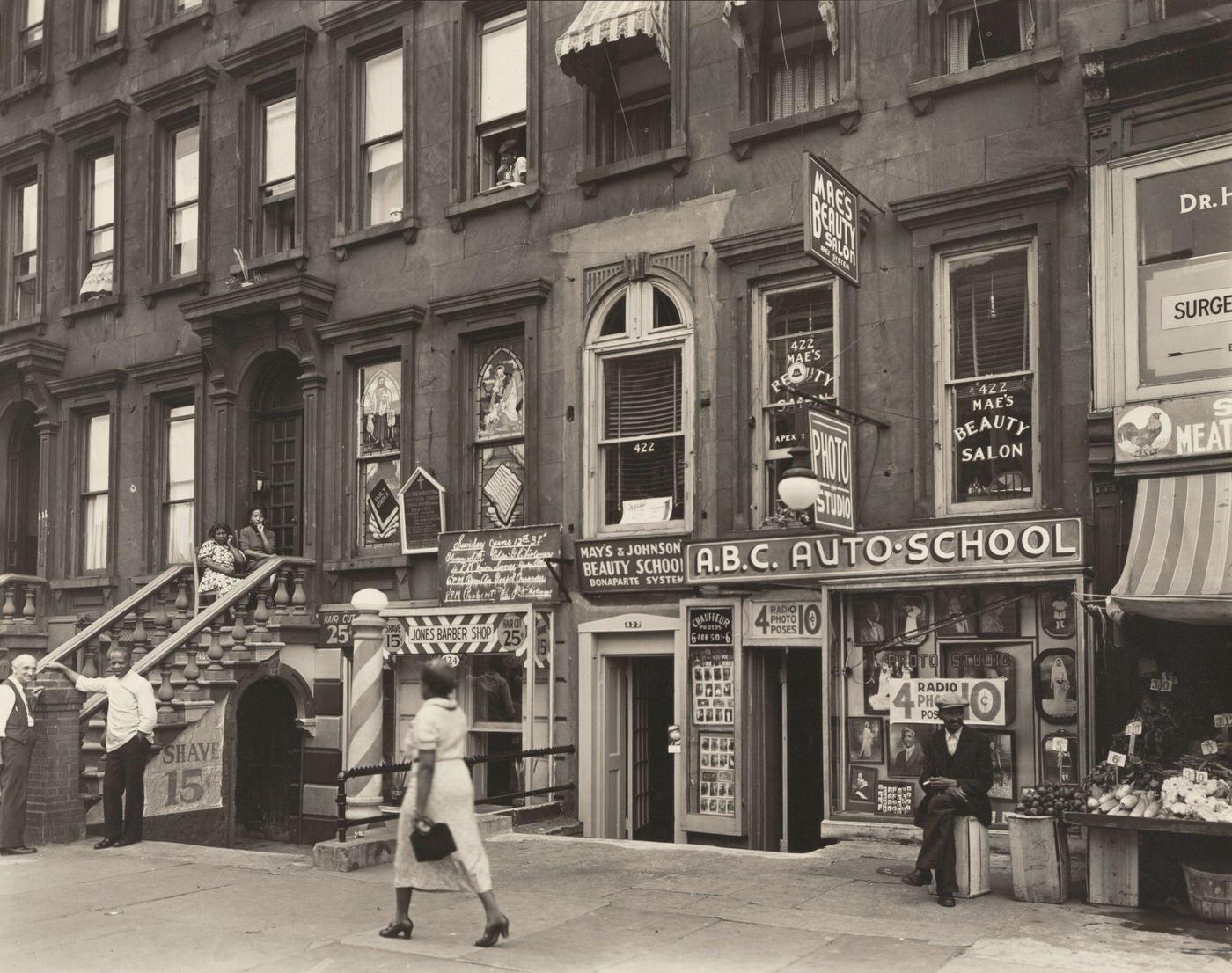
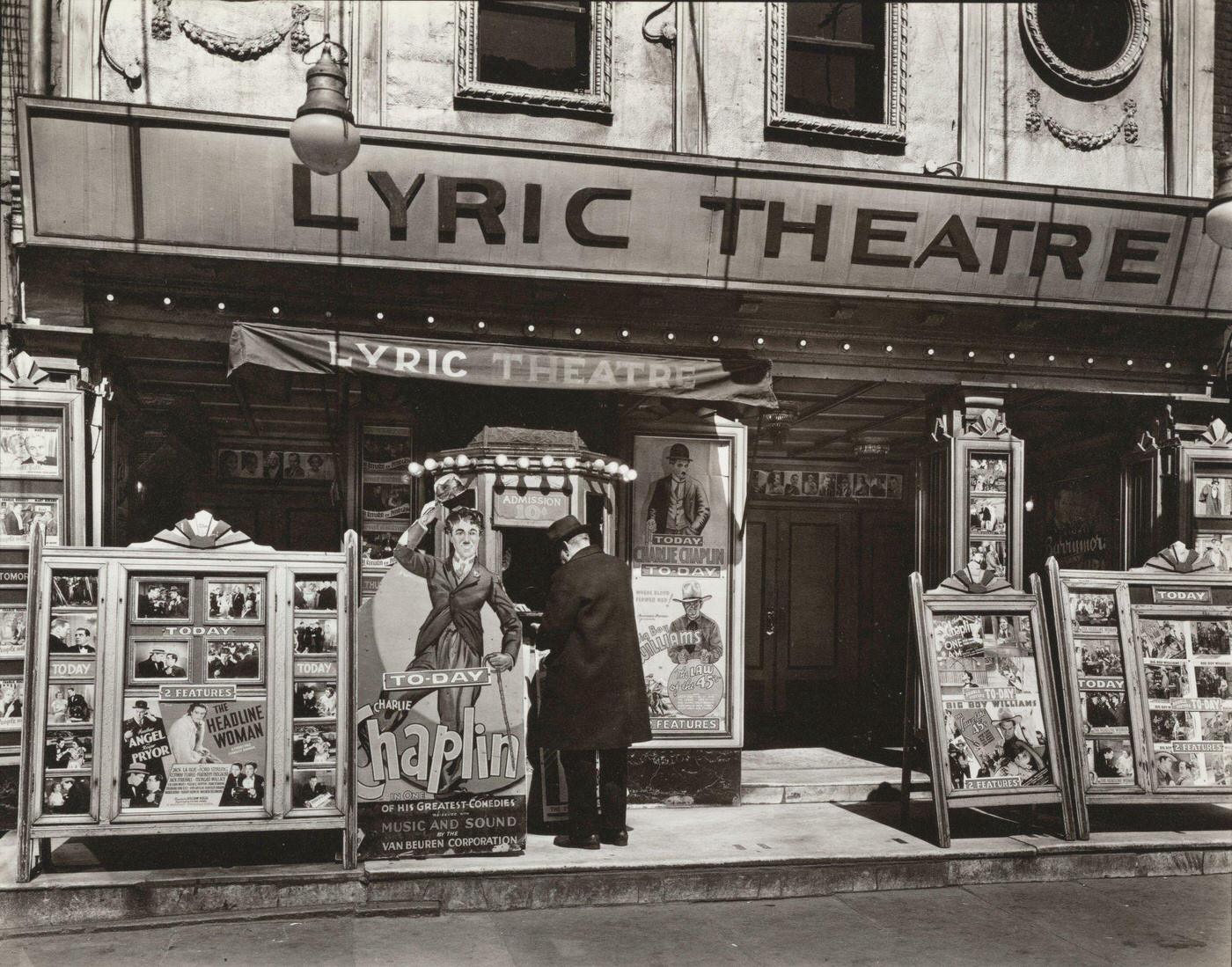
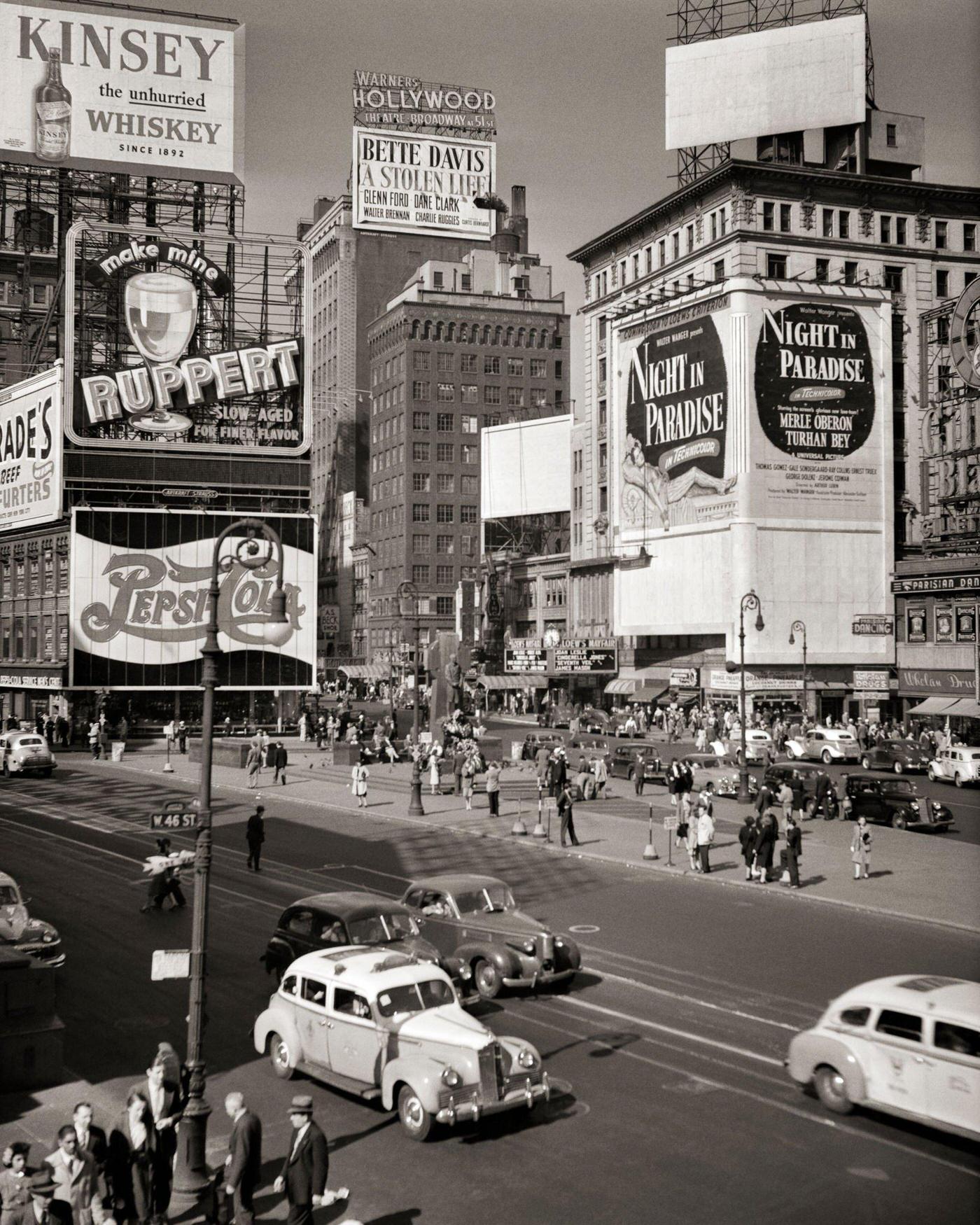
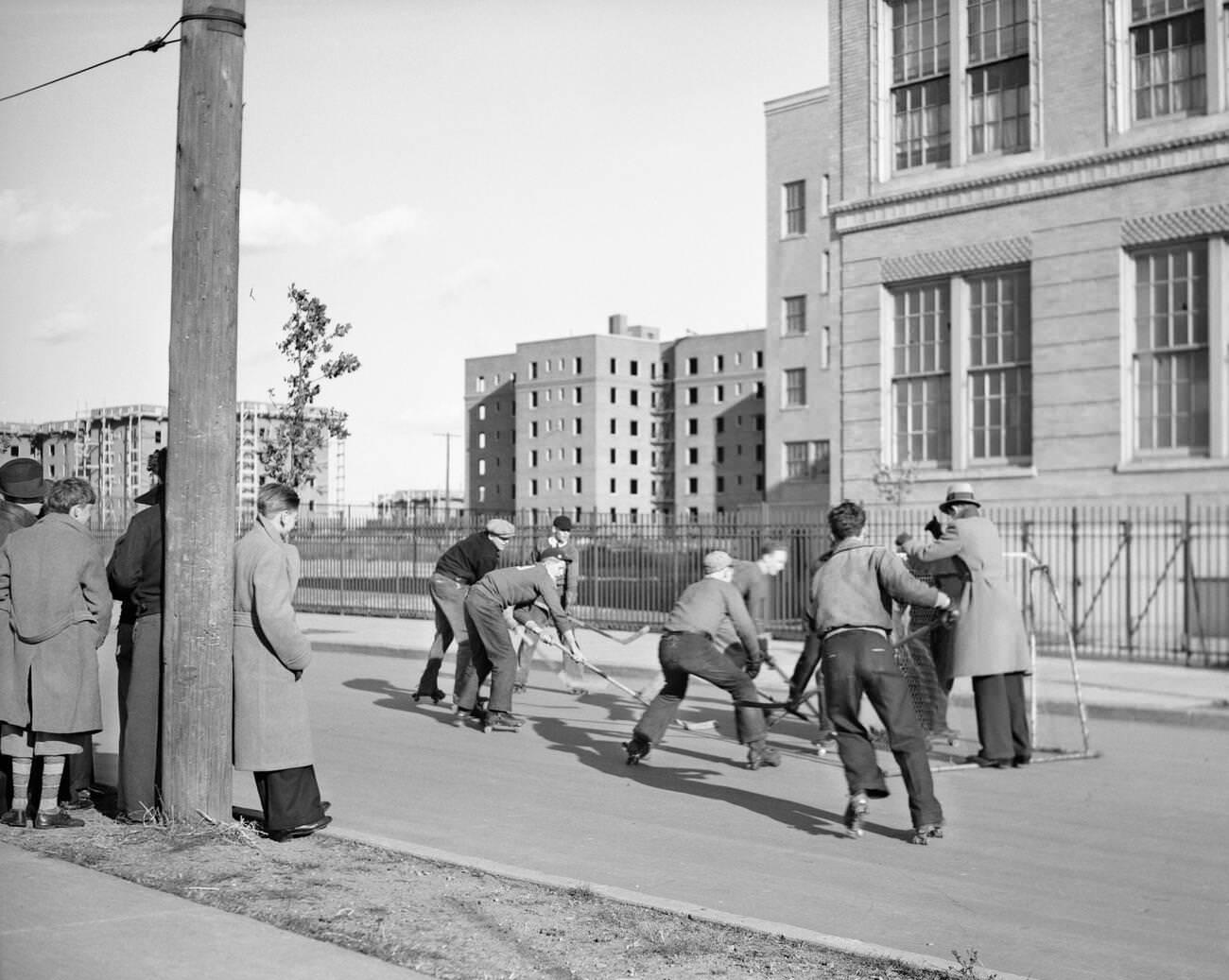
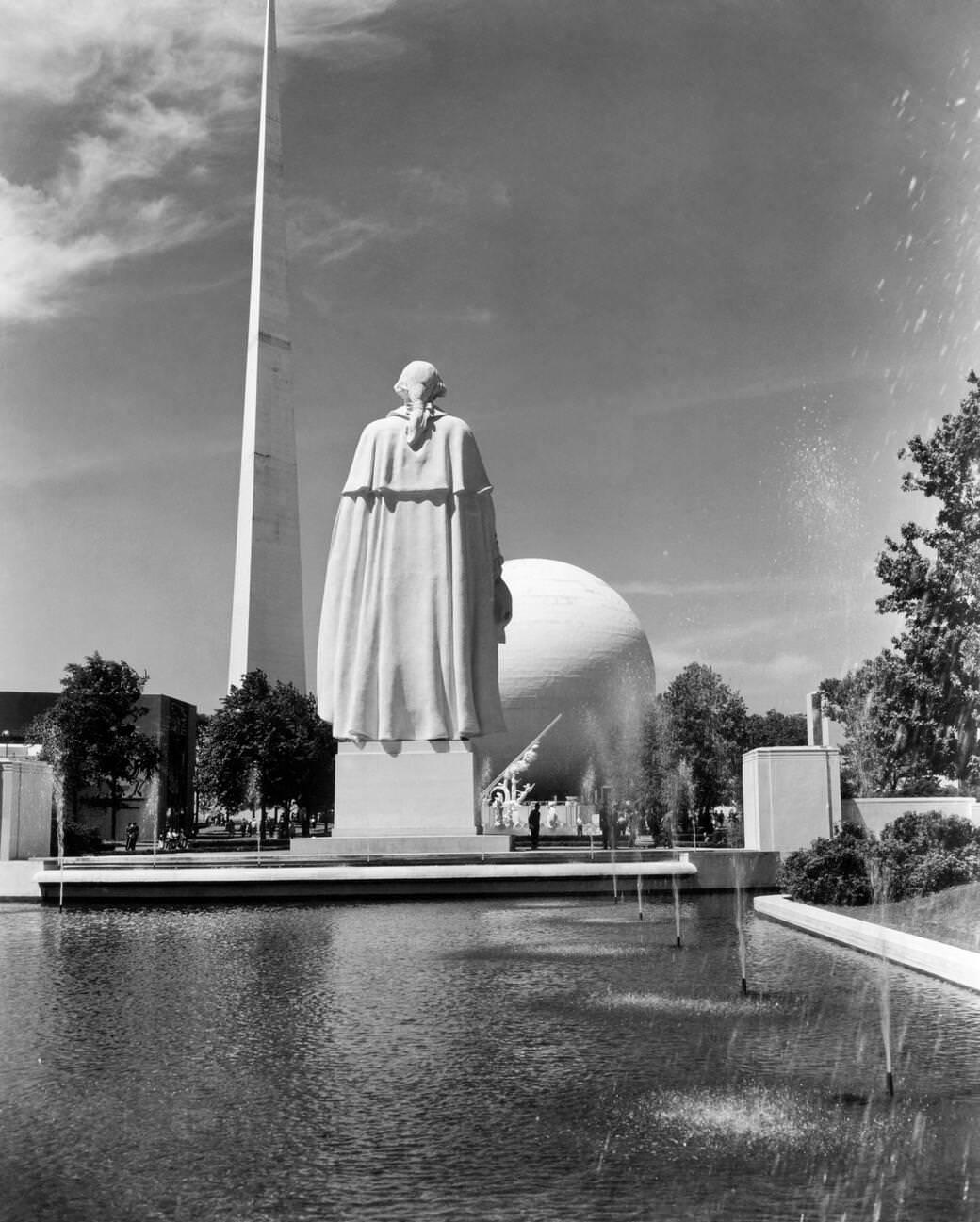
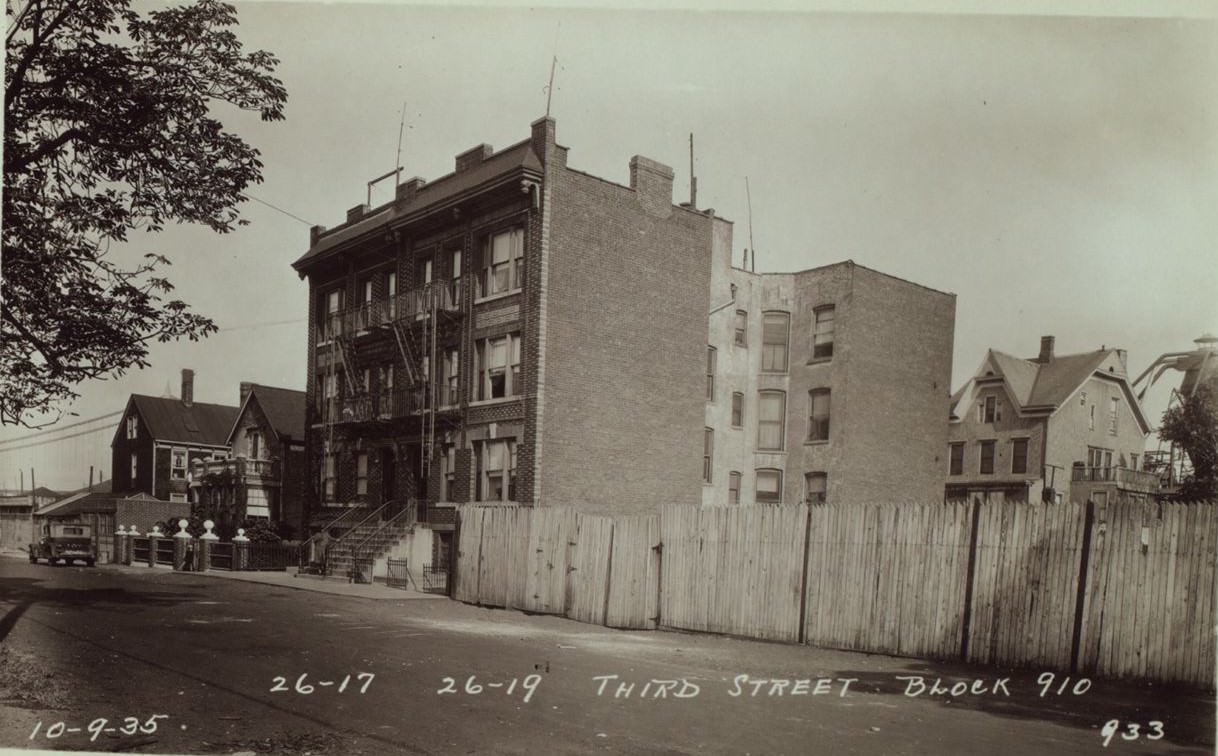
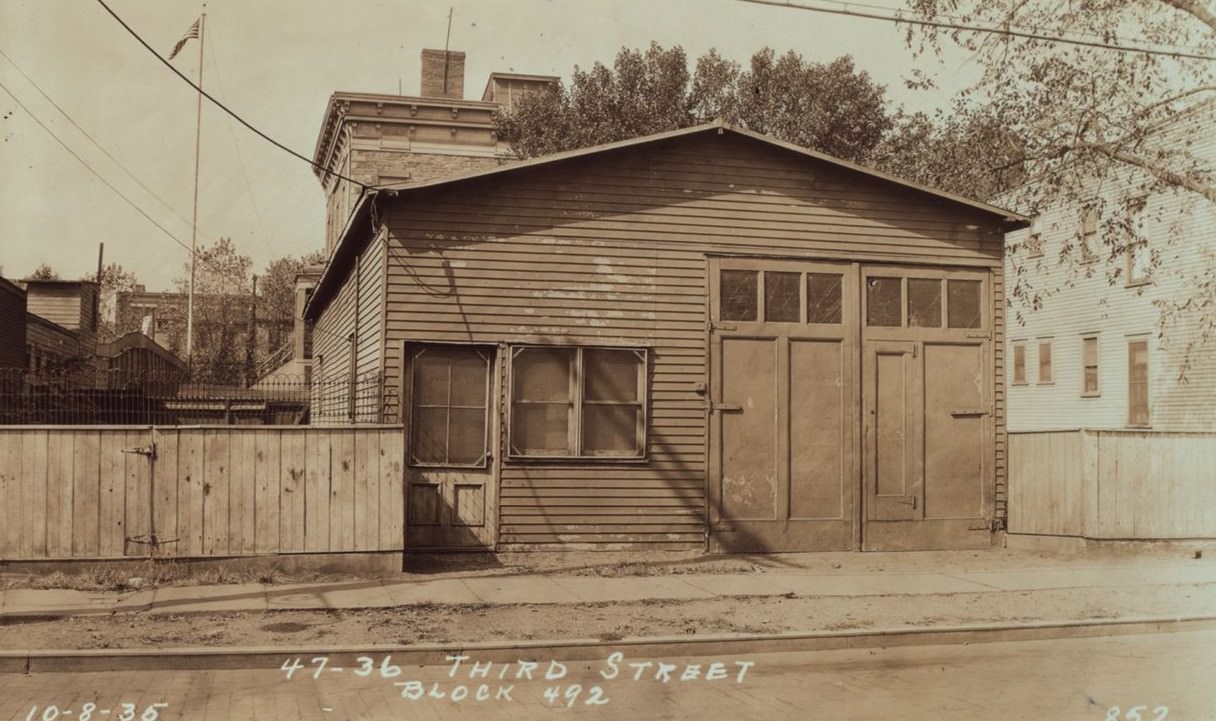
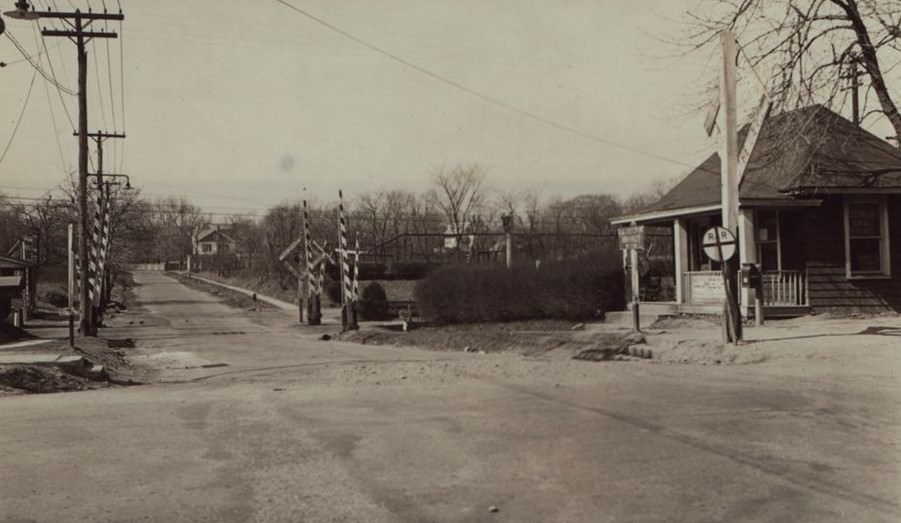
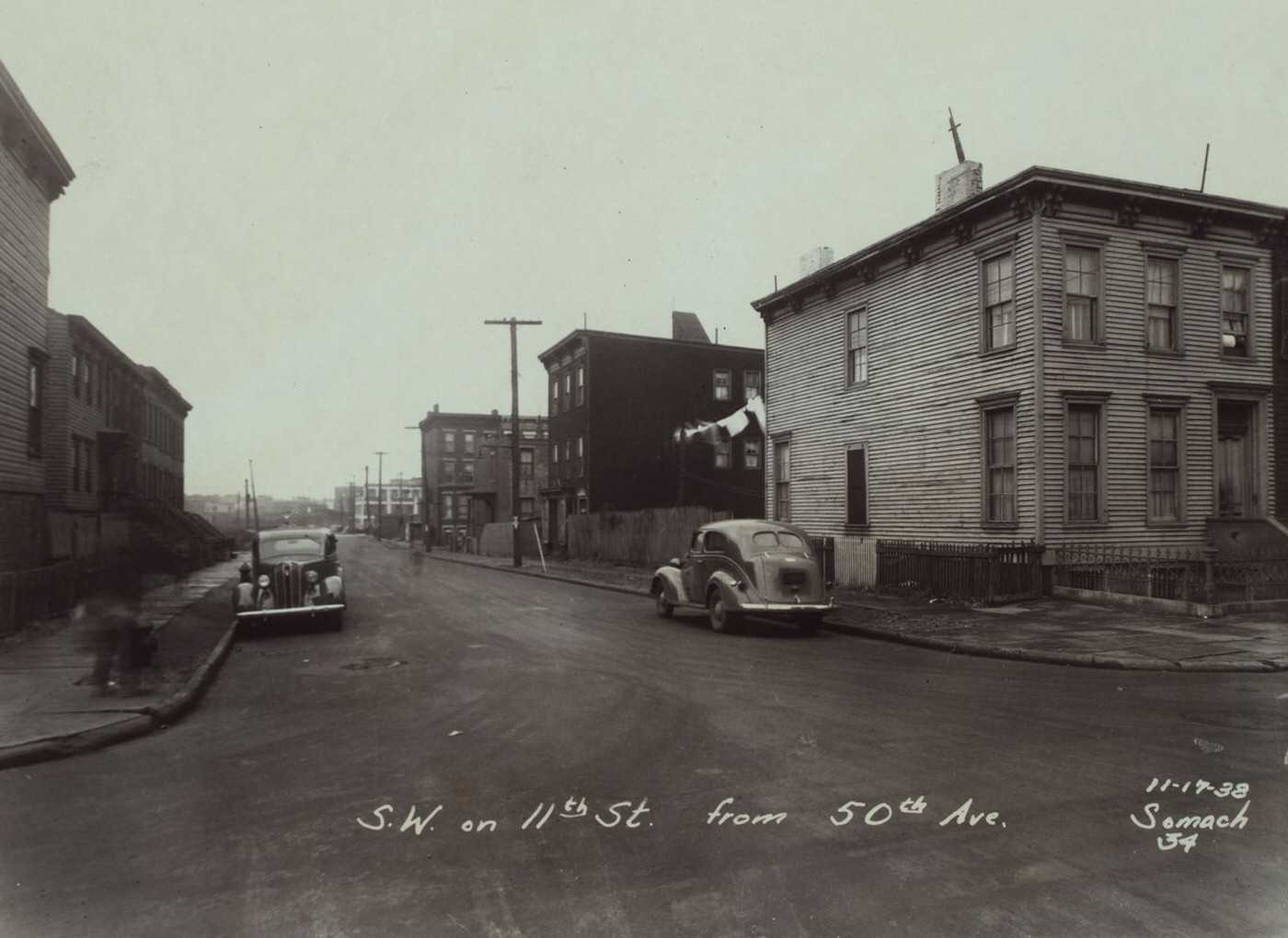
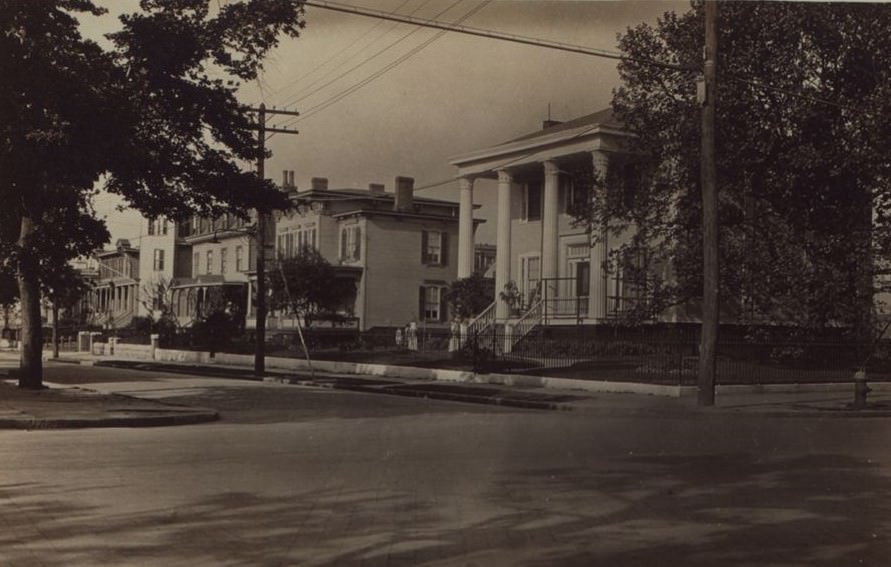
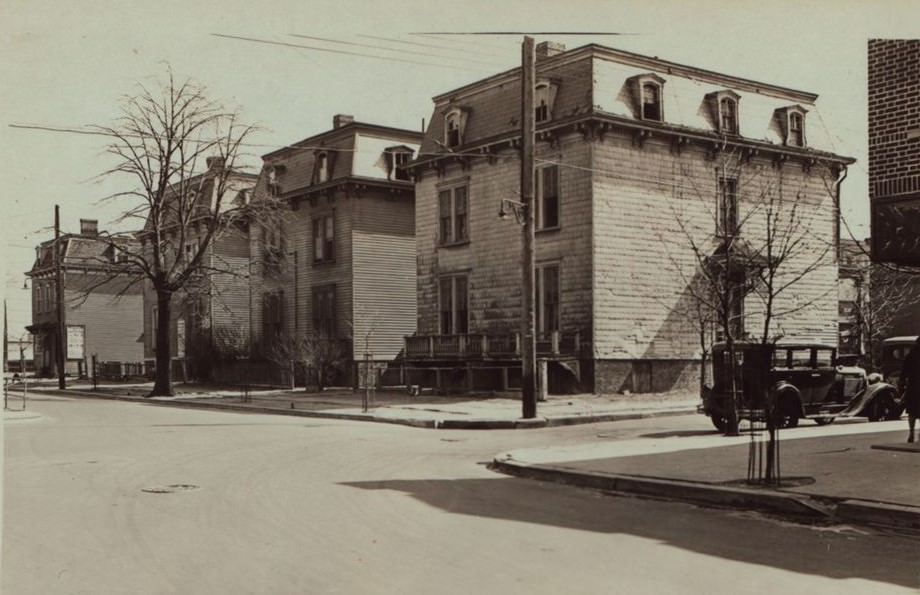
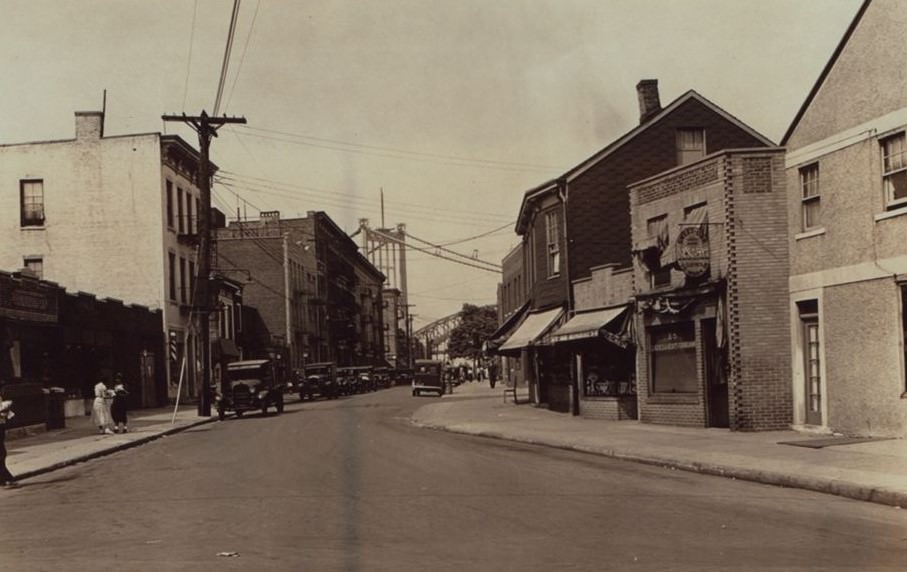
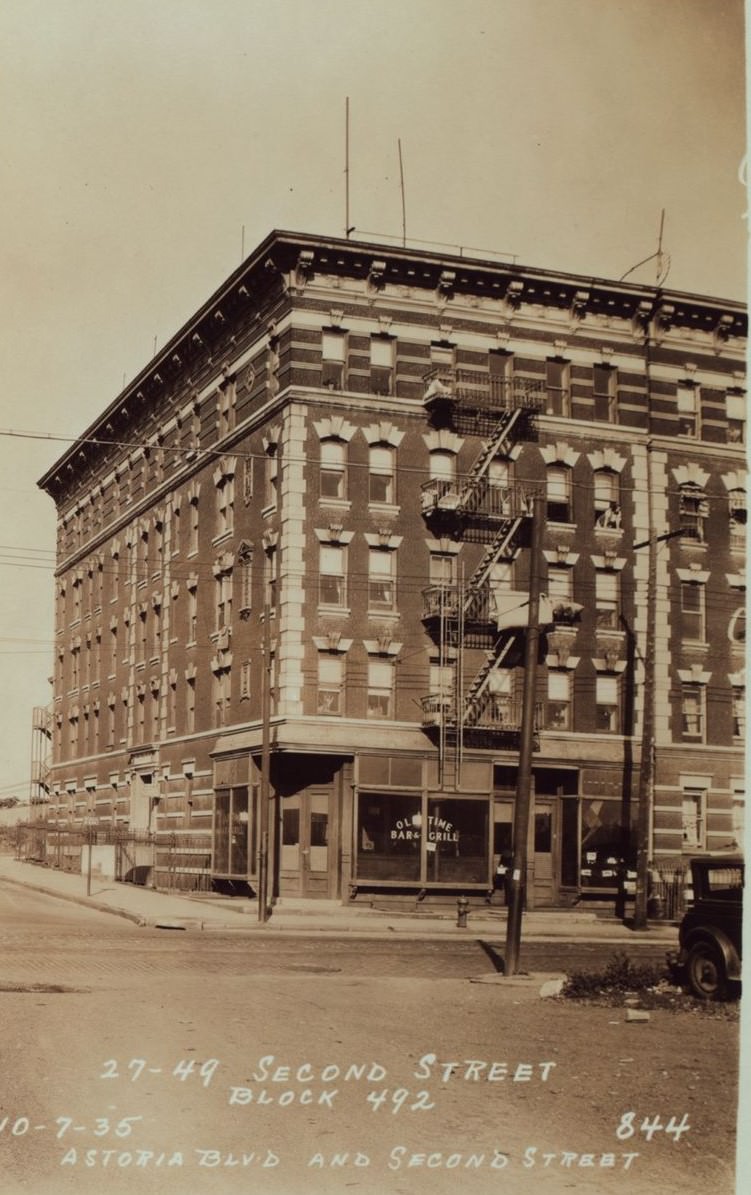
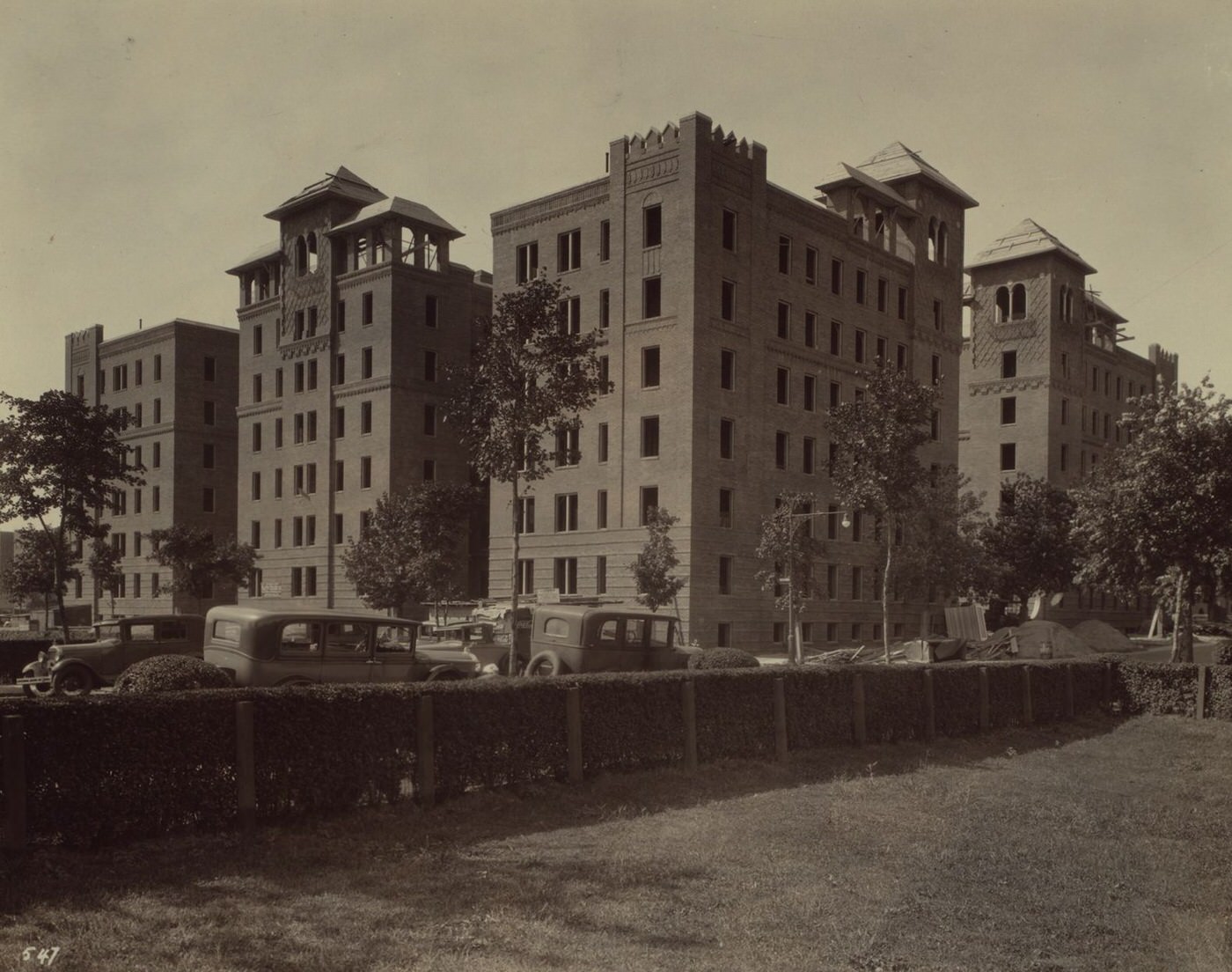
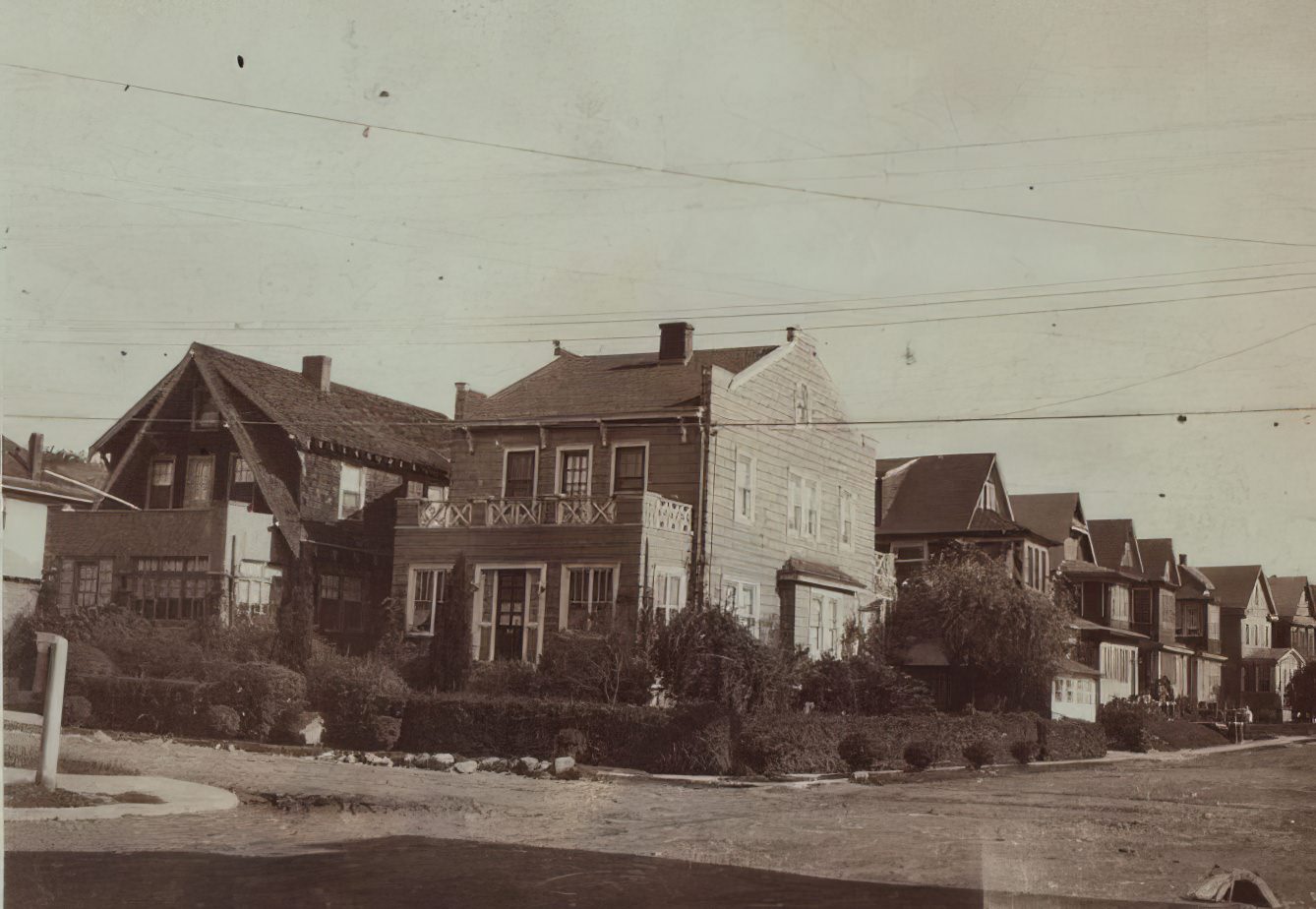
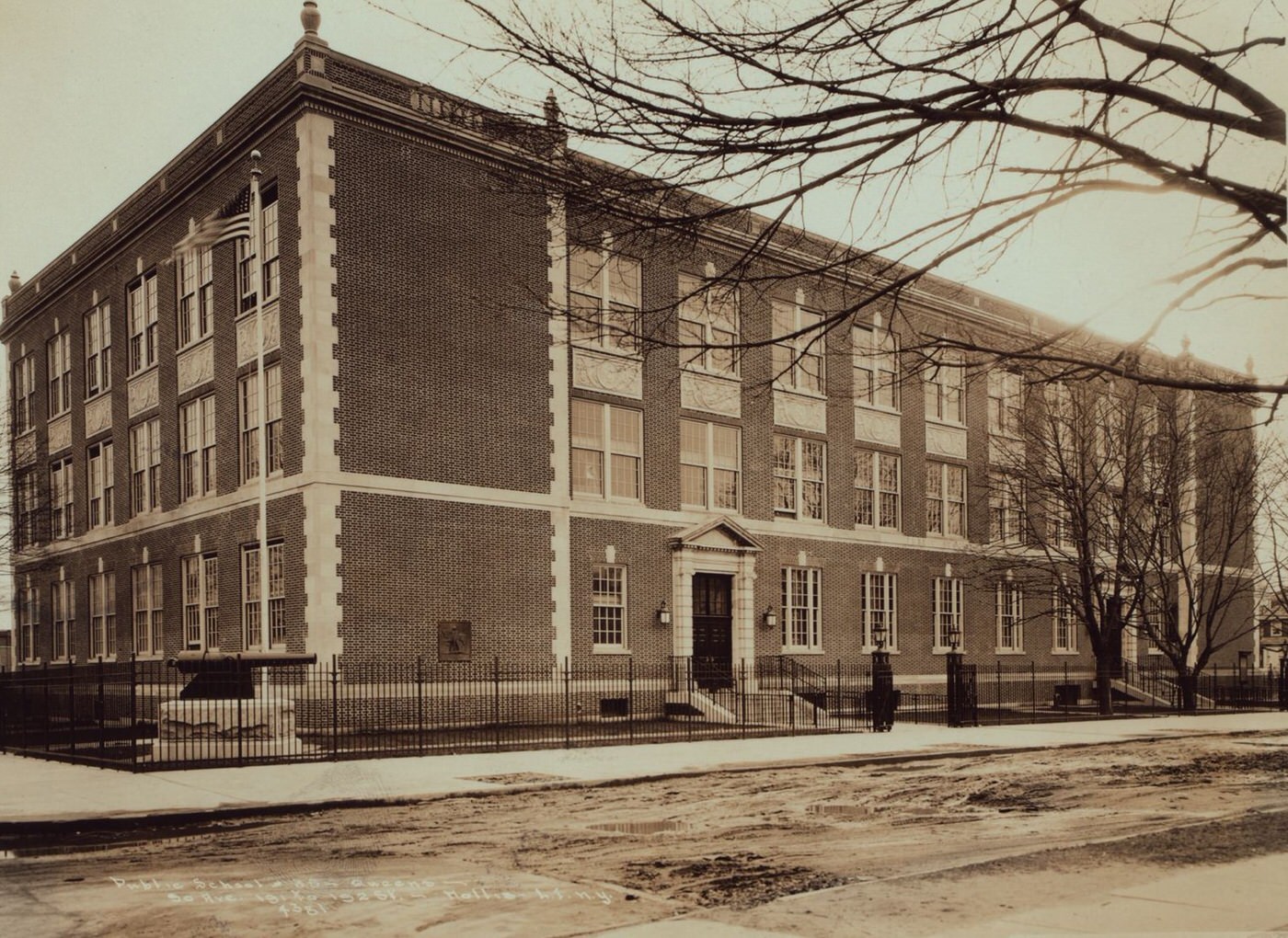
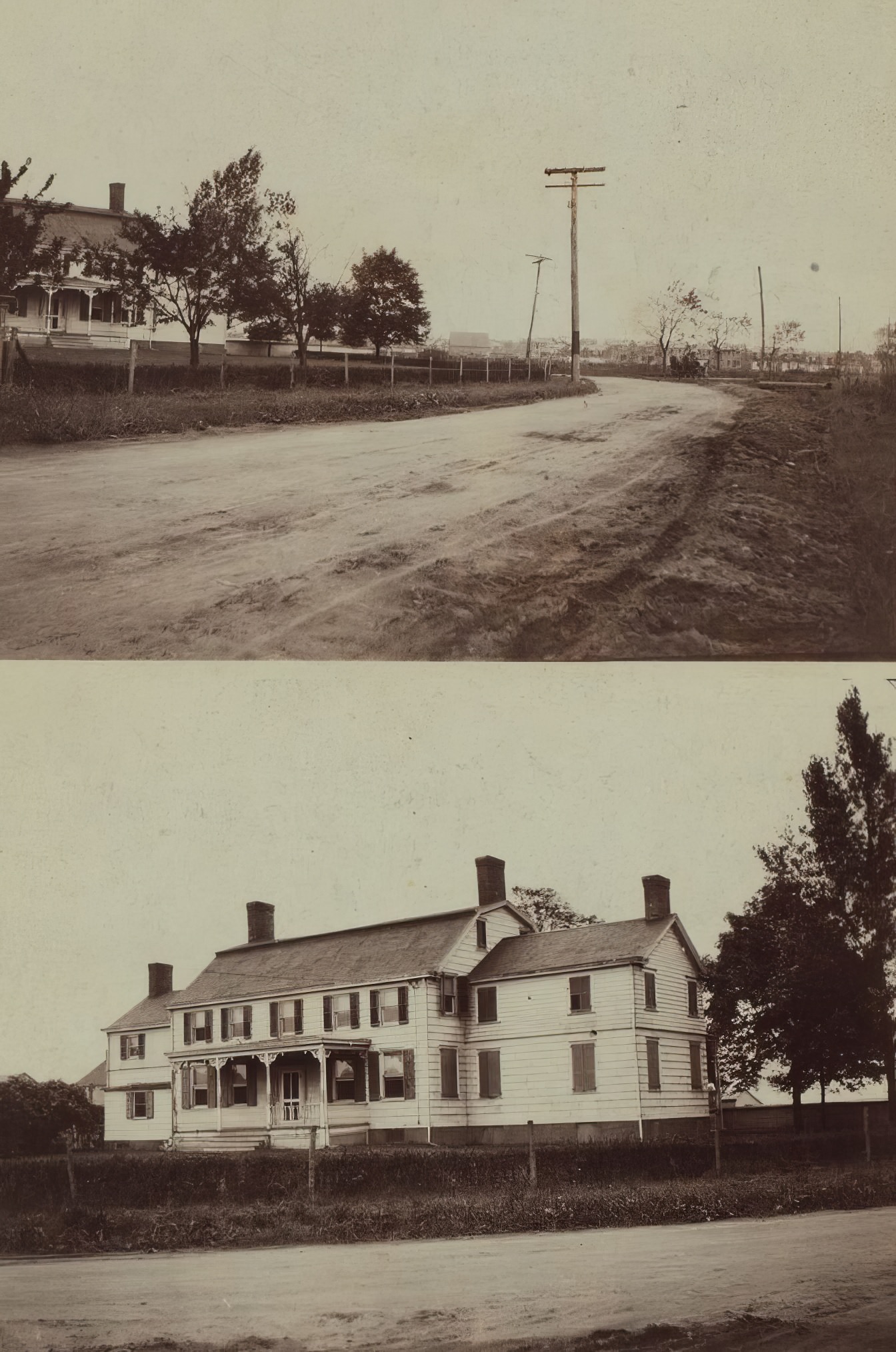
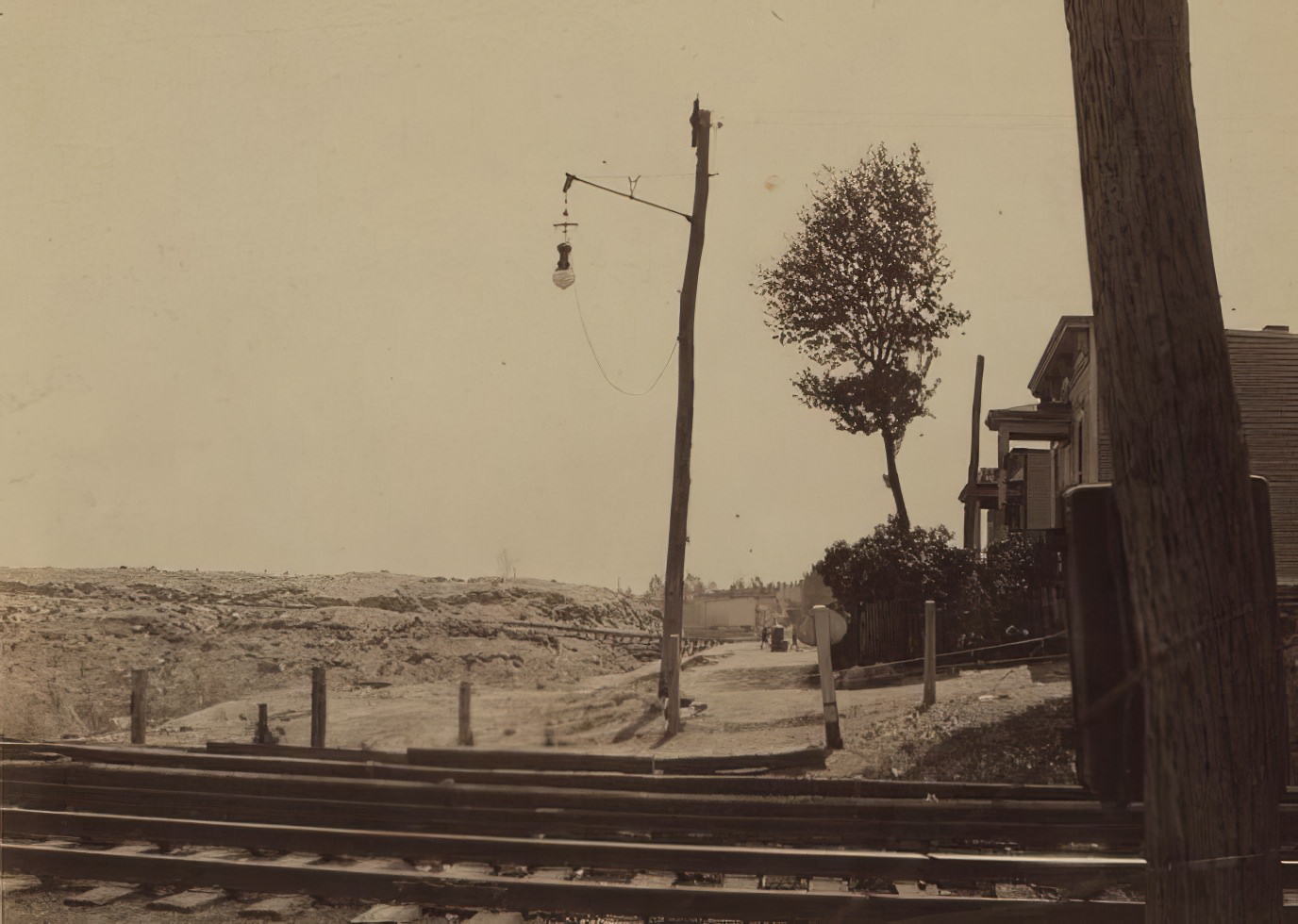
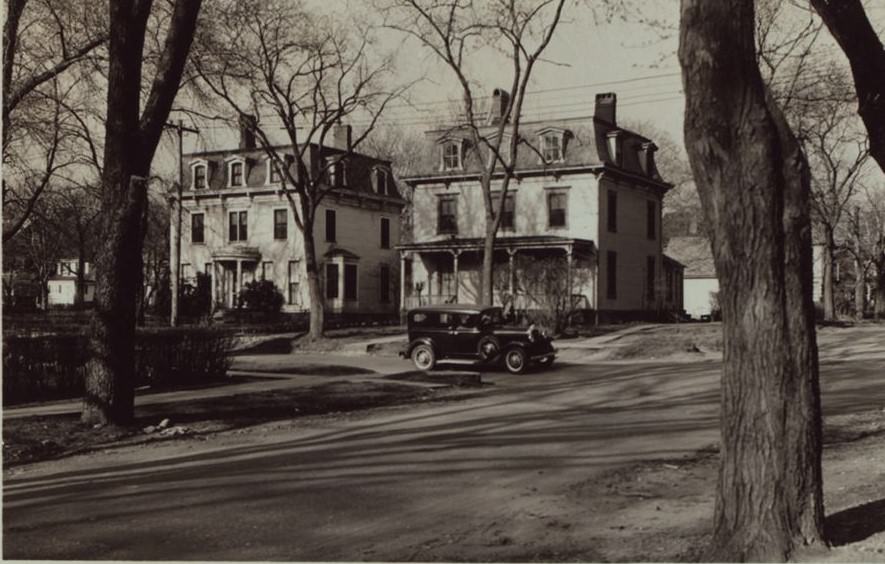
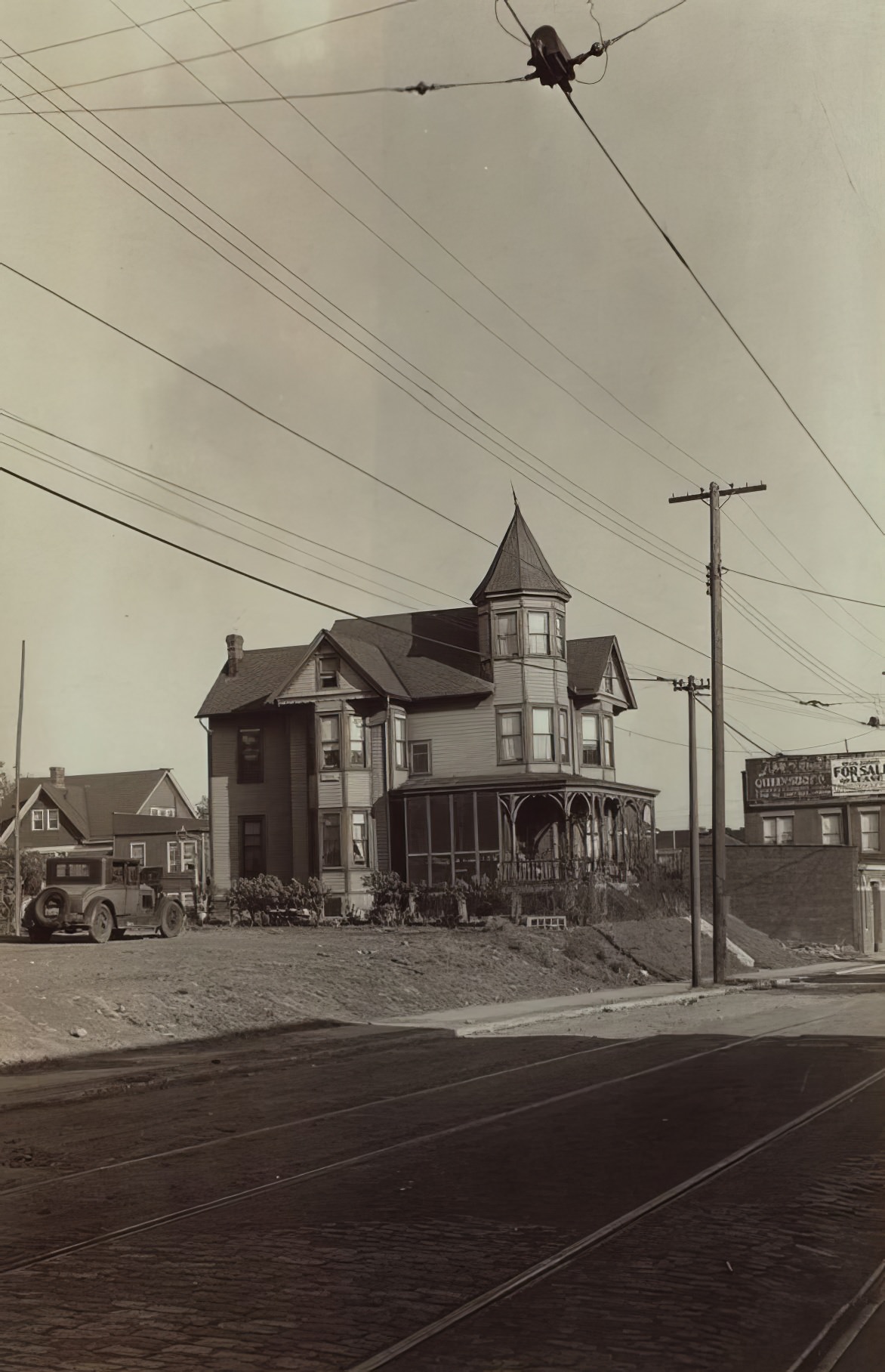
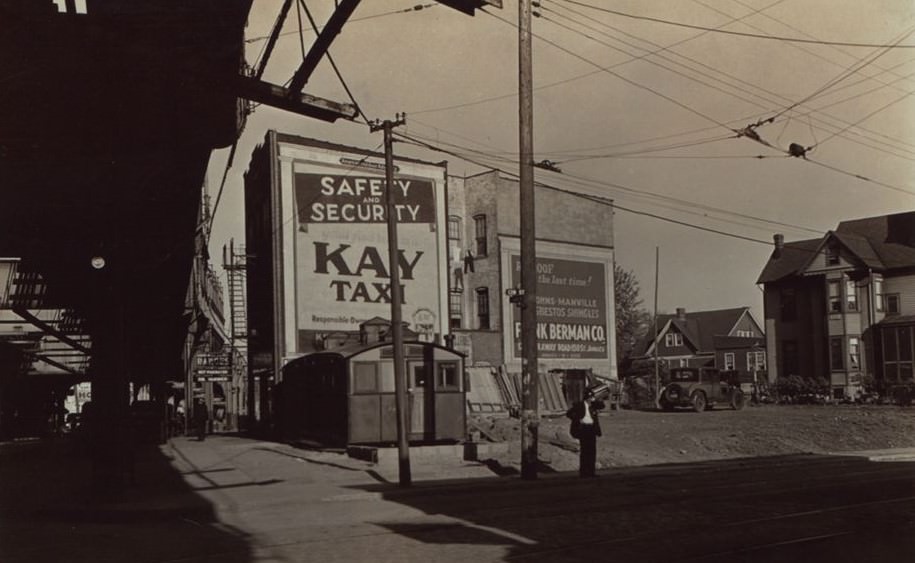
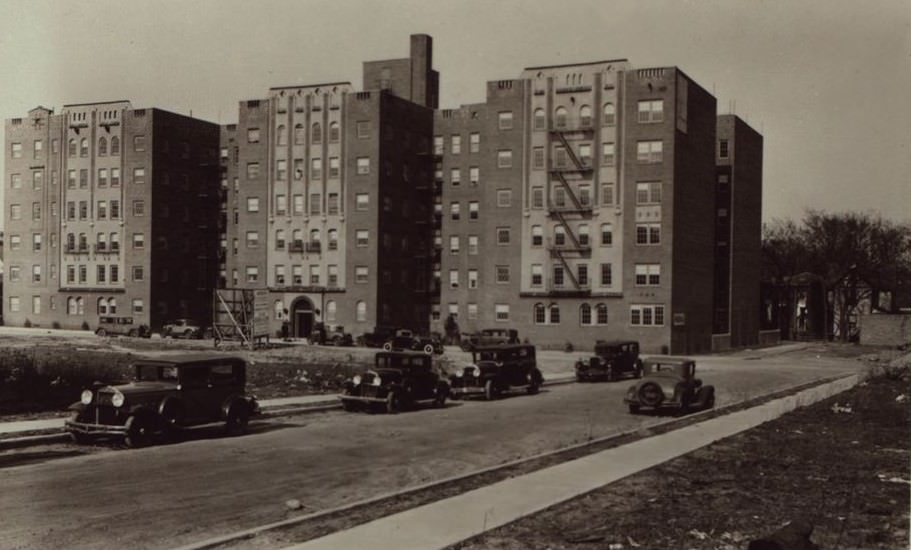
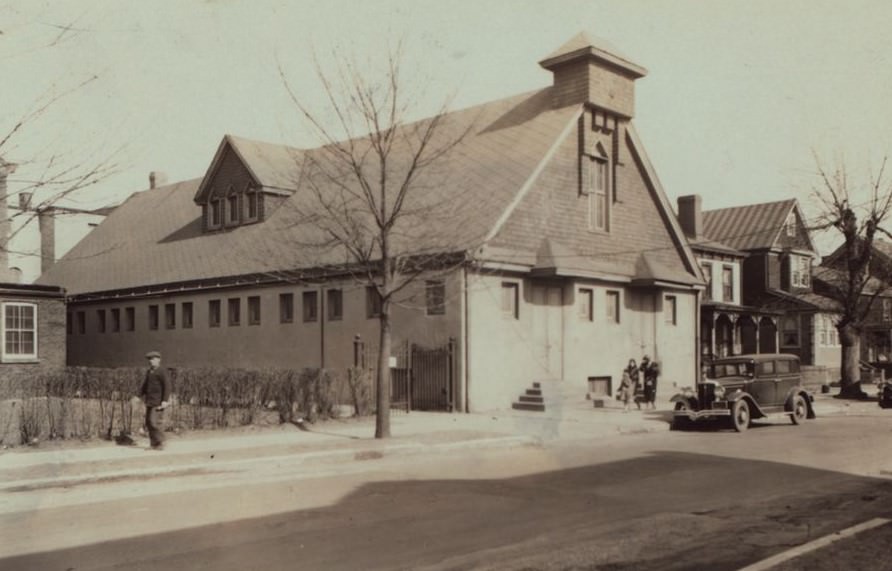
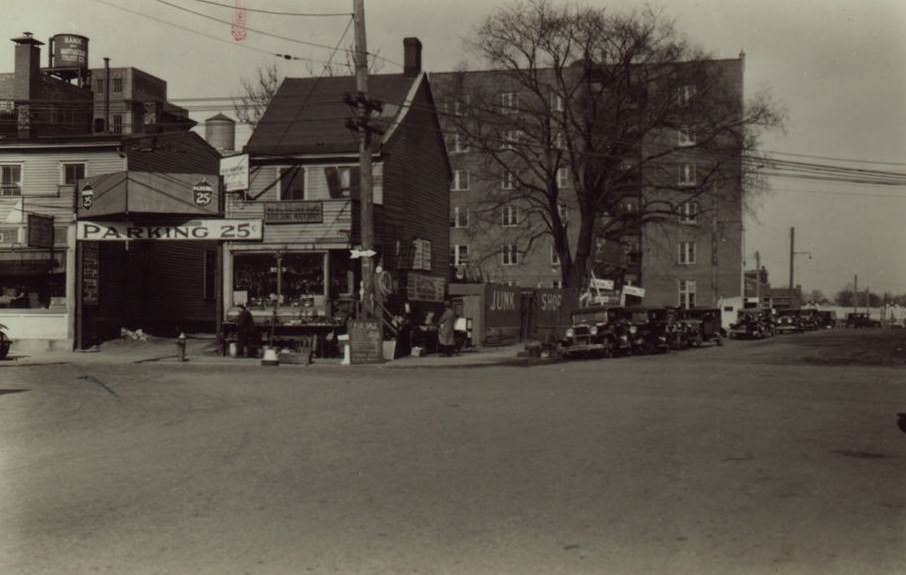
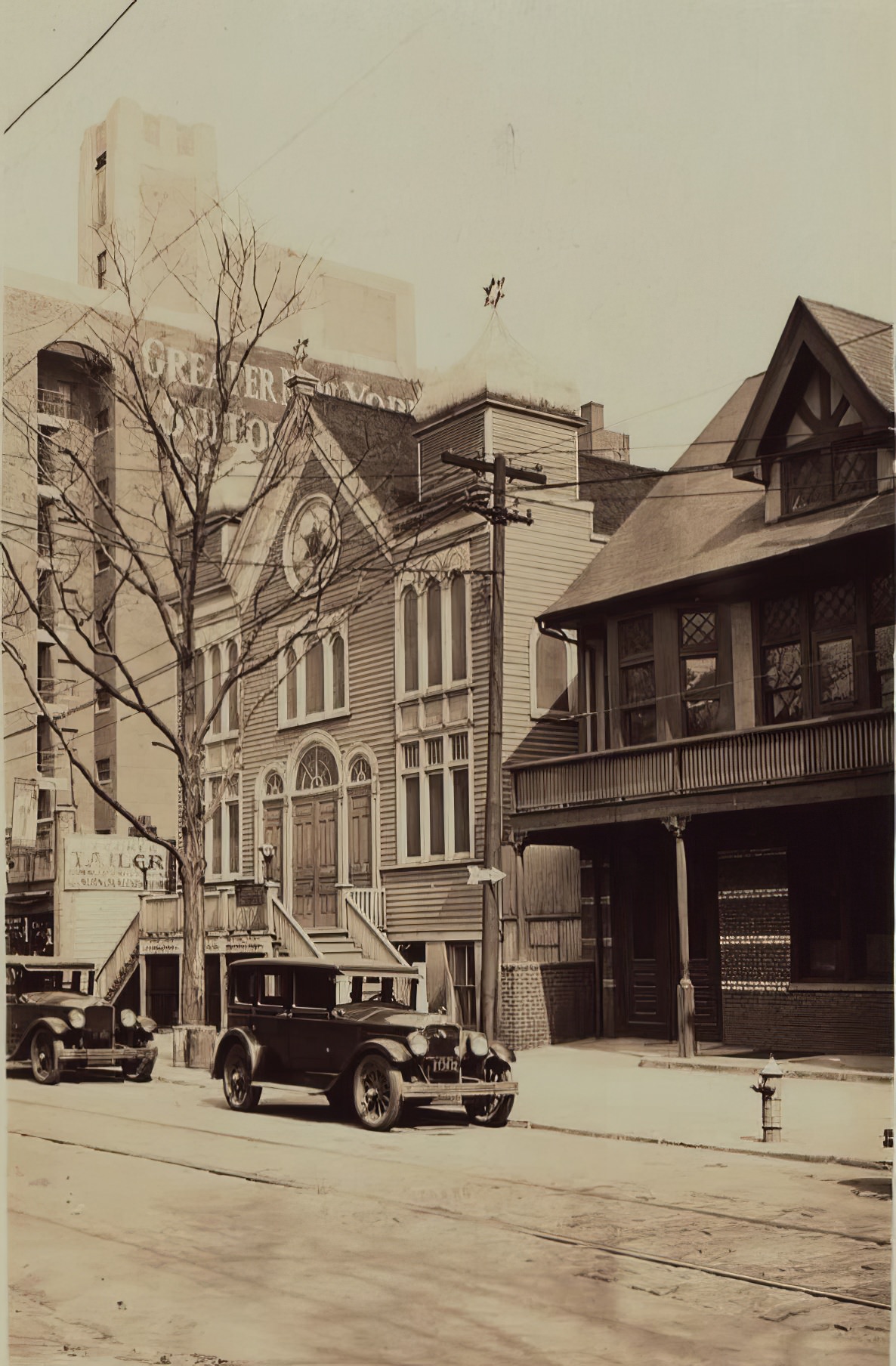
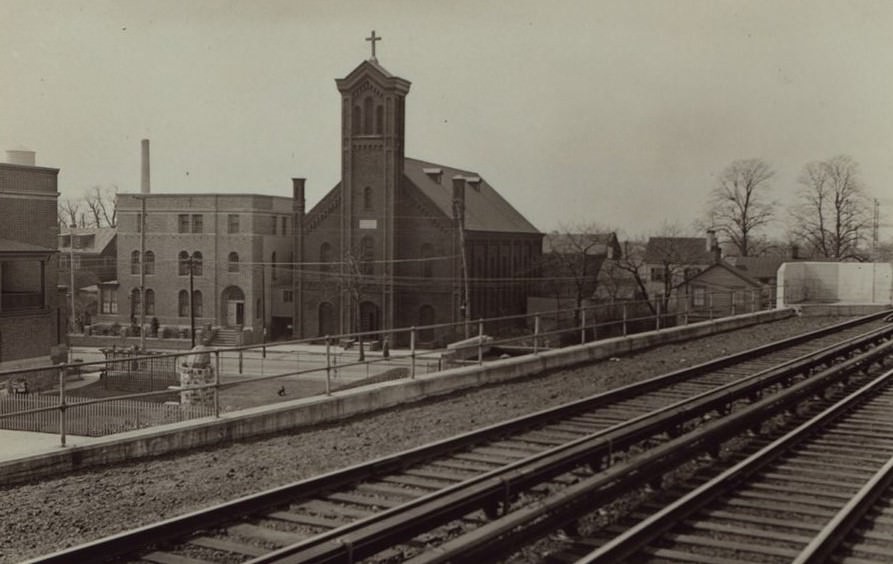
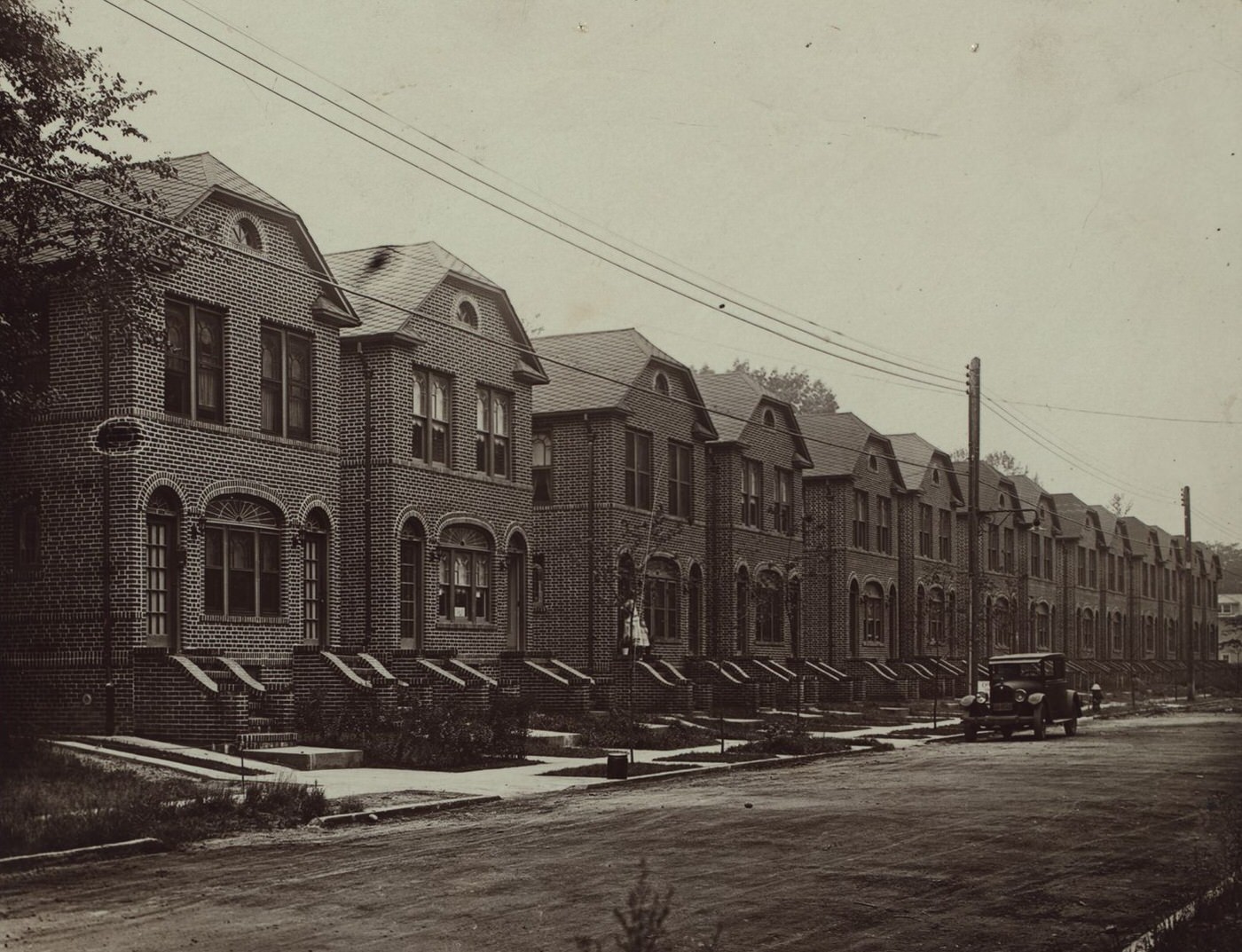
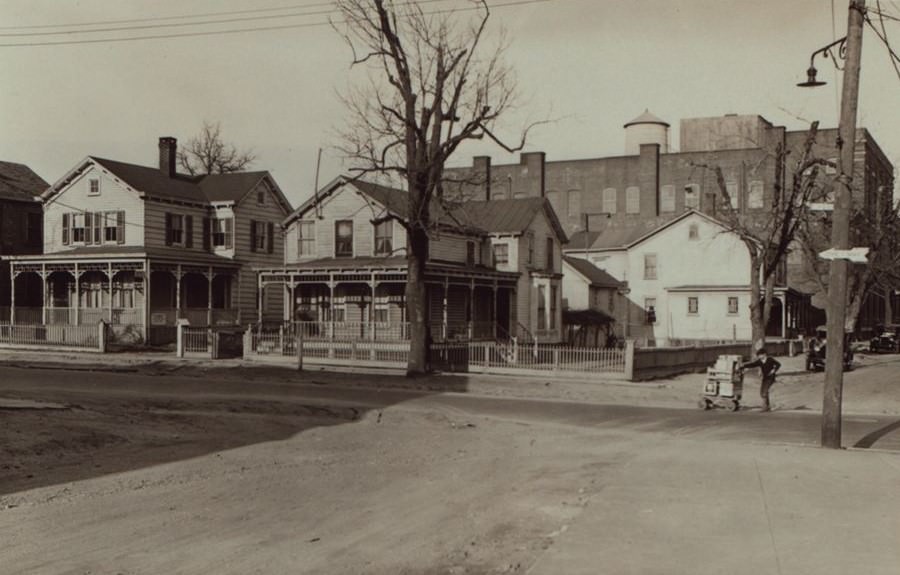
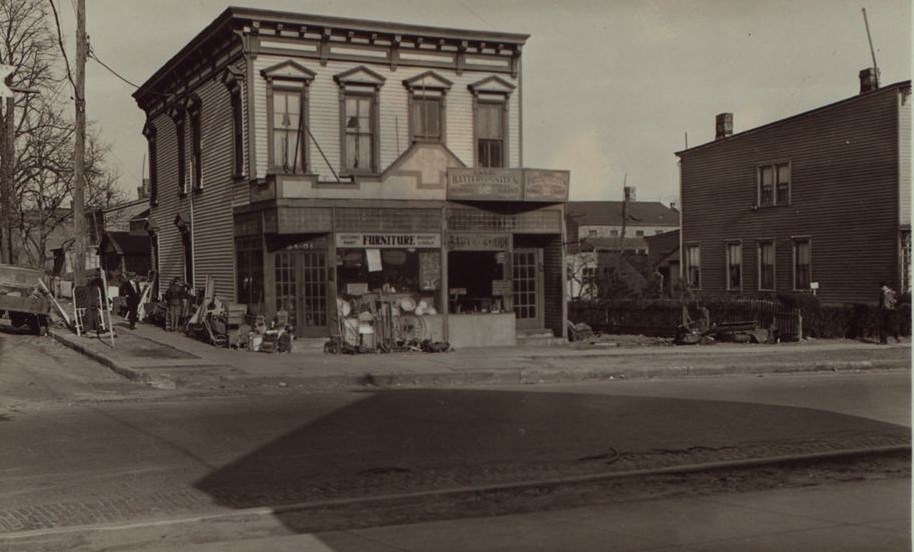
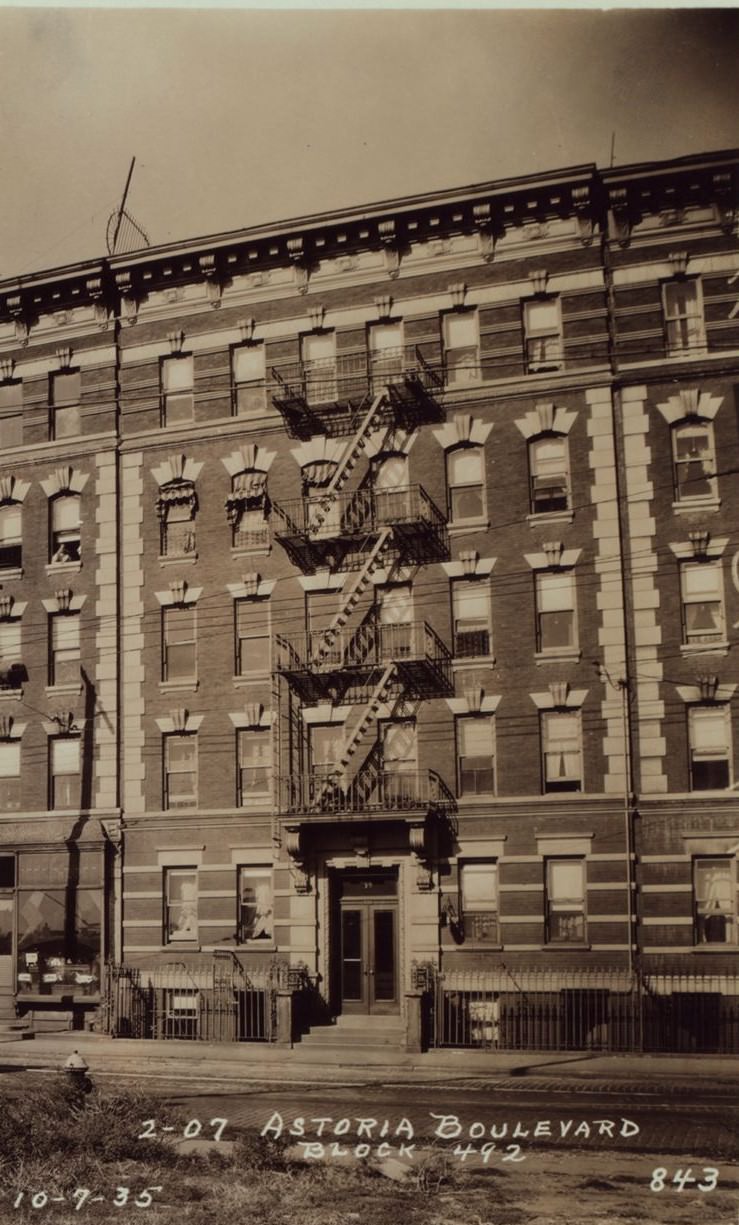
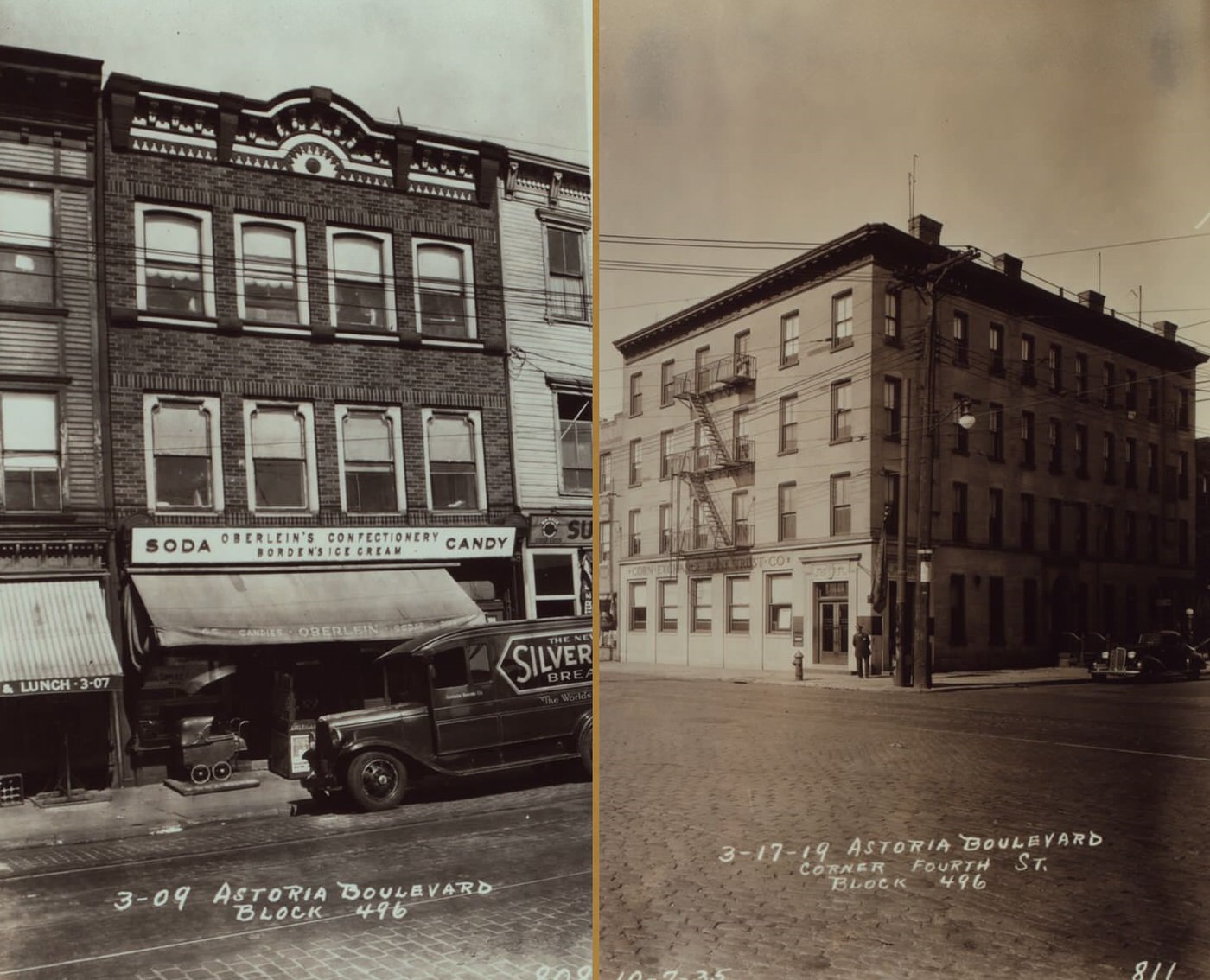
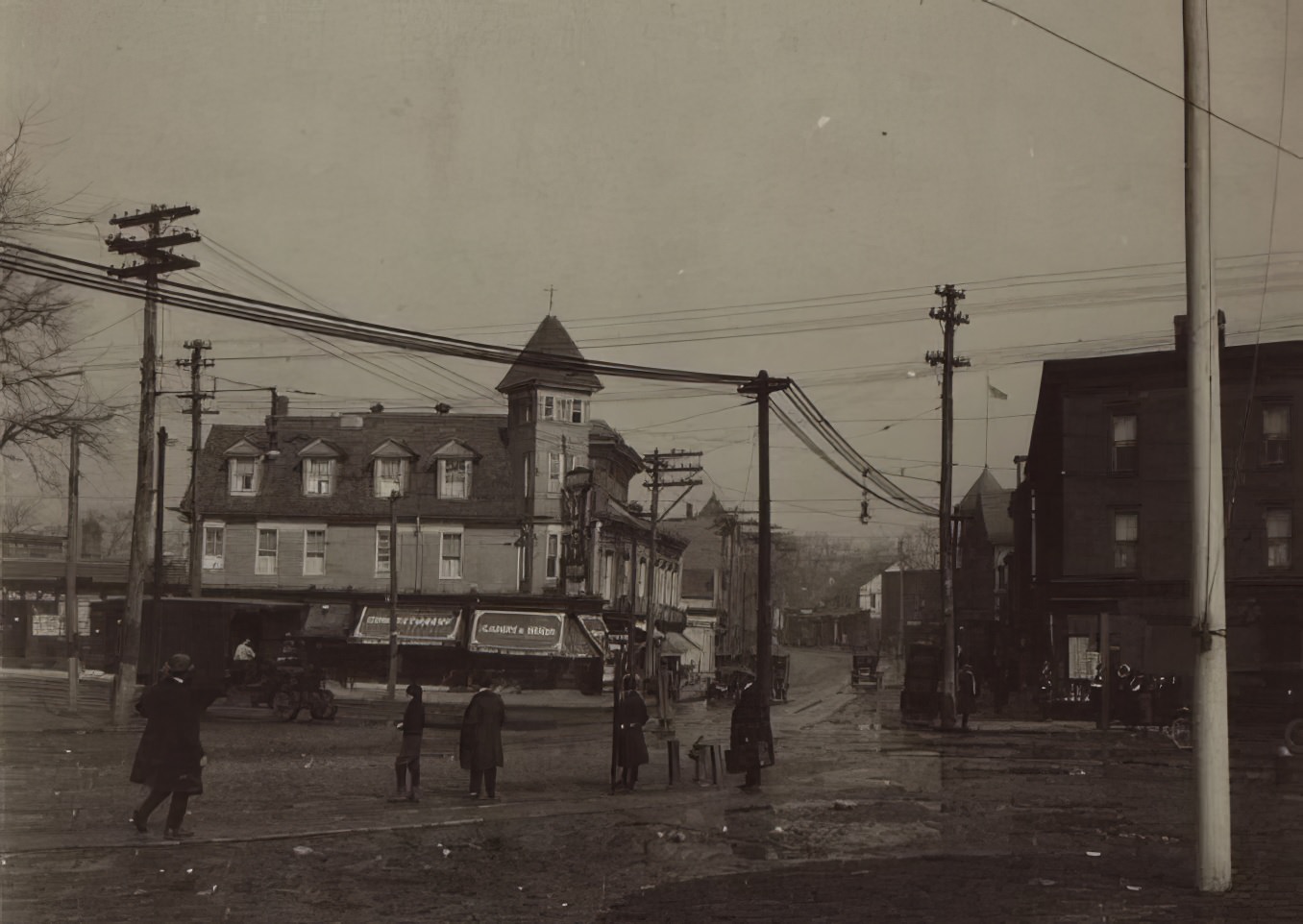
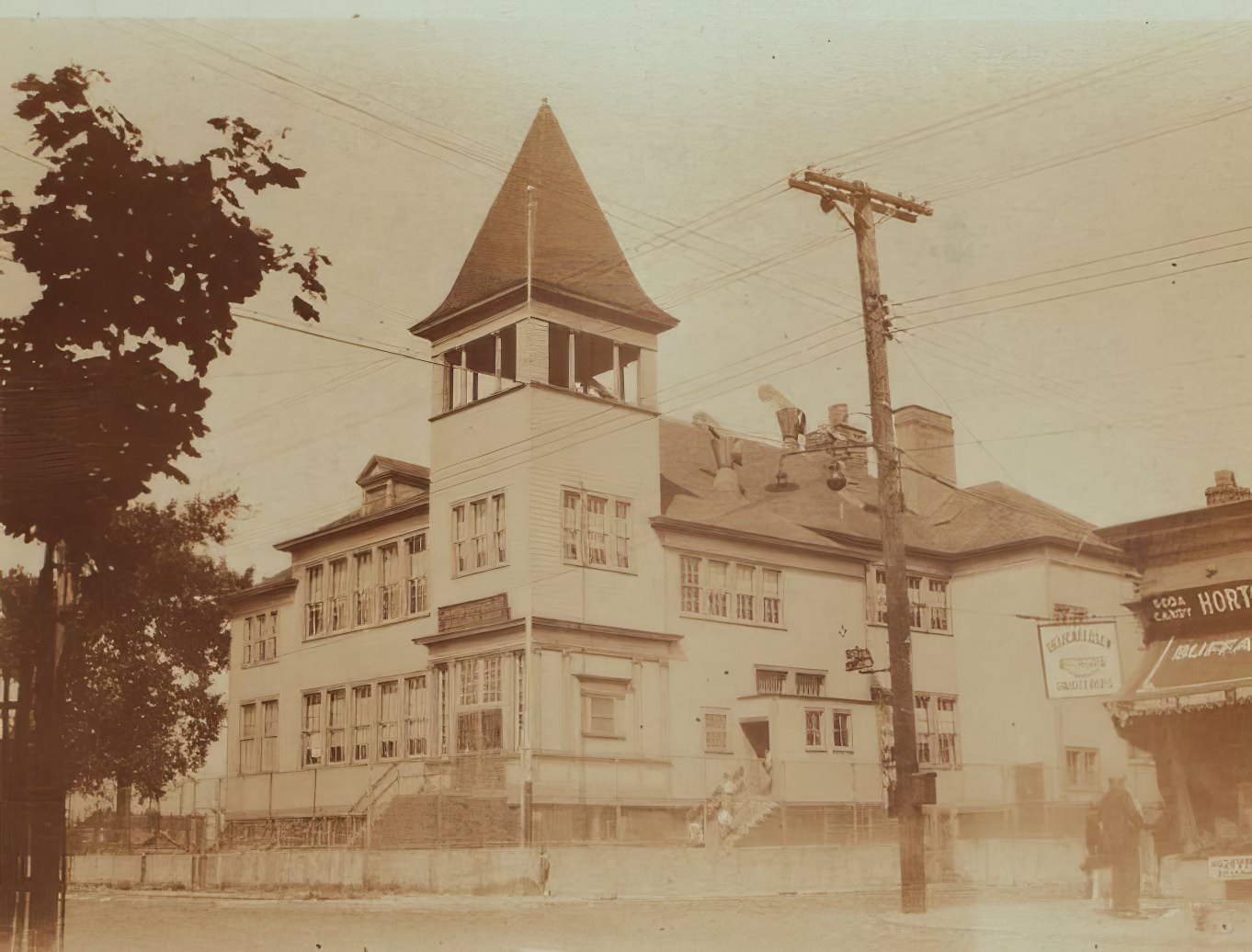
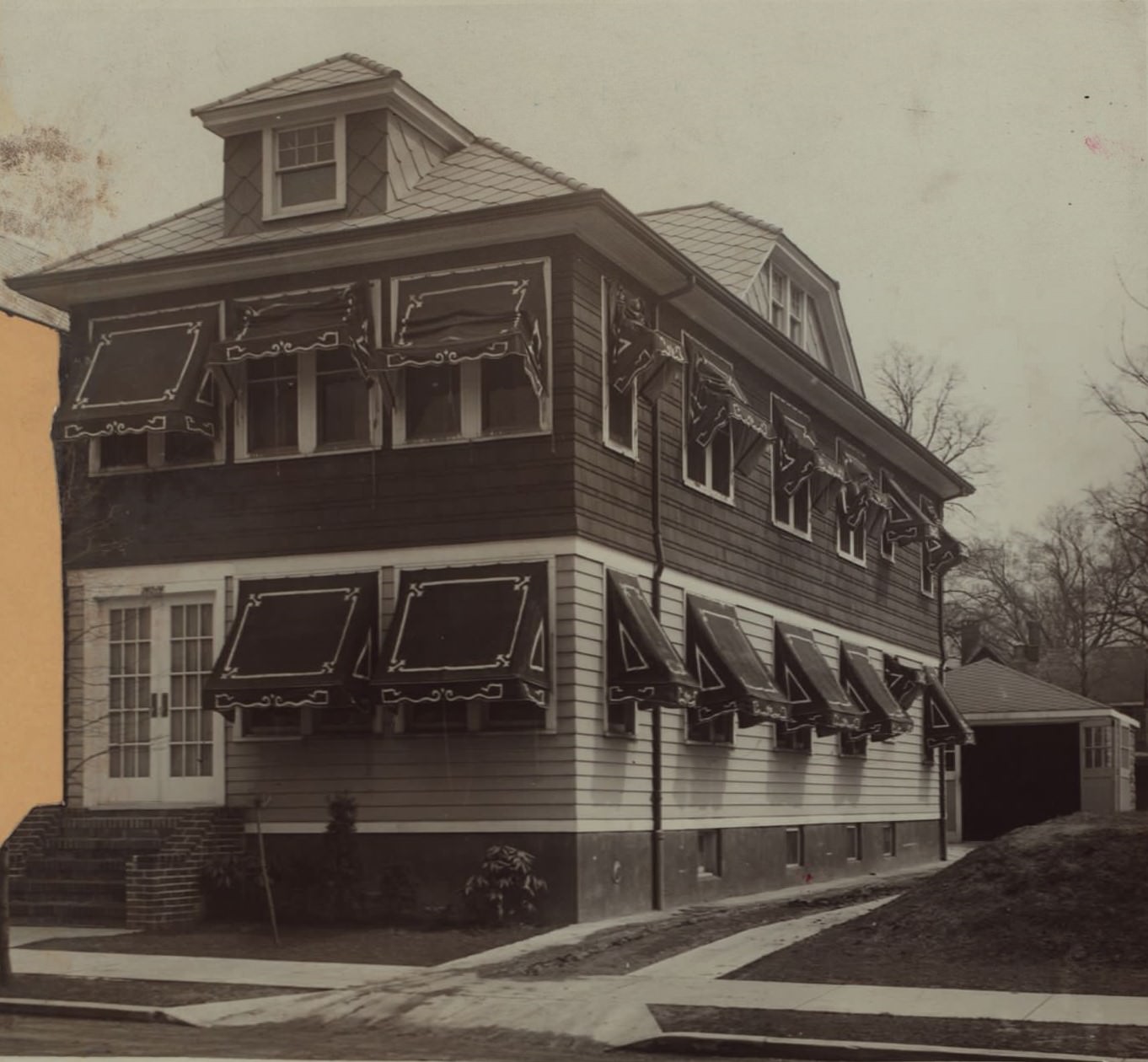
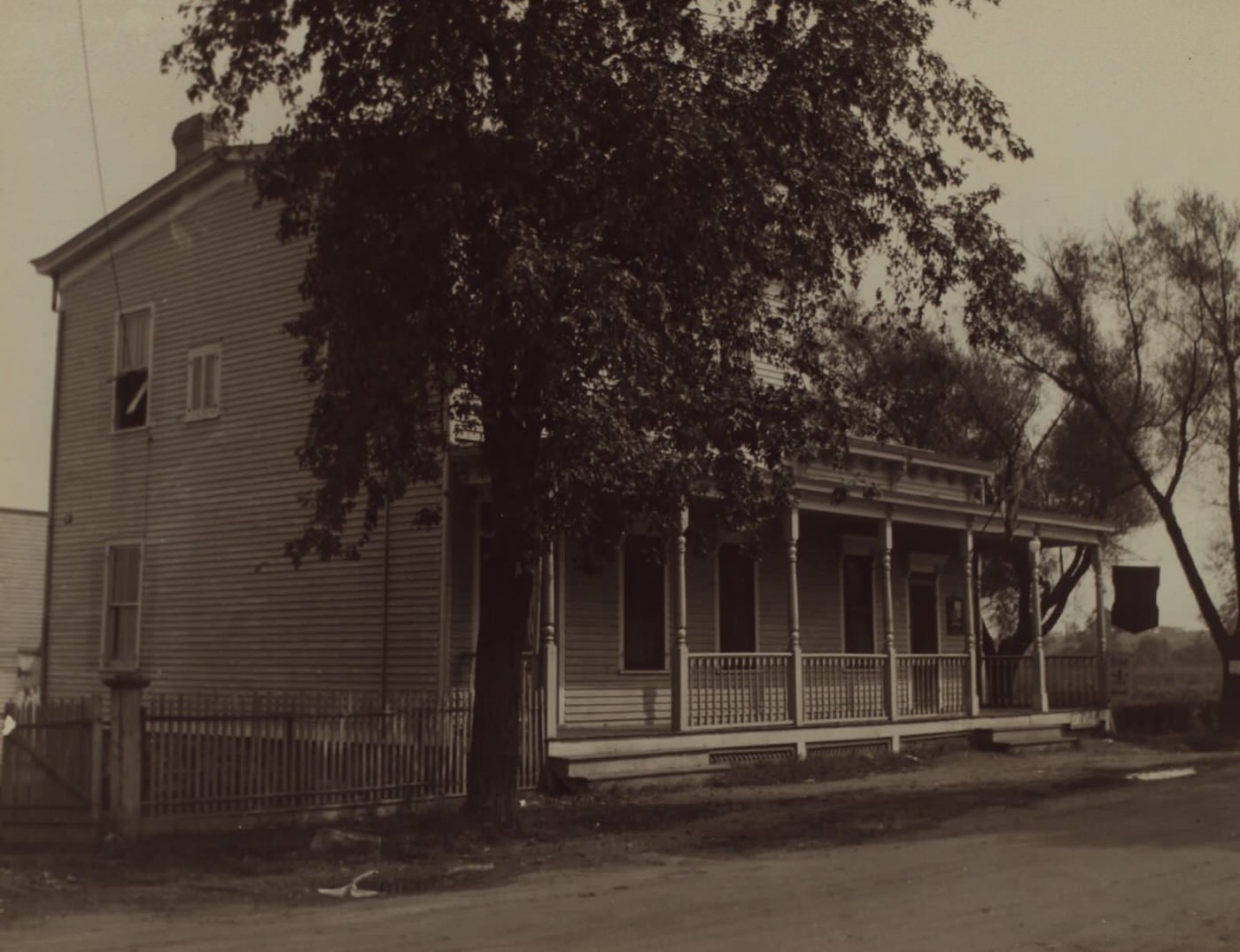
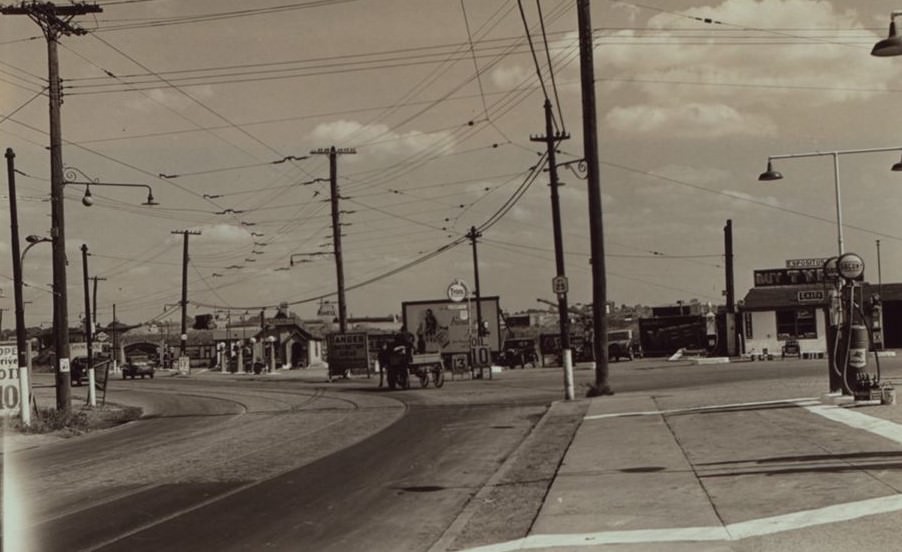
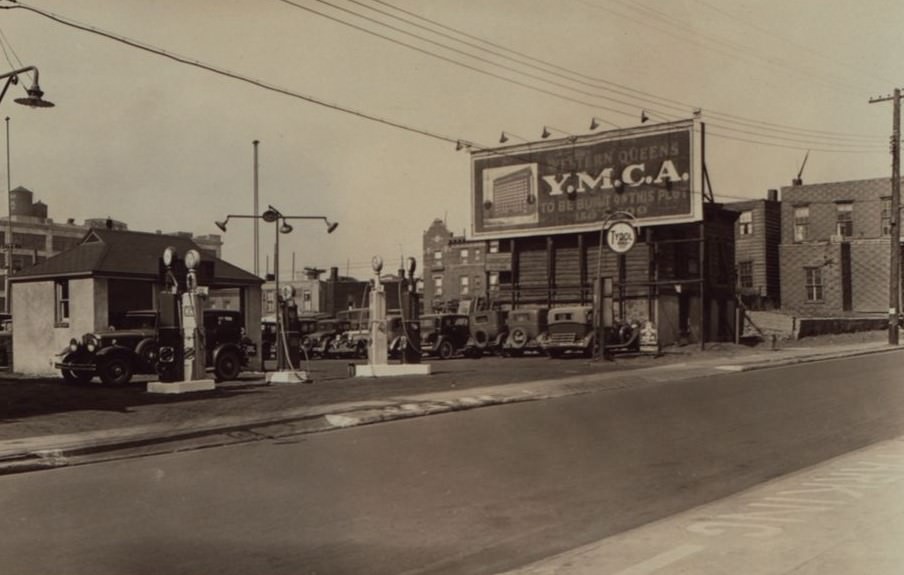
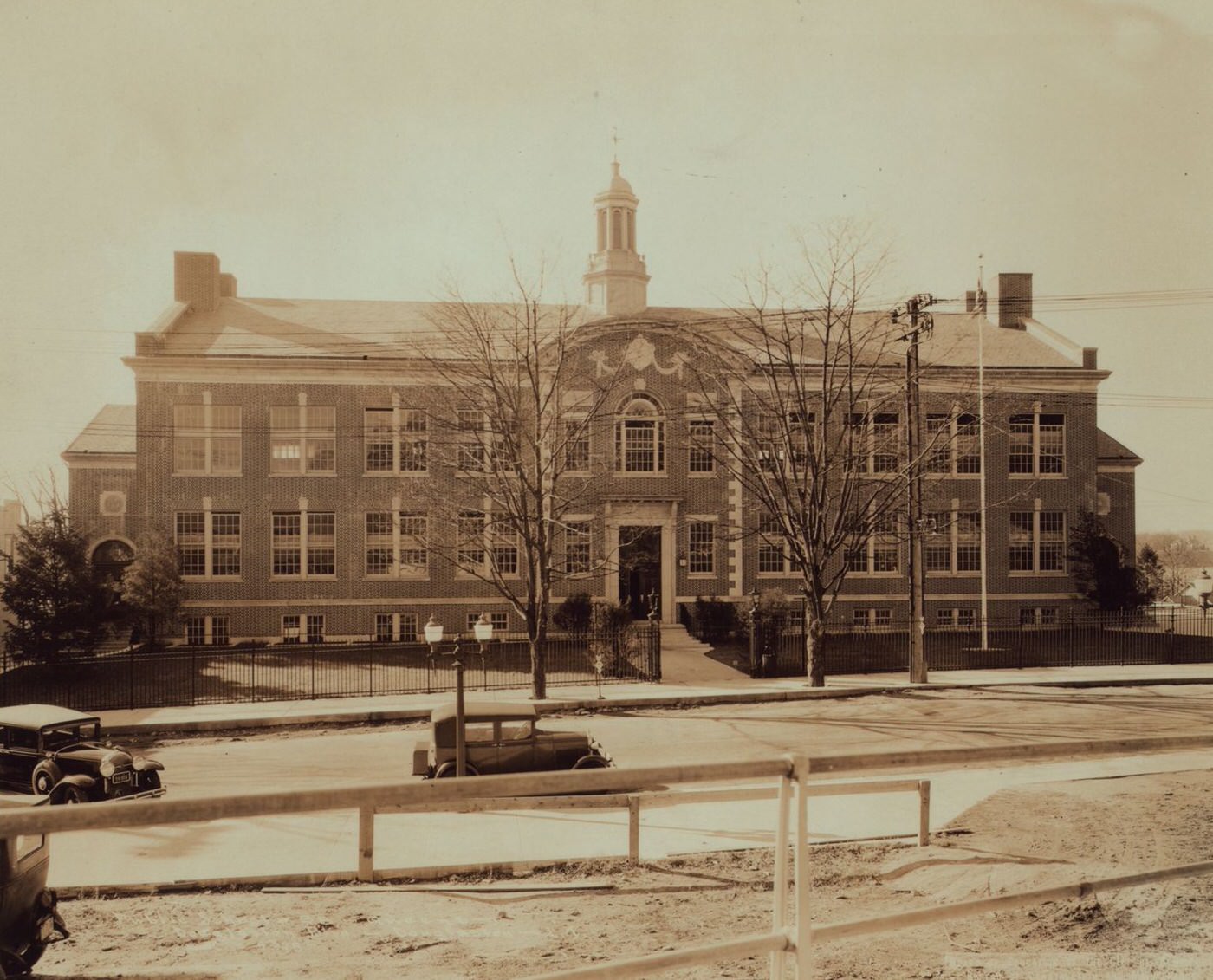
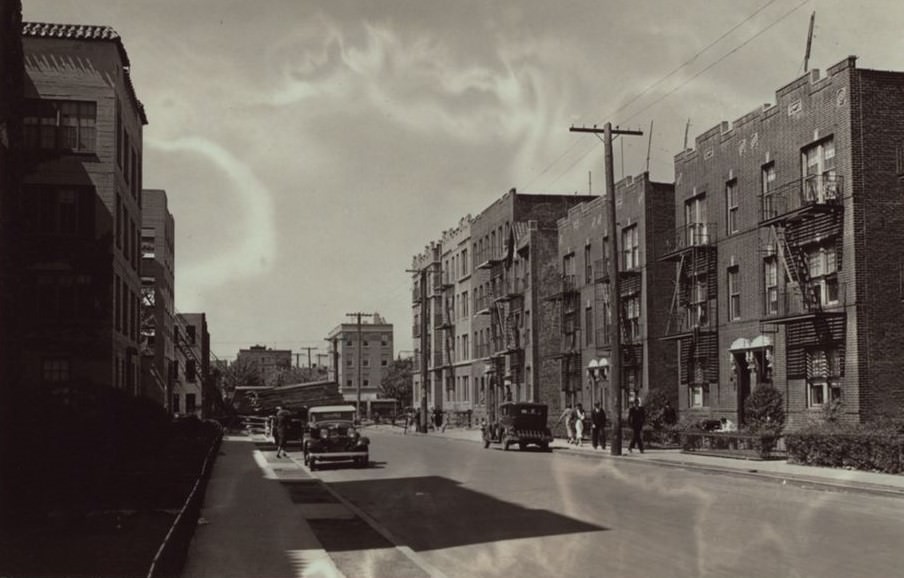
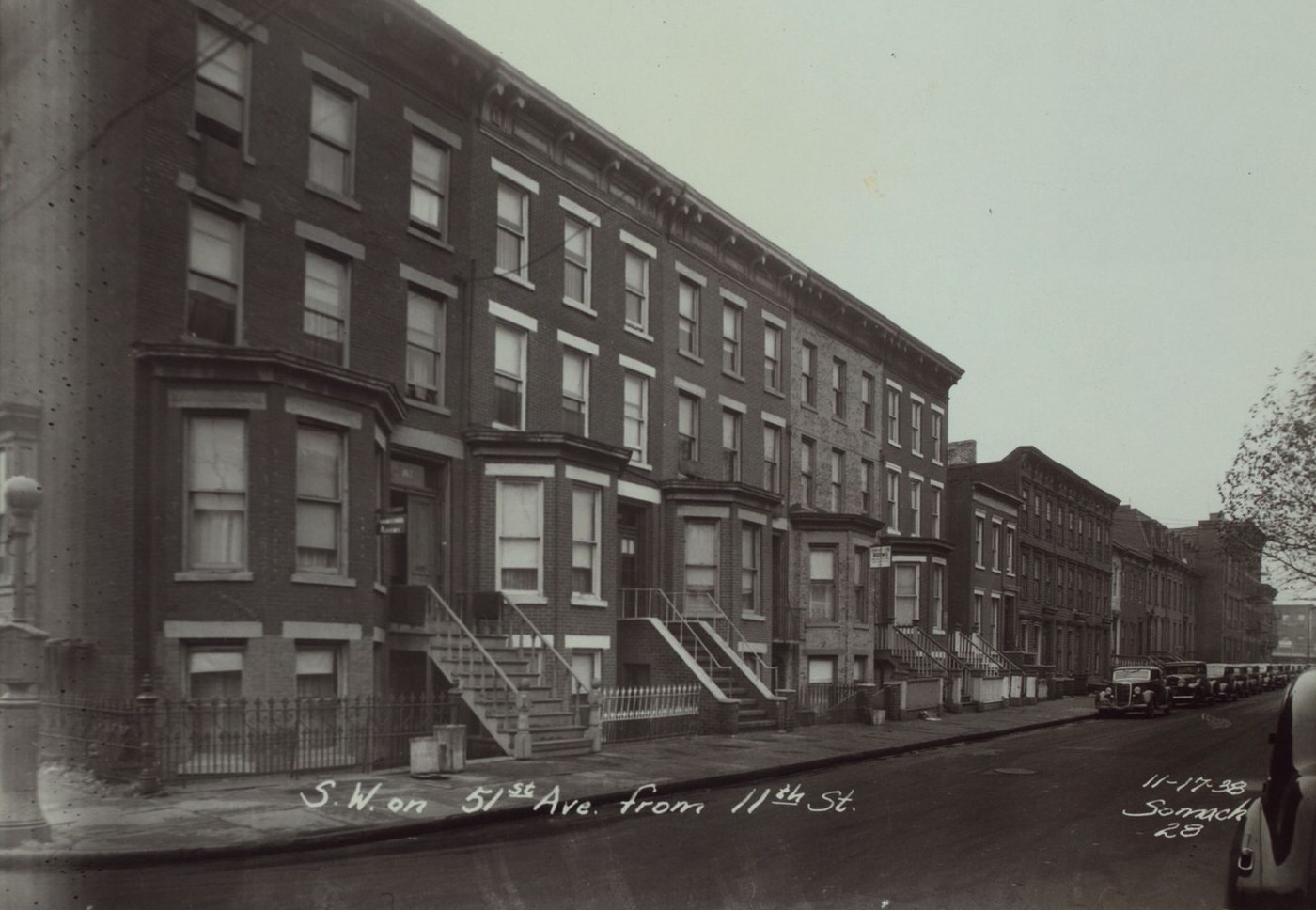
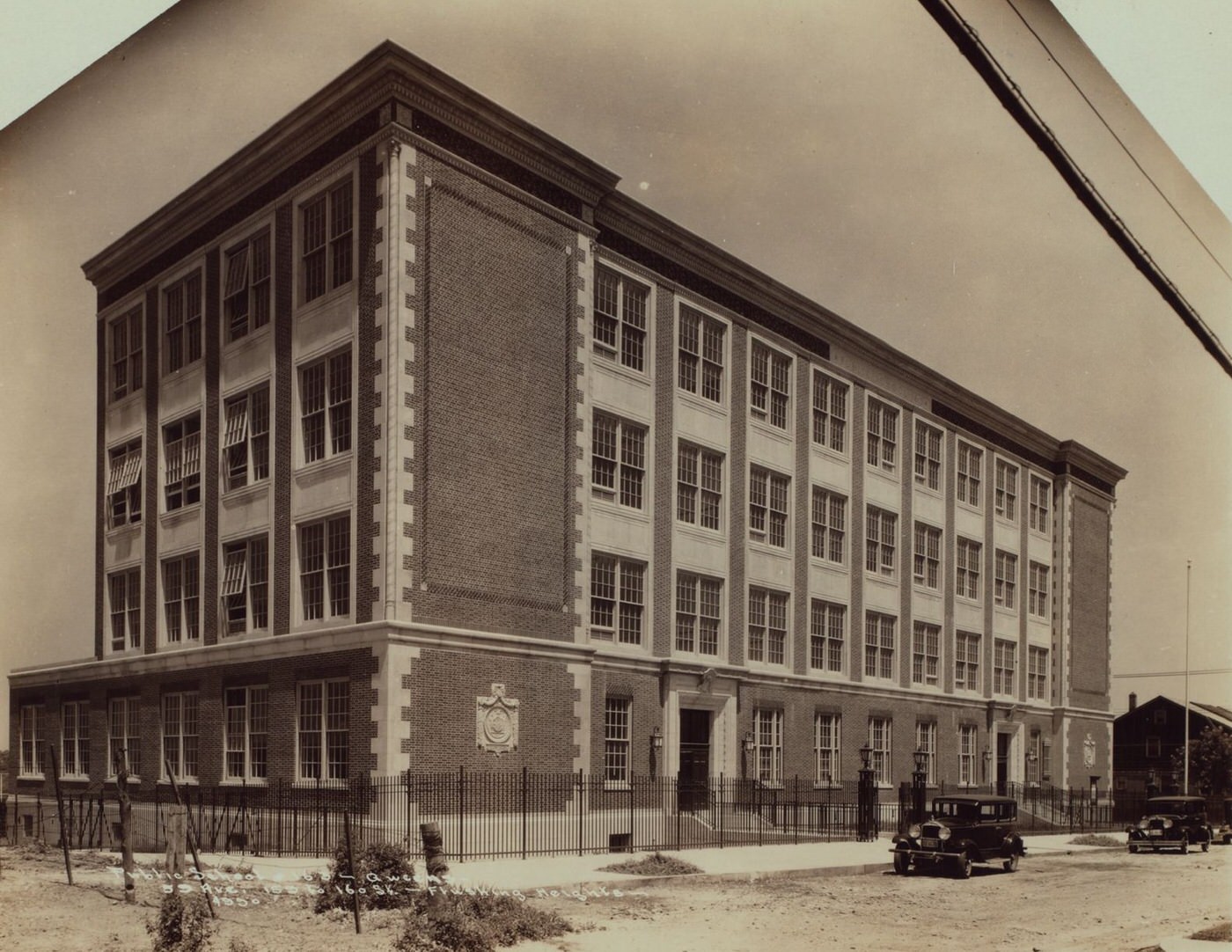
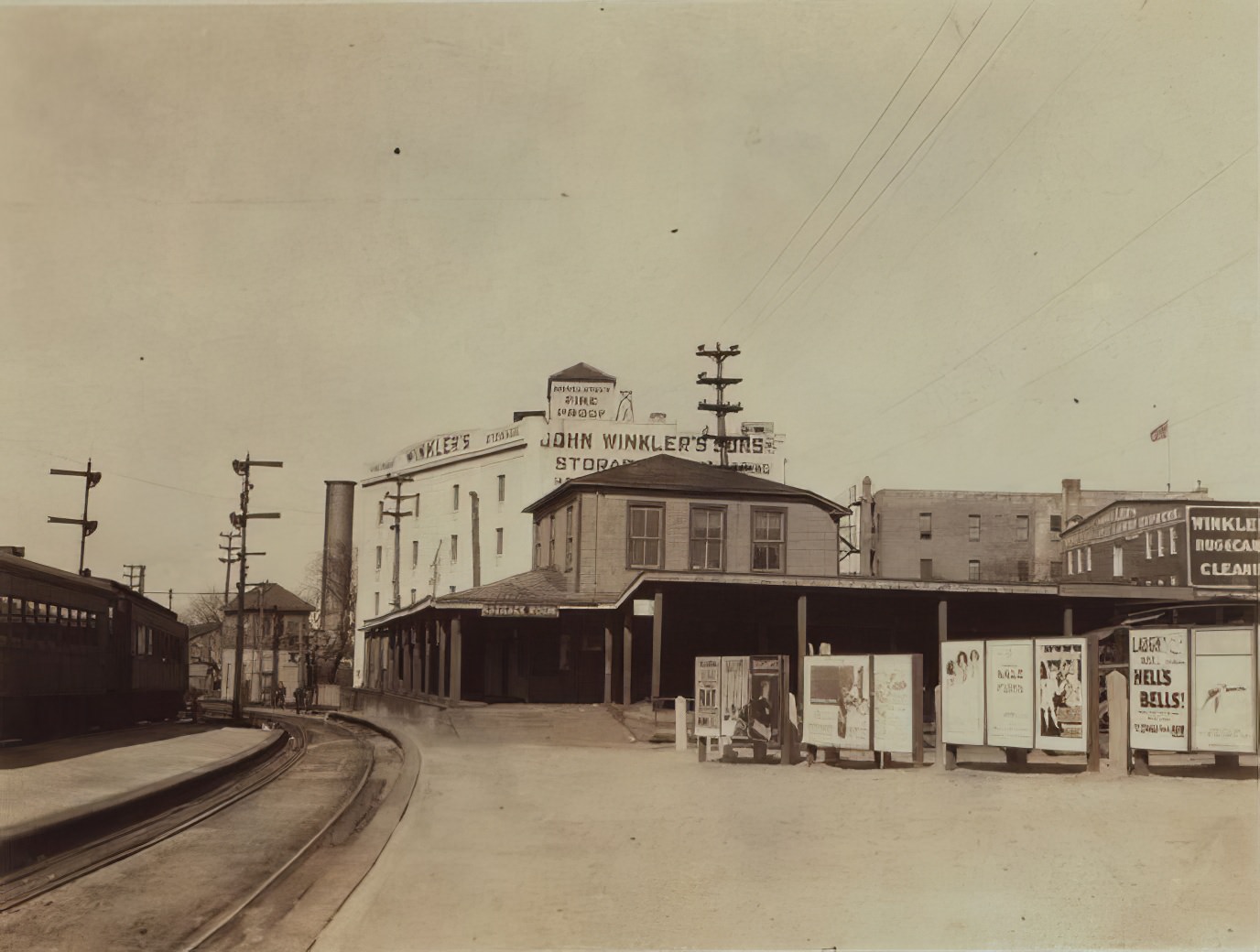
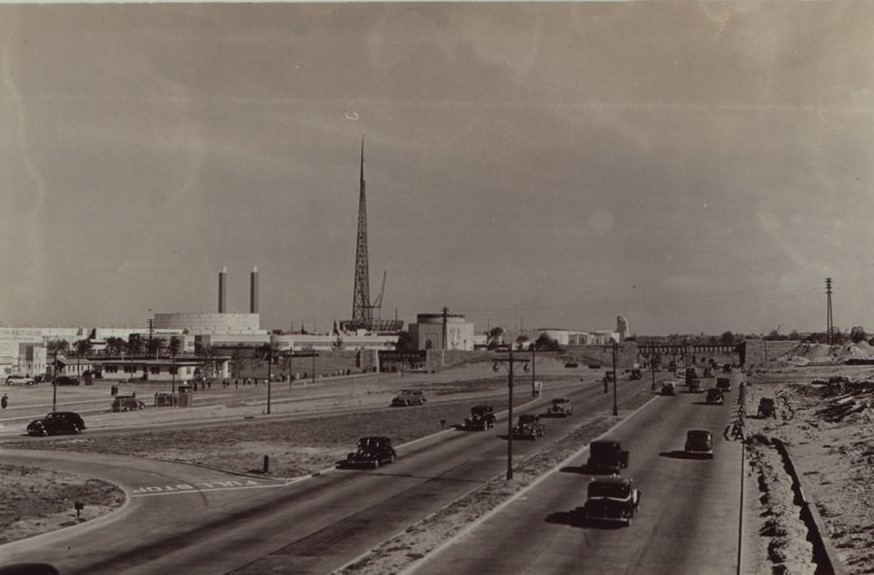
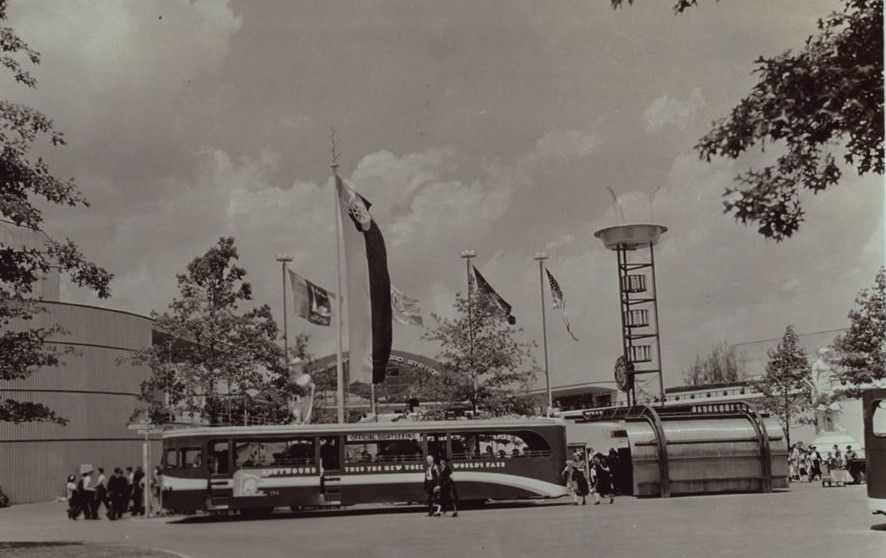
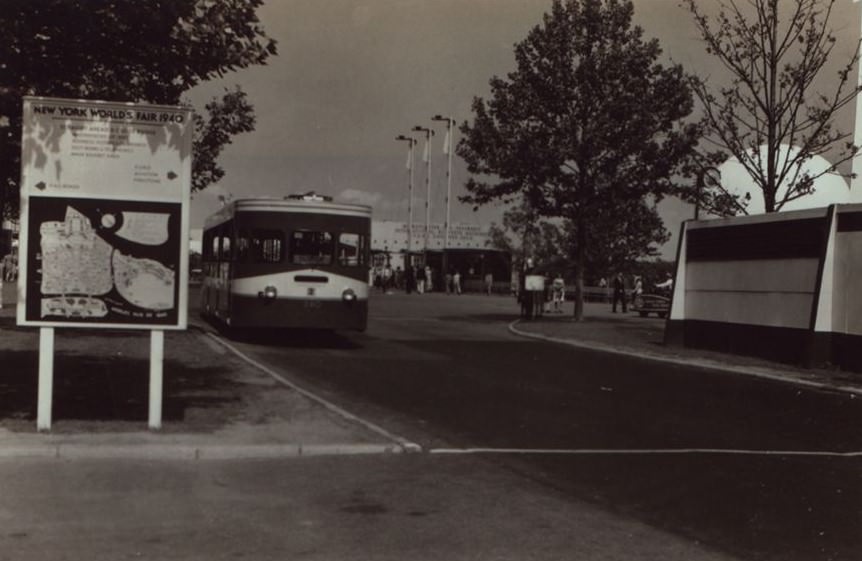
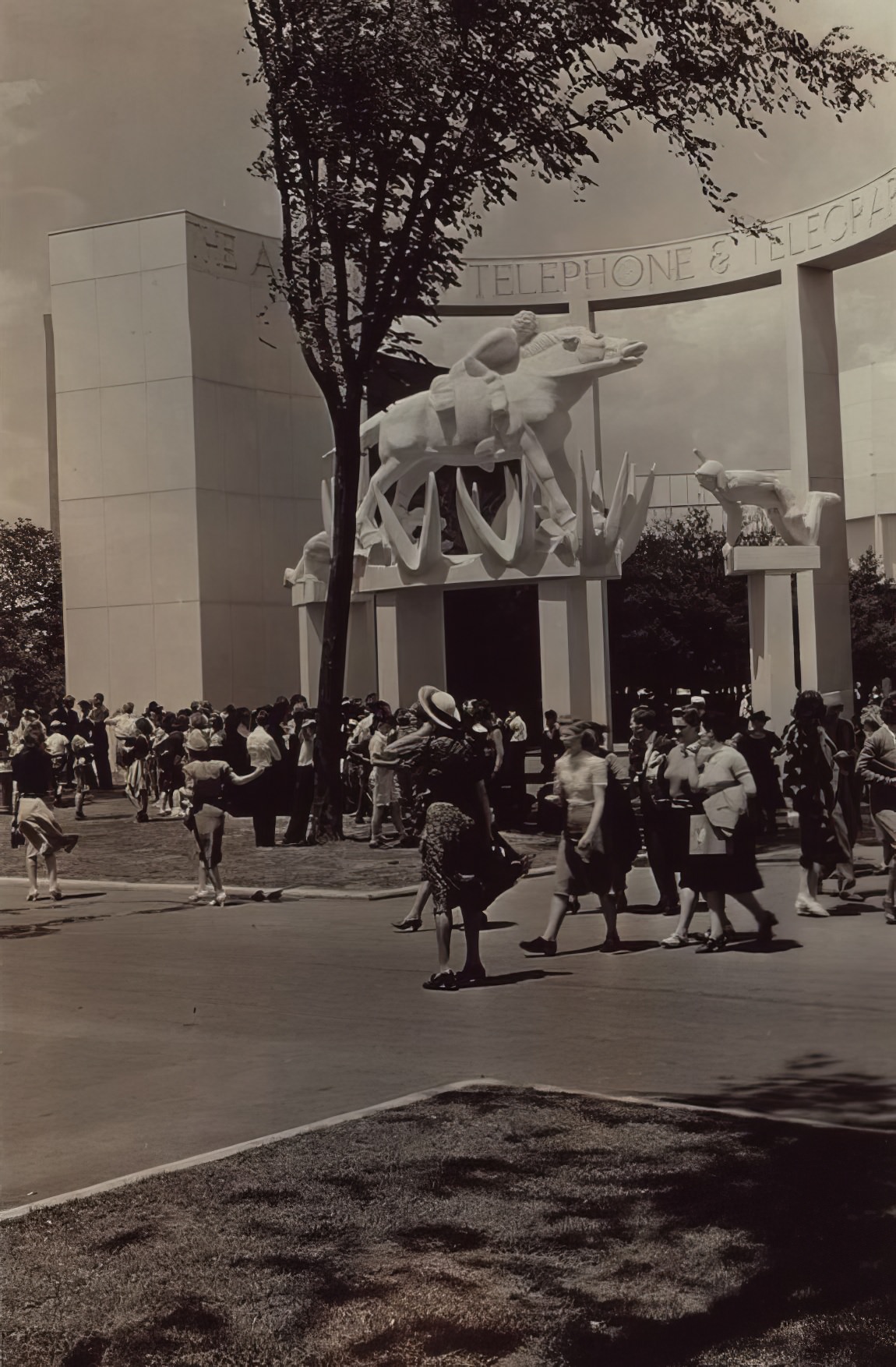
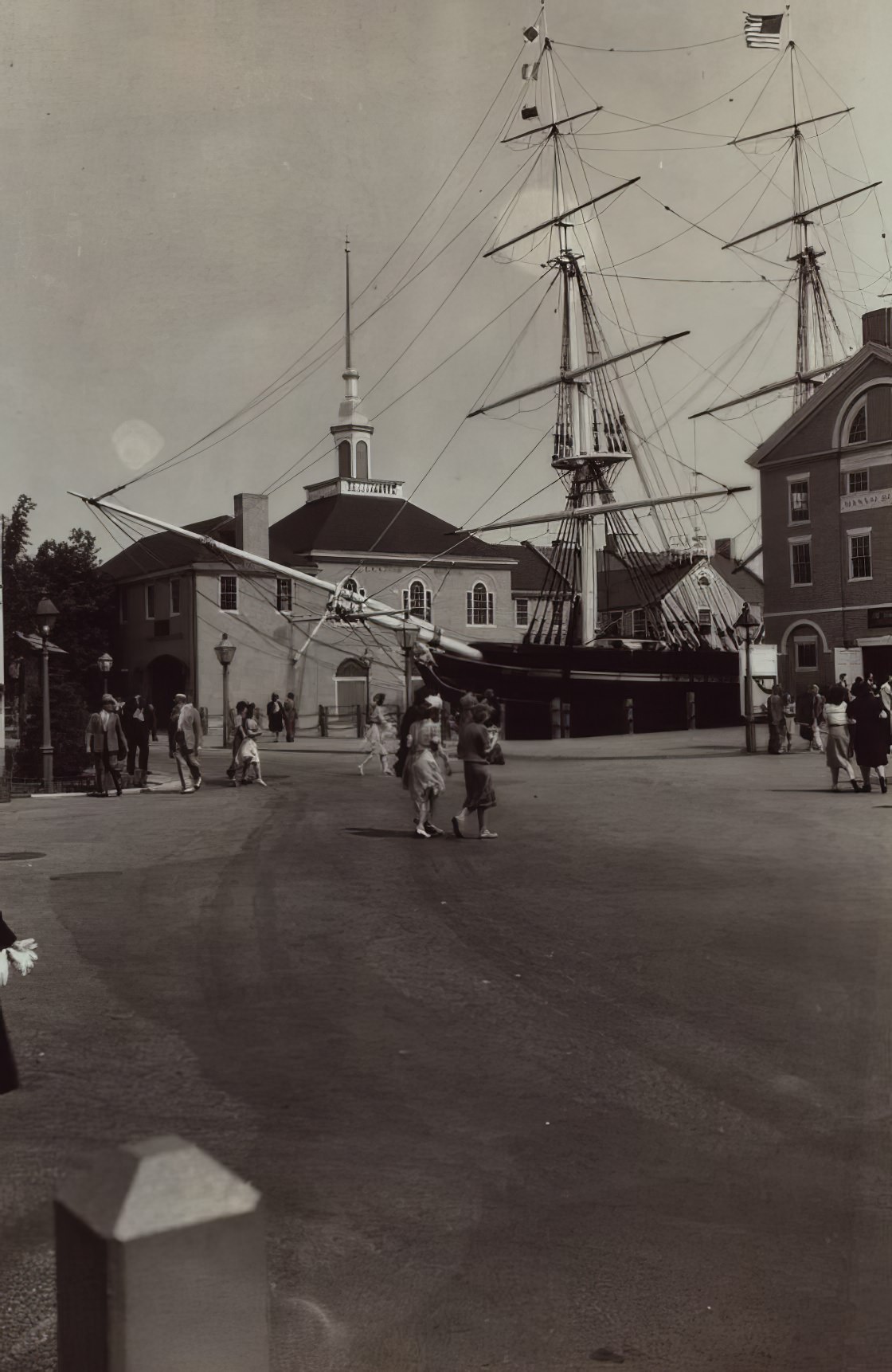
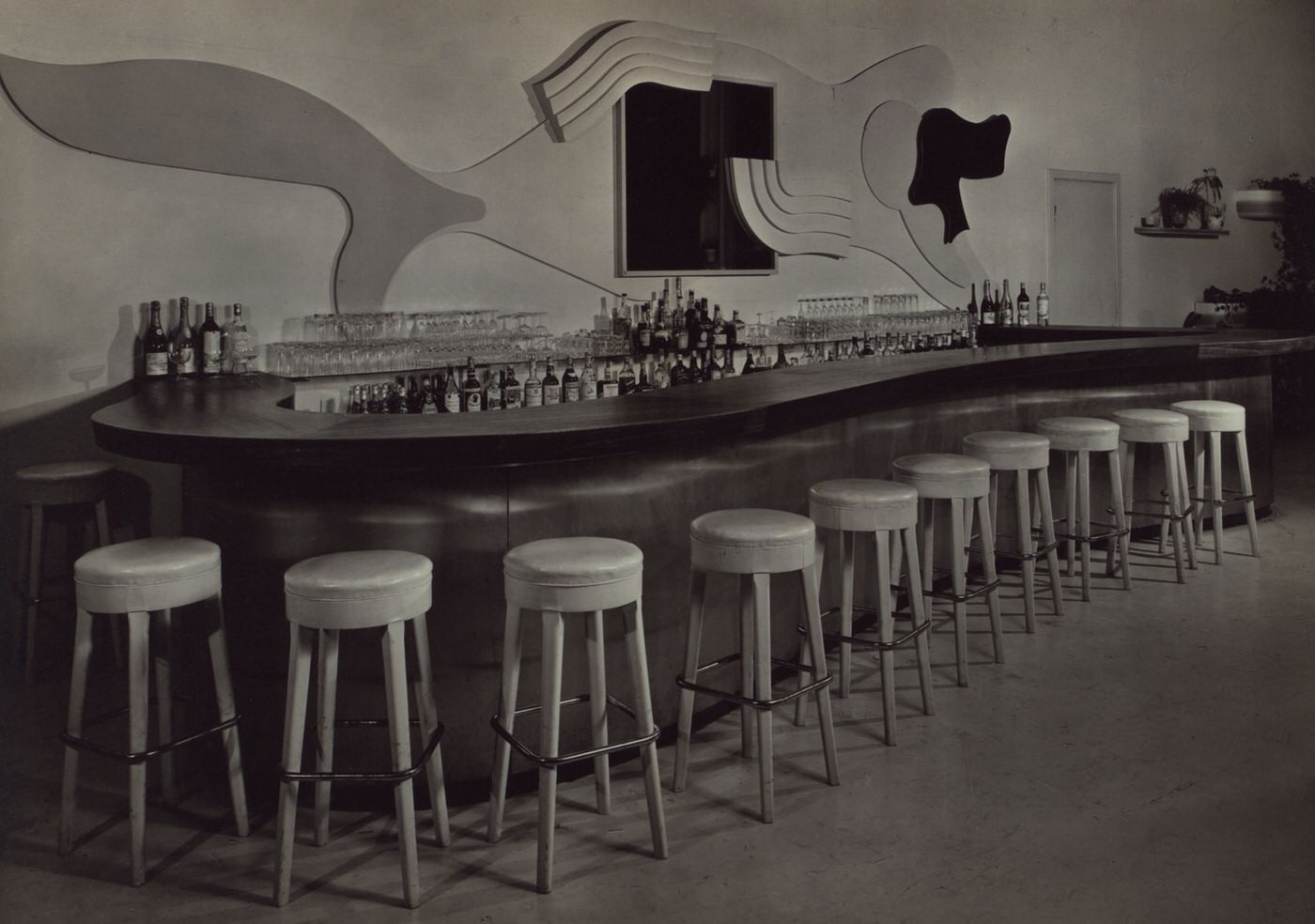
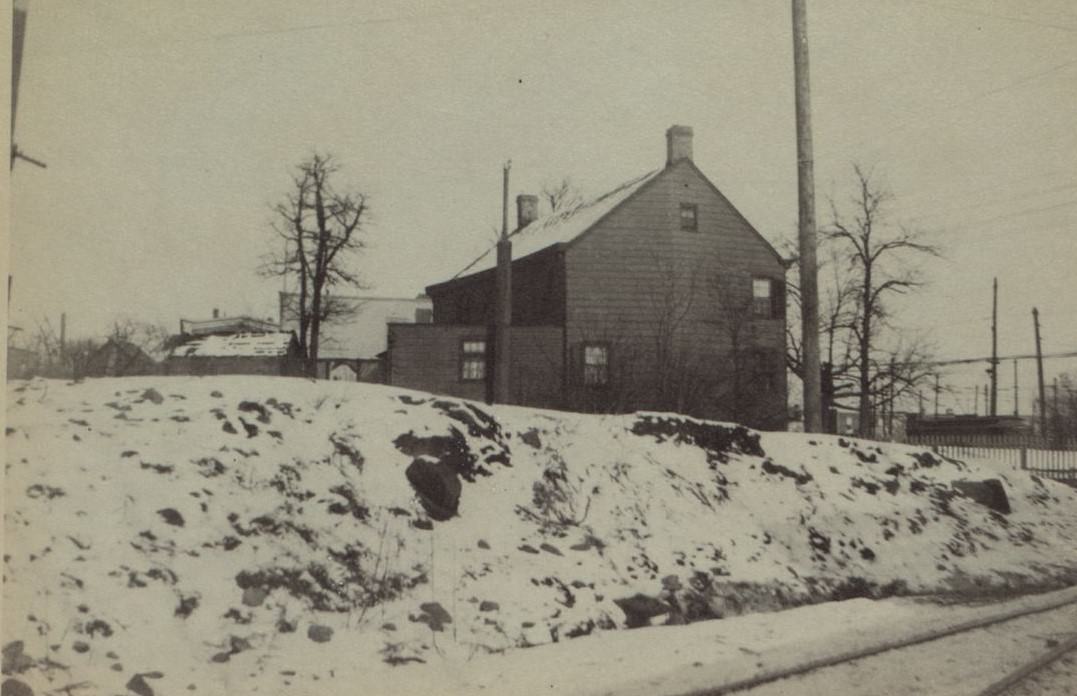
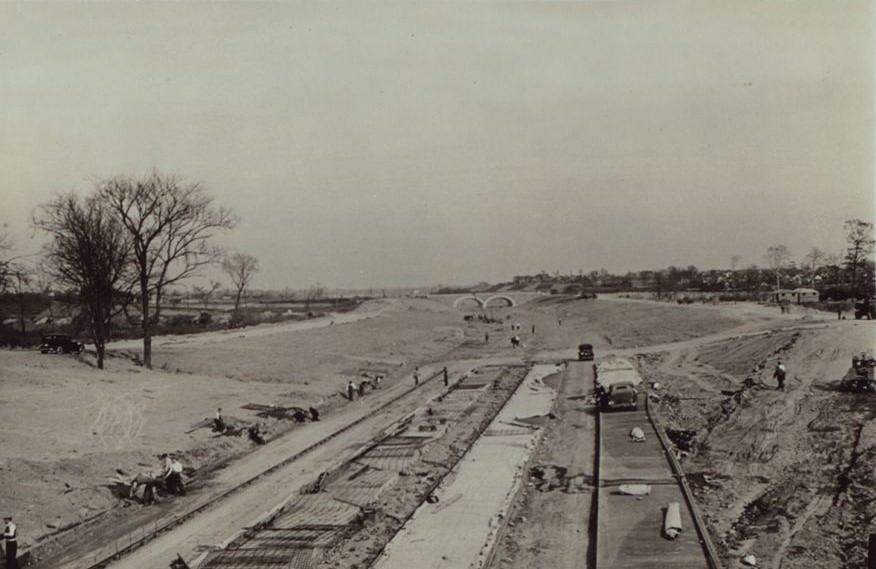
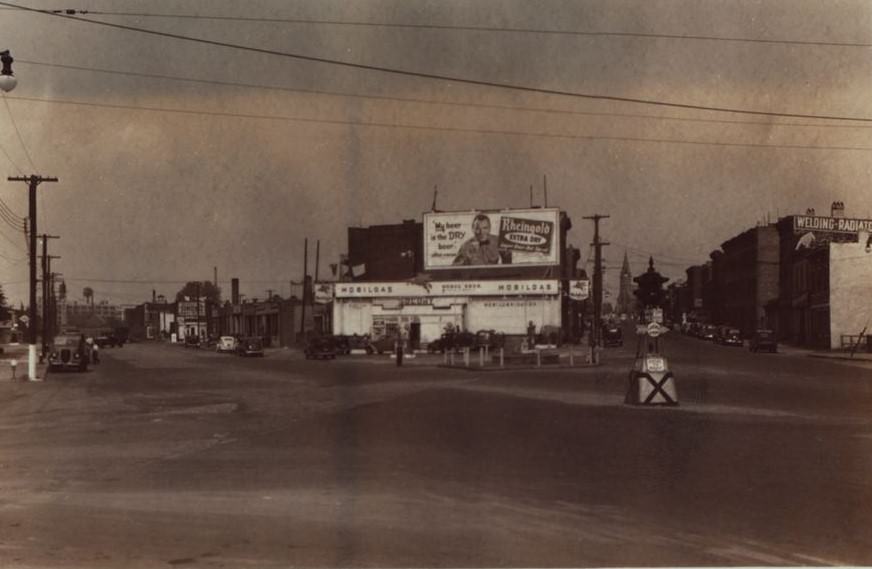
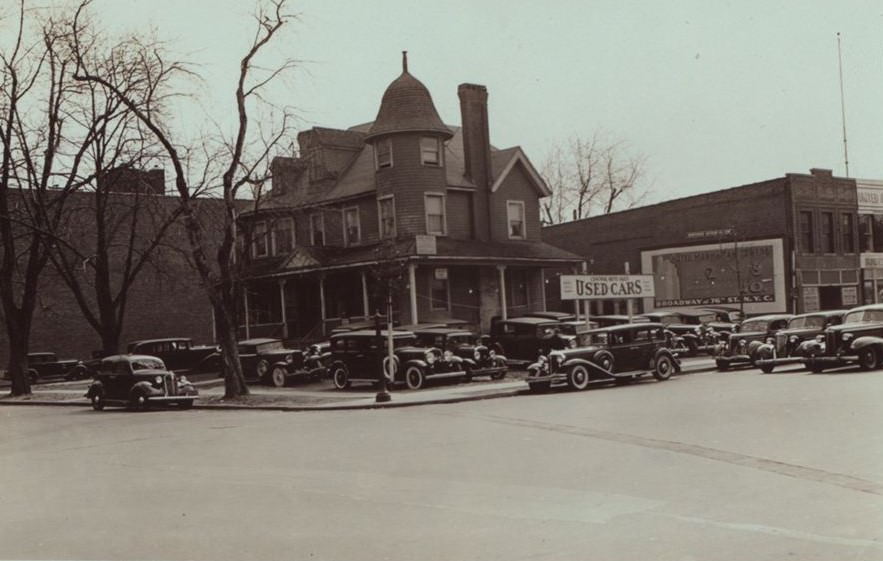
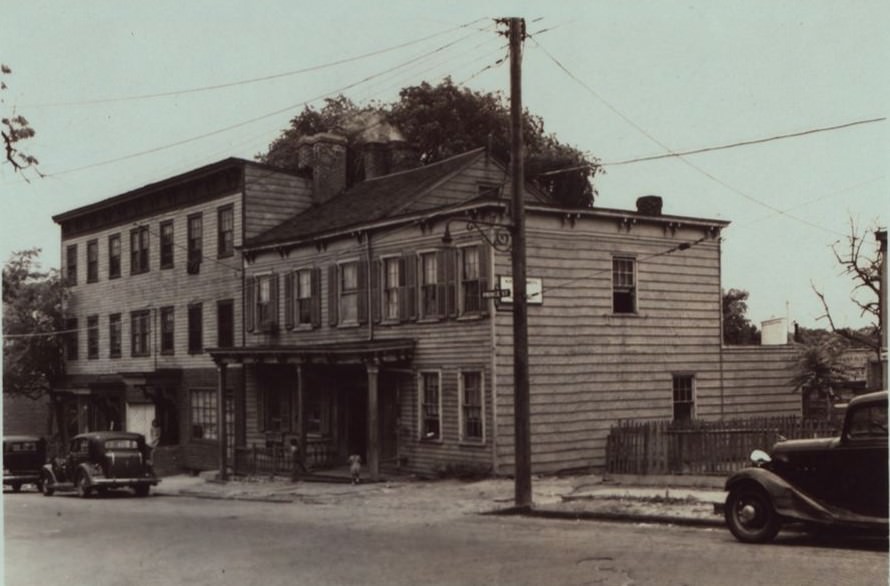
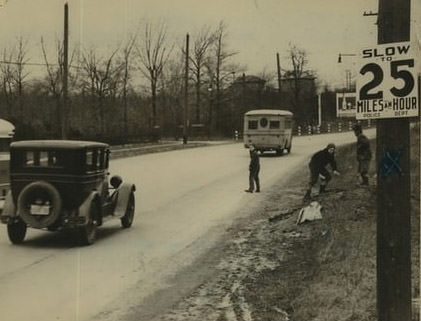
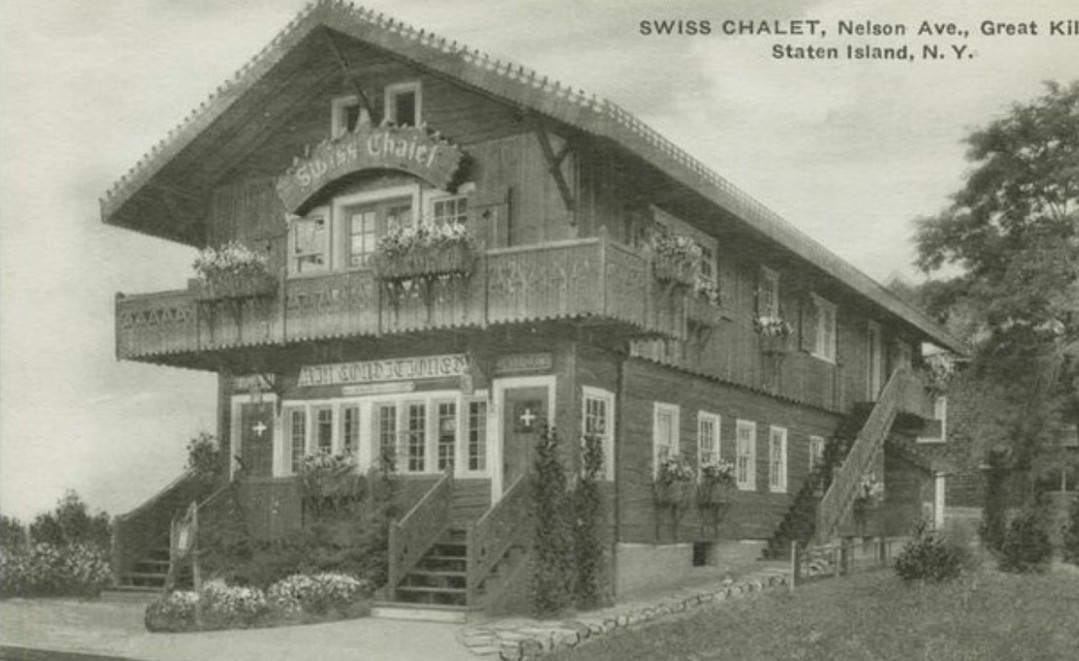
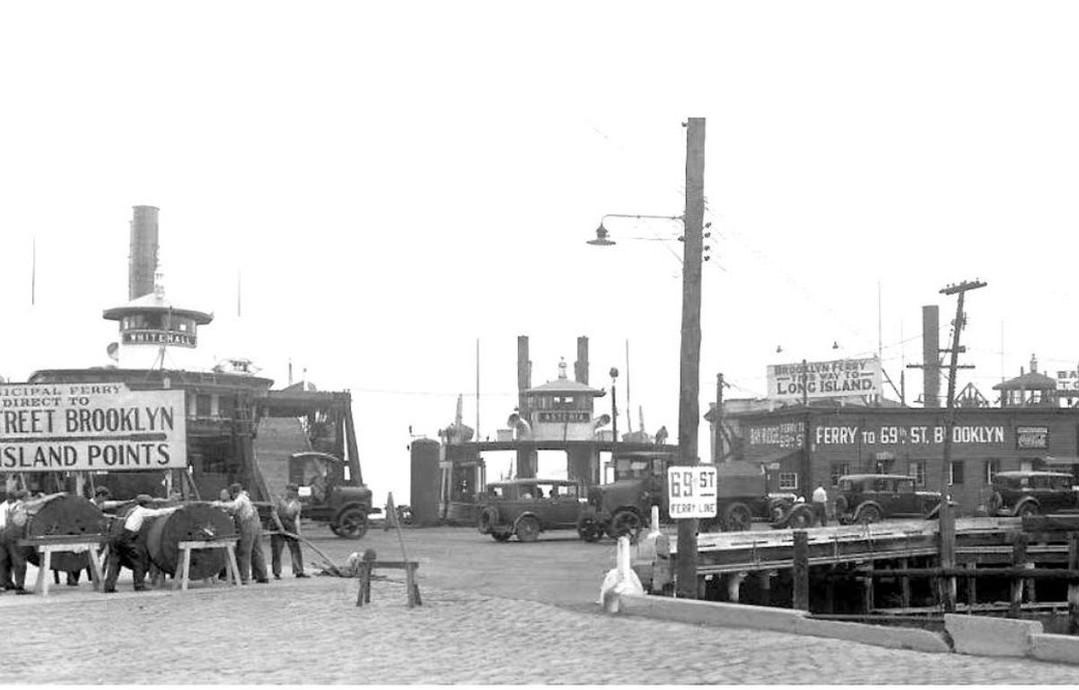
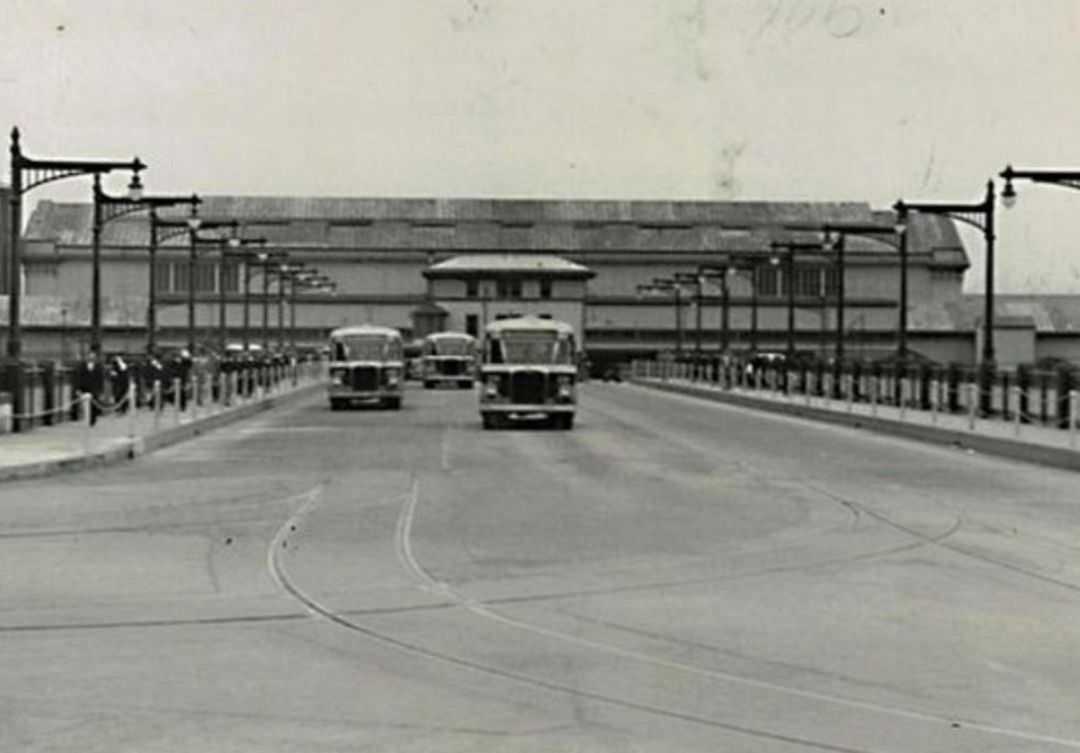
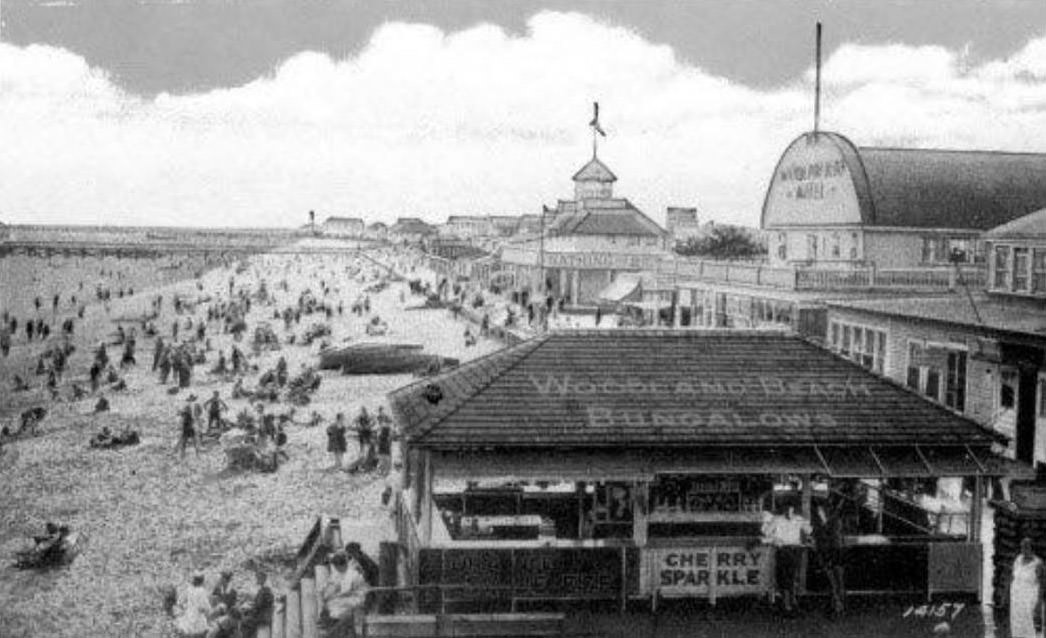
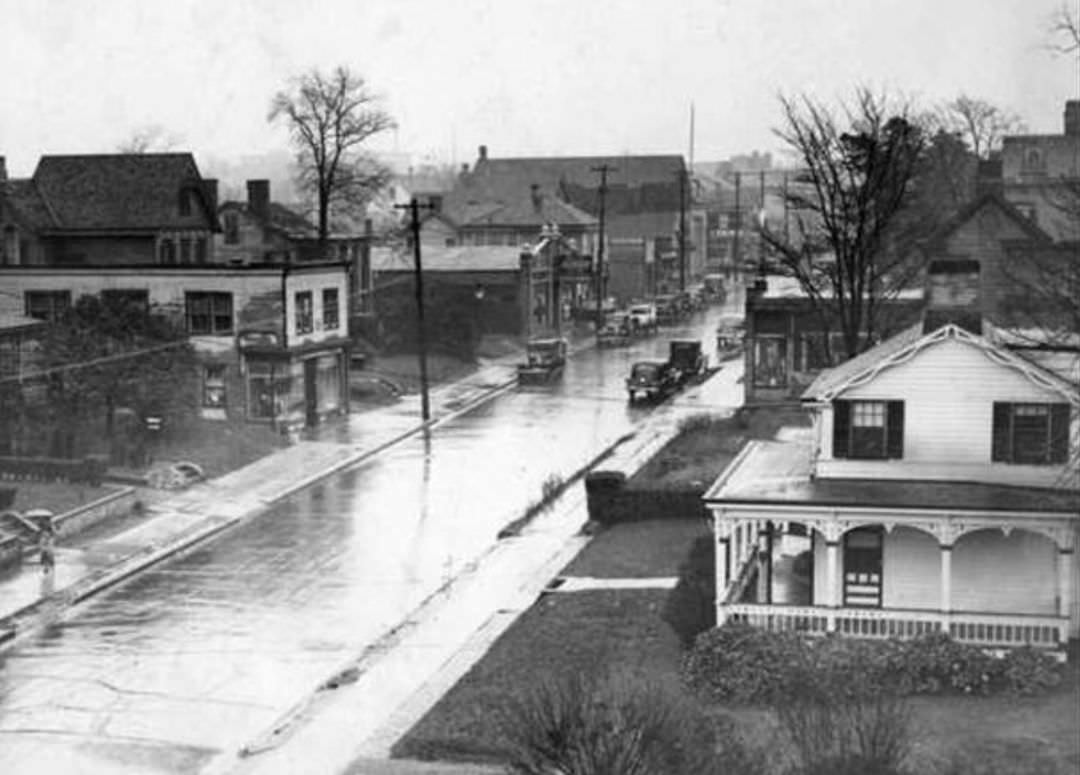
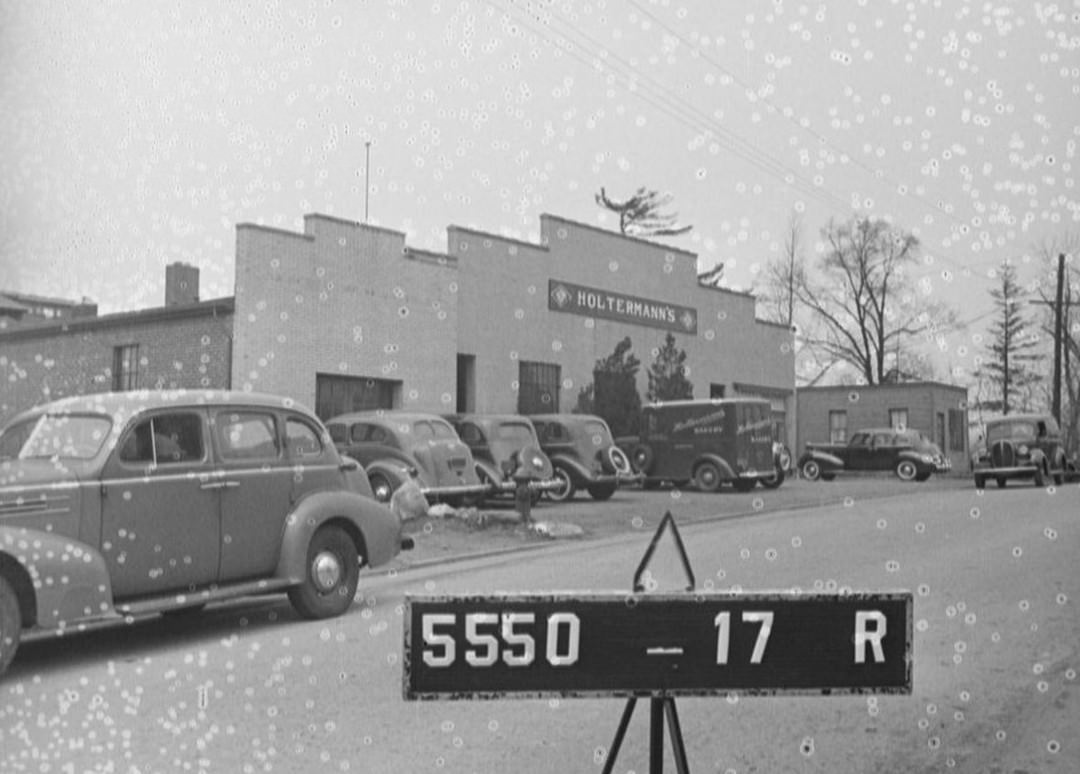
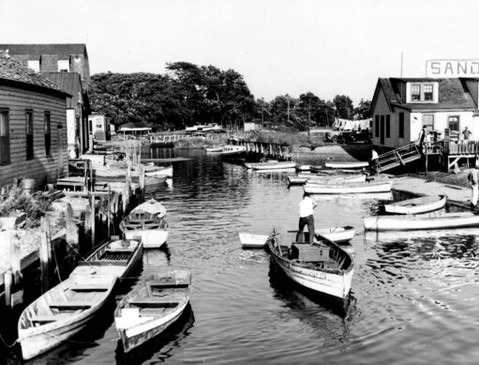
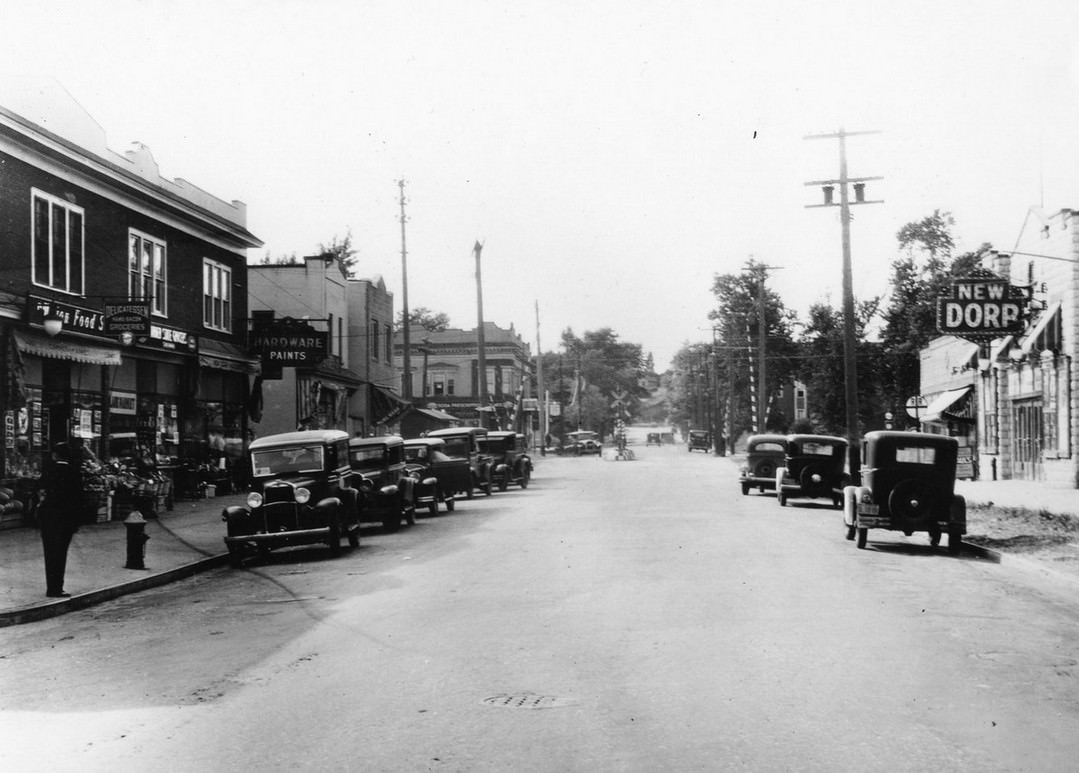
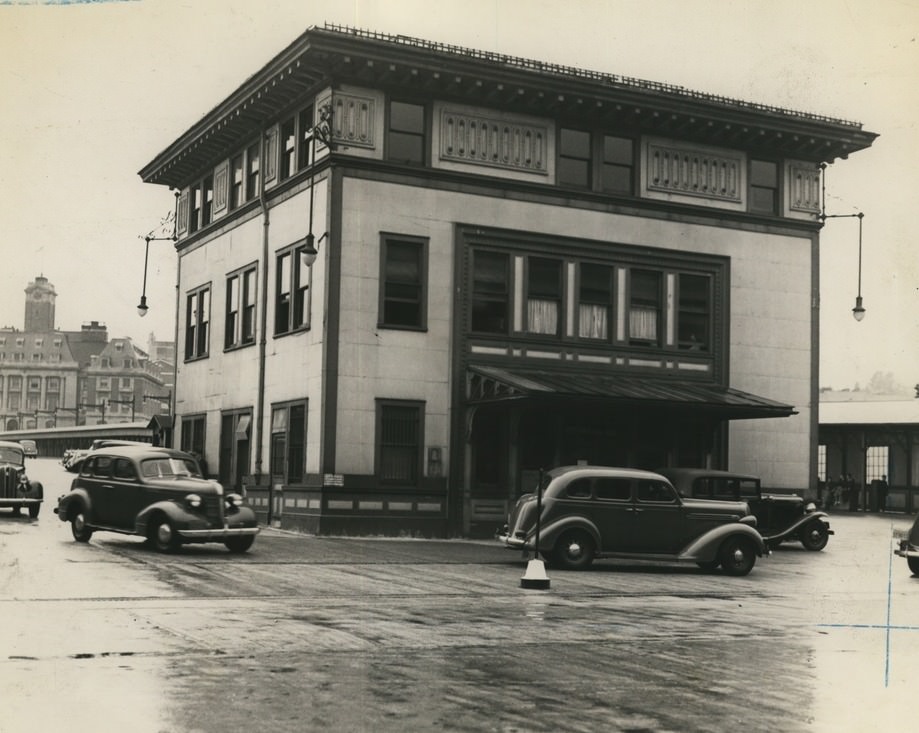
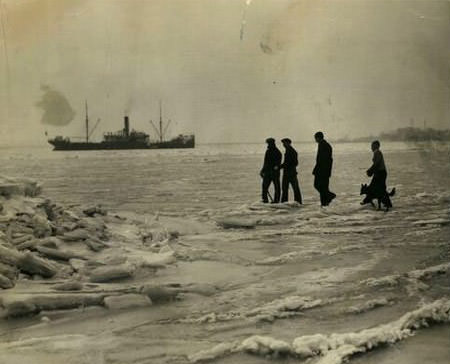
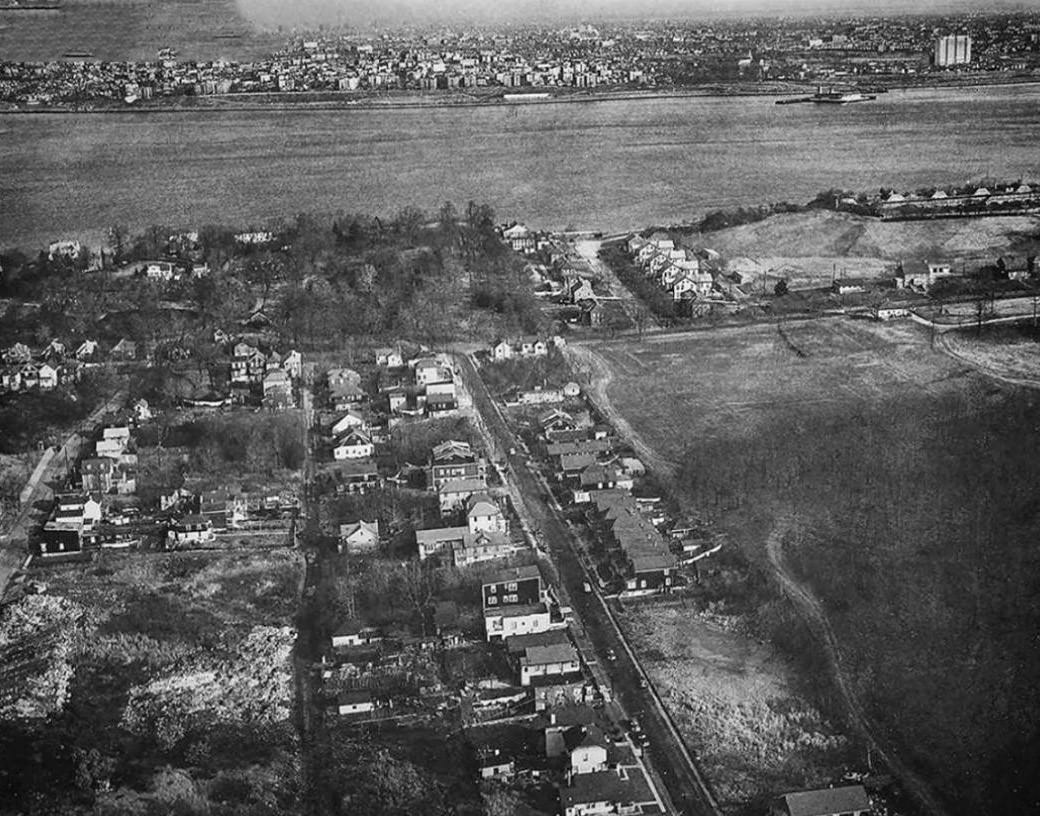
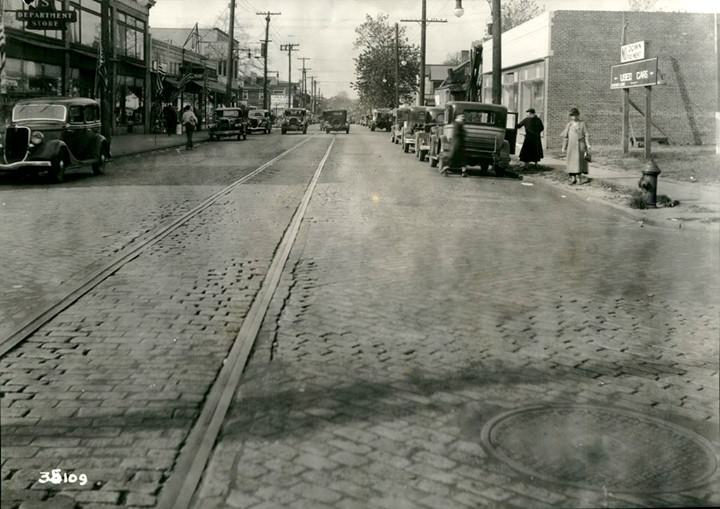
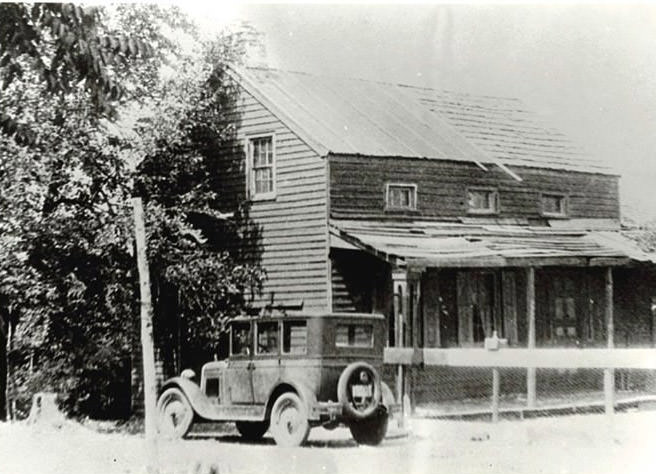
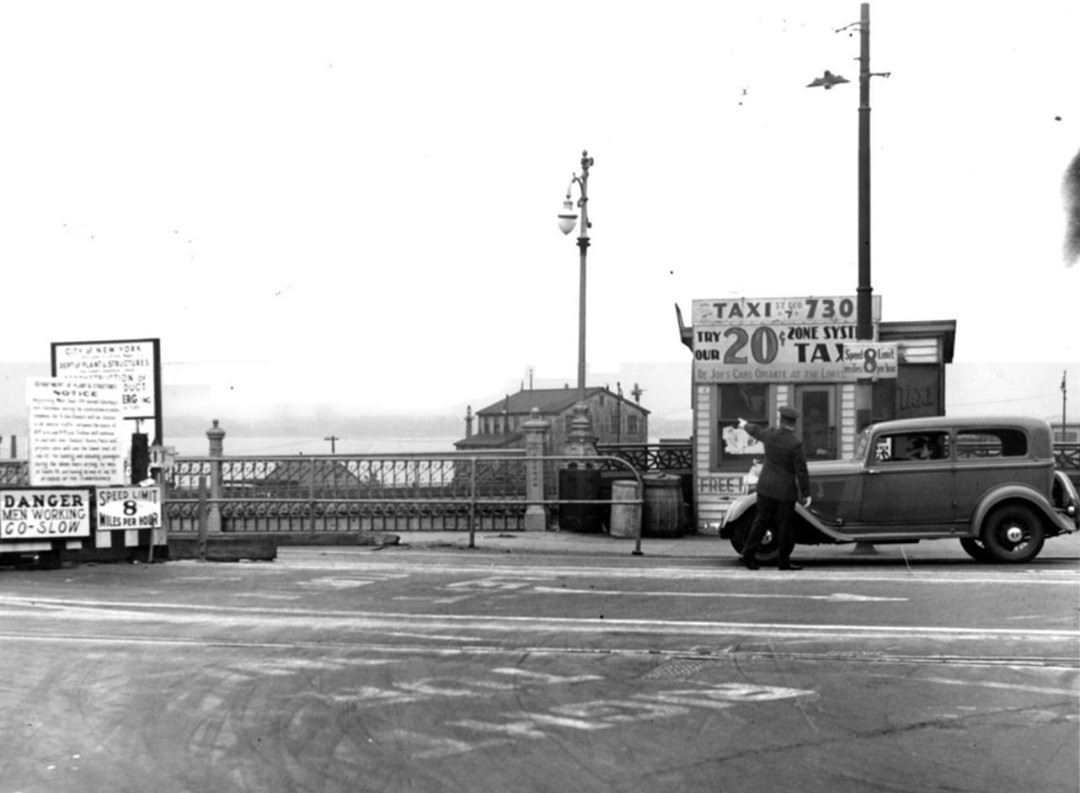
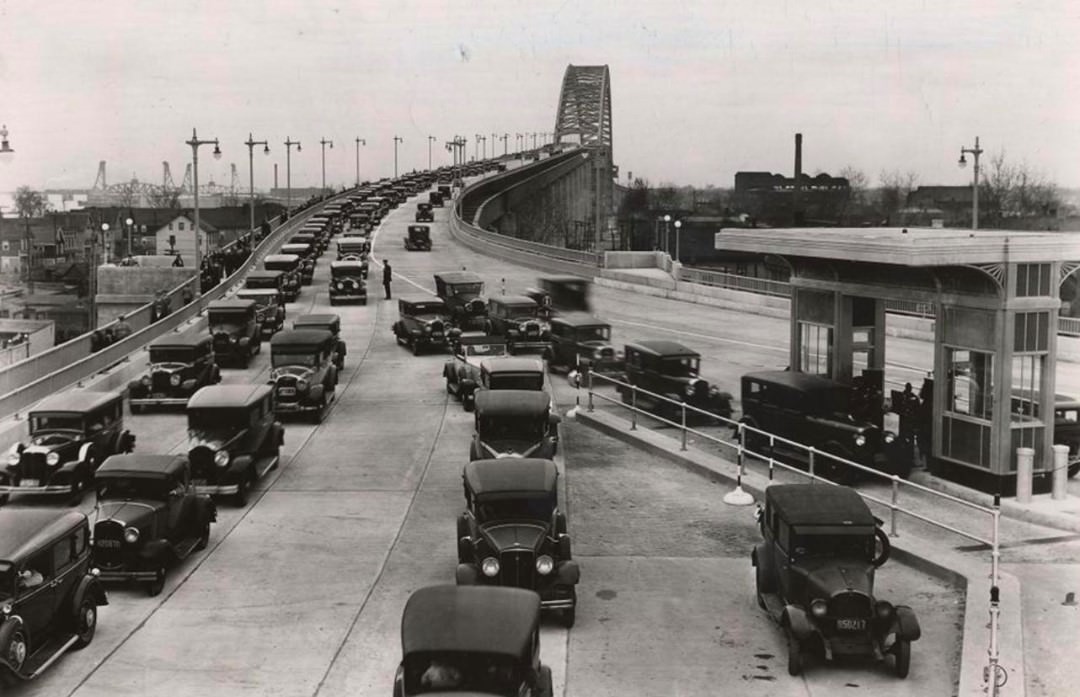
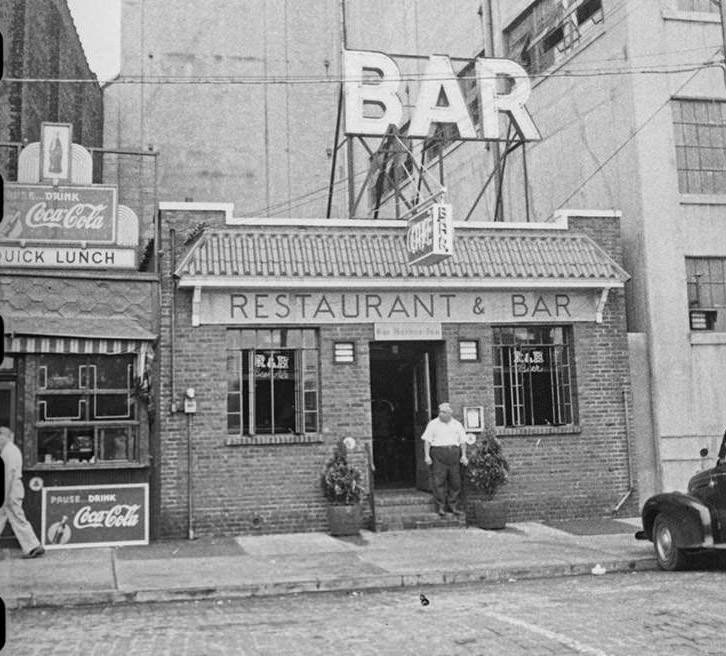
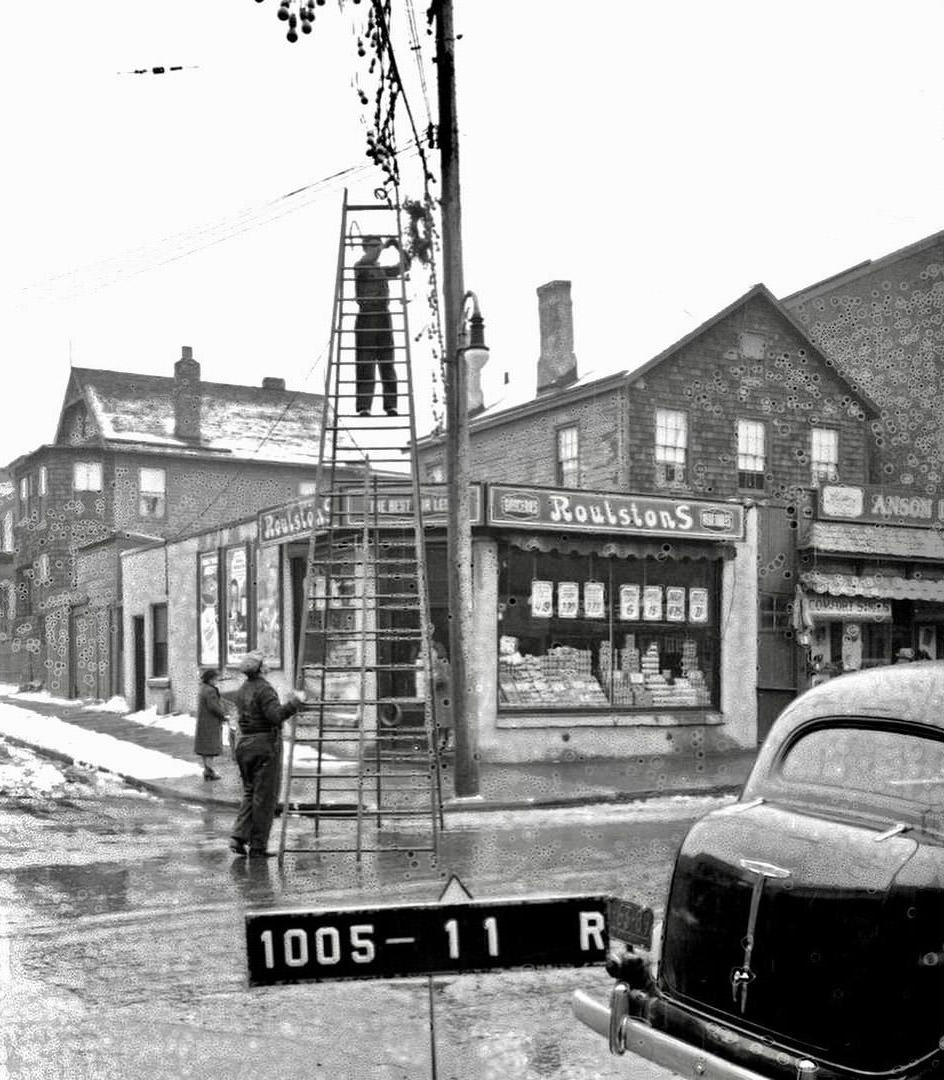
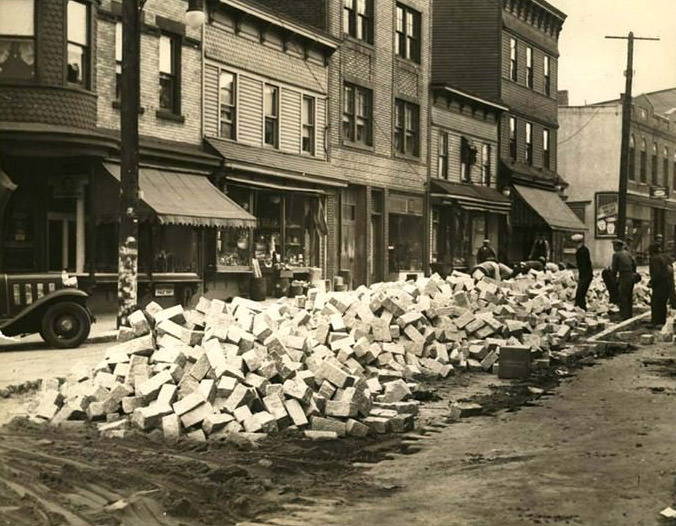
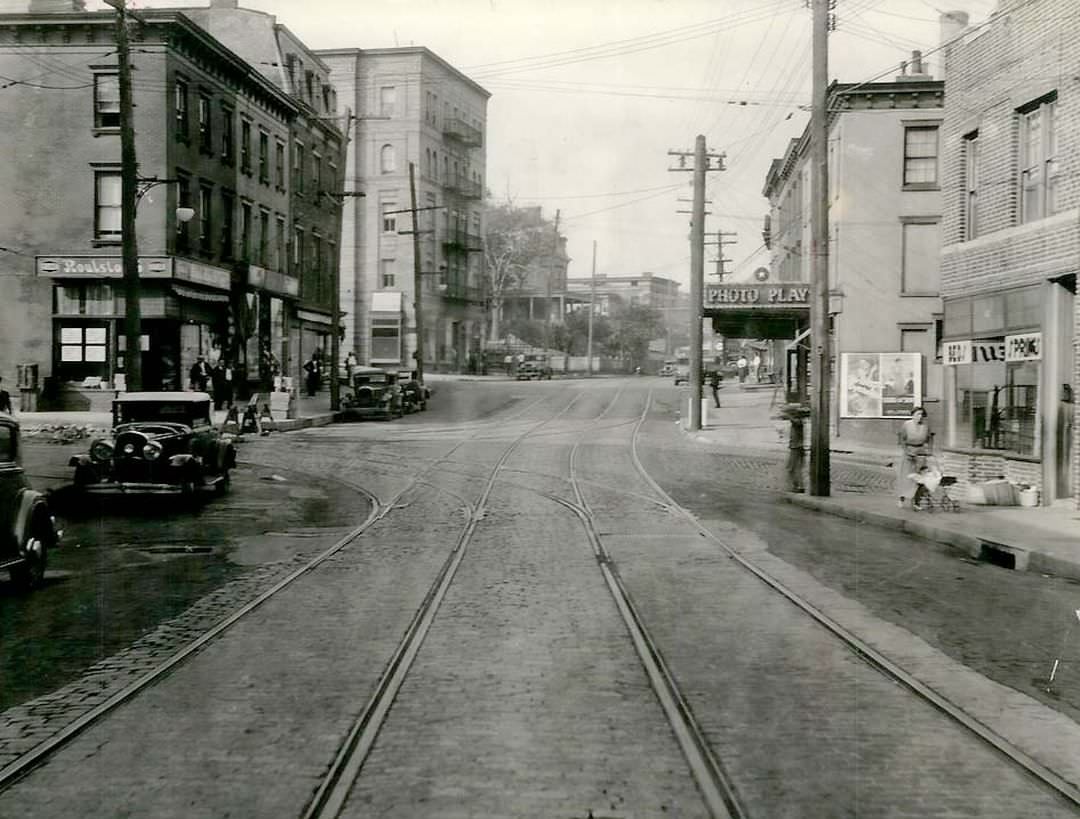
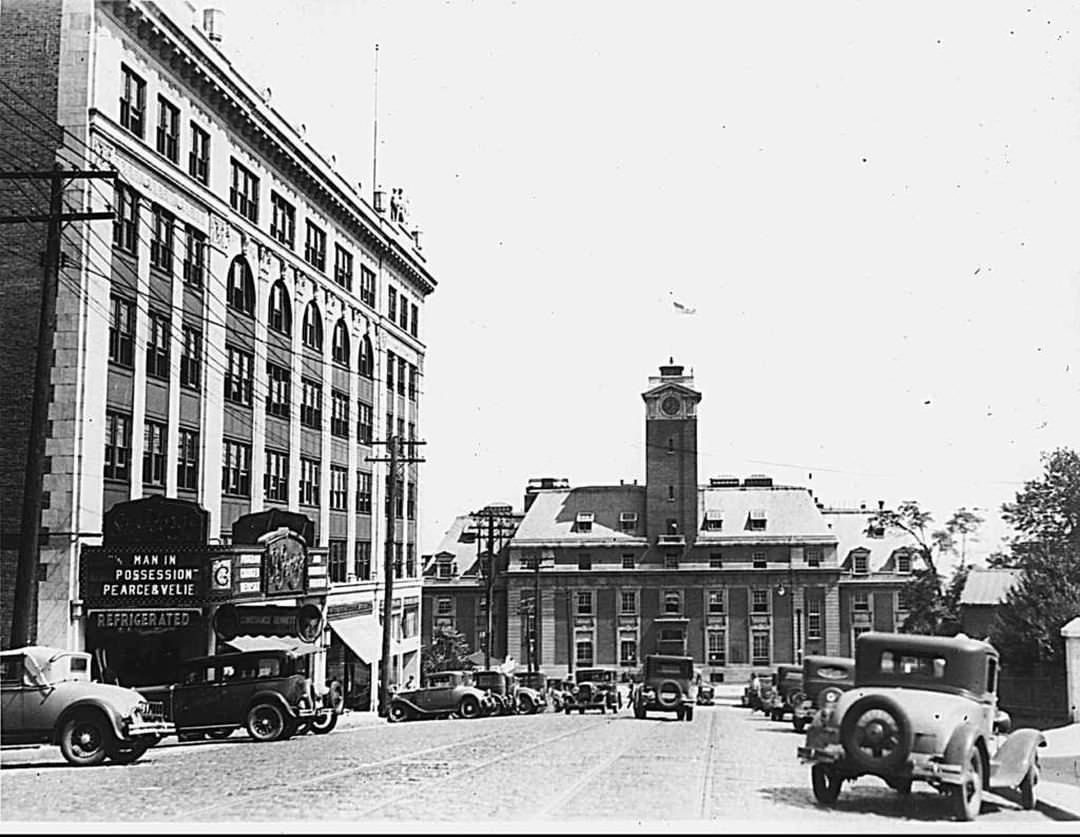
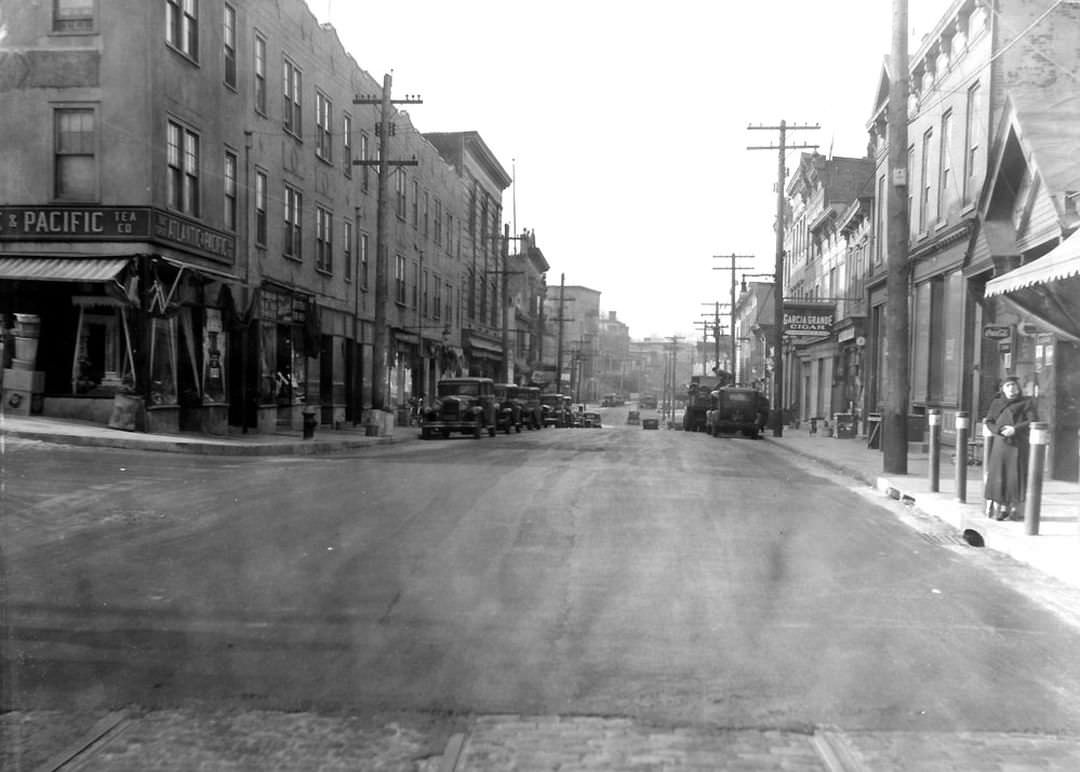
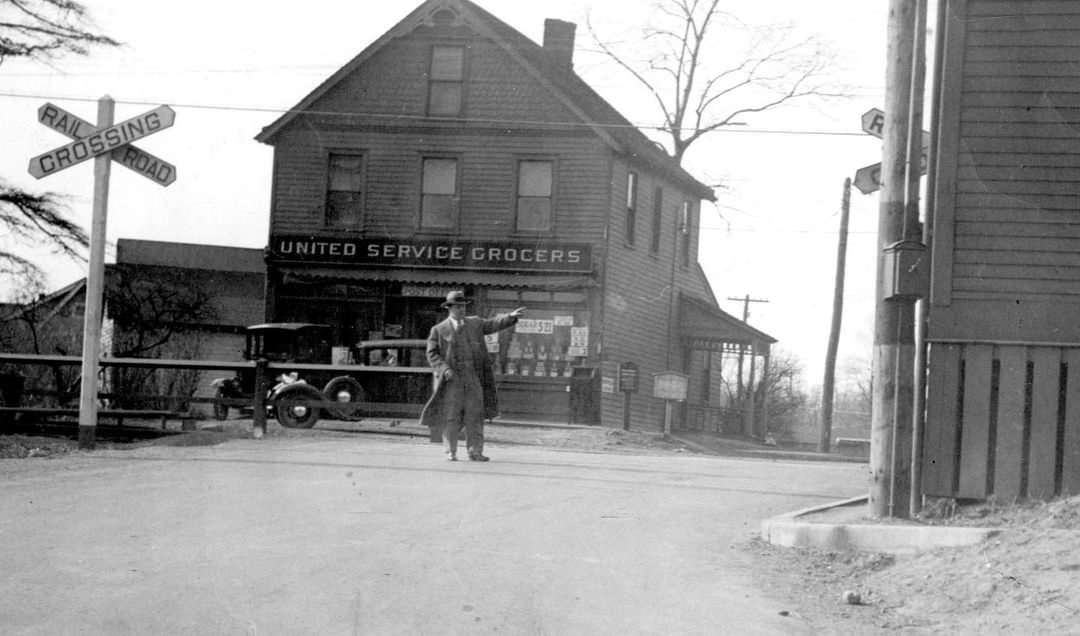
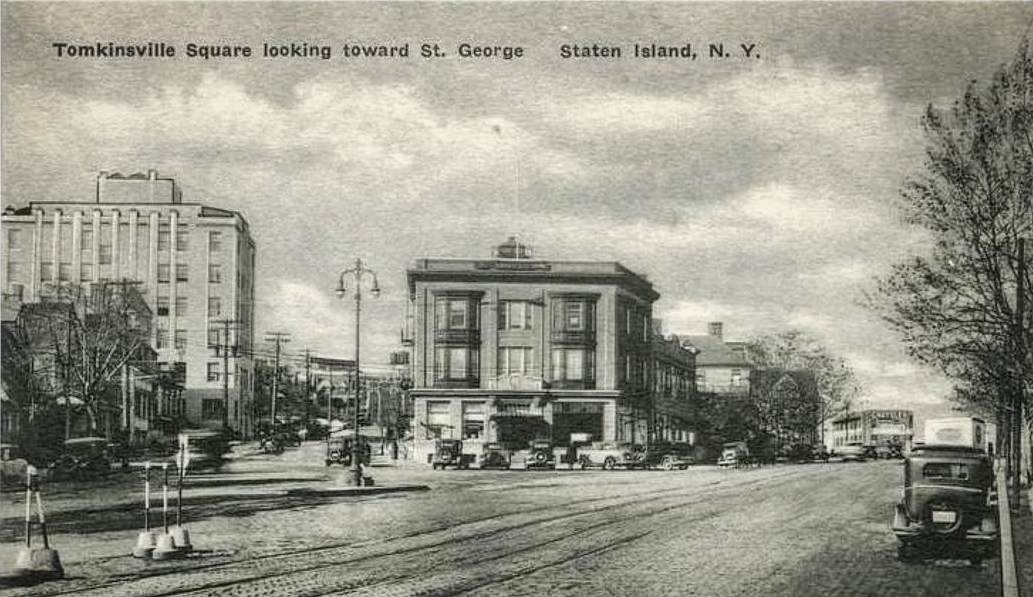
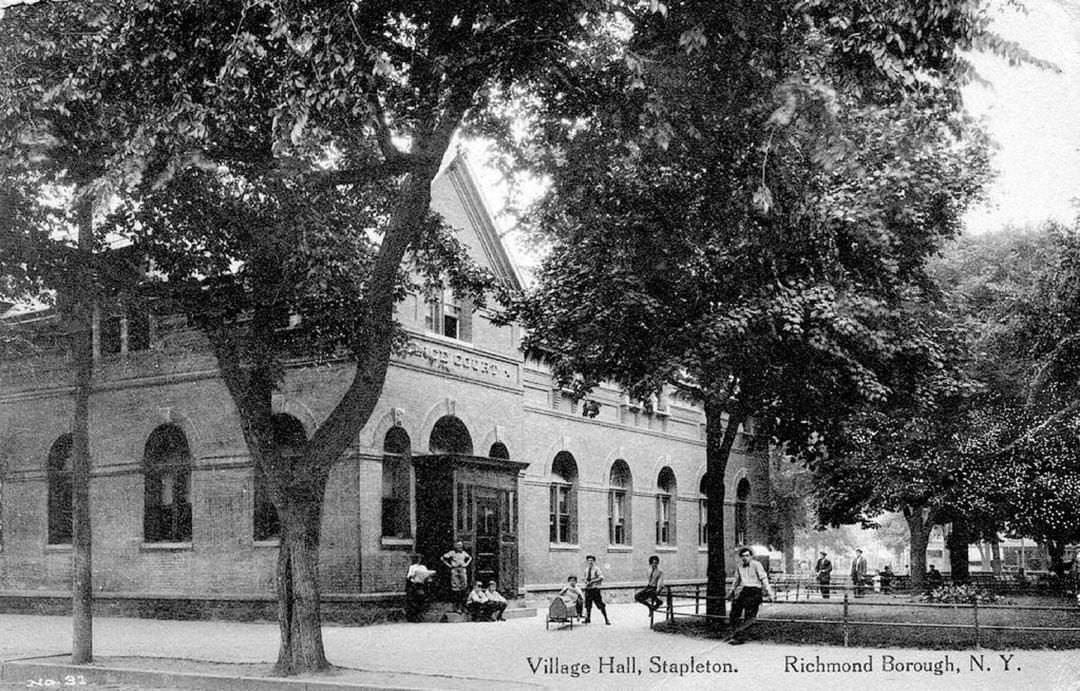
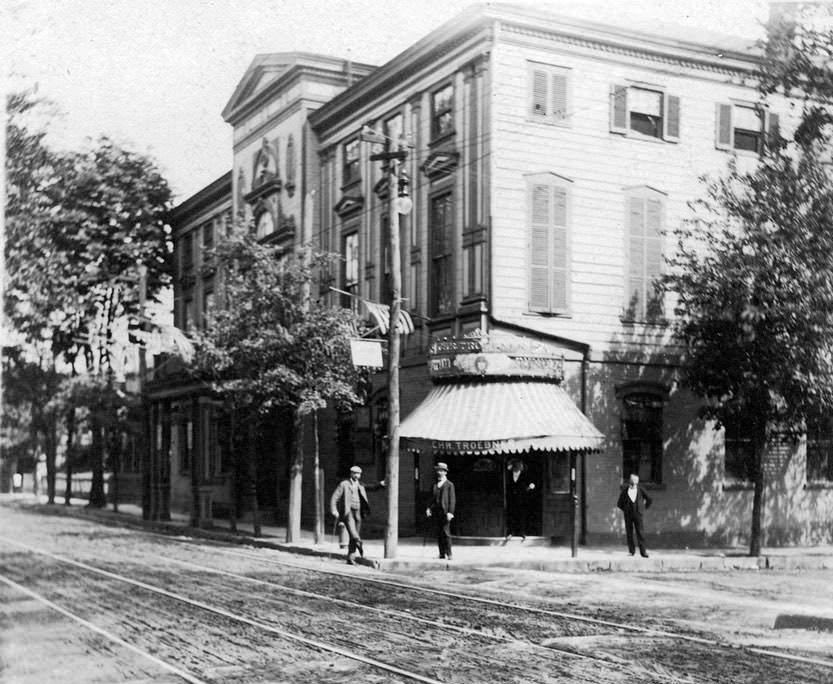
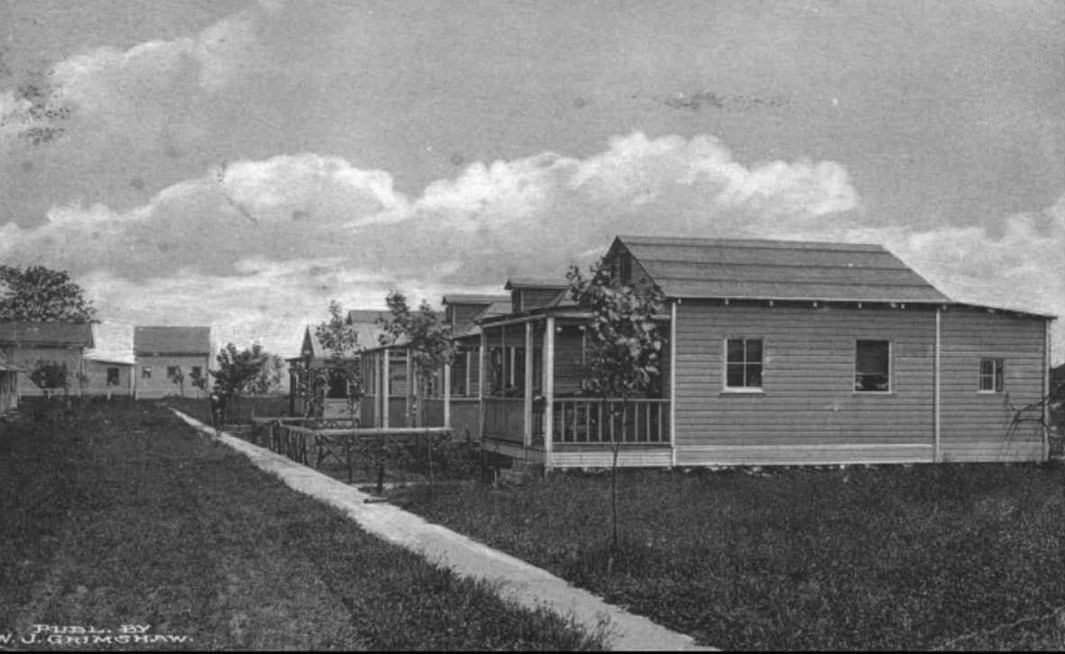
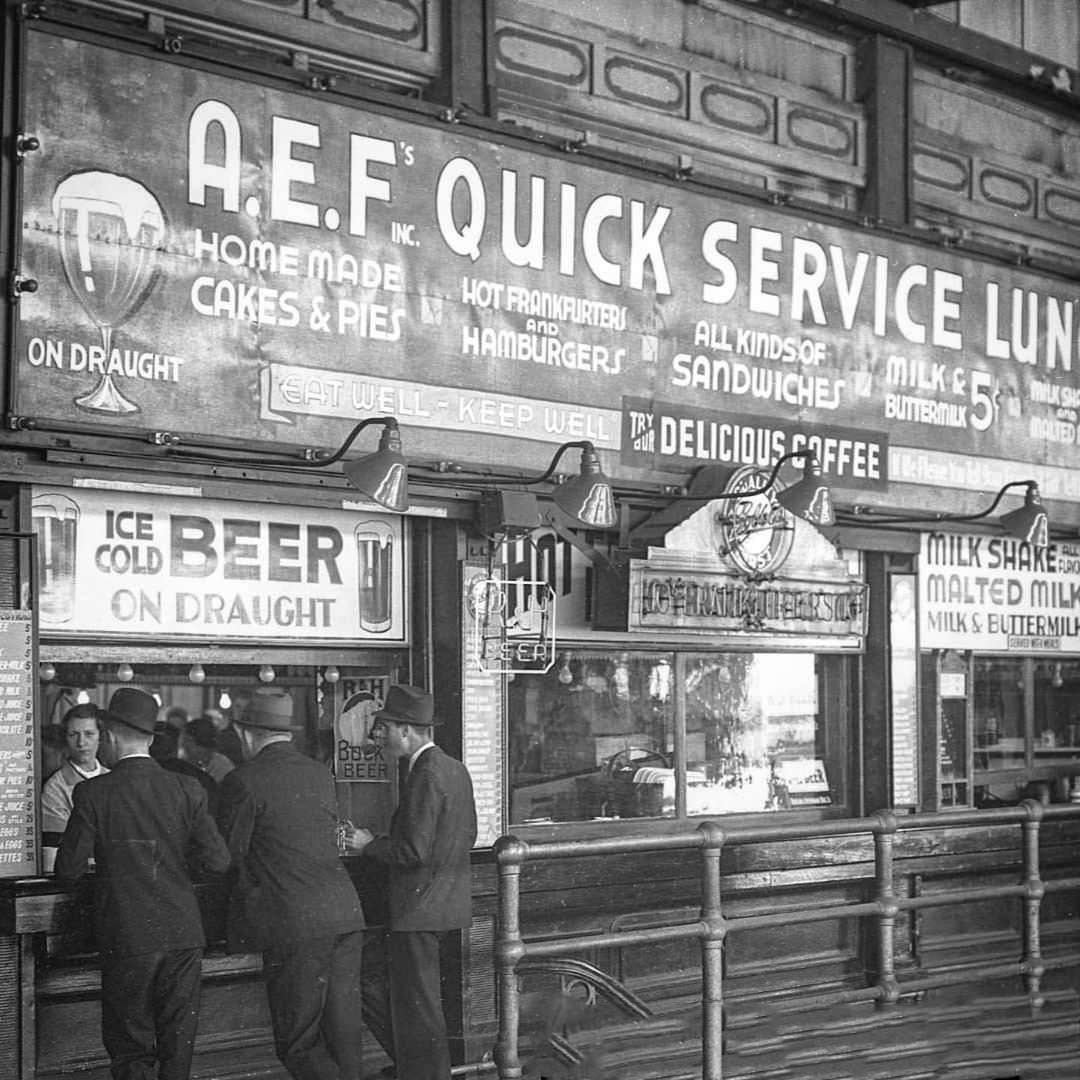
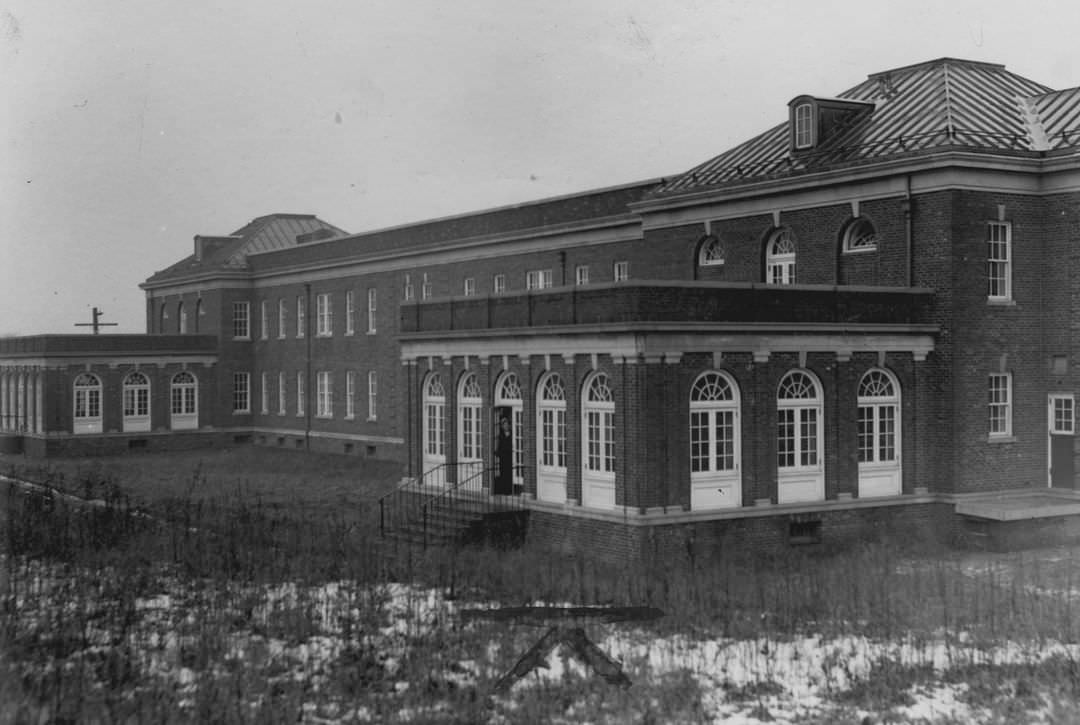
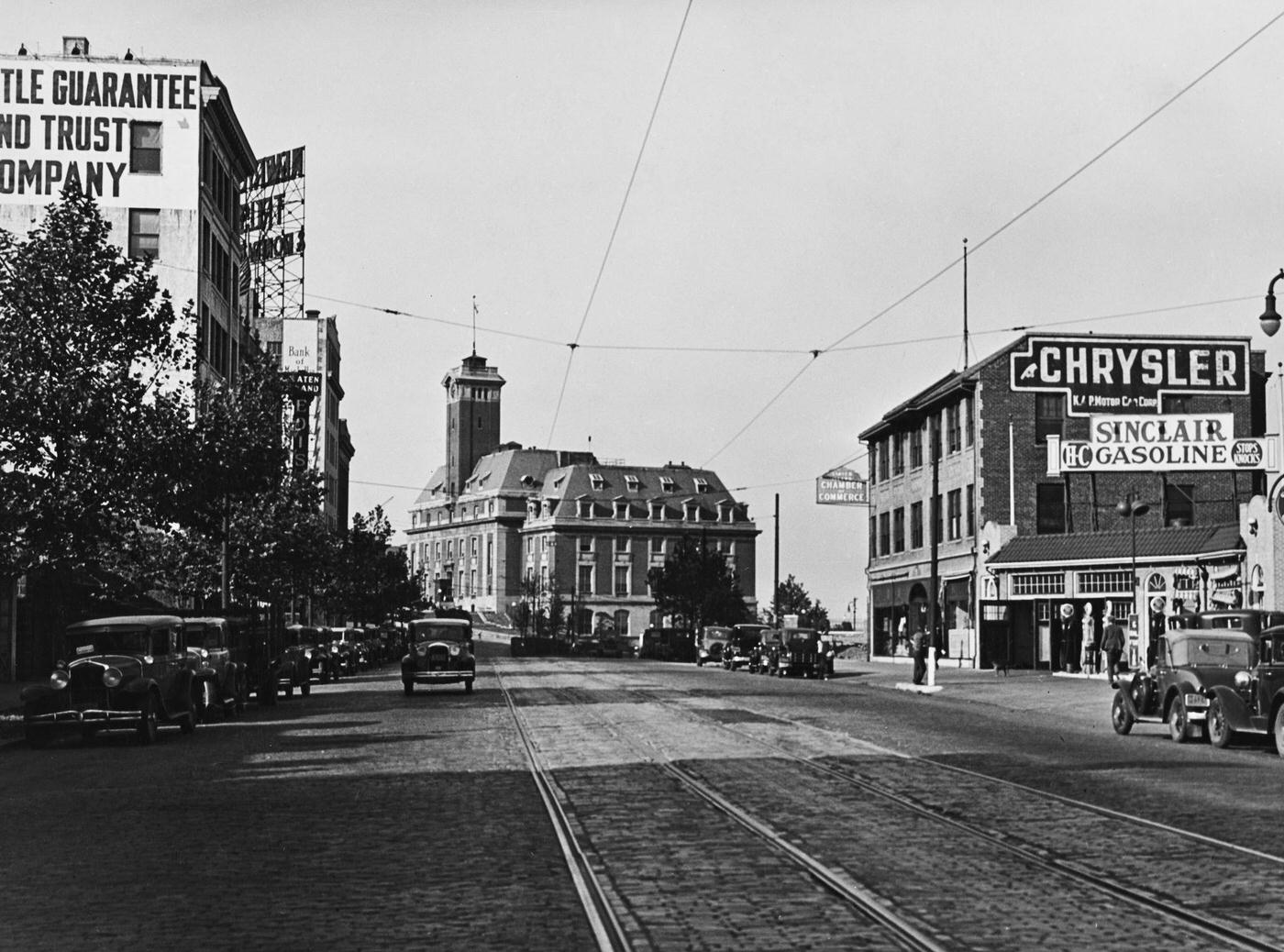
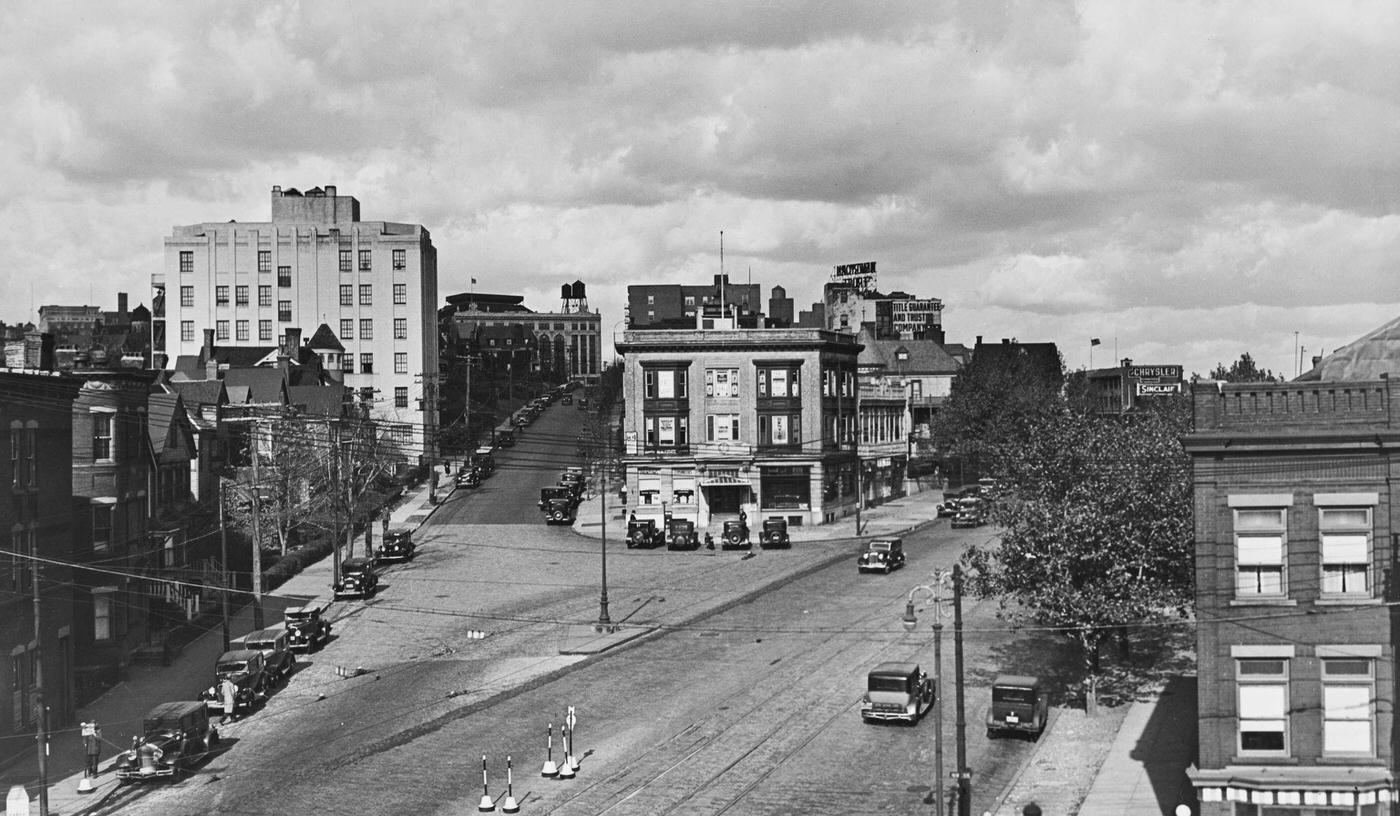
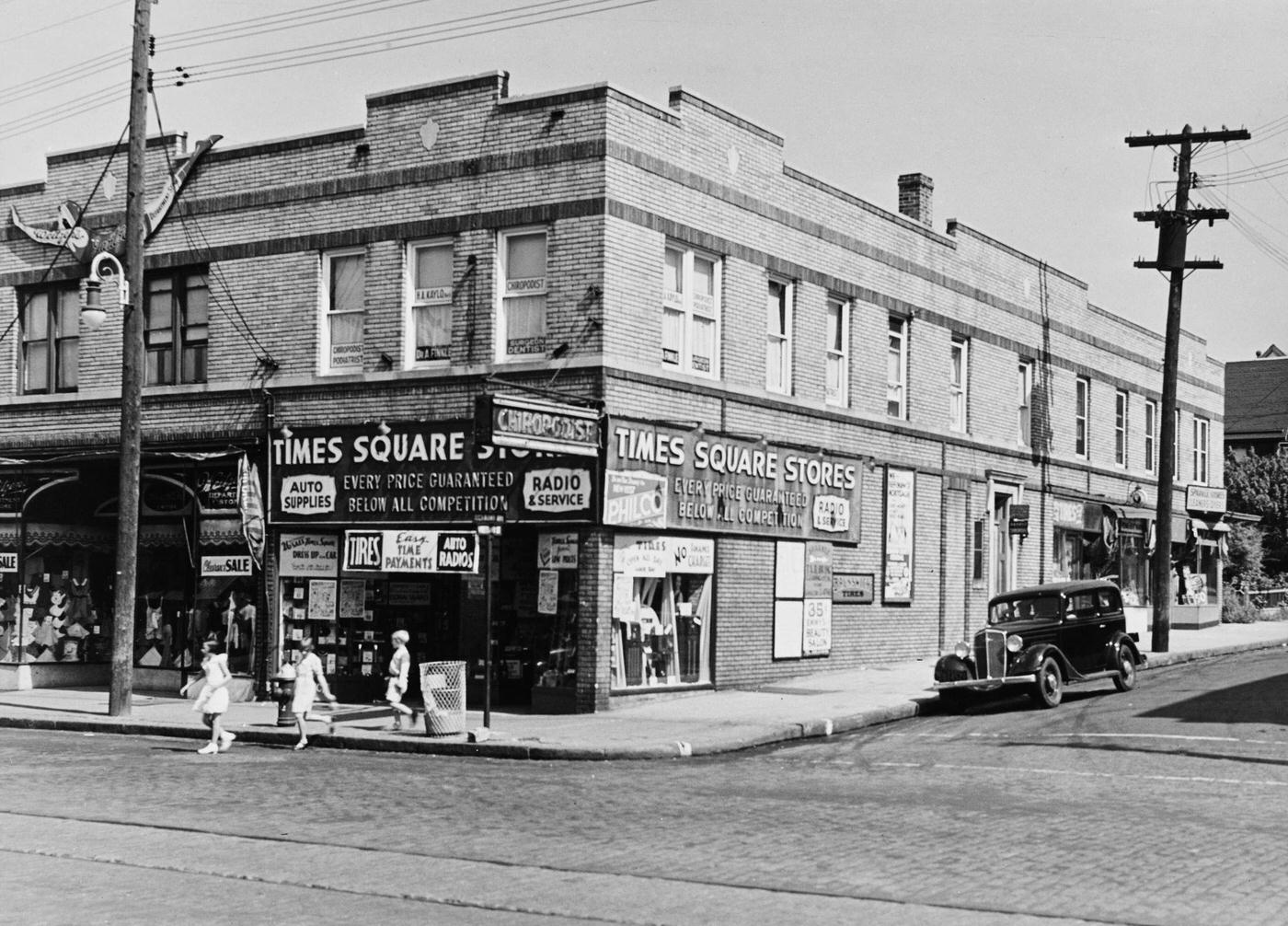
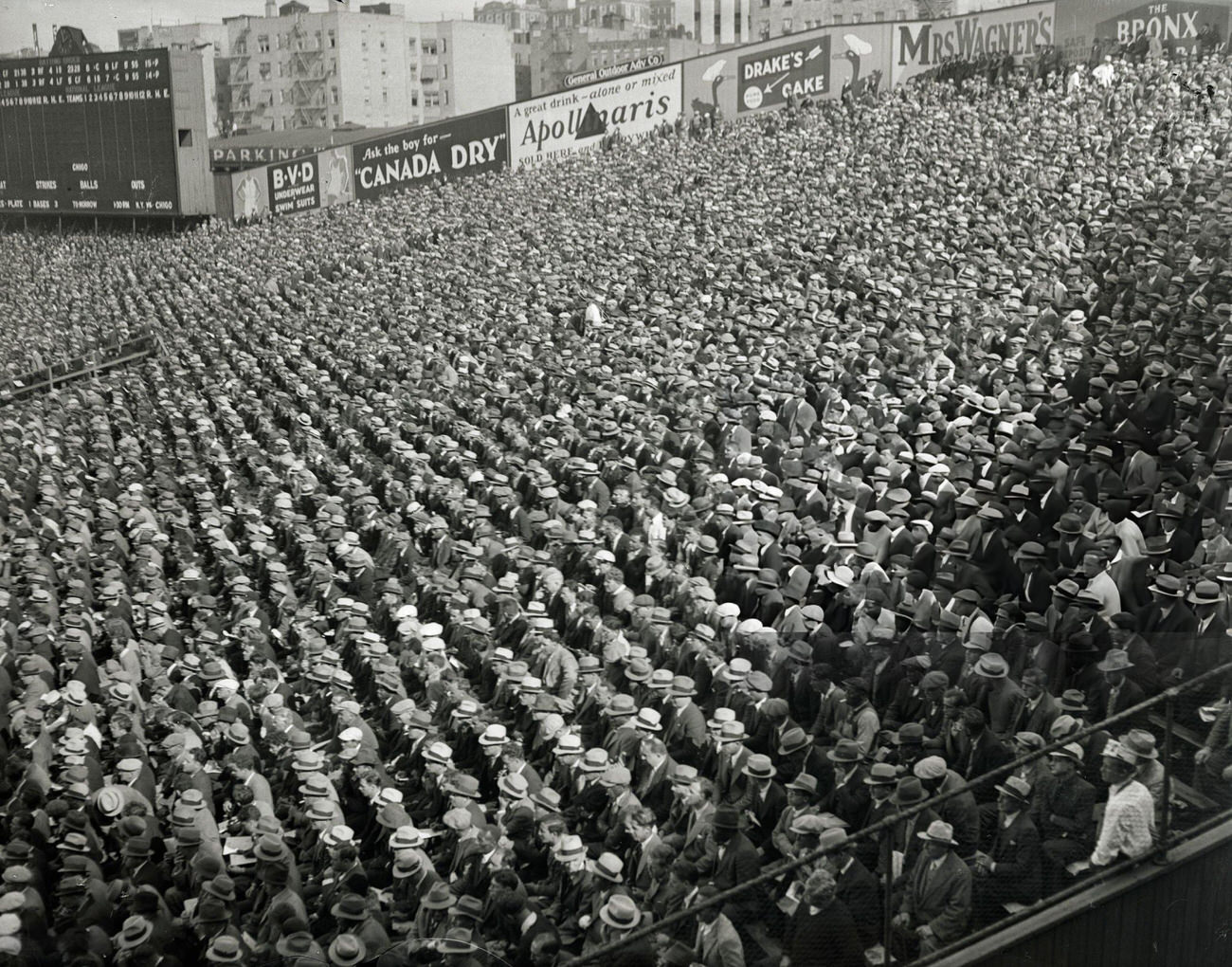
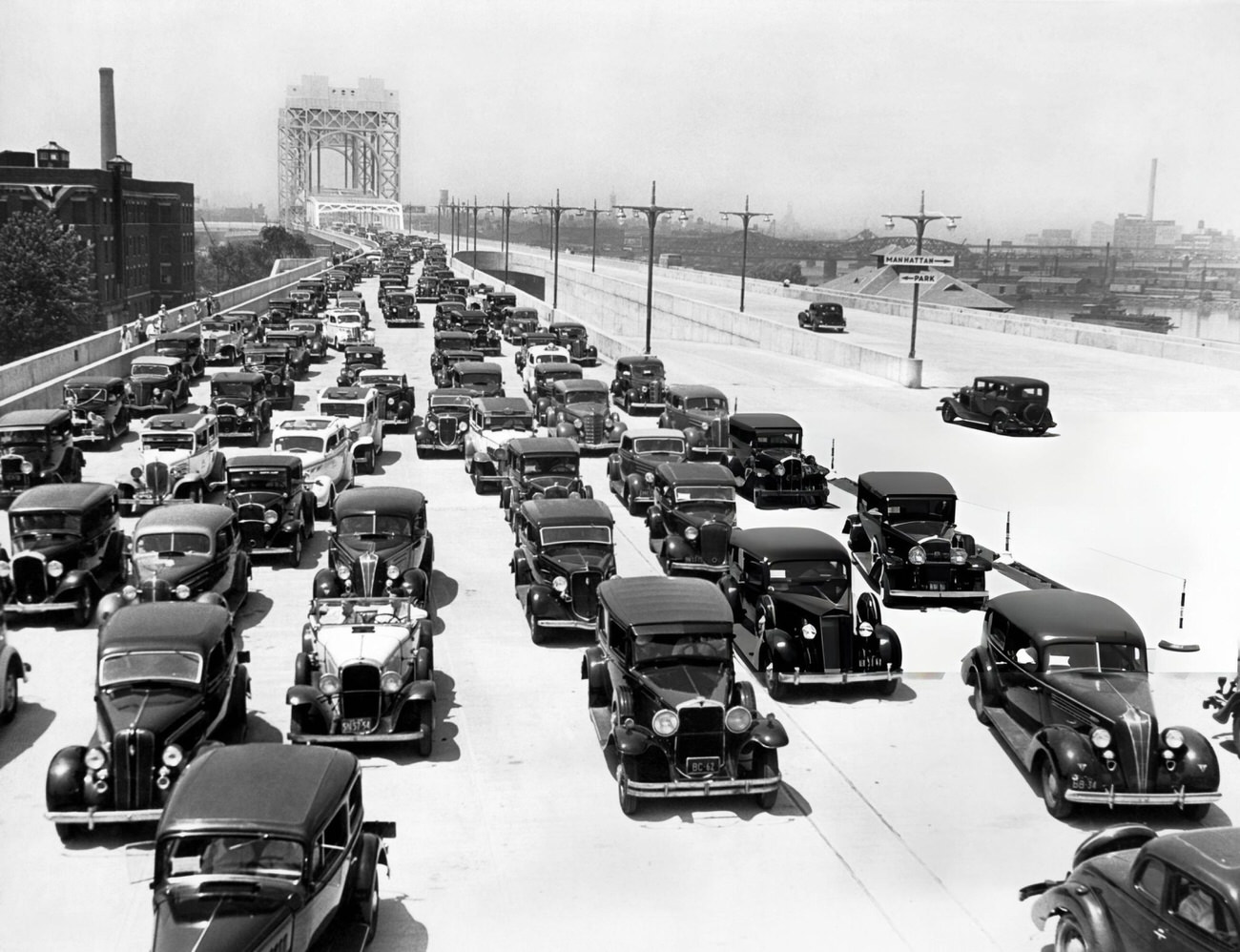
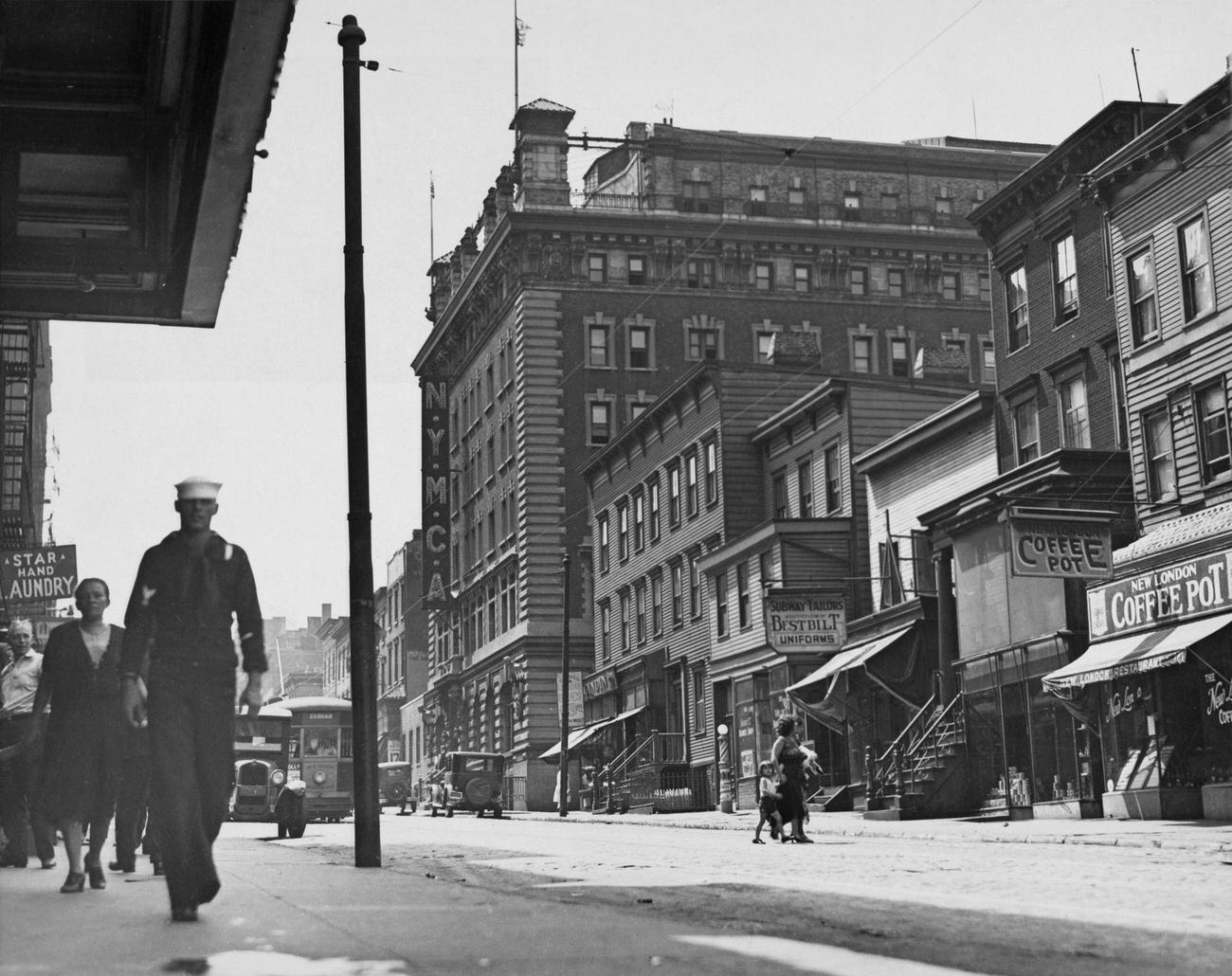
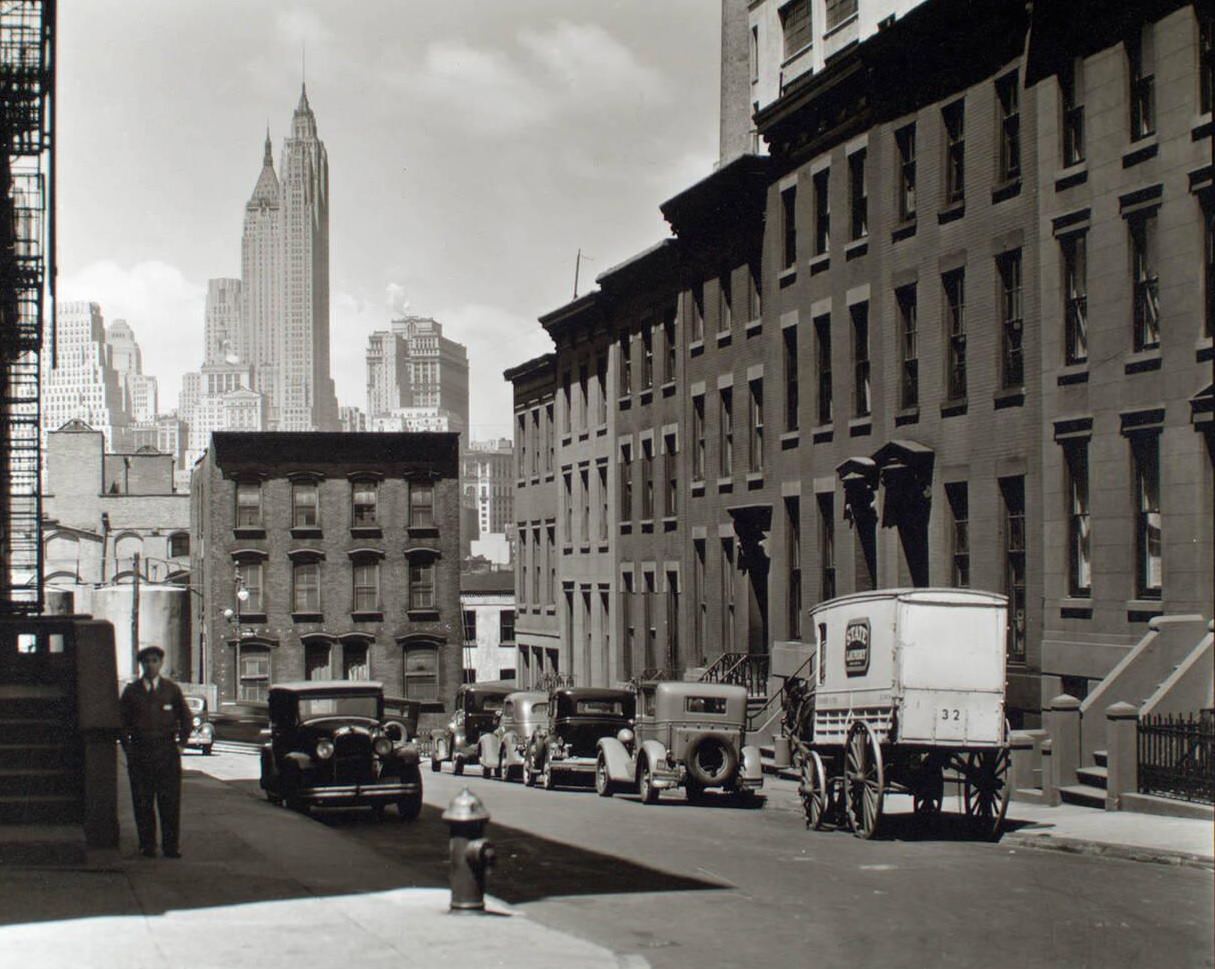
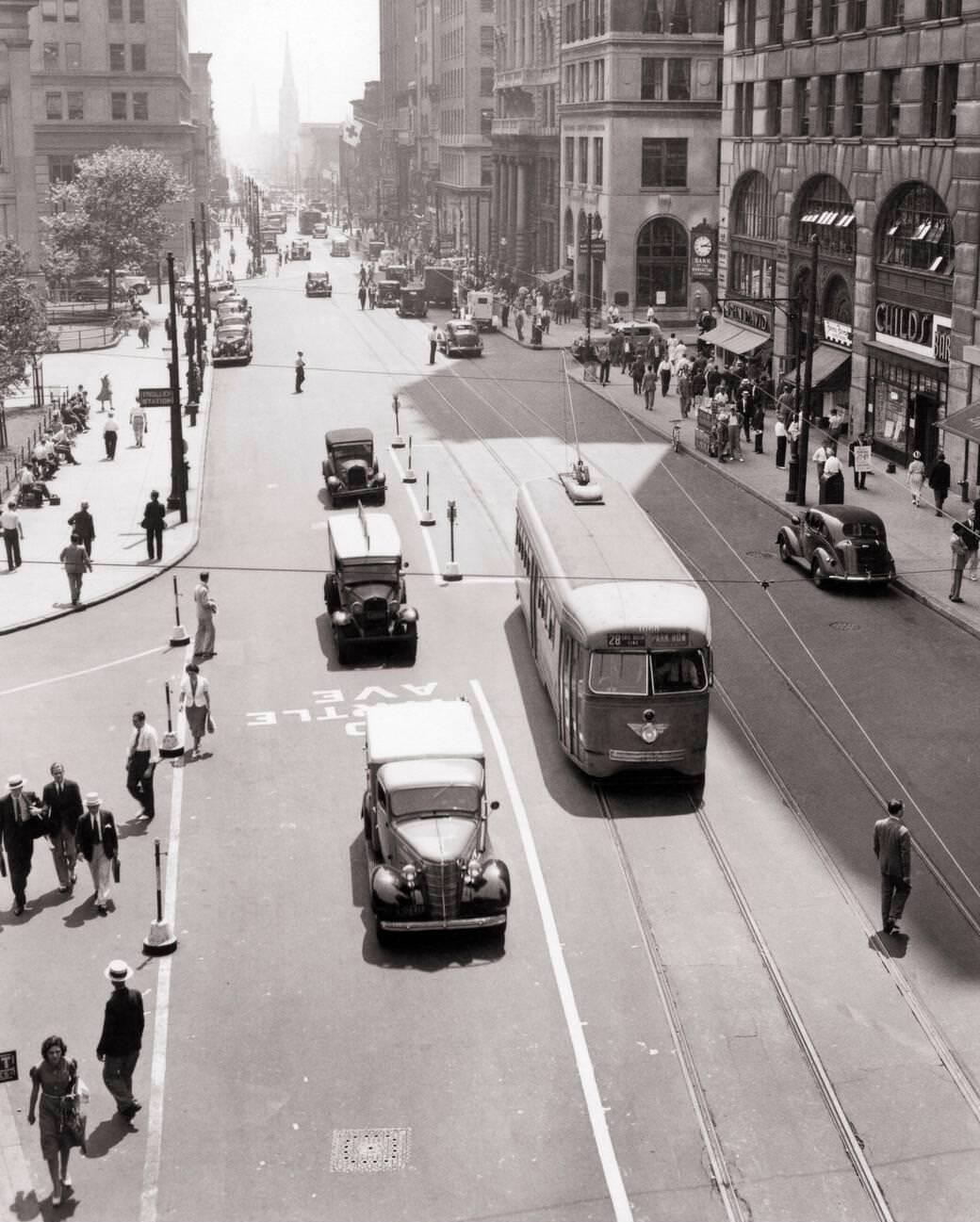
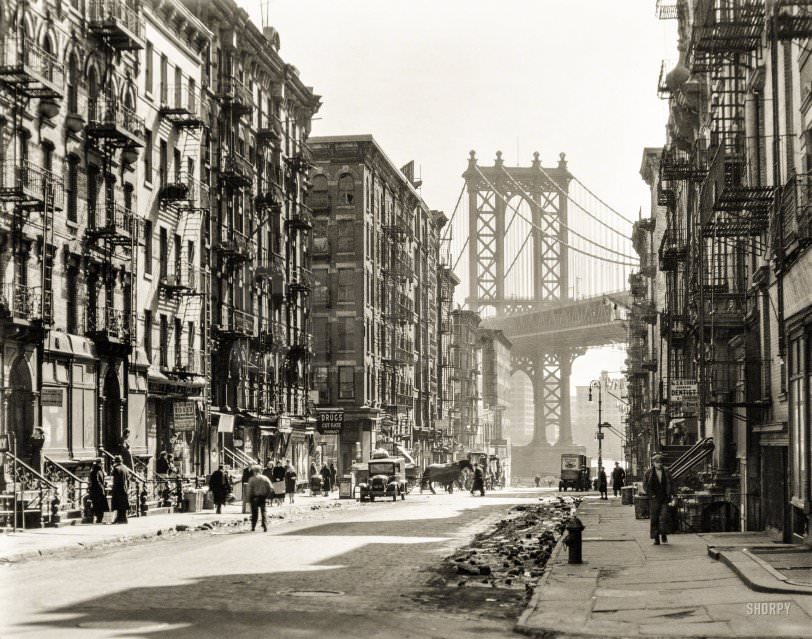
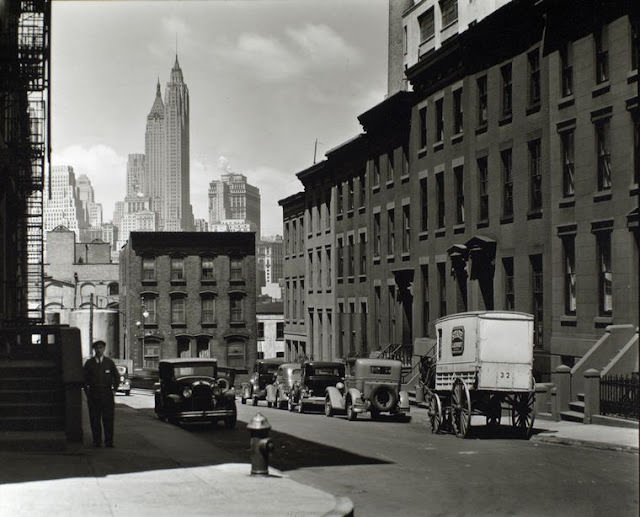
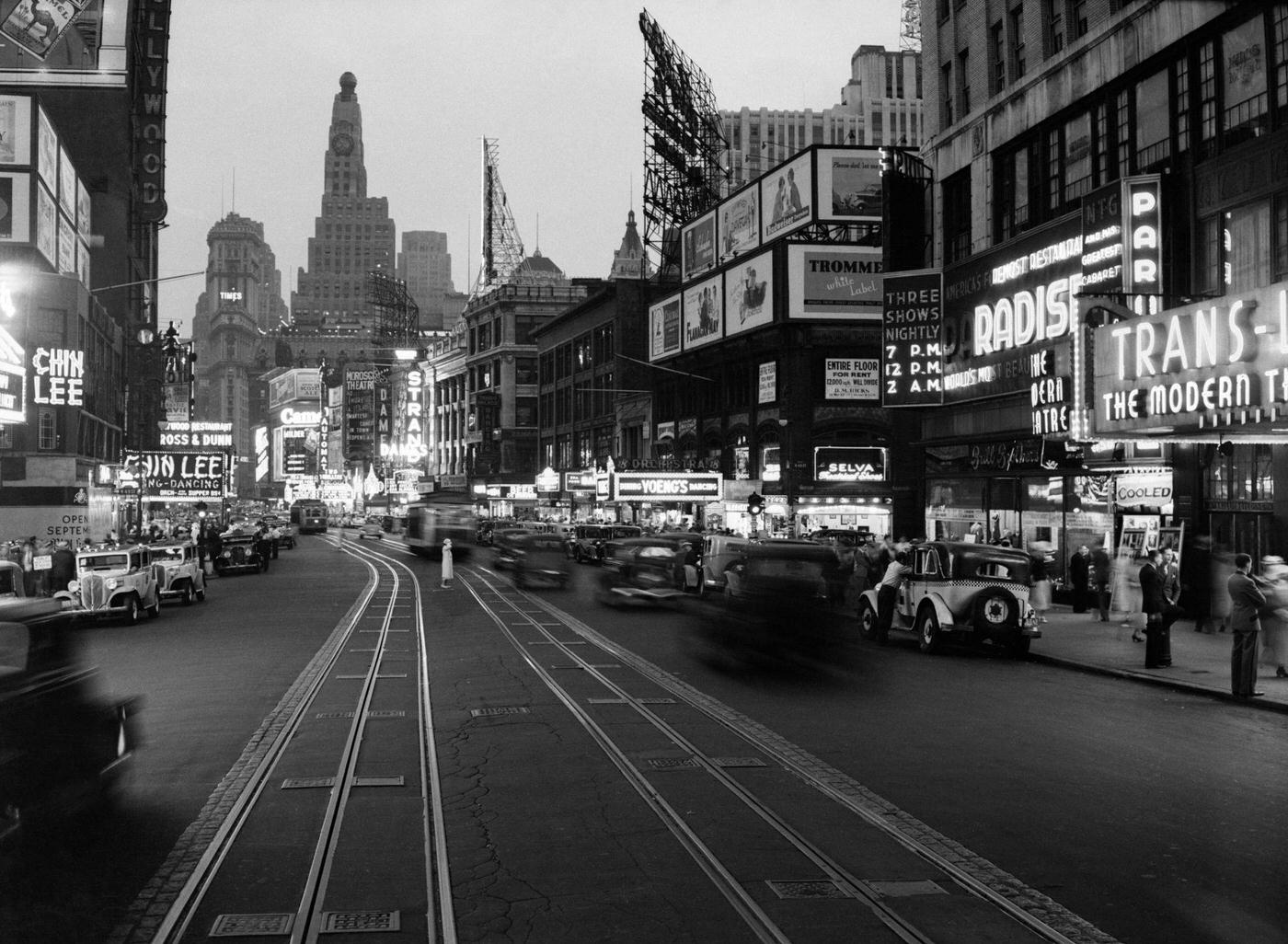
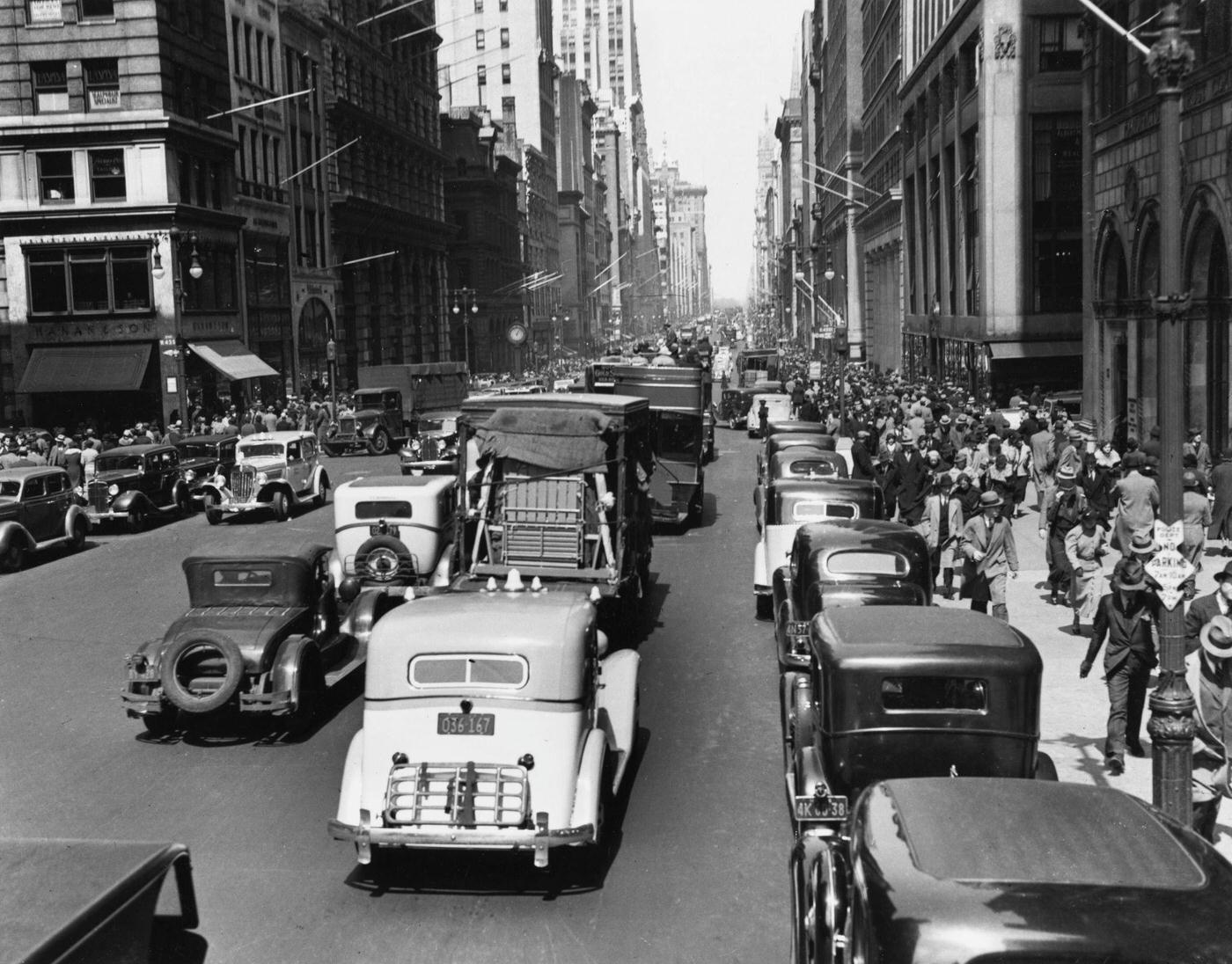
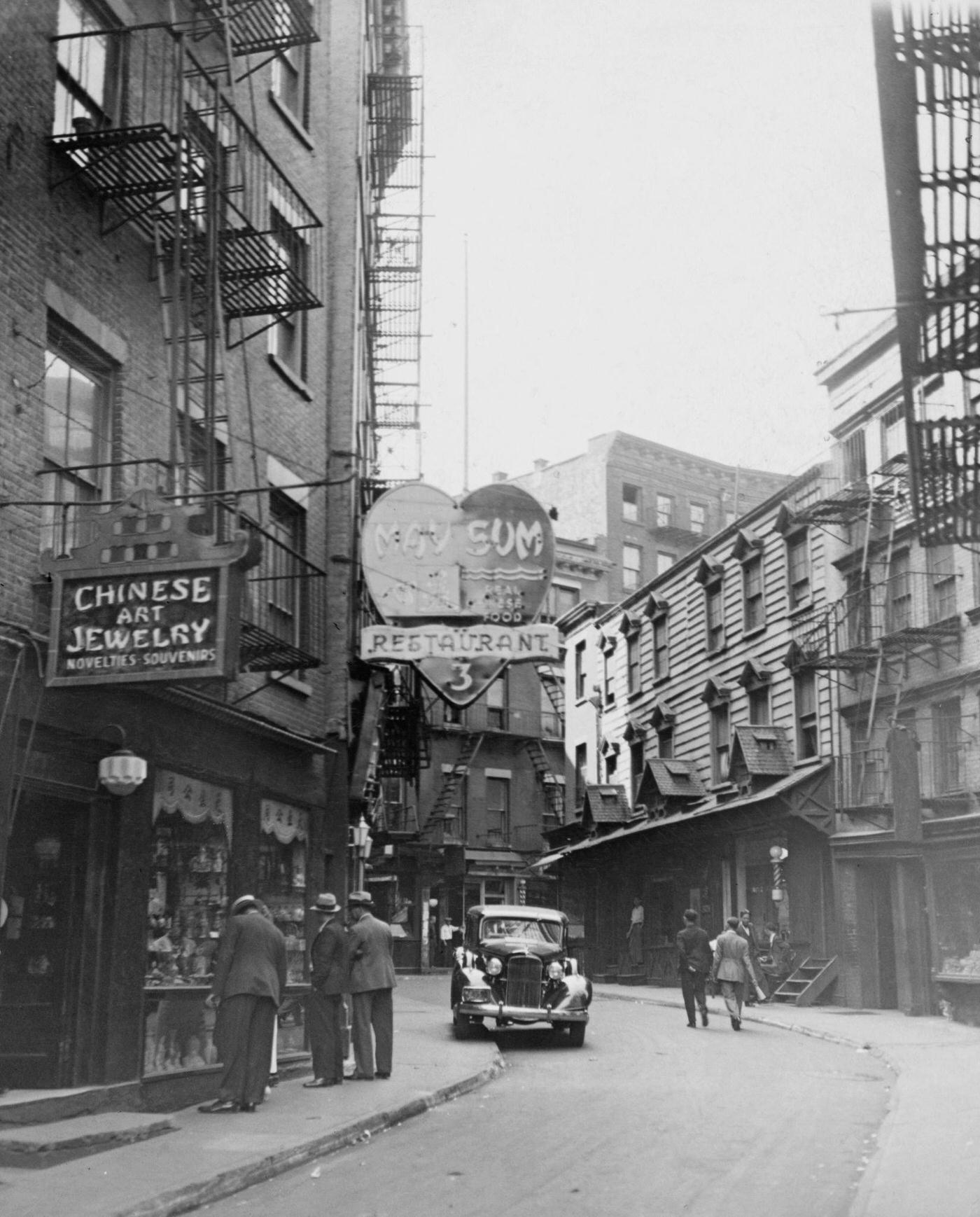
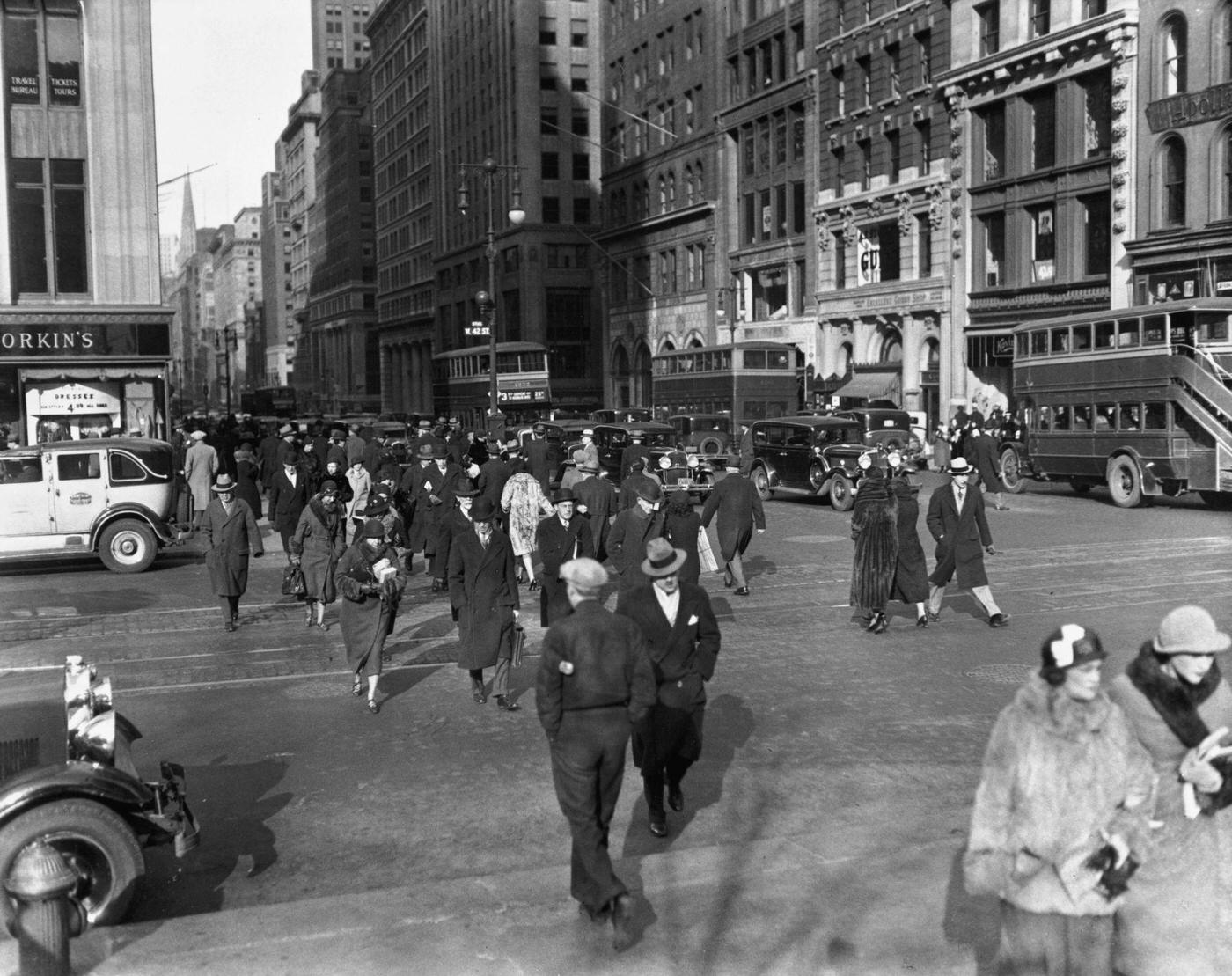
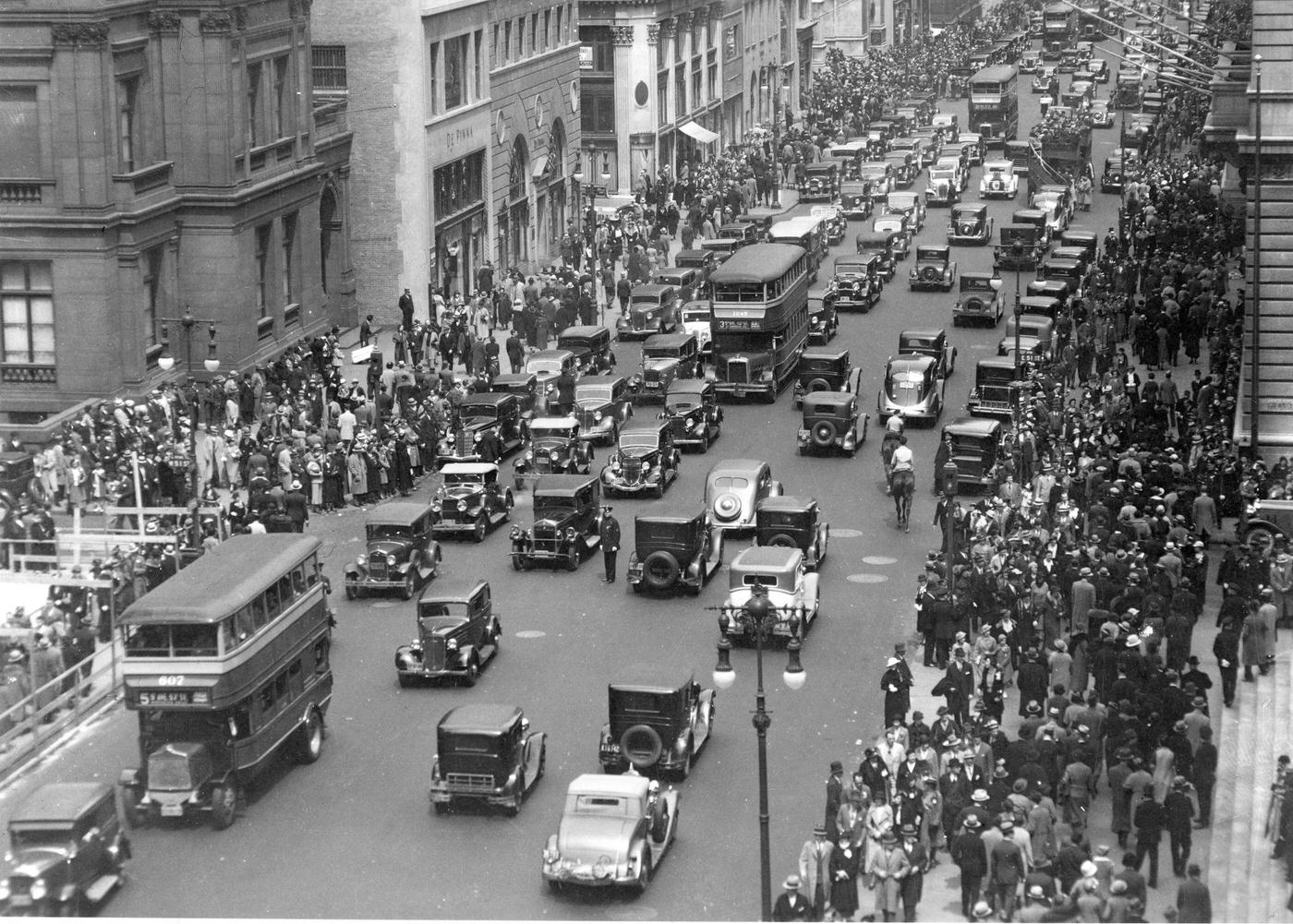
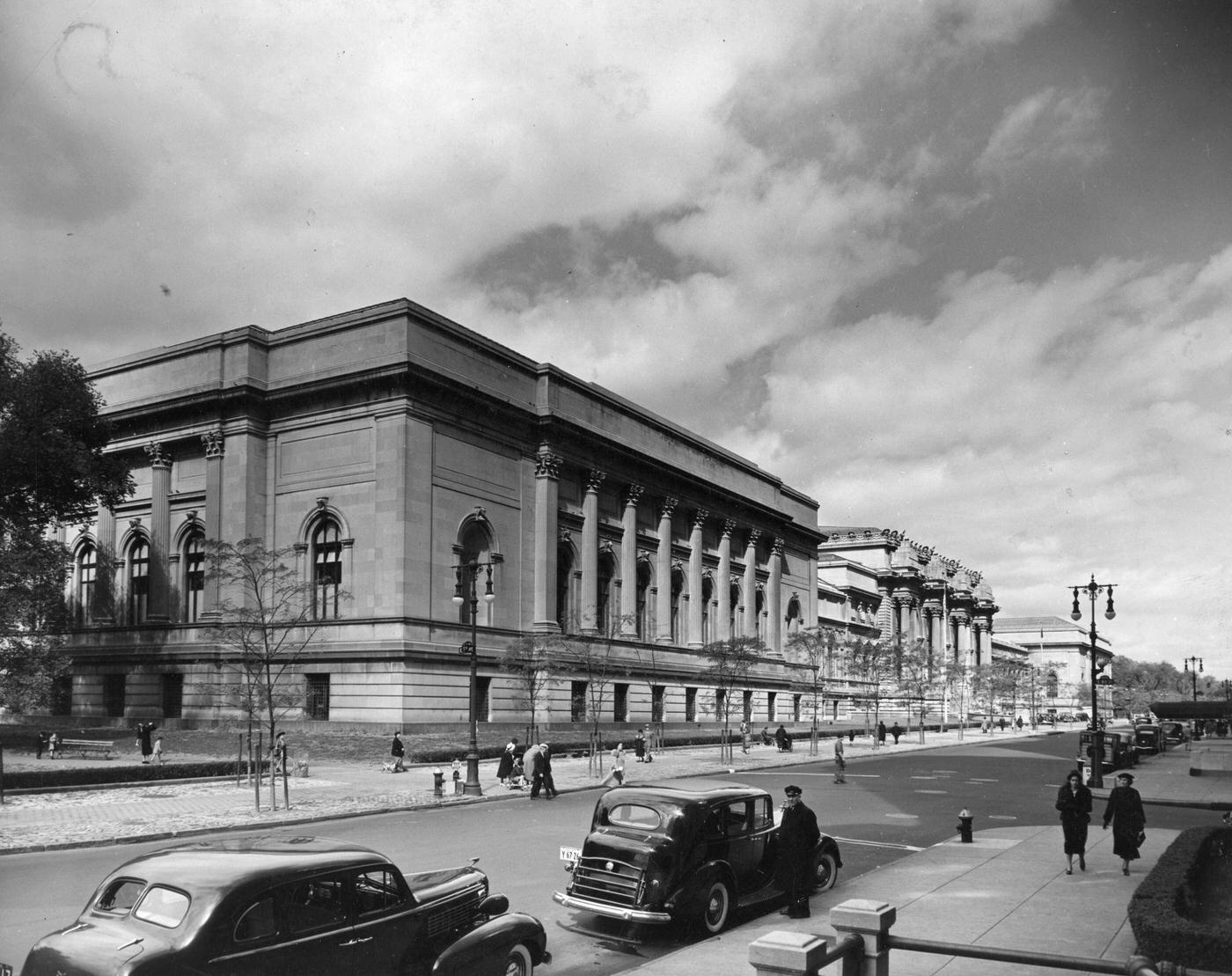
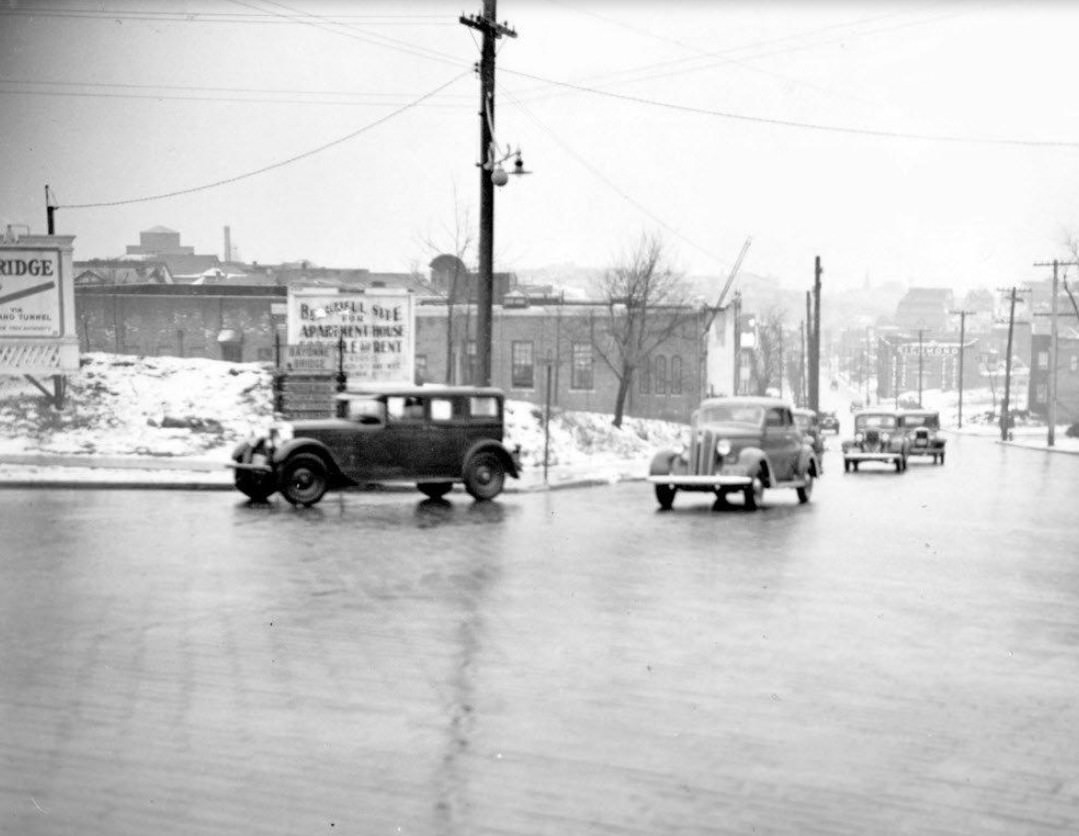
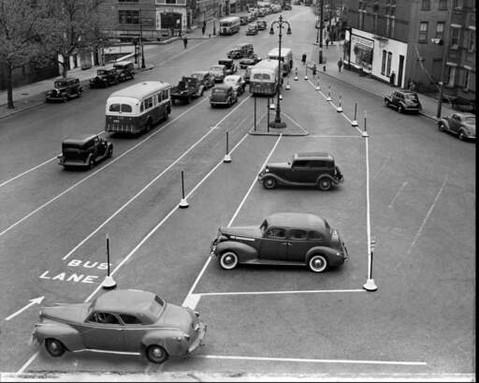
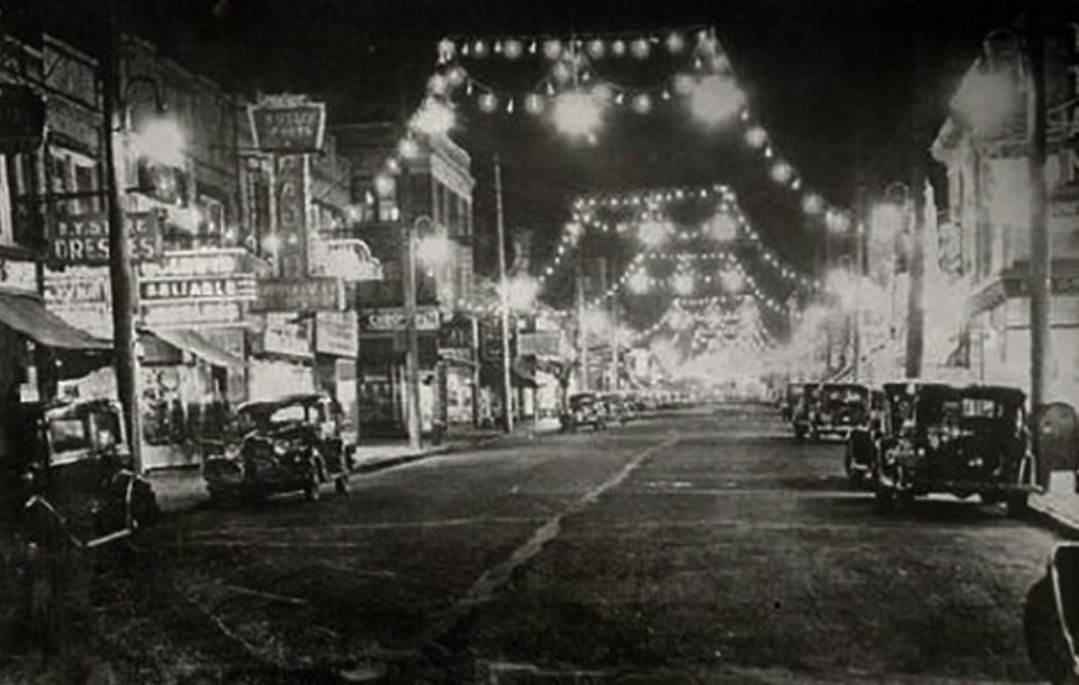
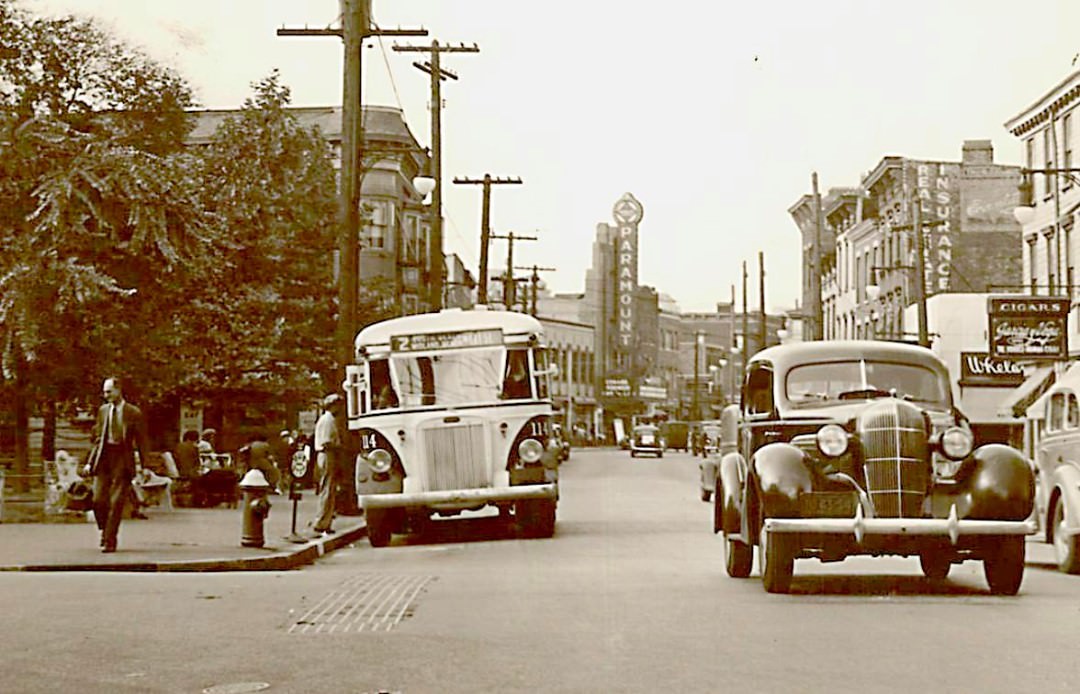
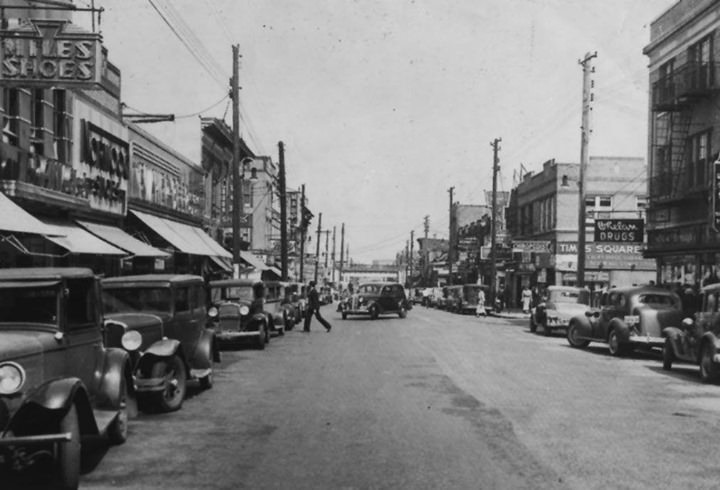
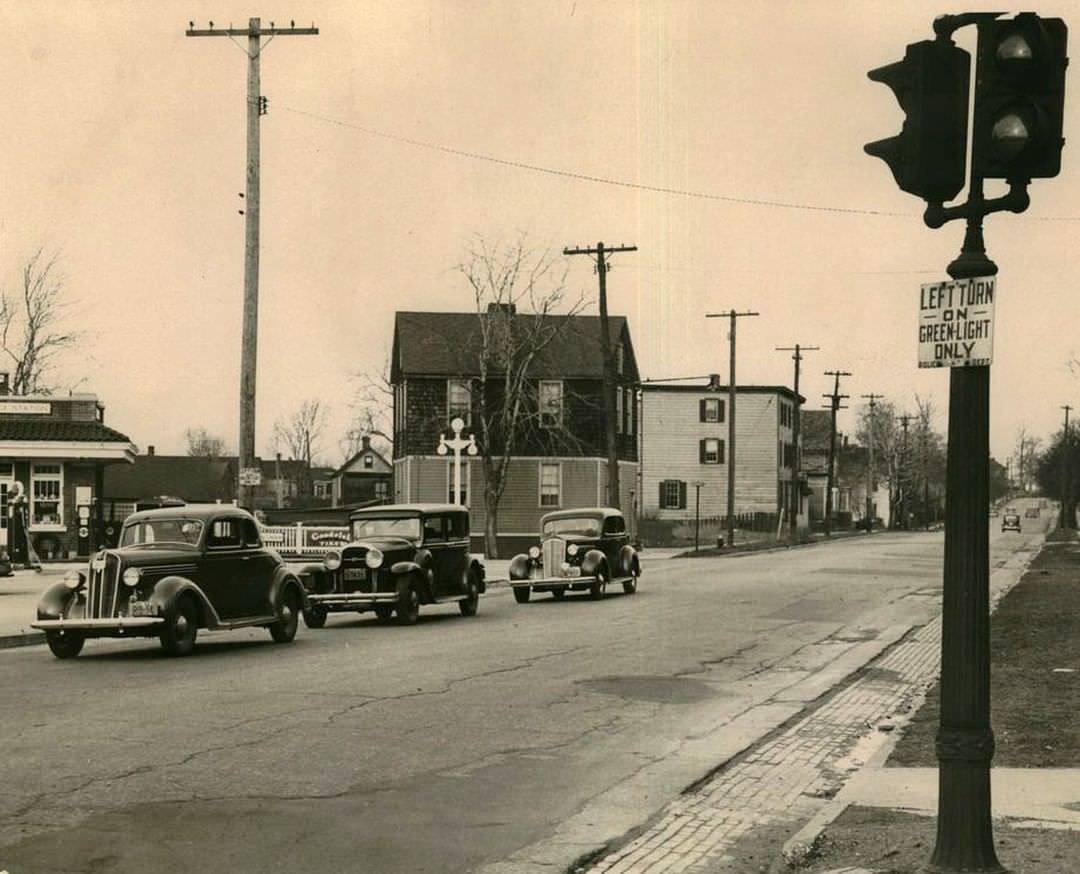
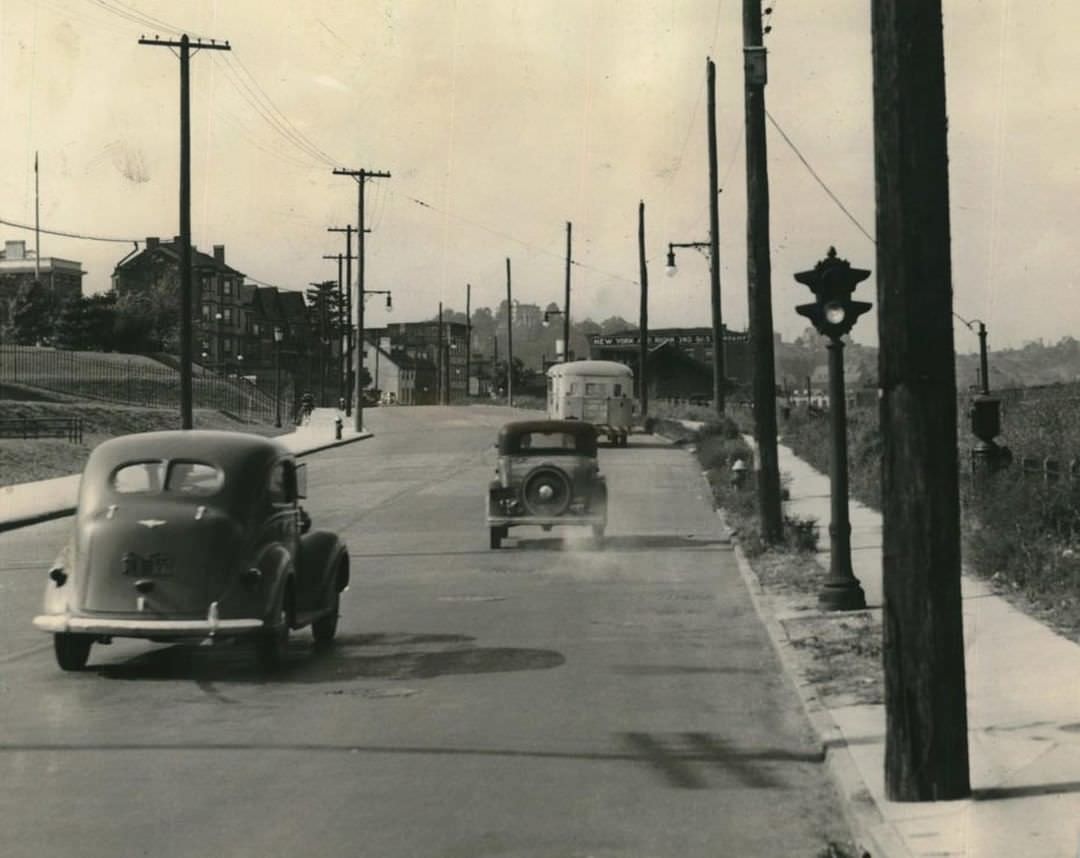
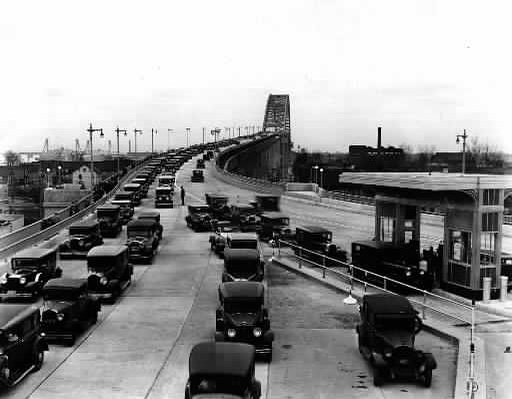

GIPHY App Key not set. Please check settings